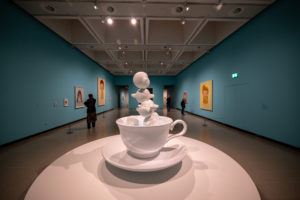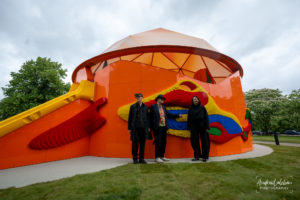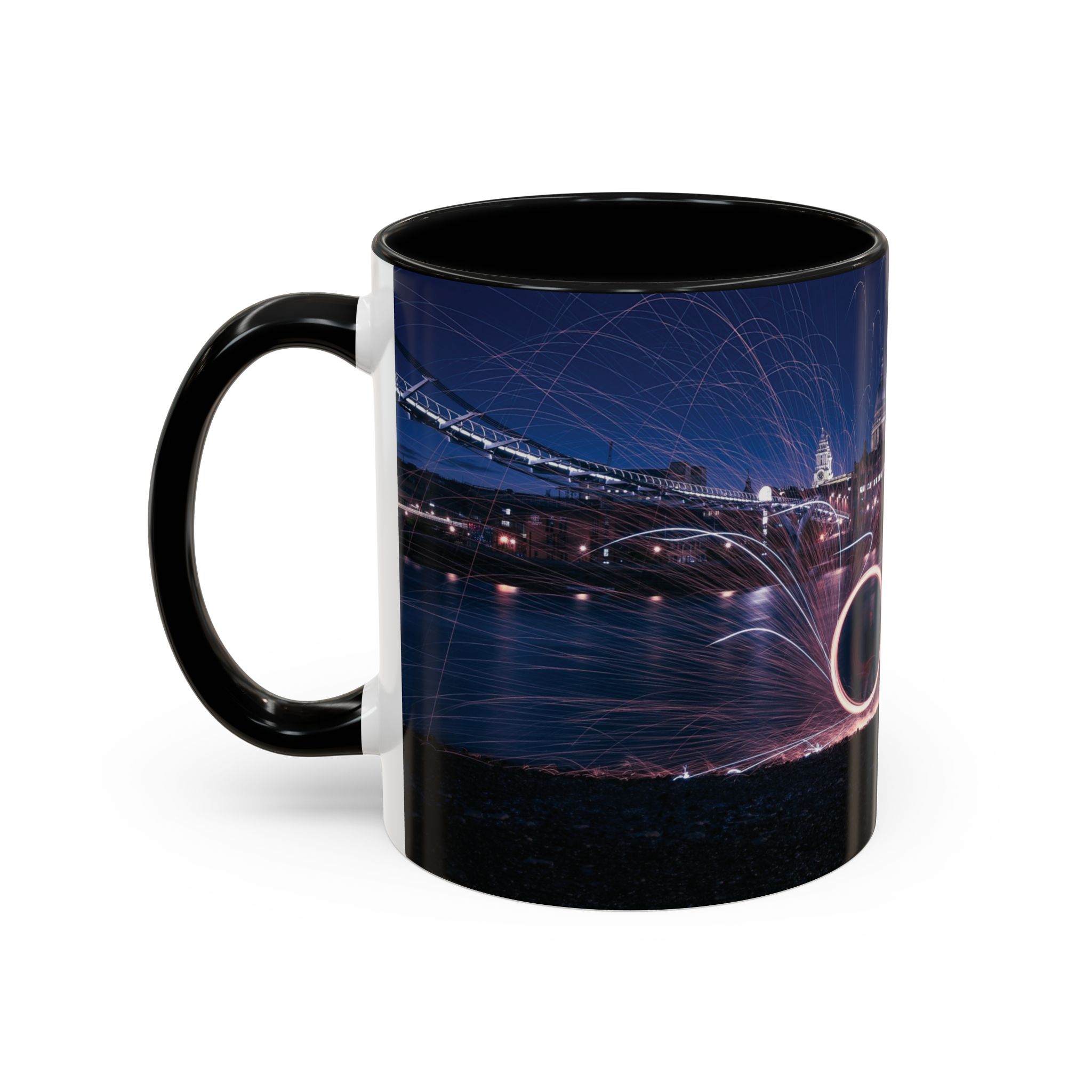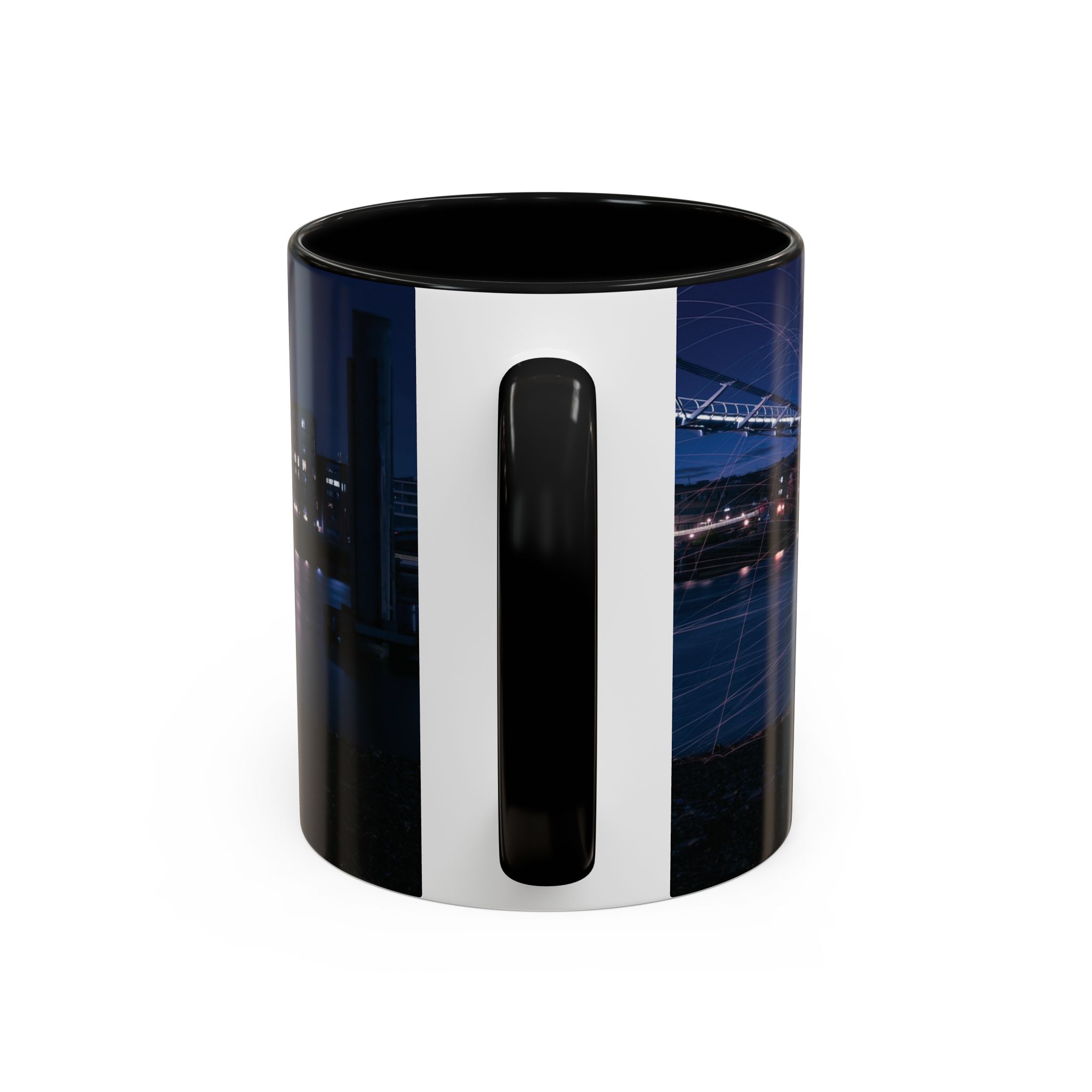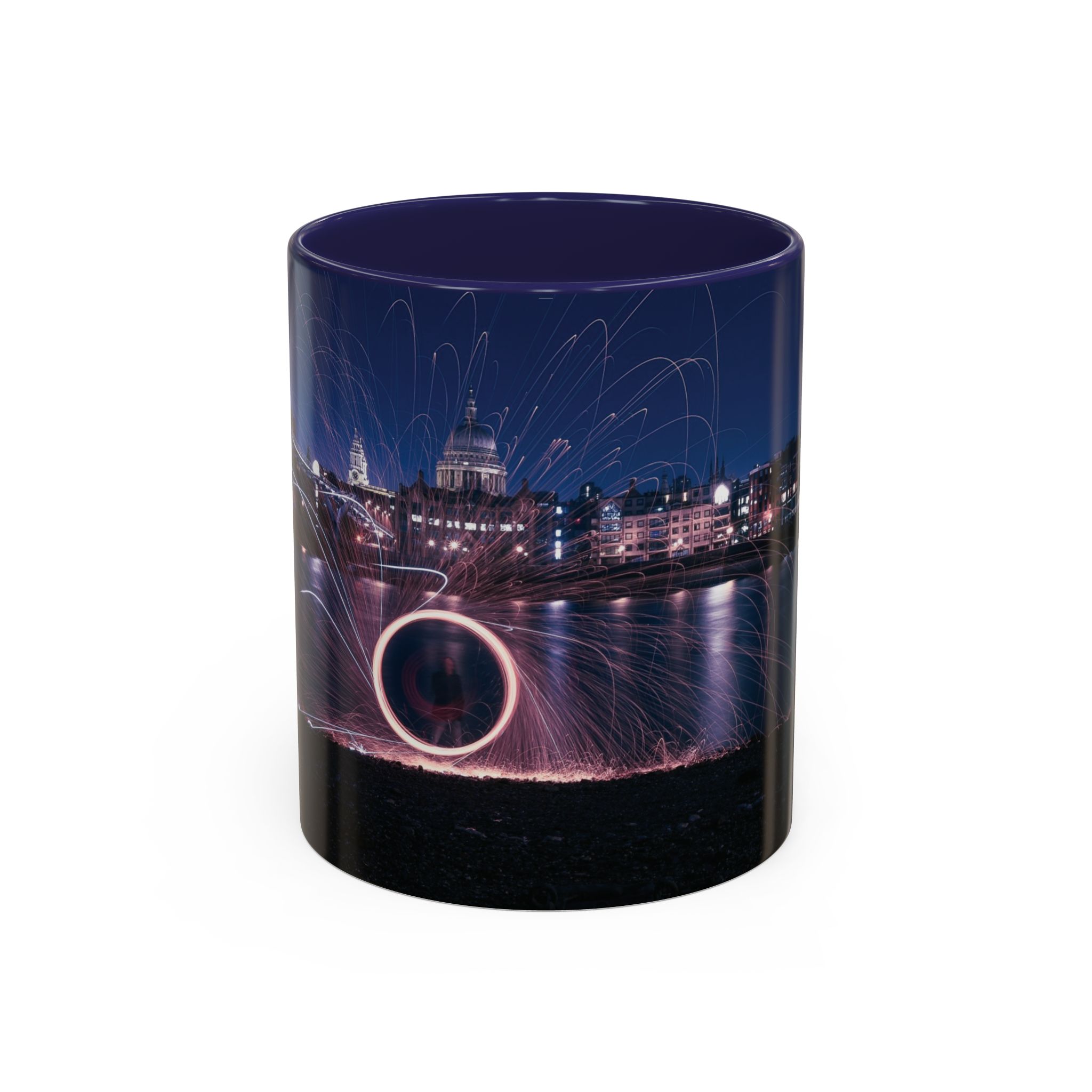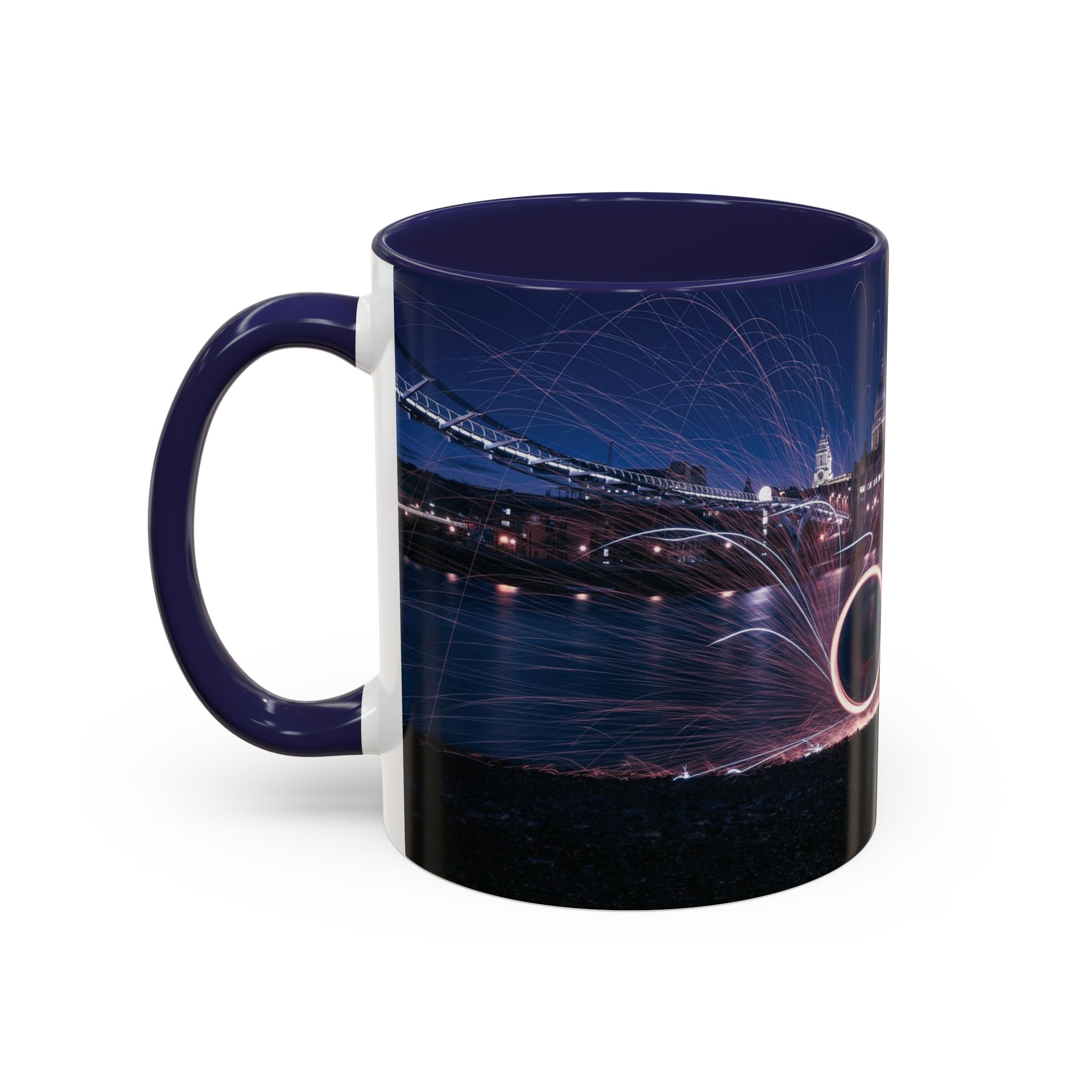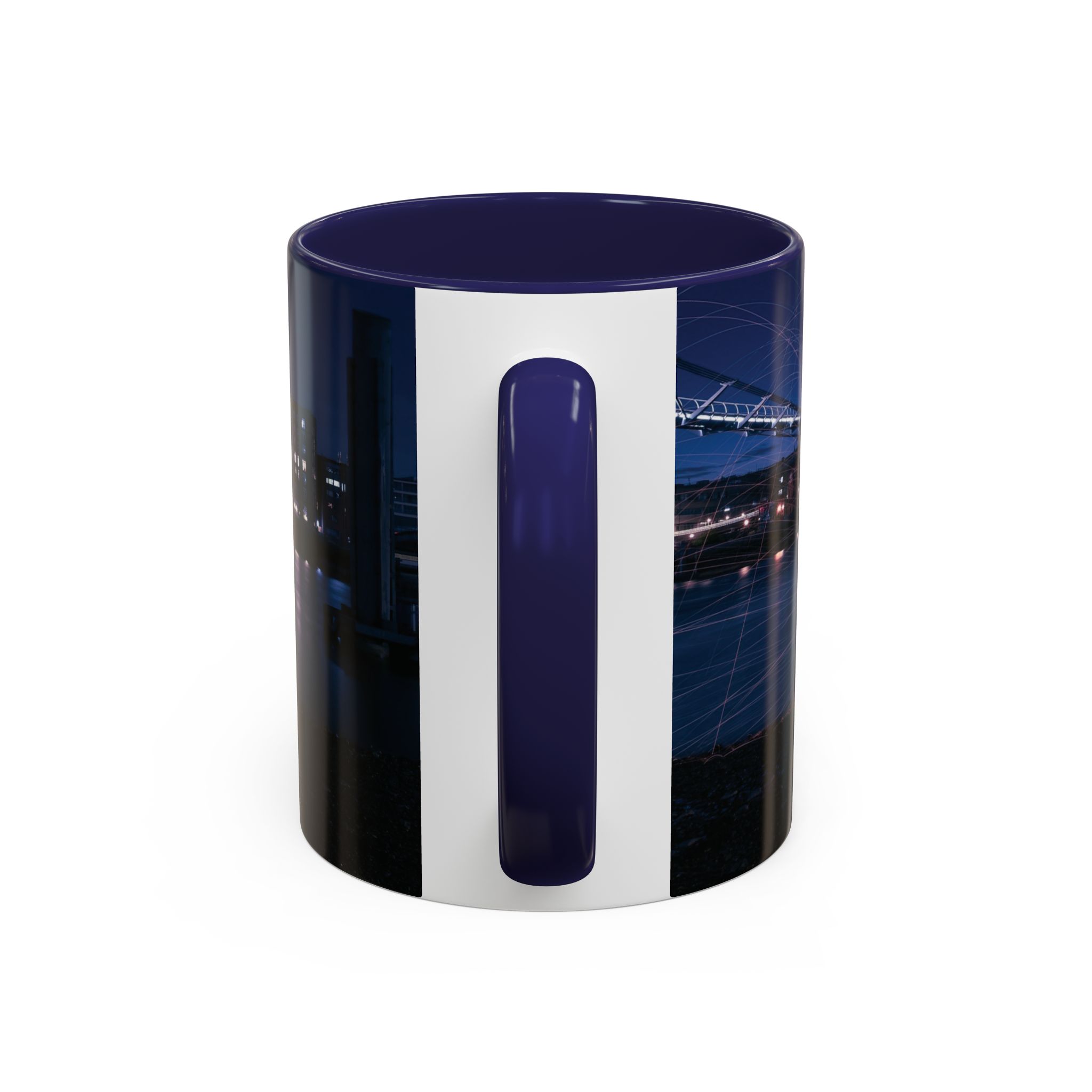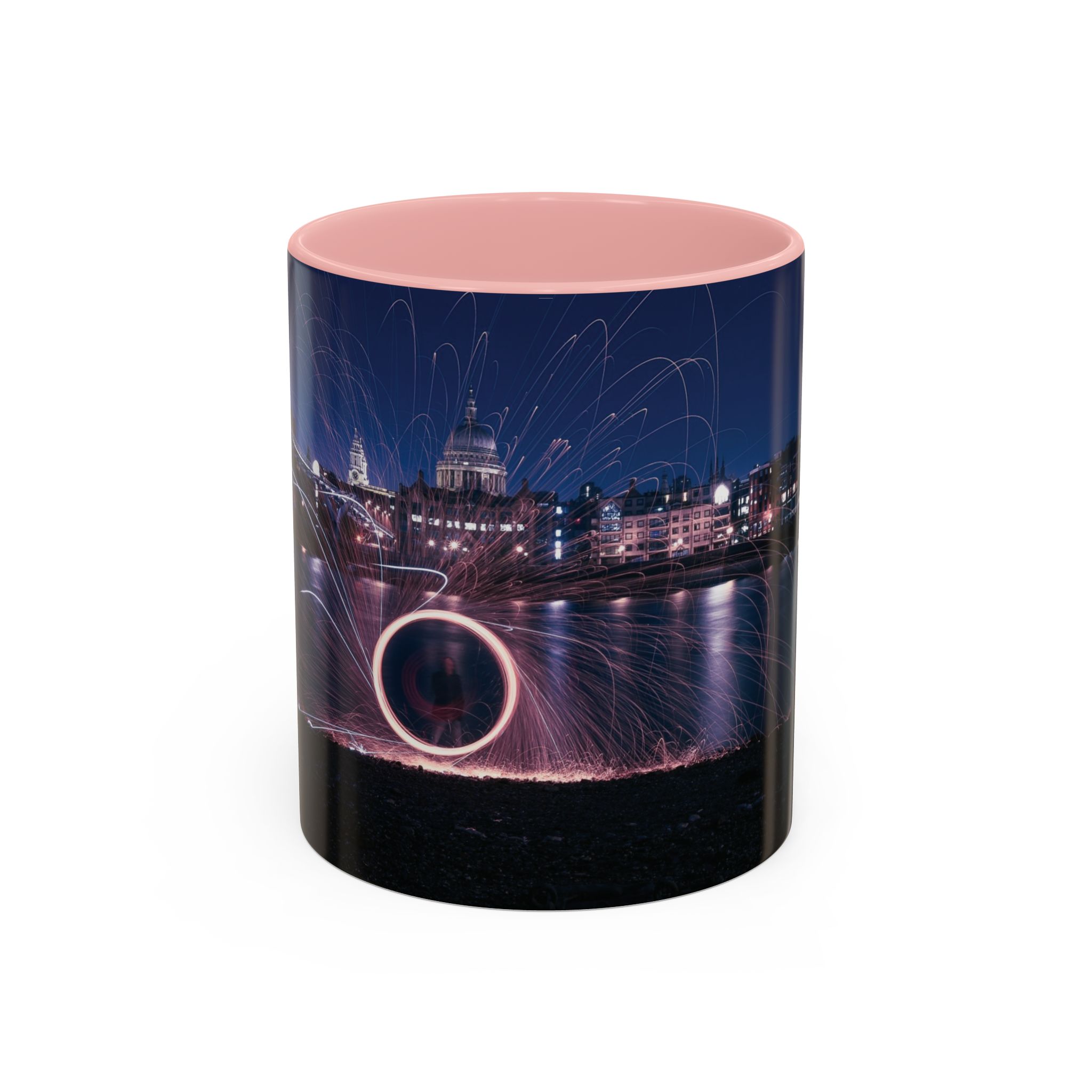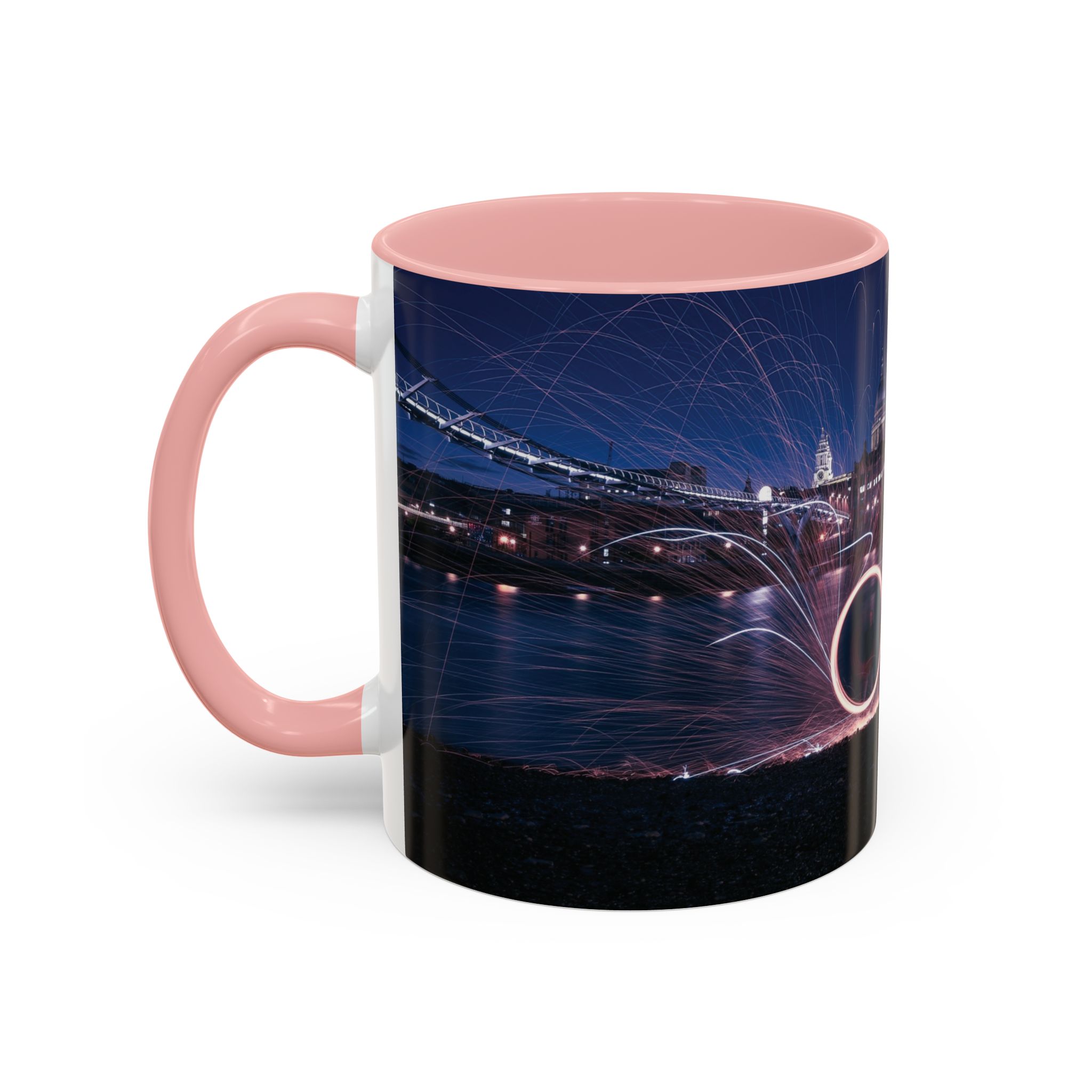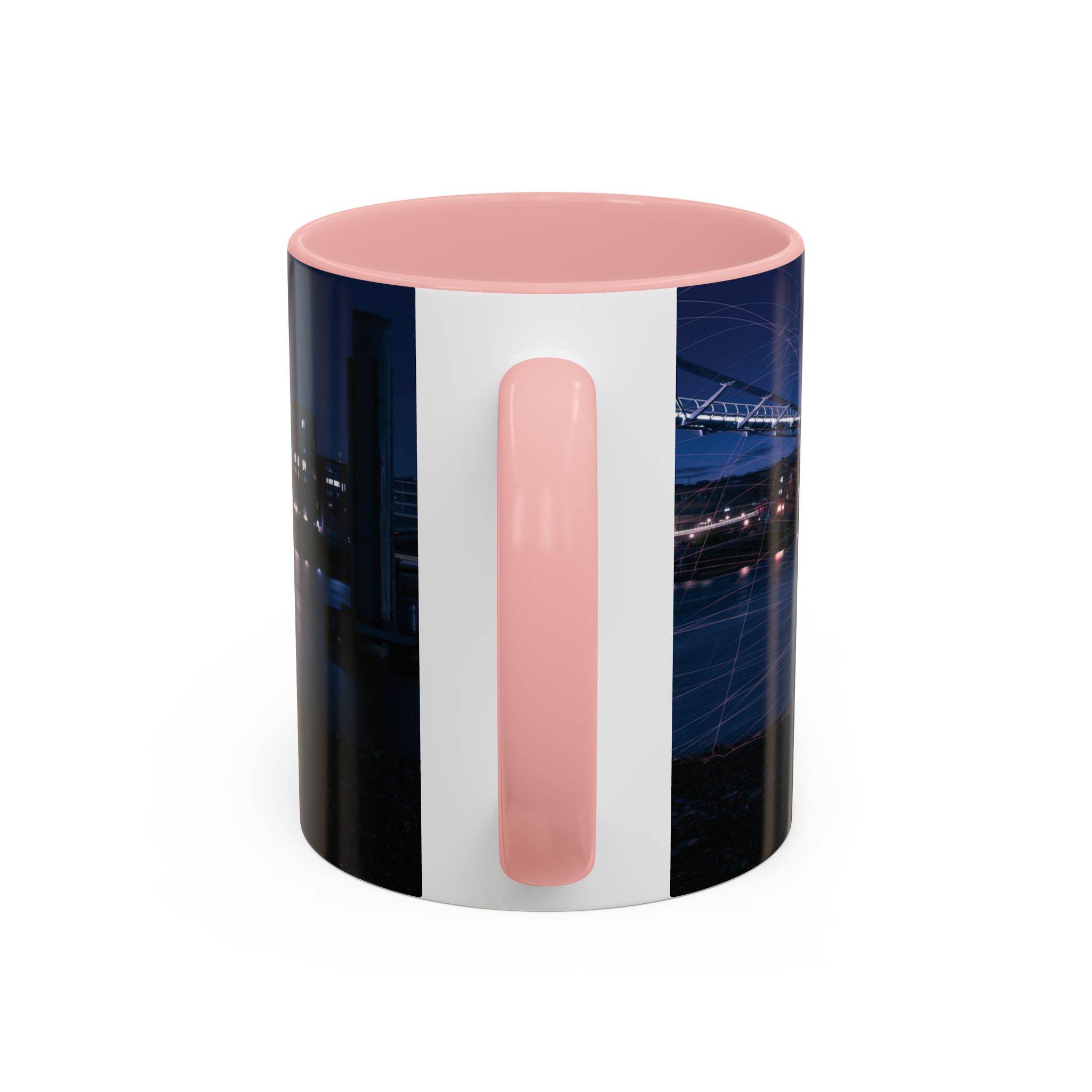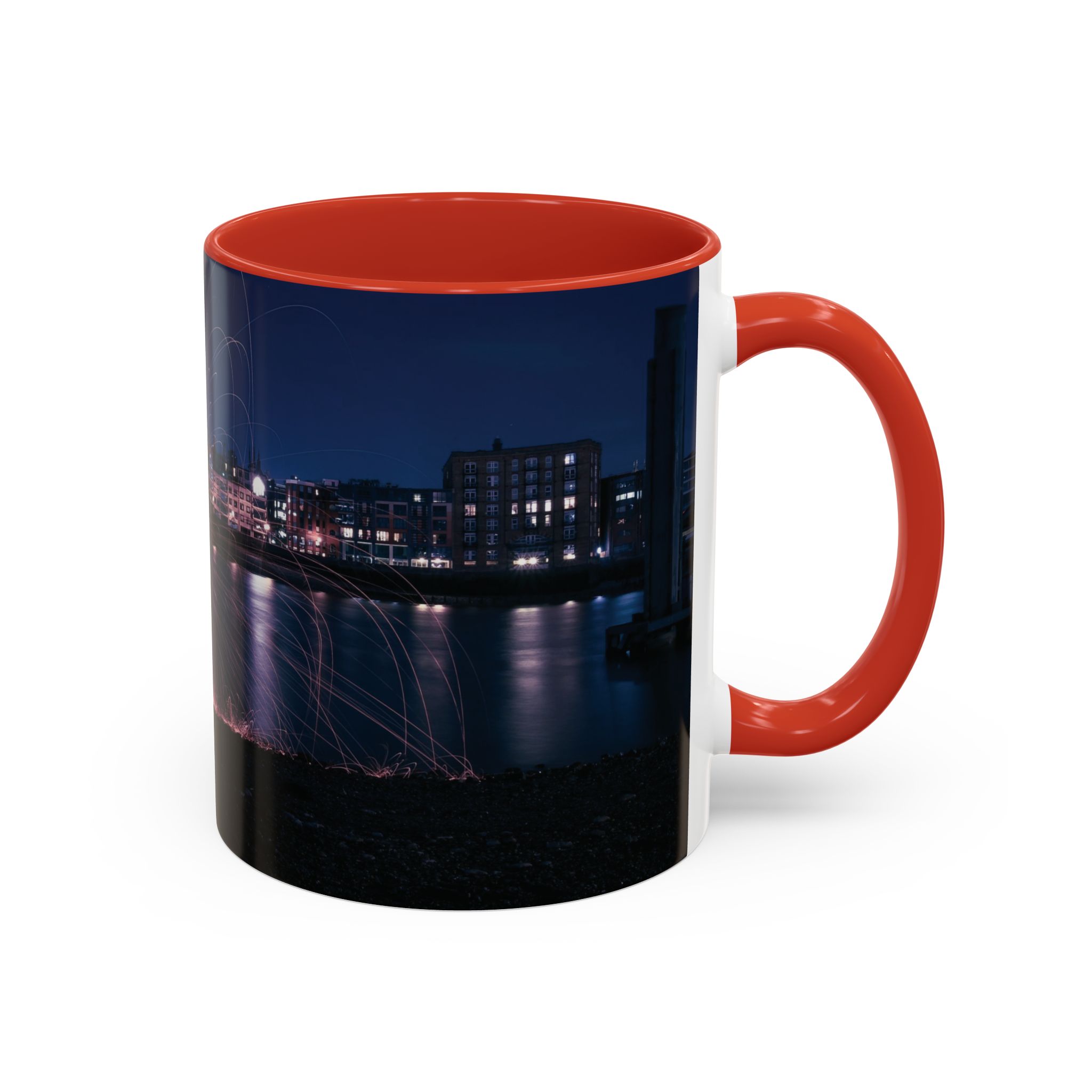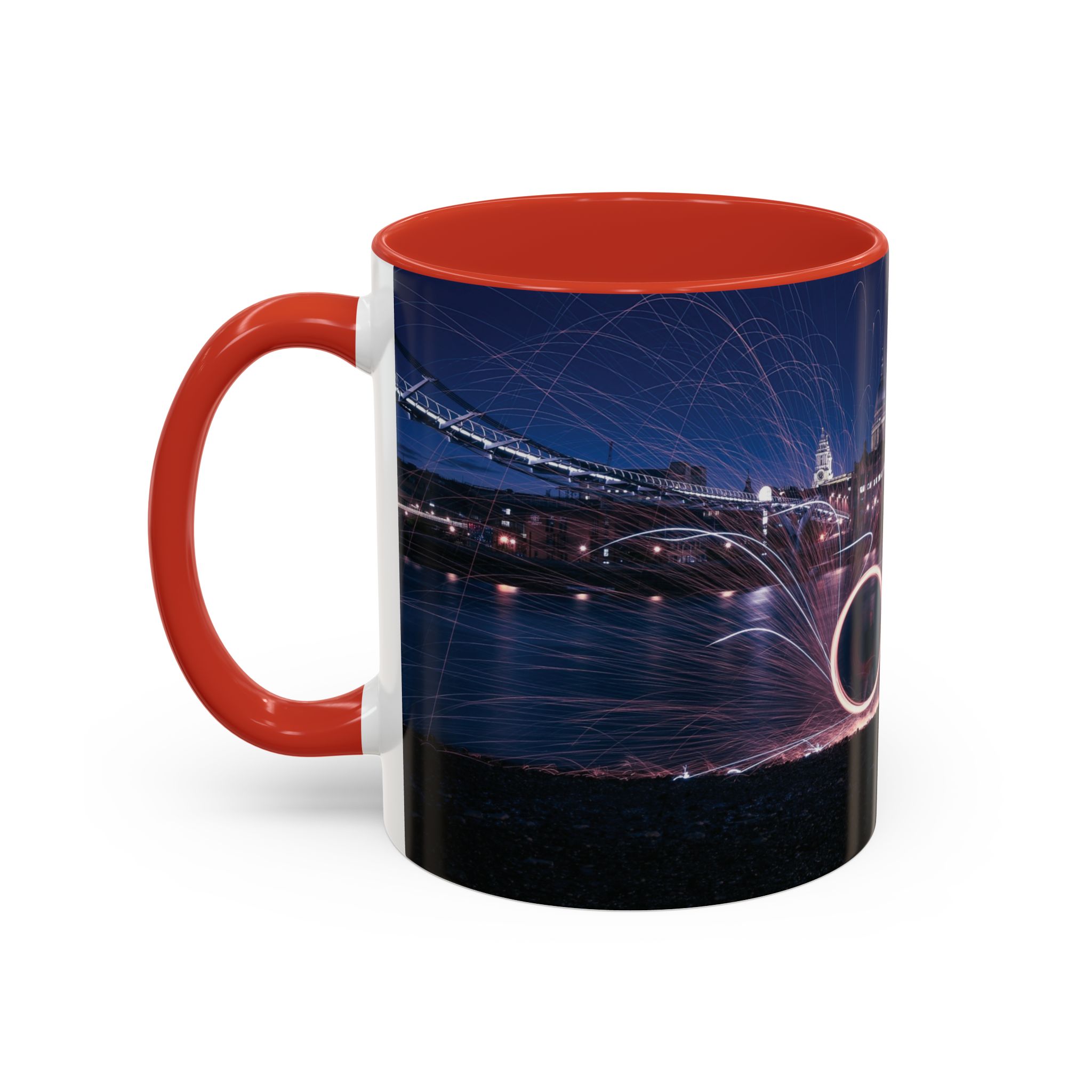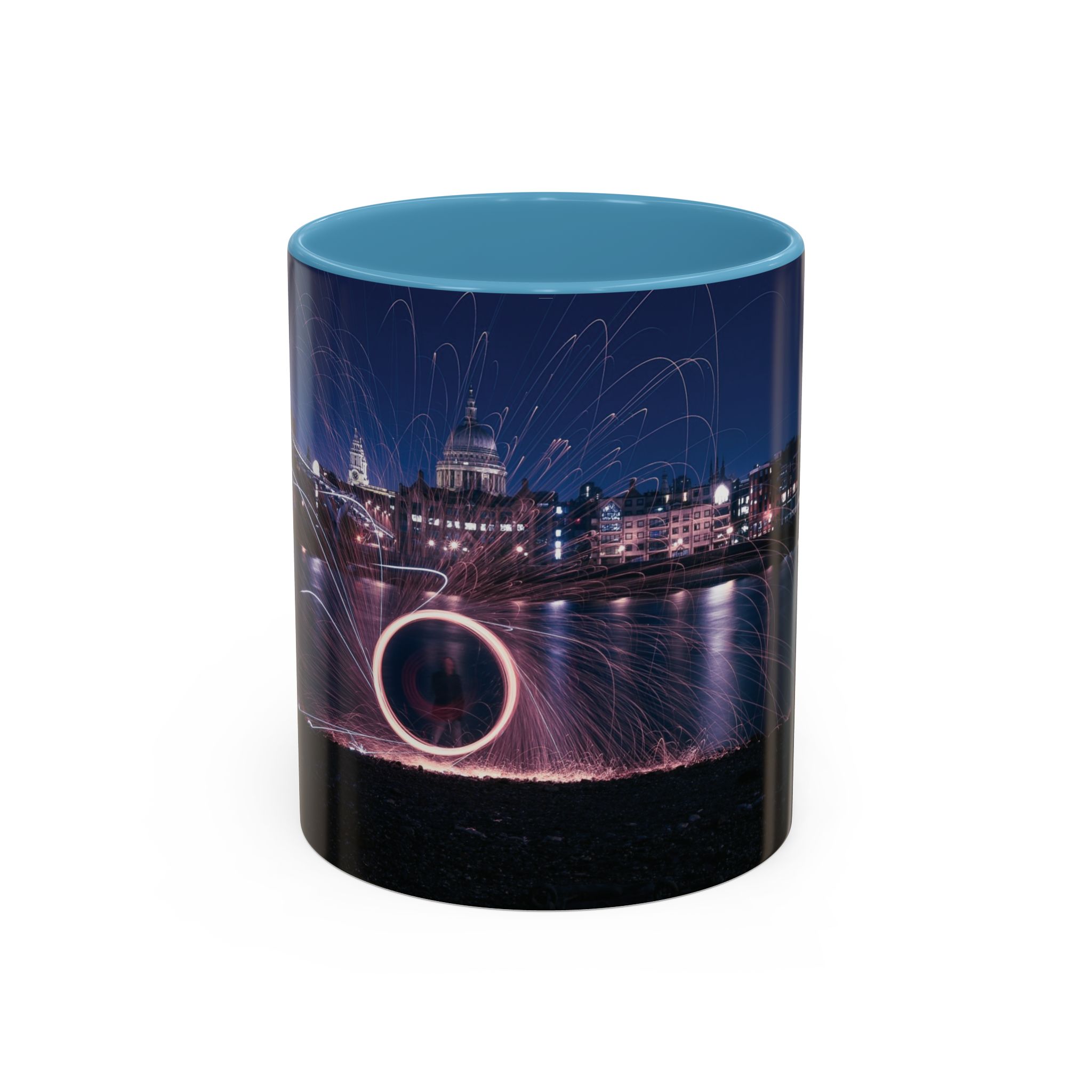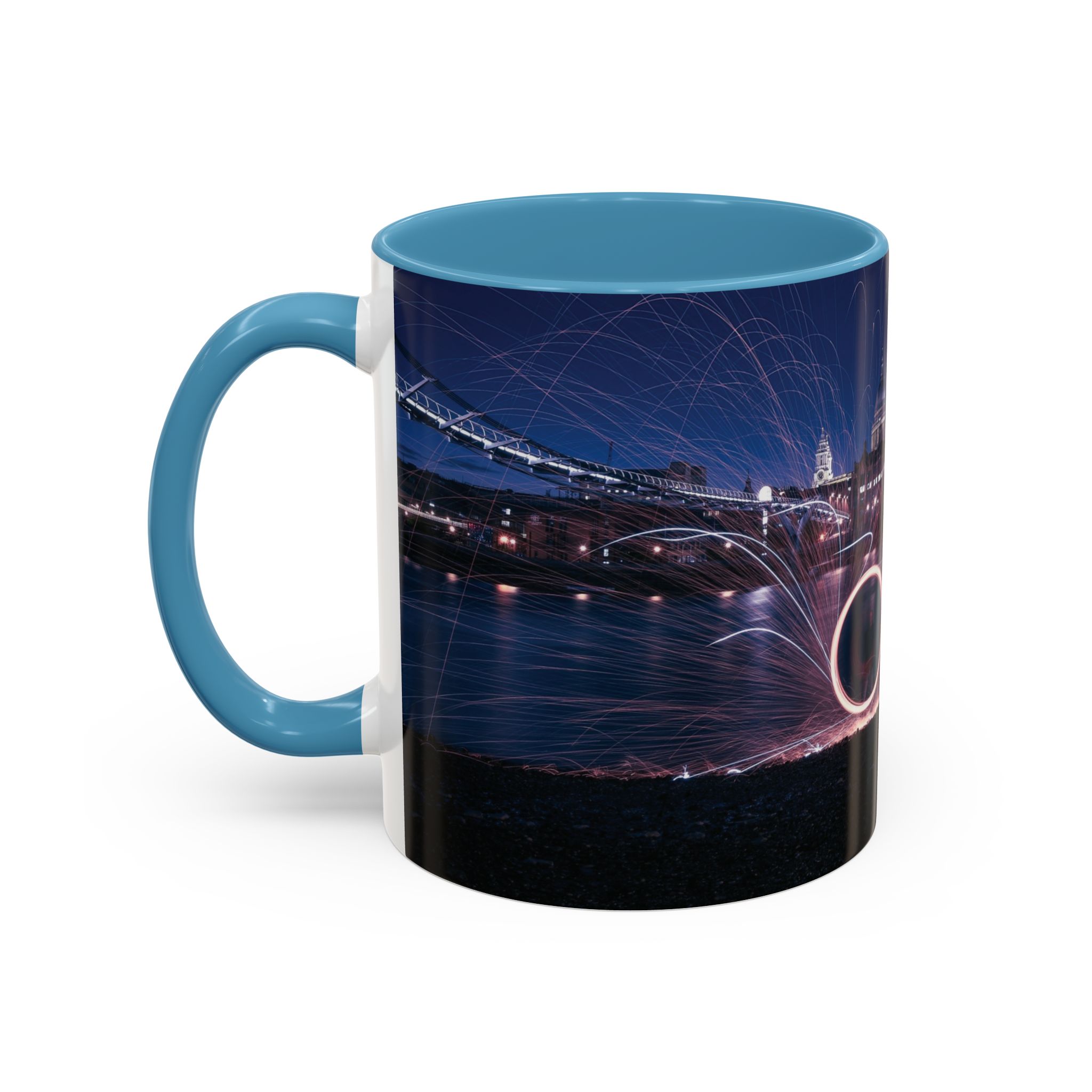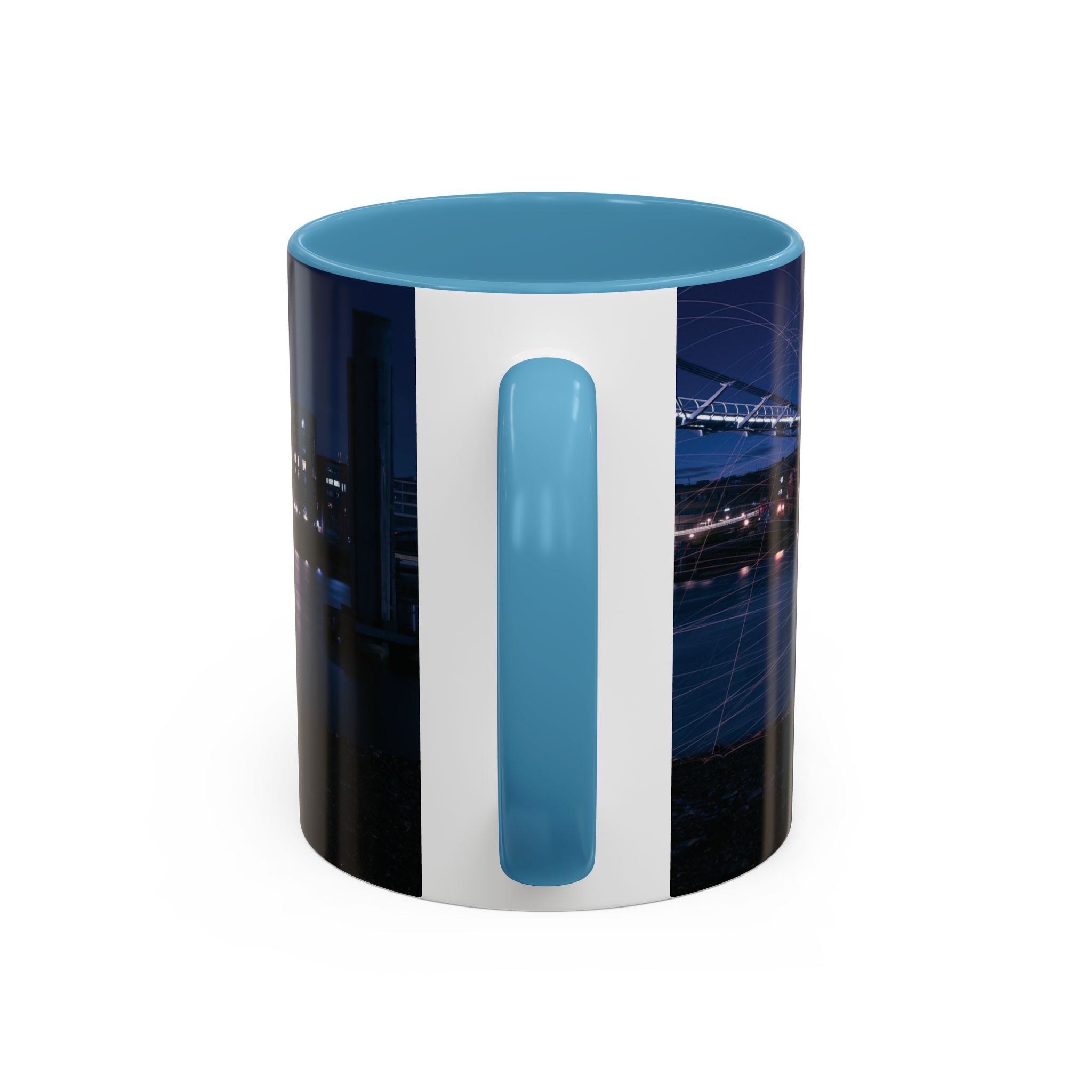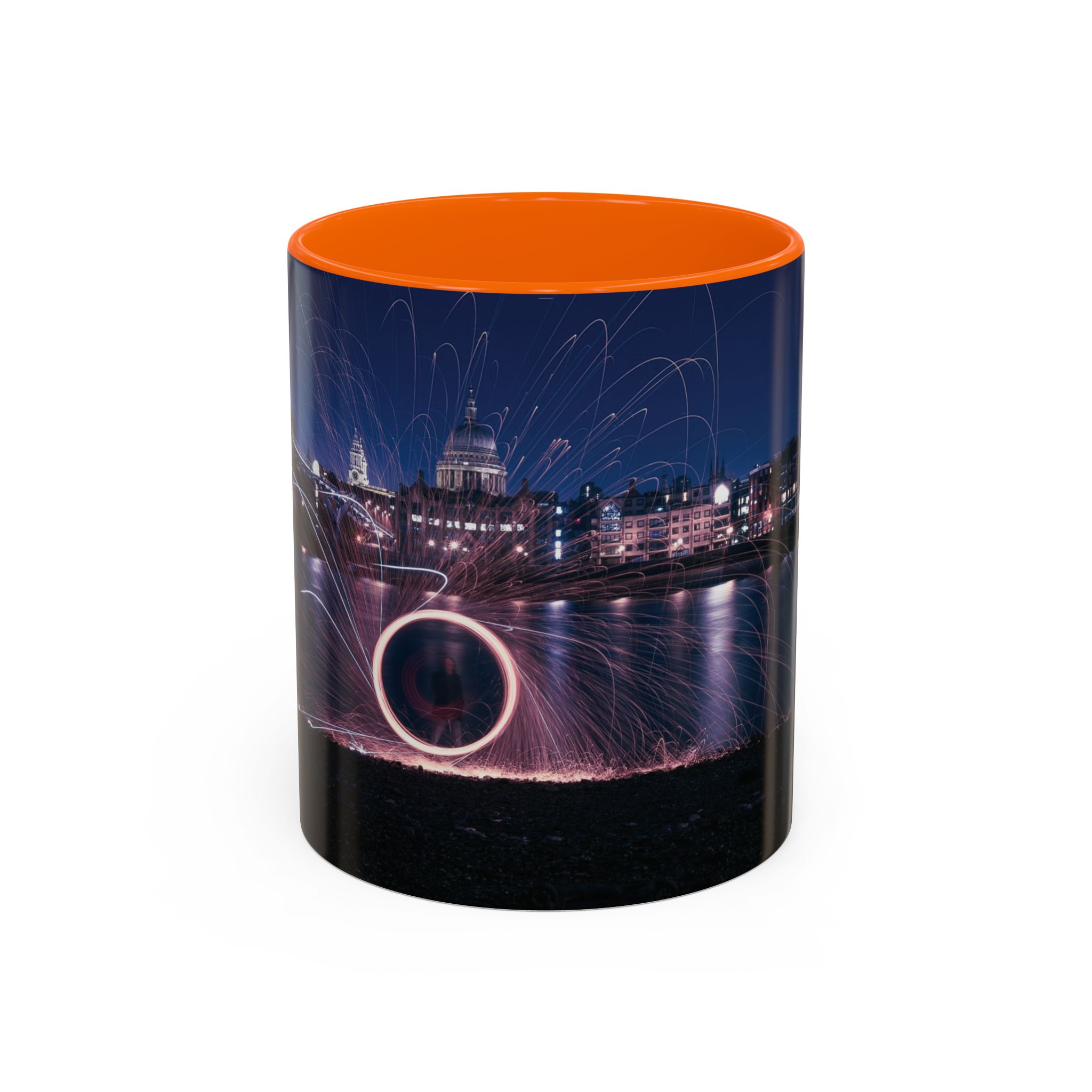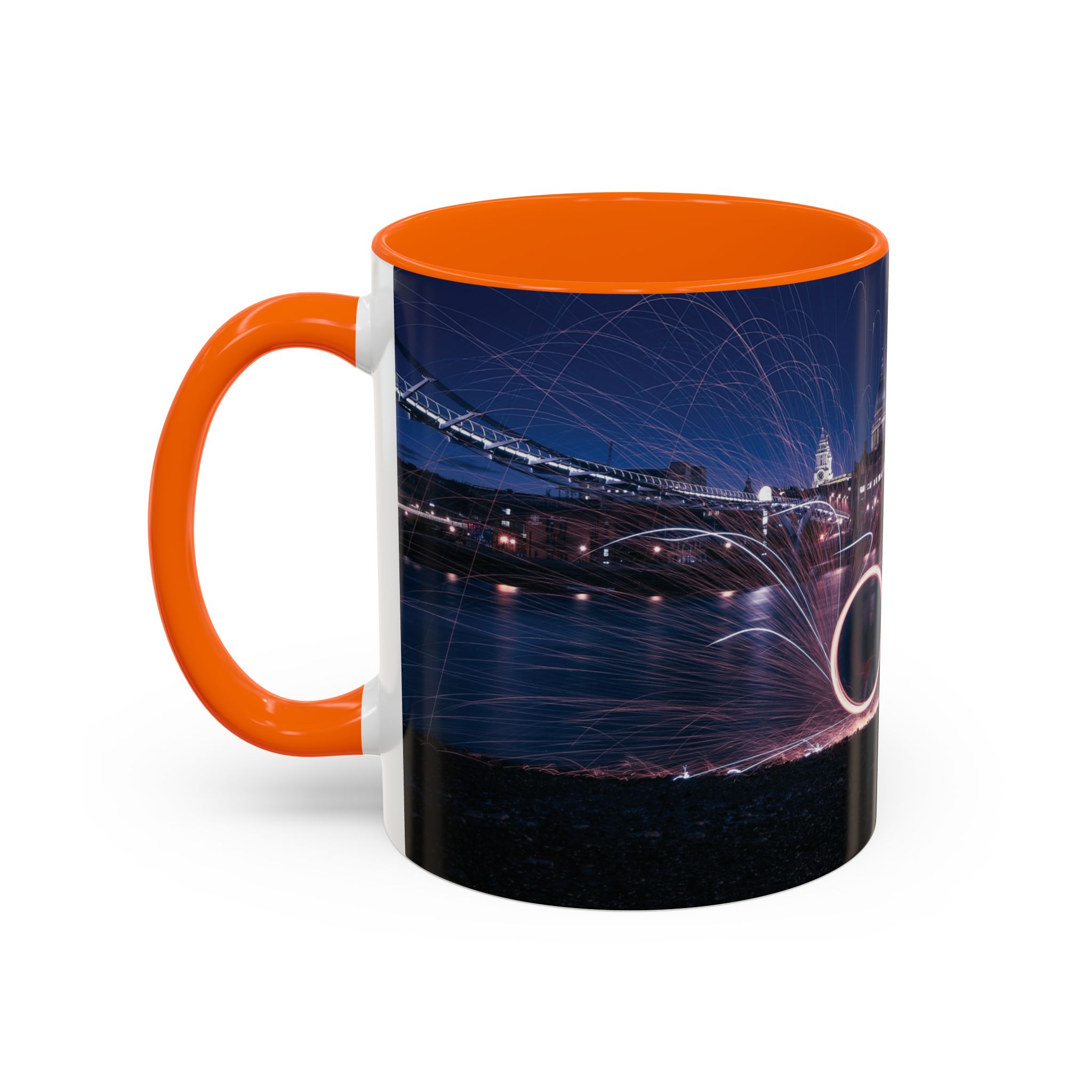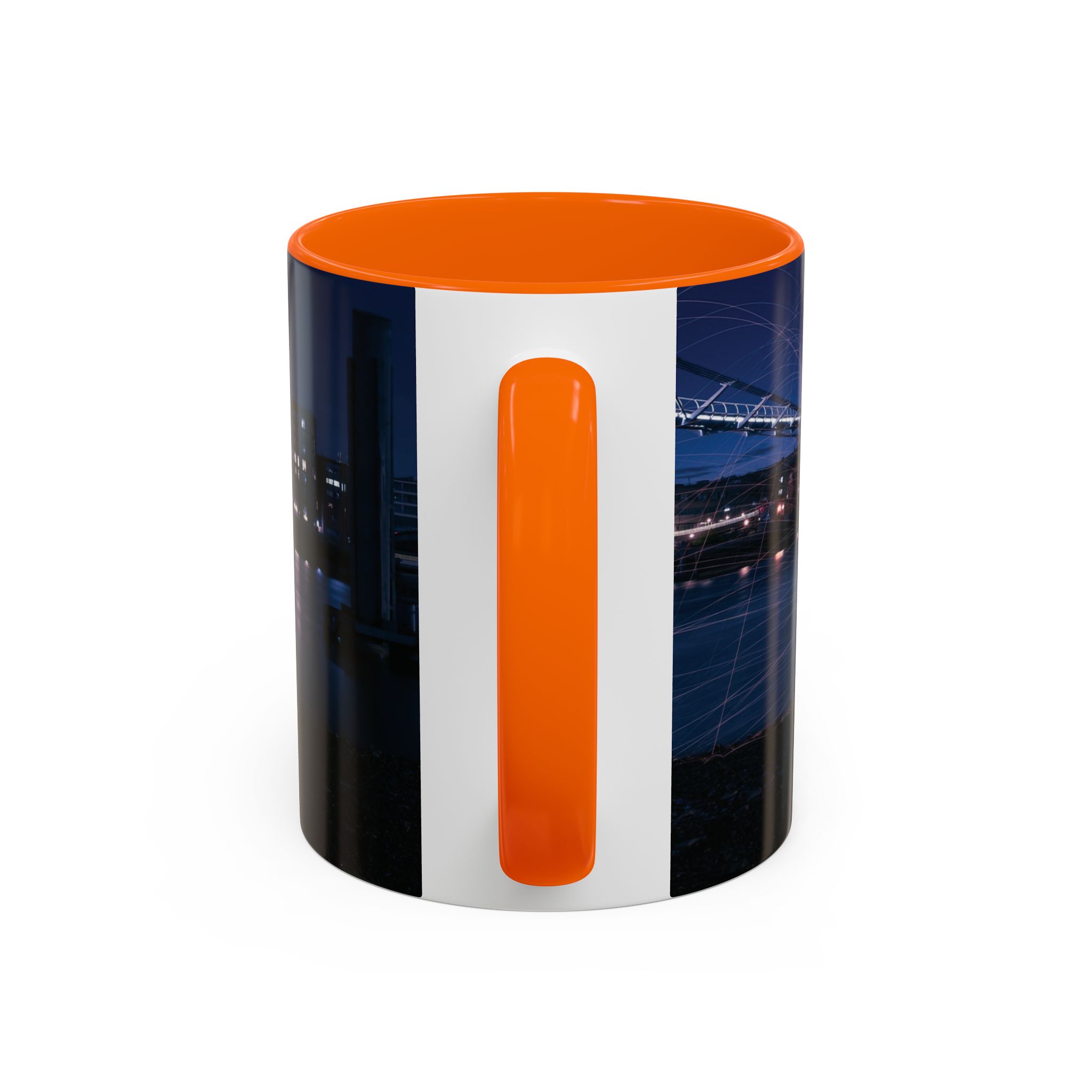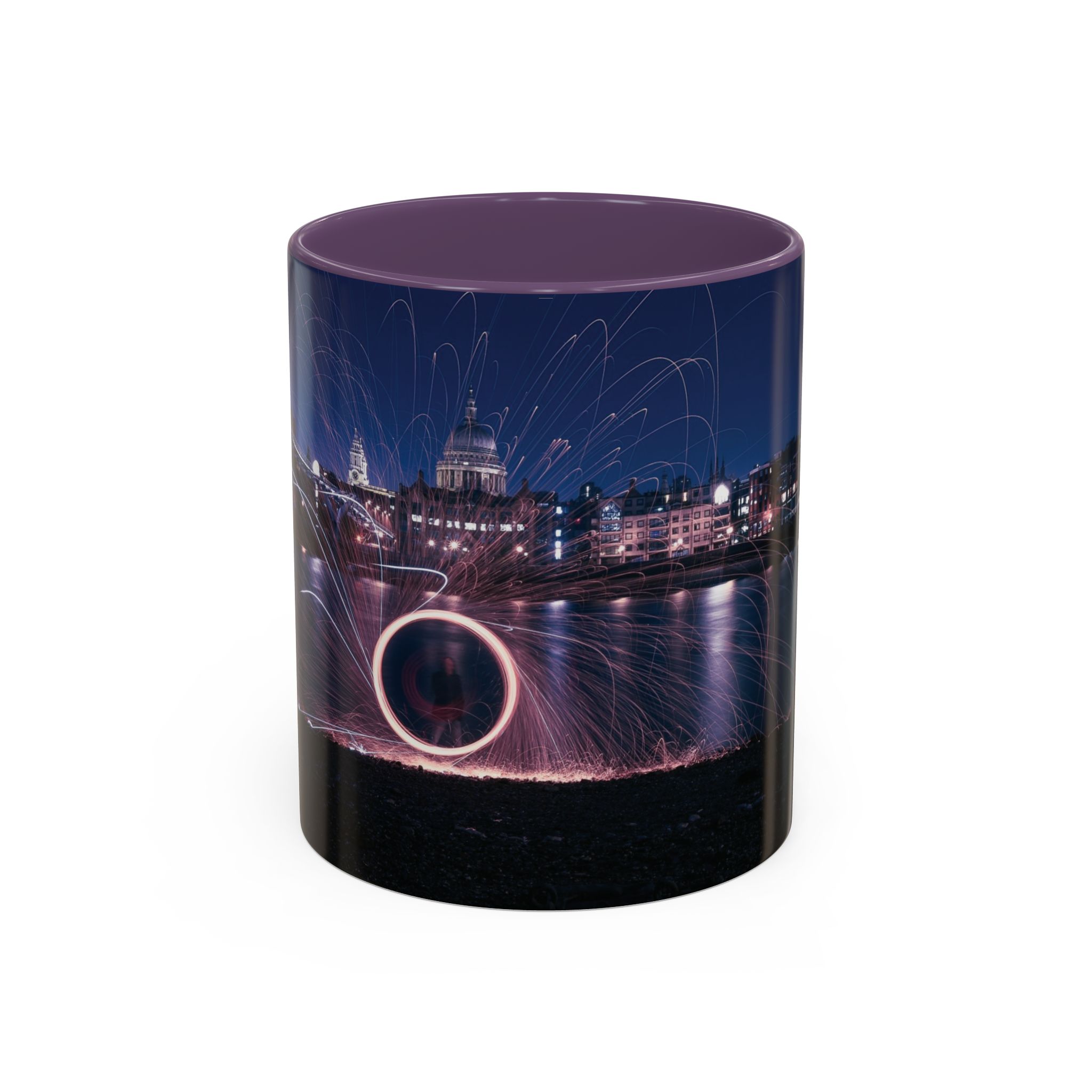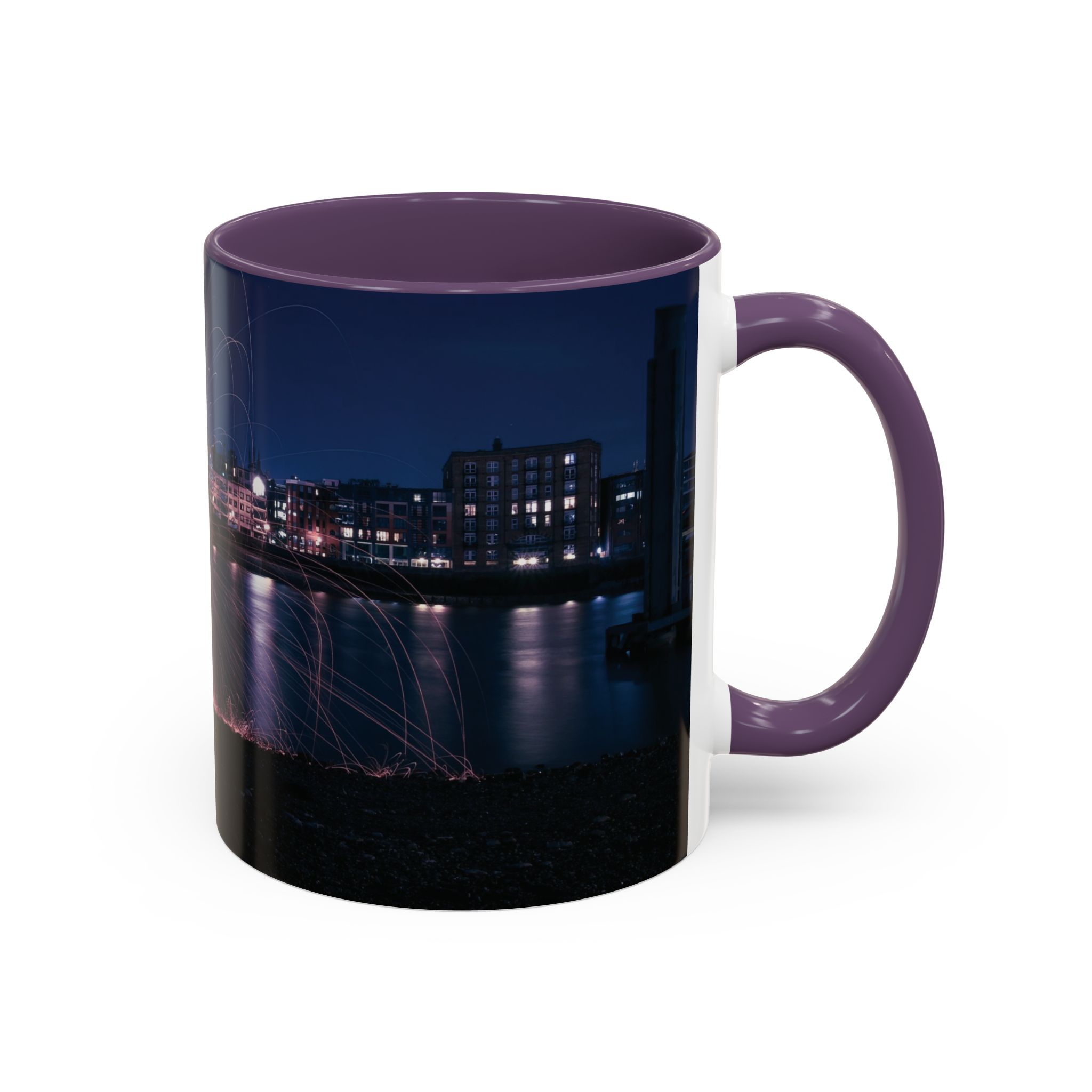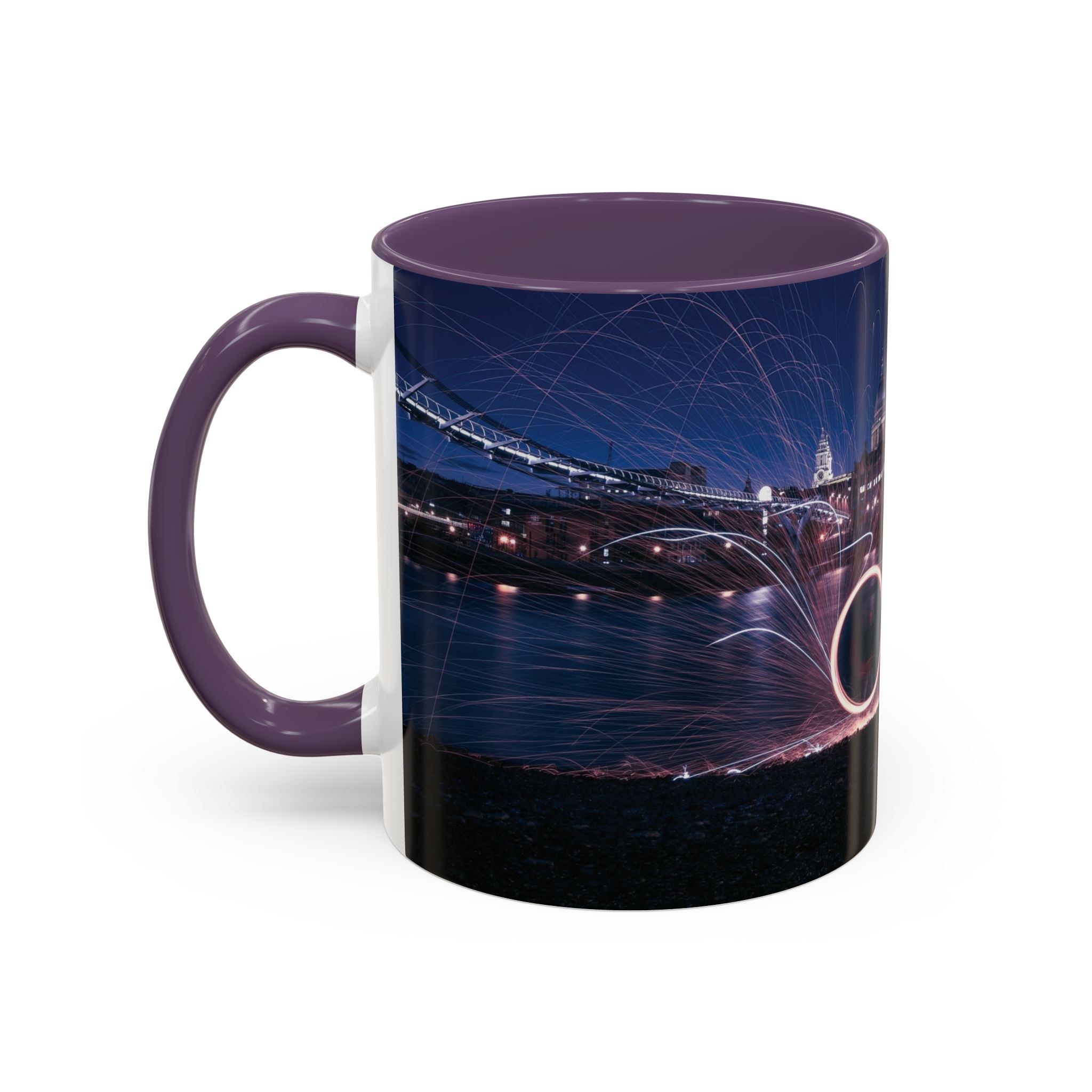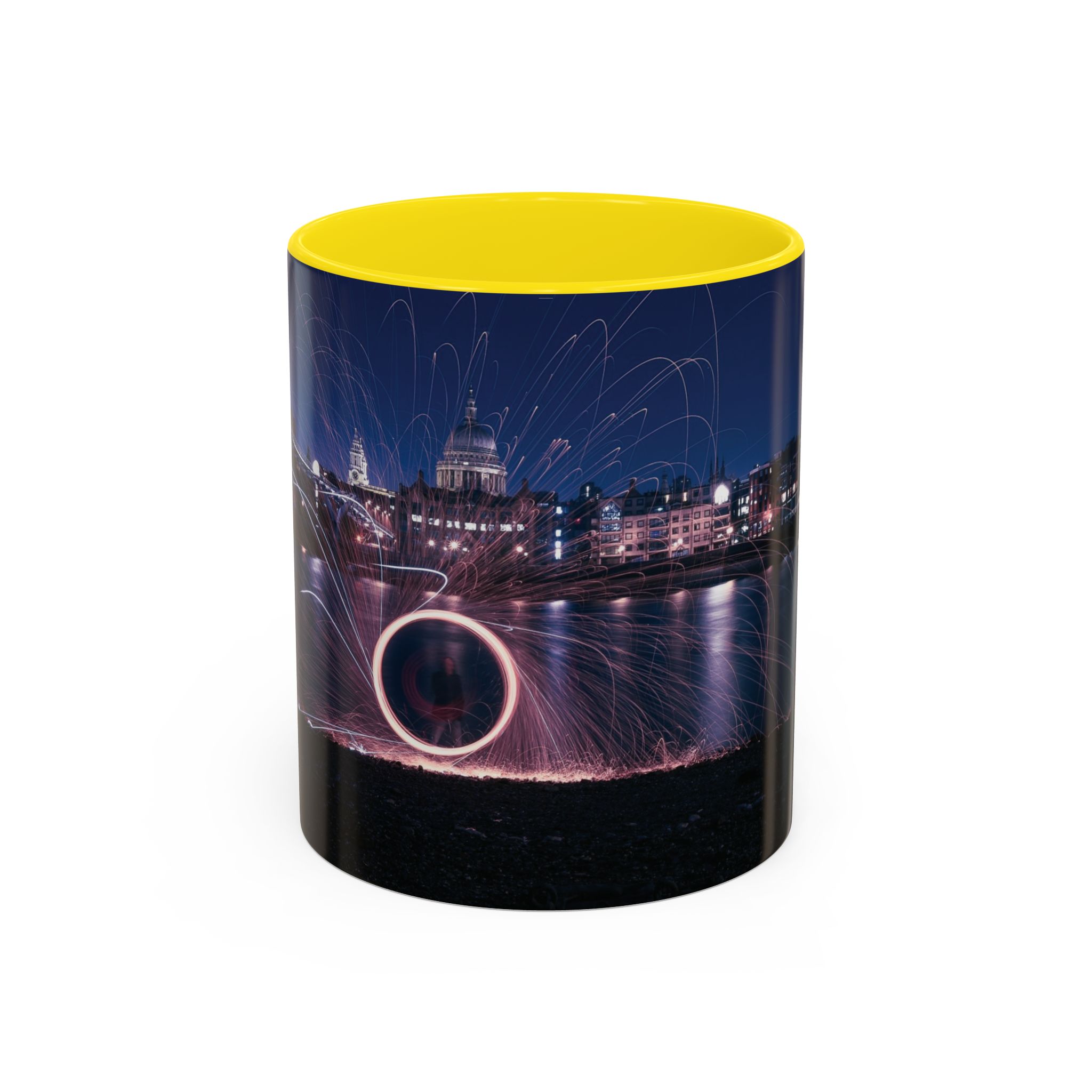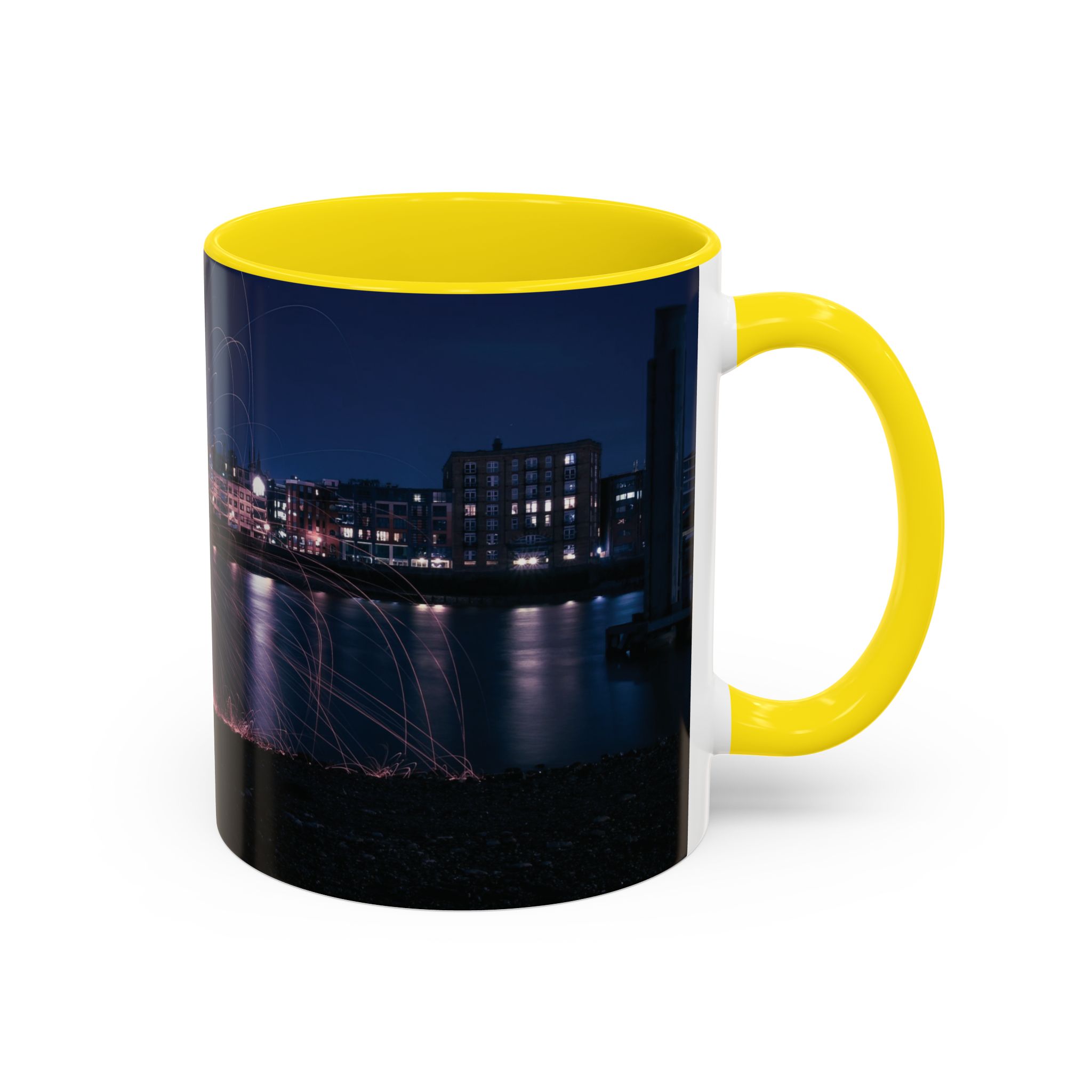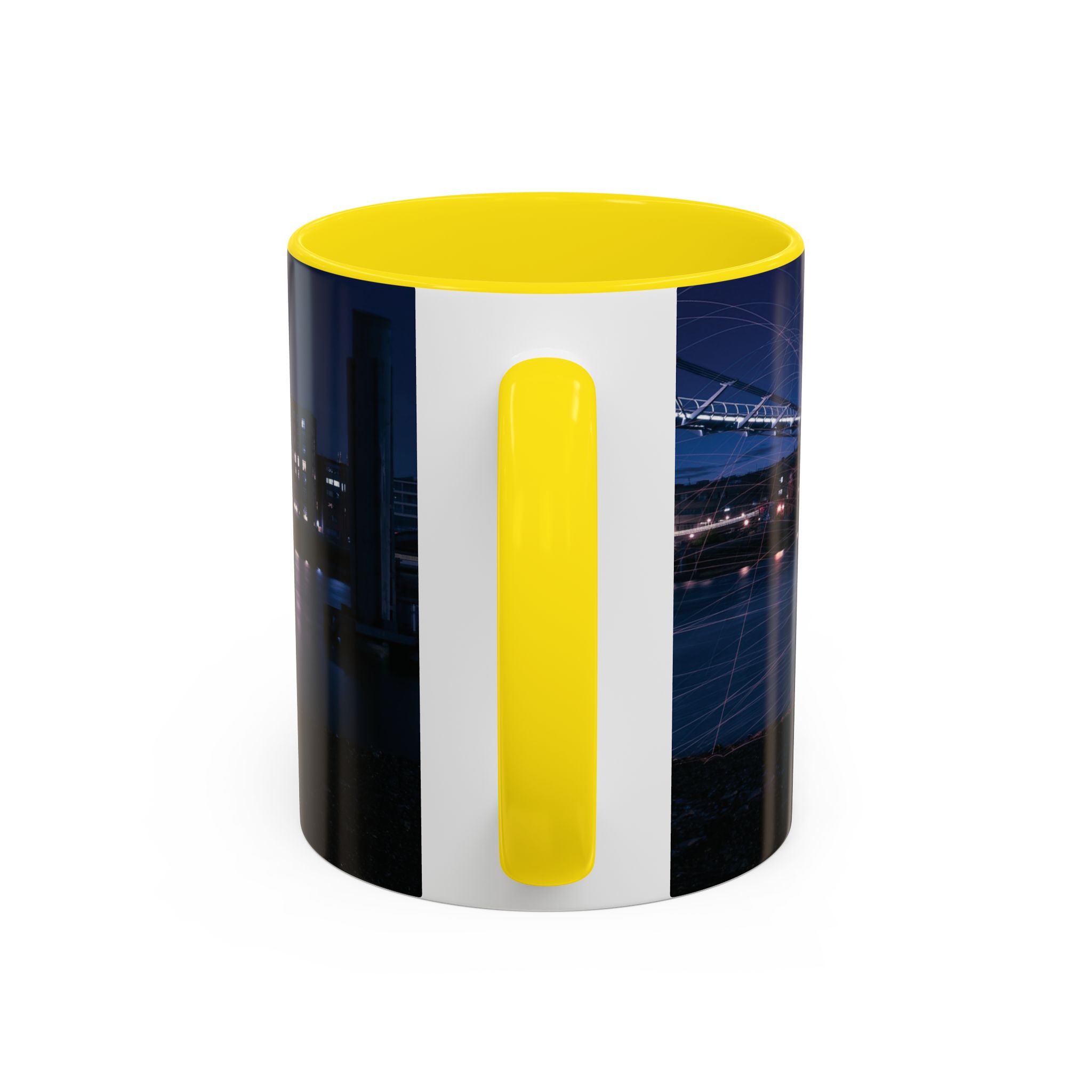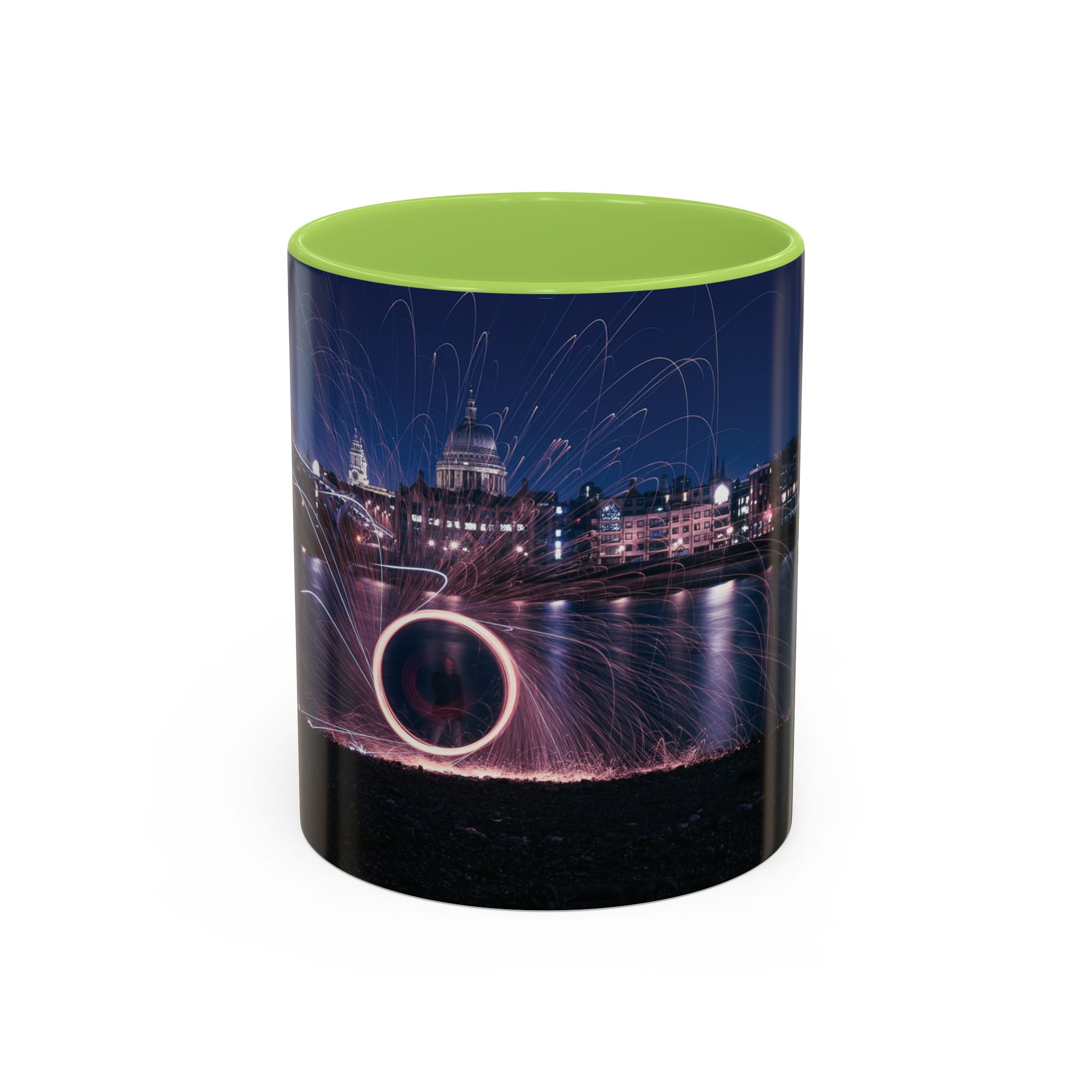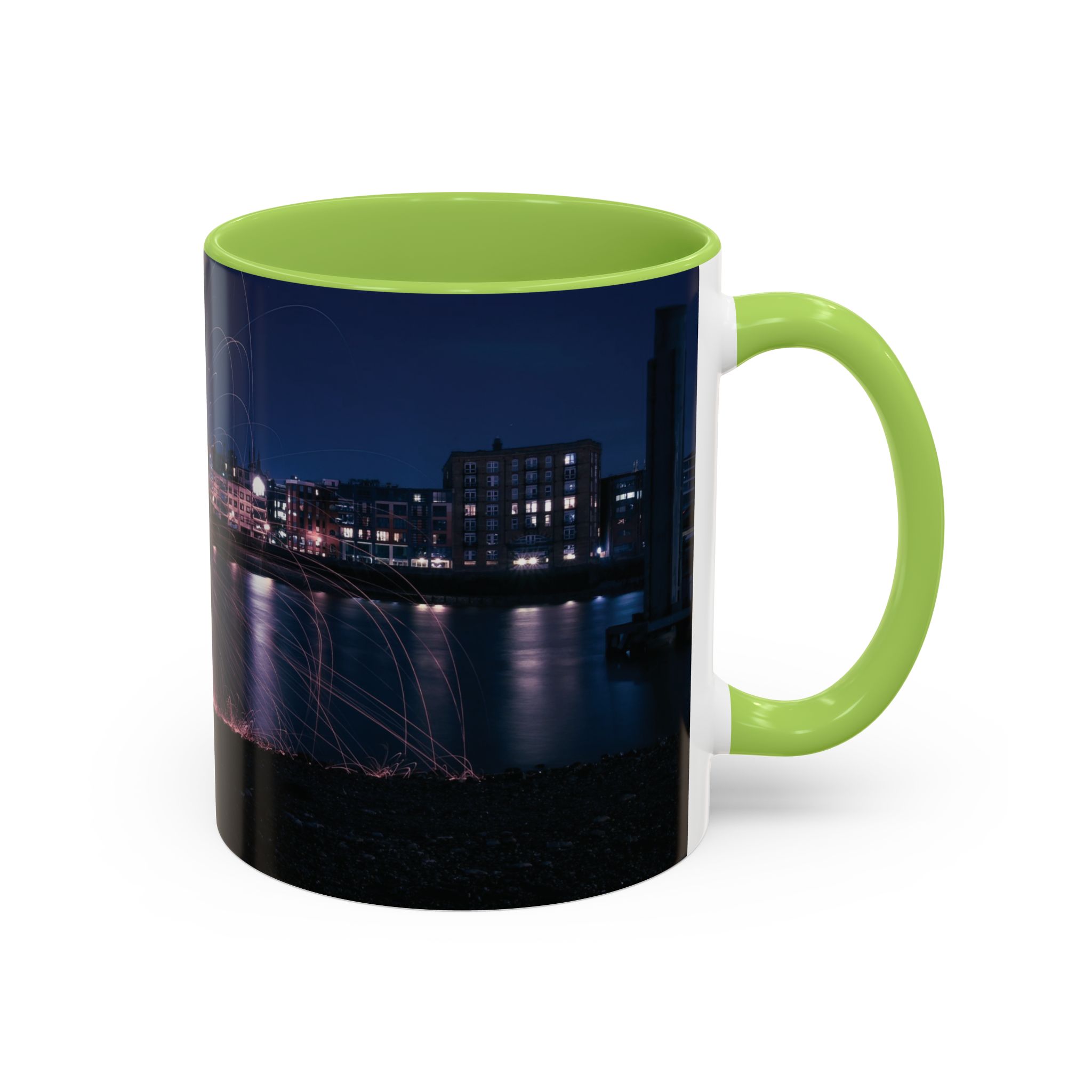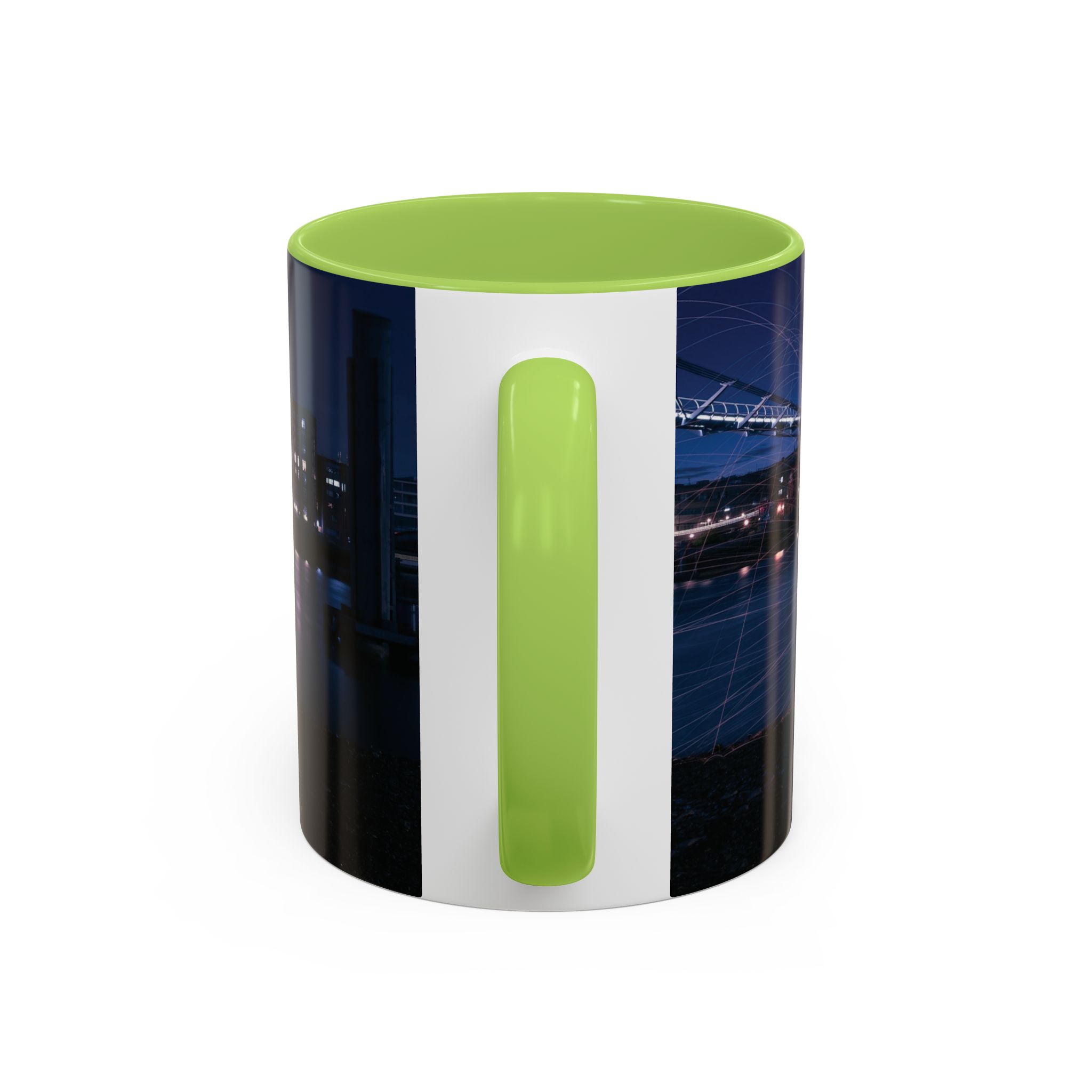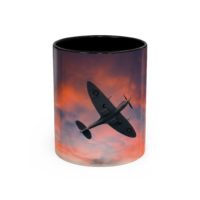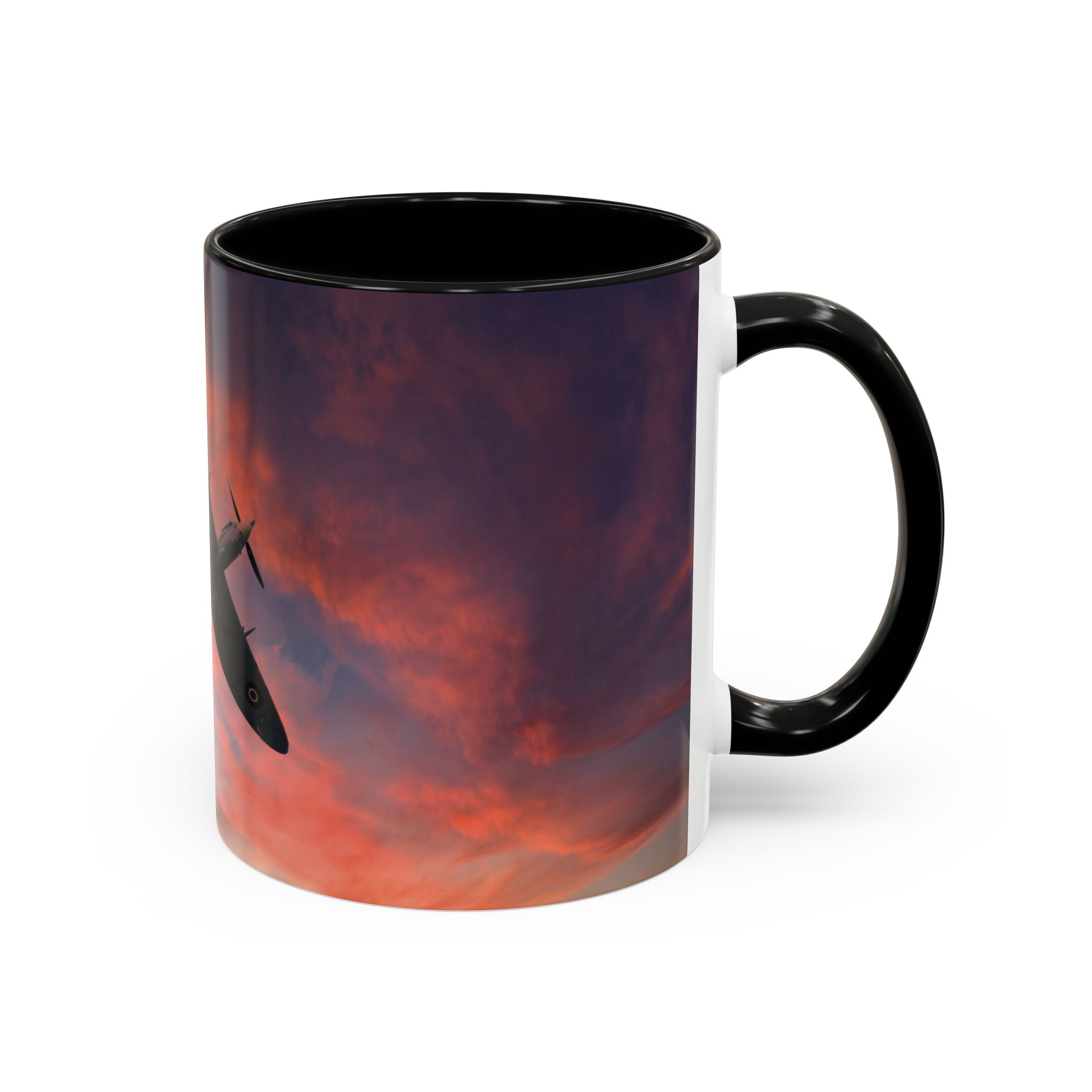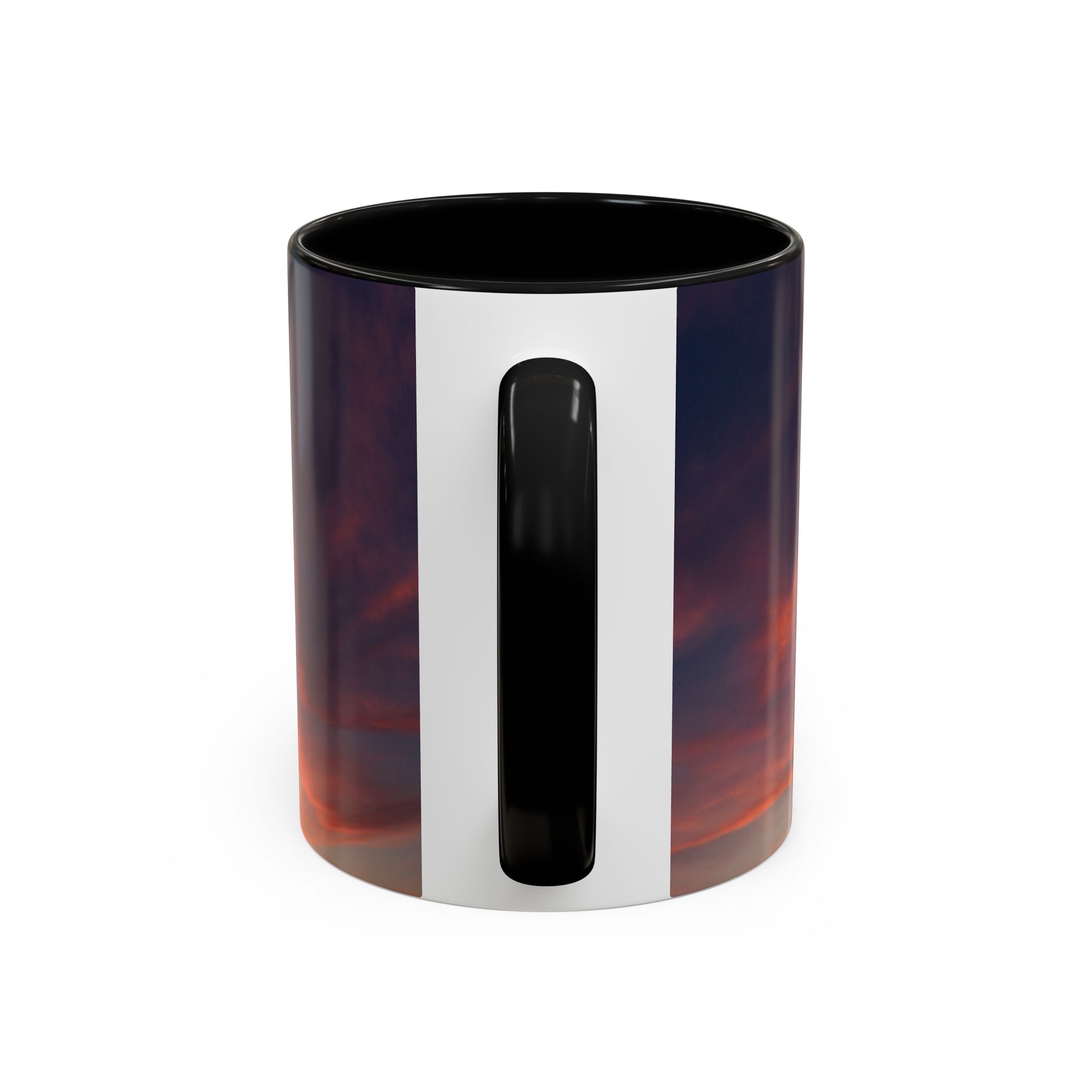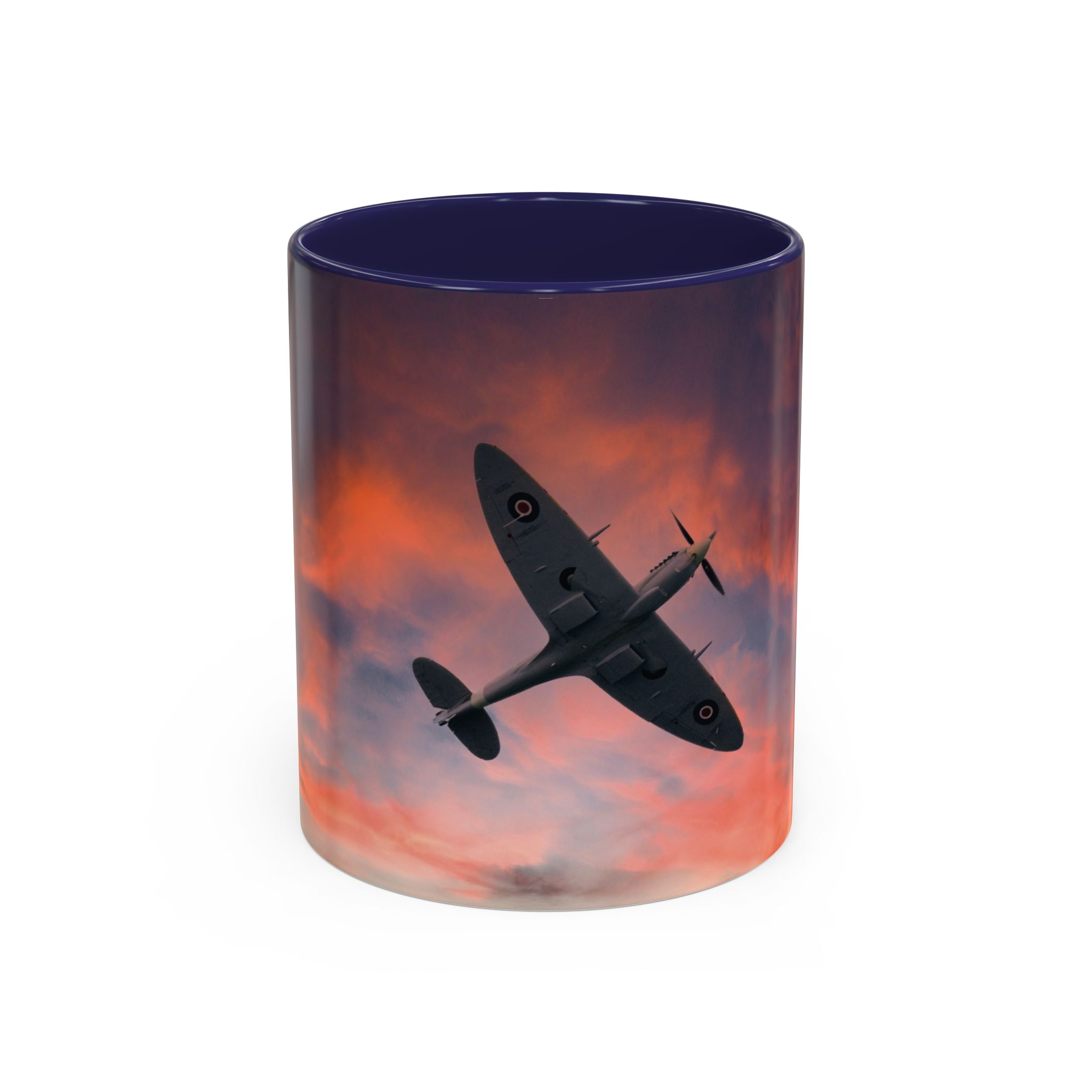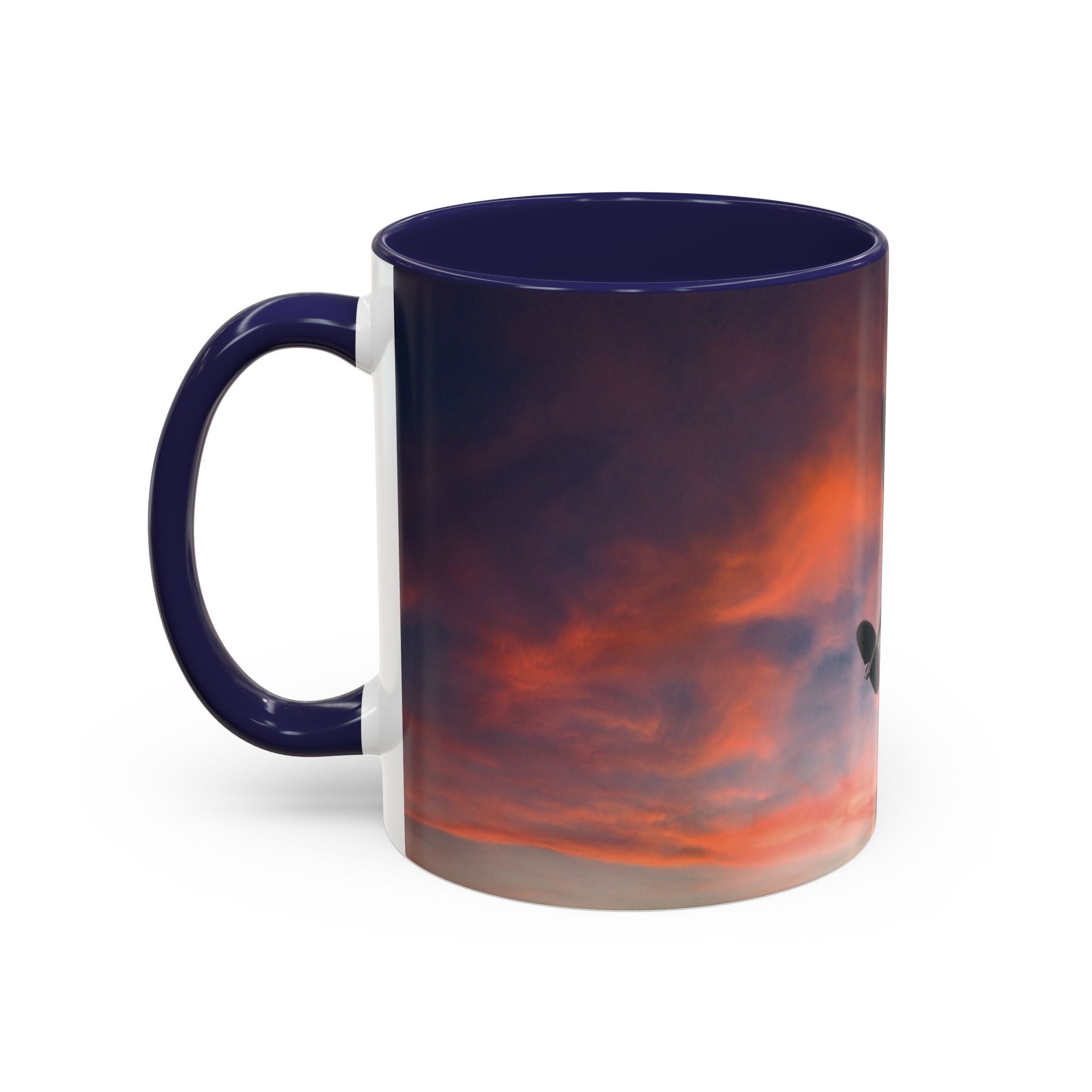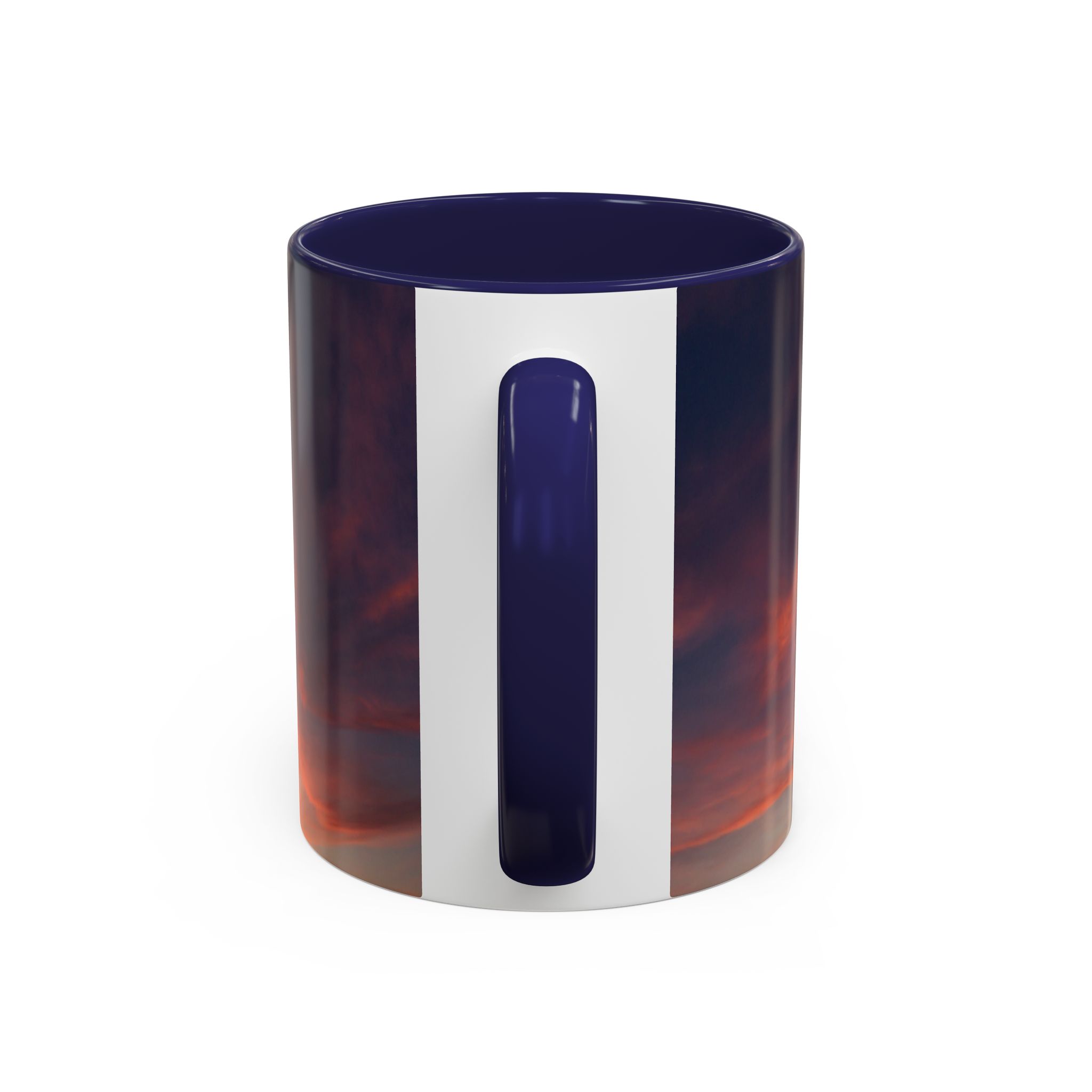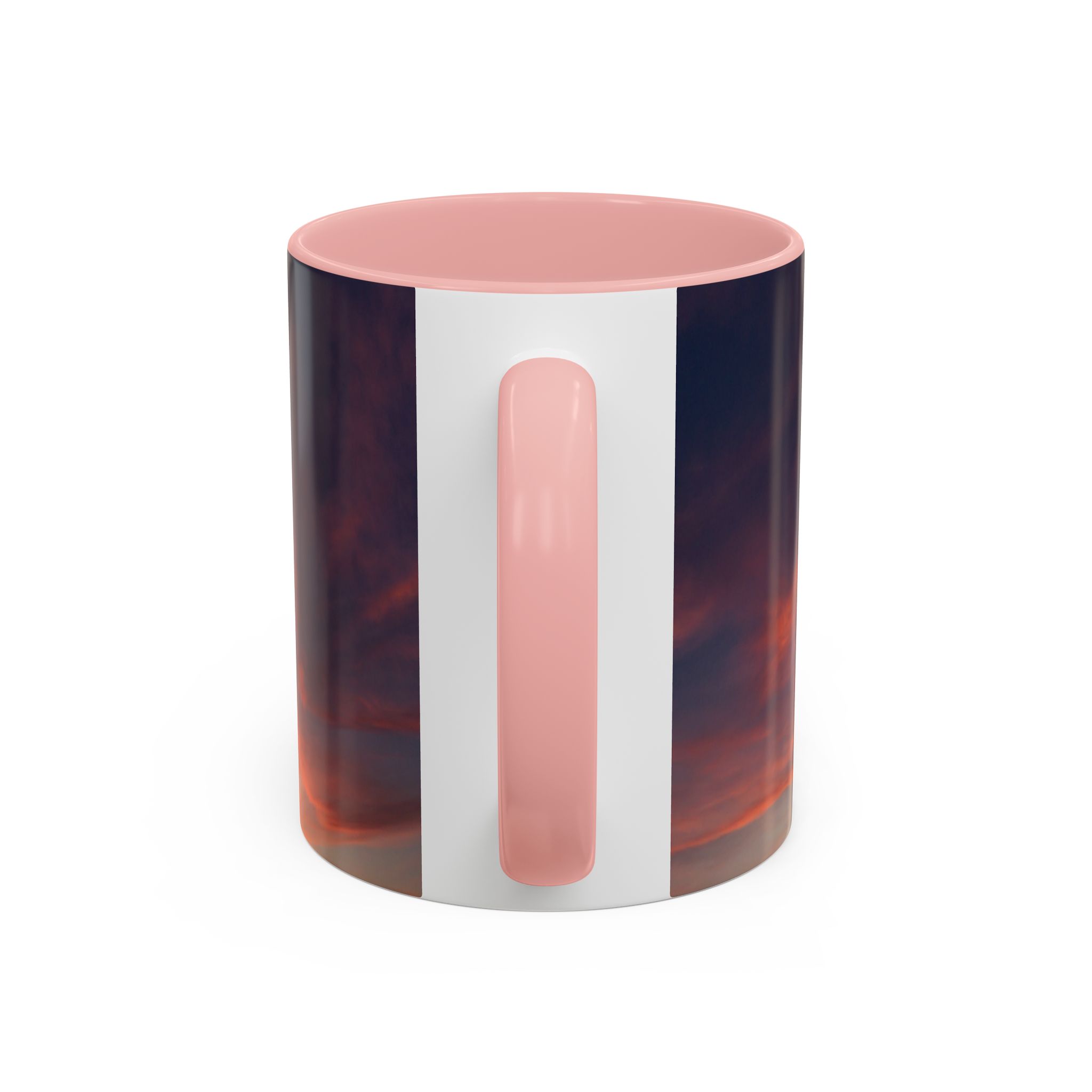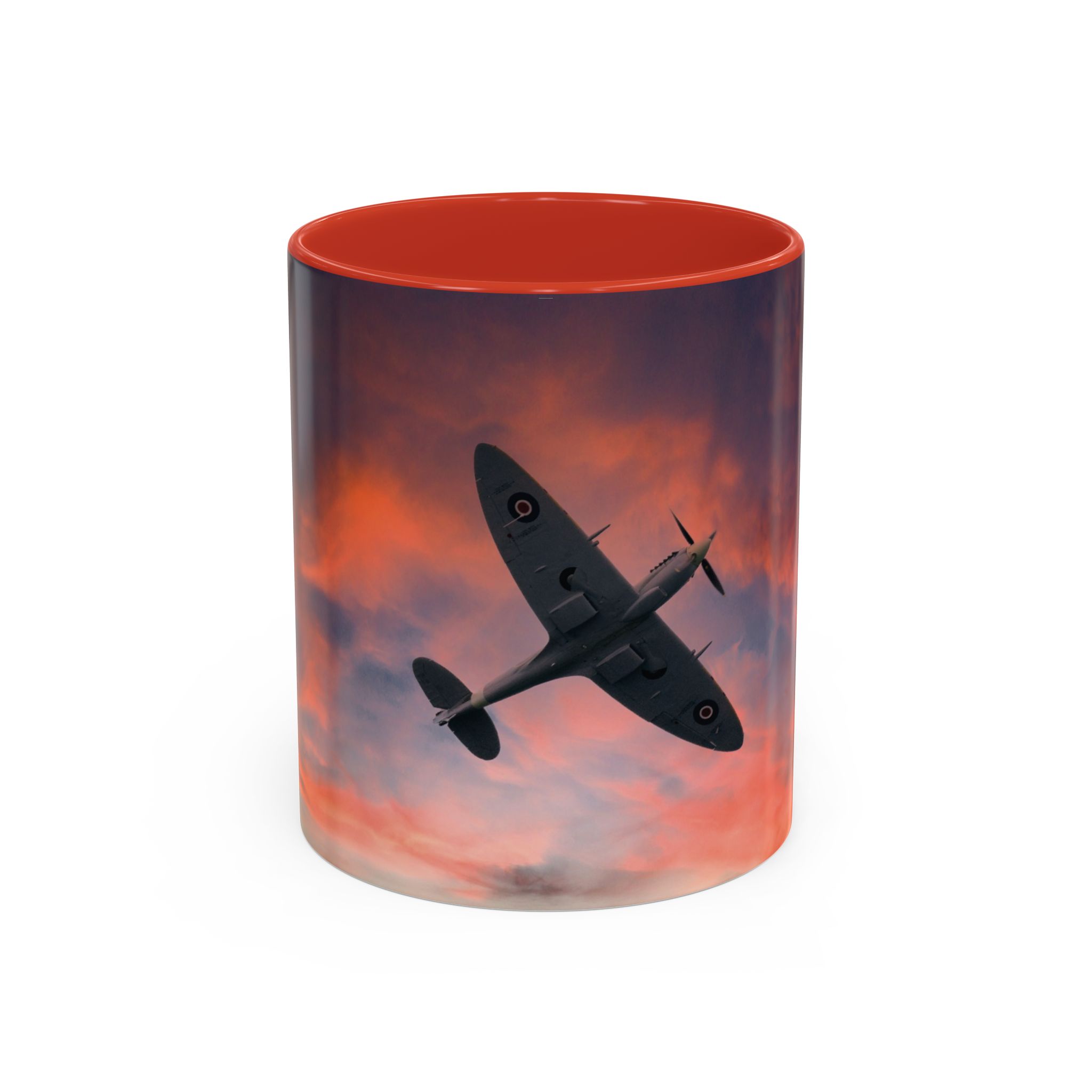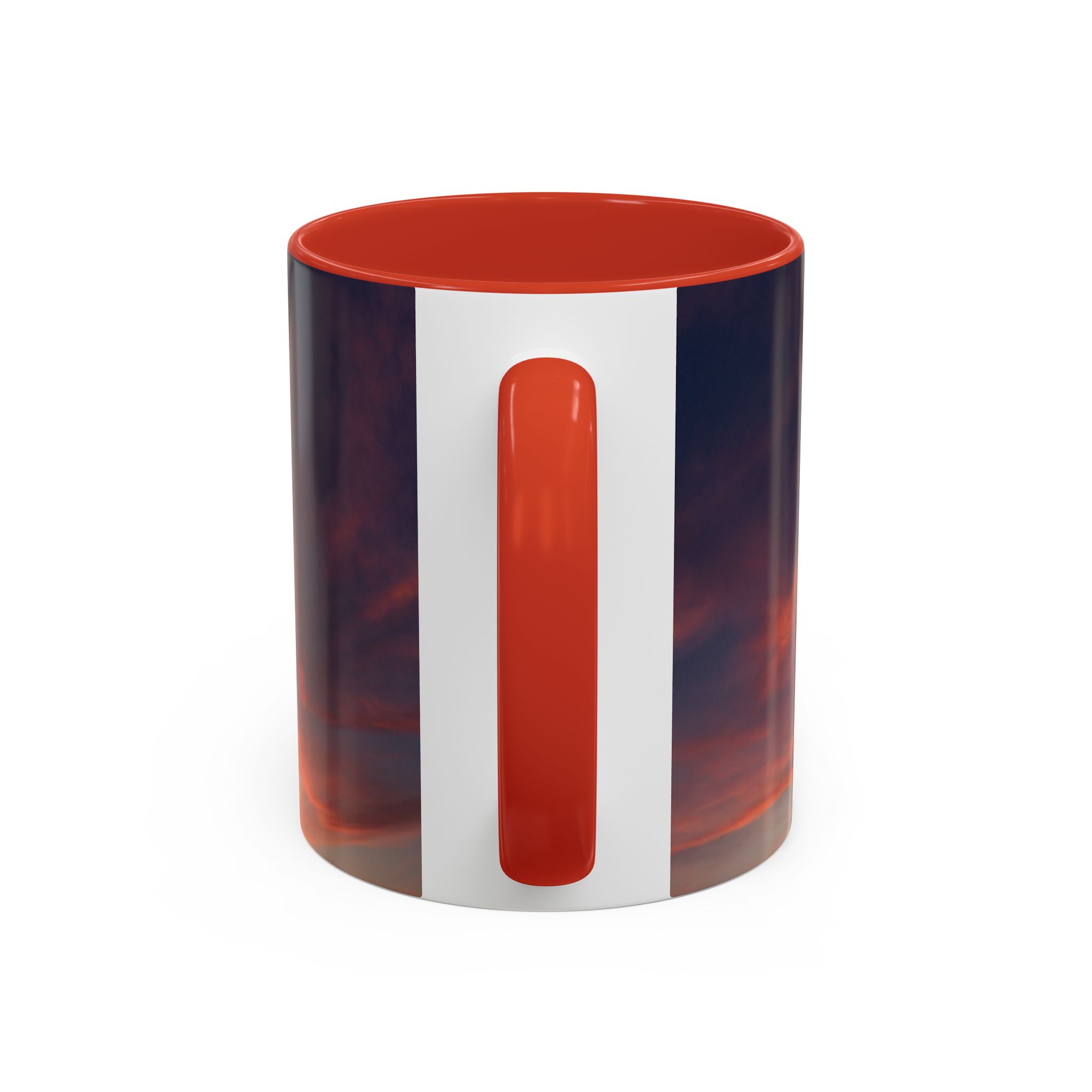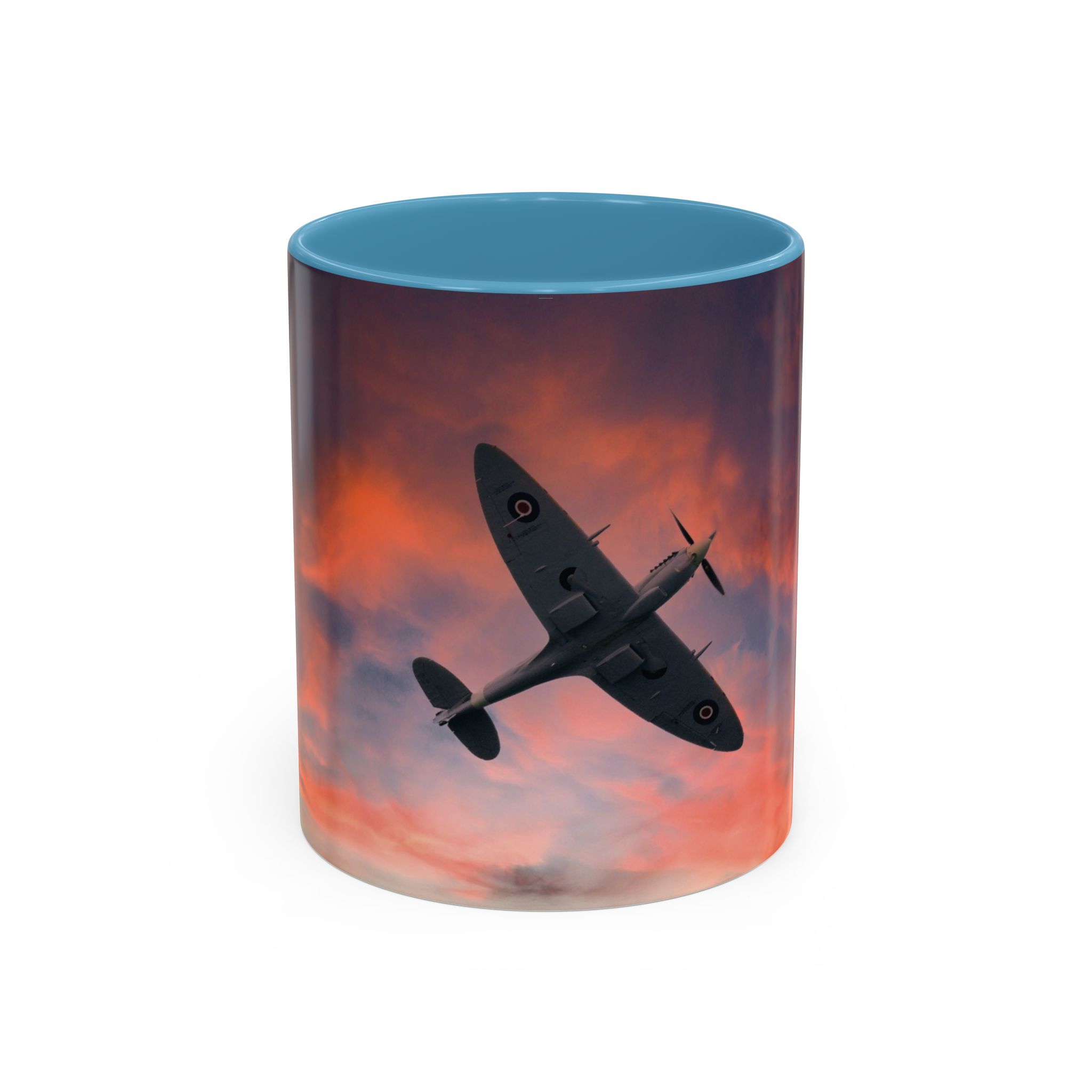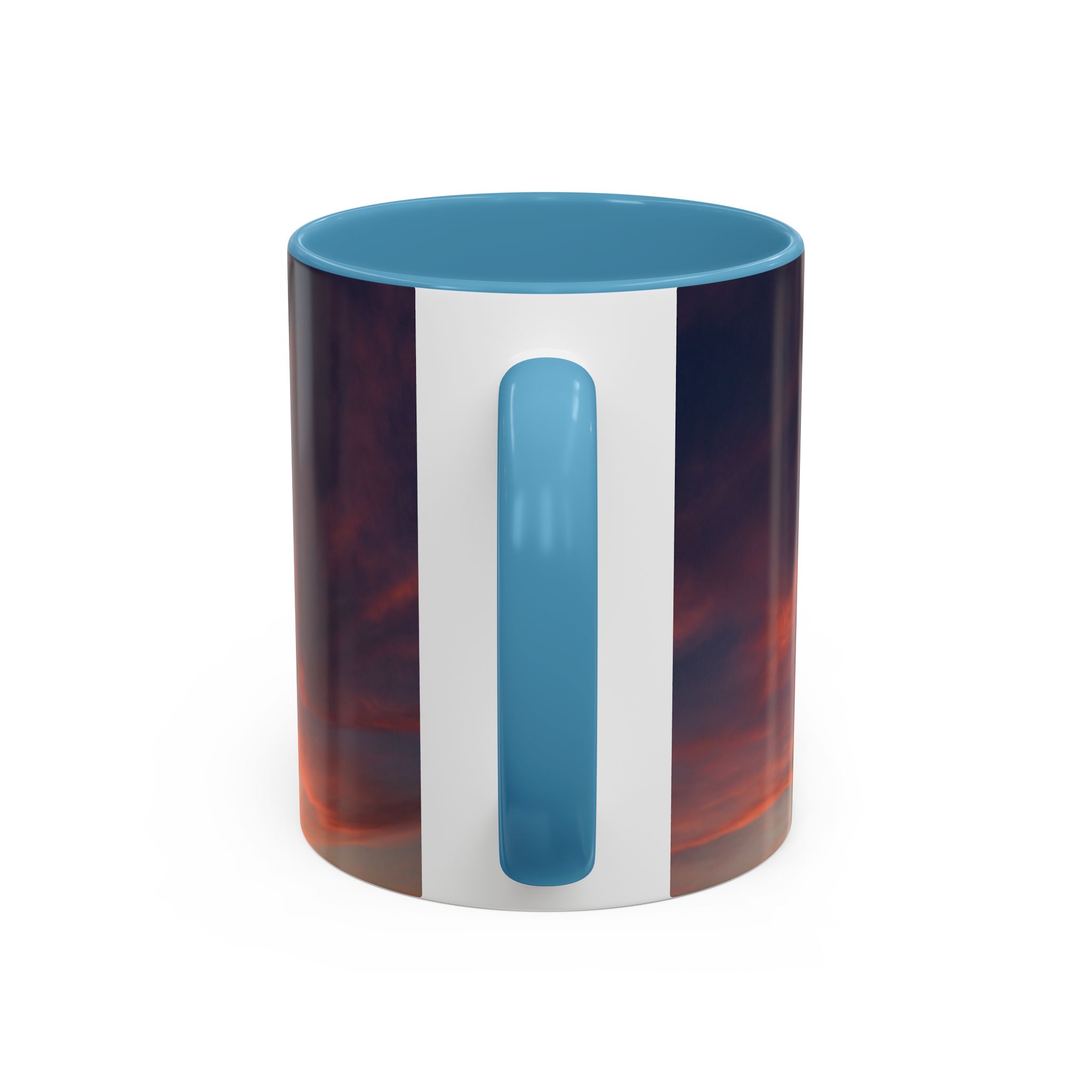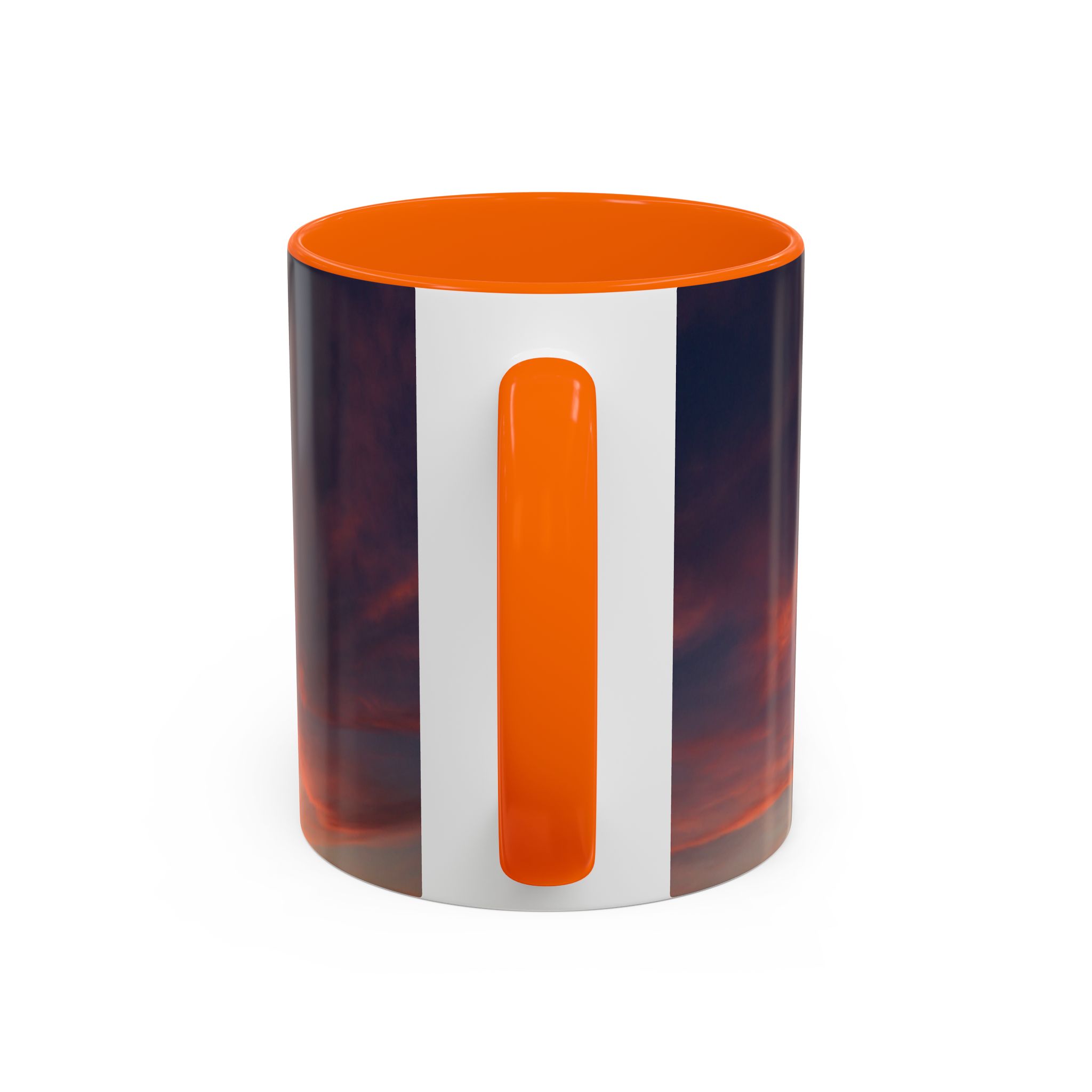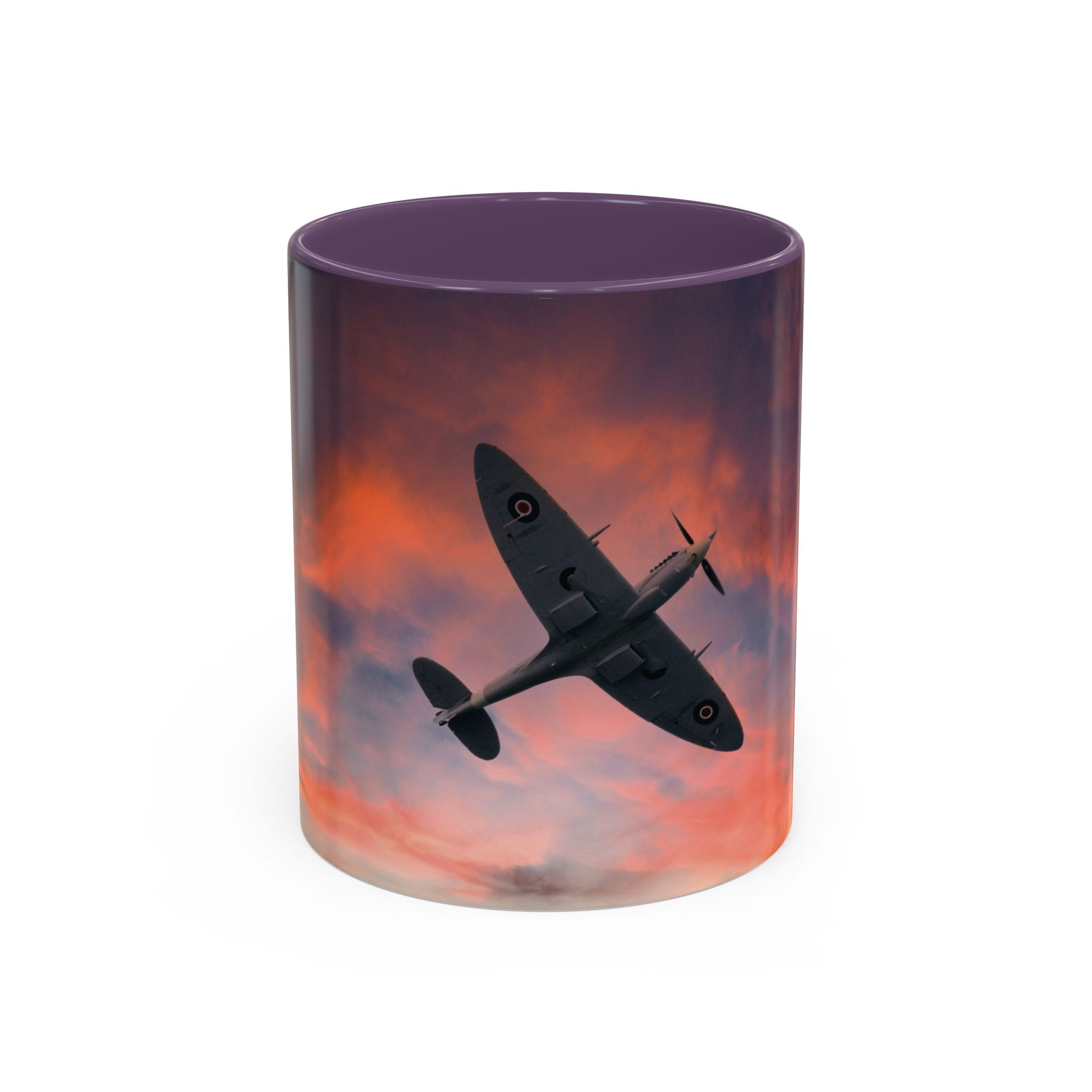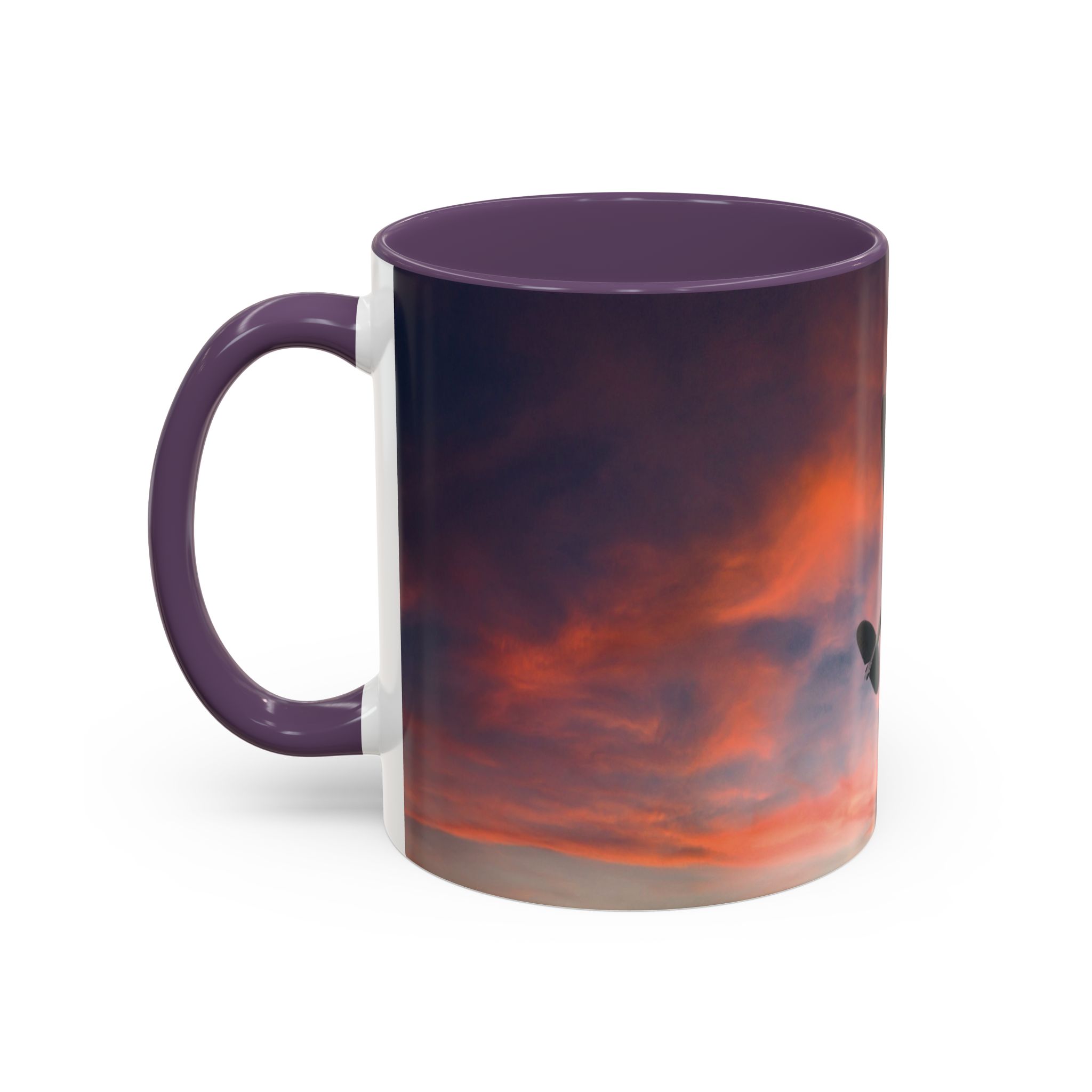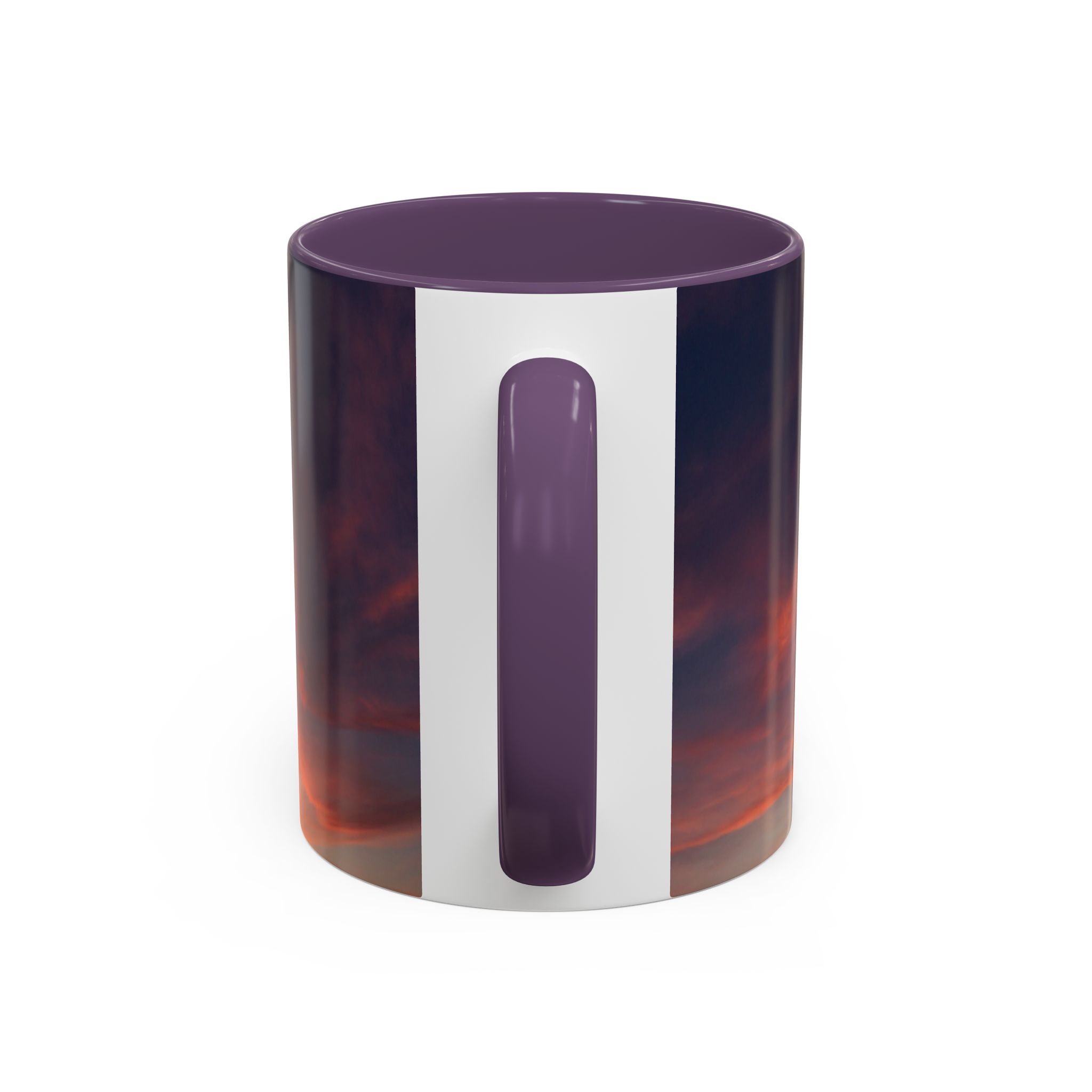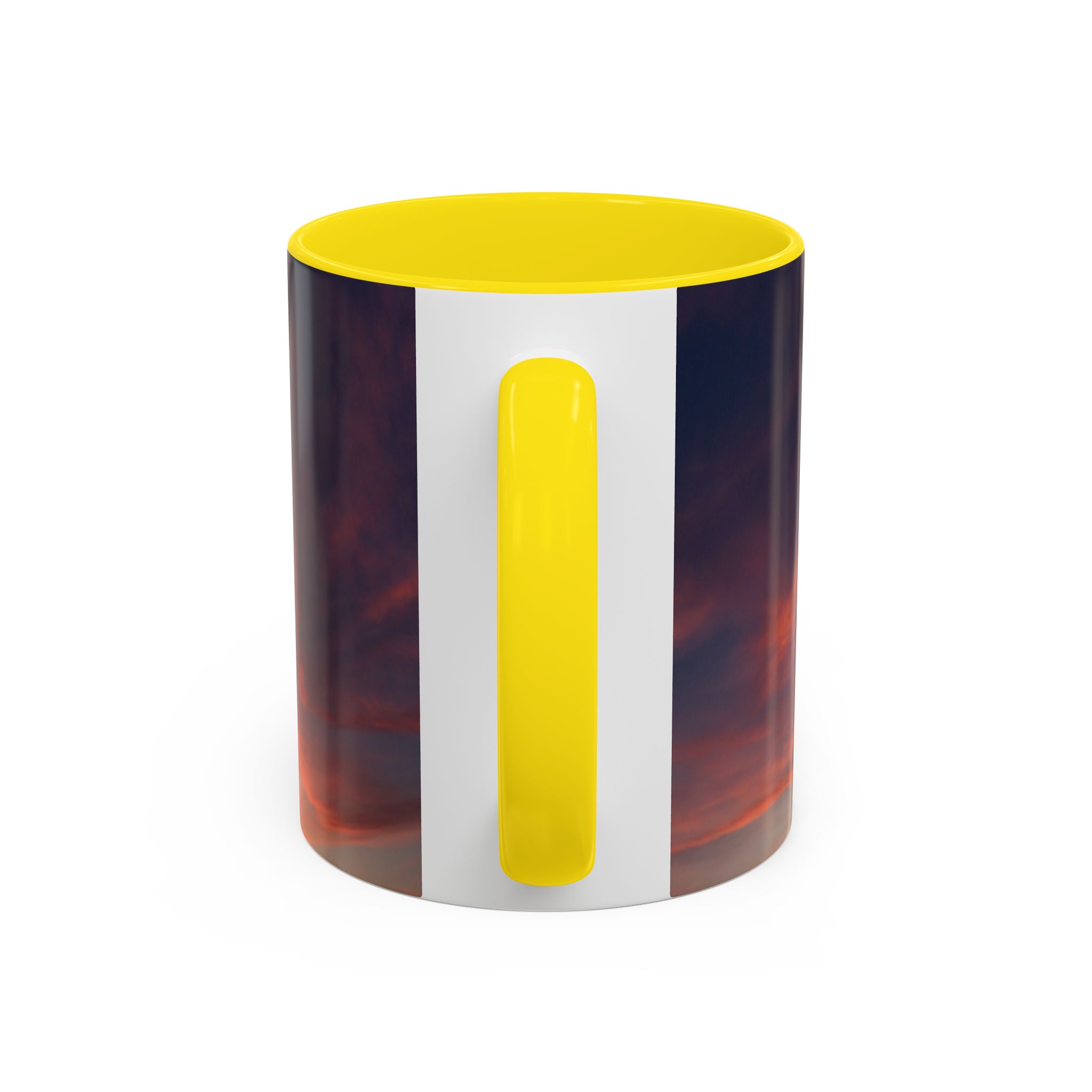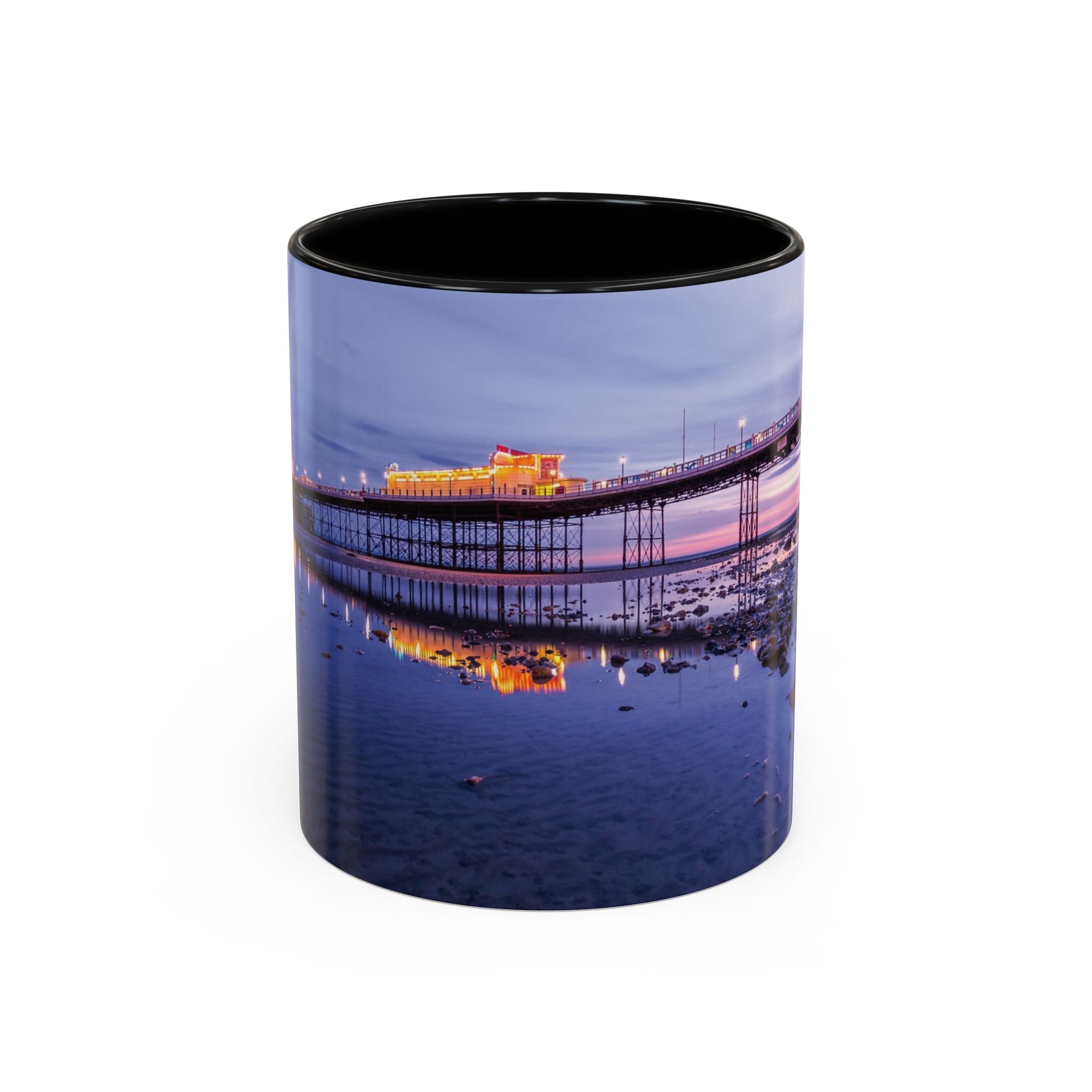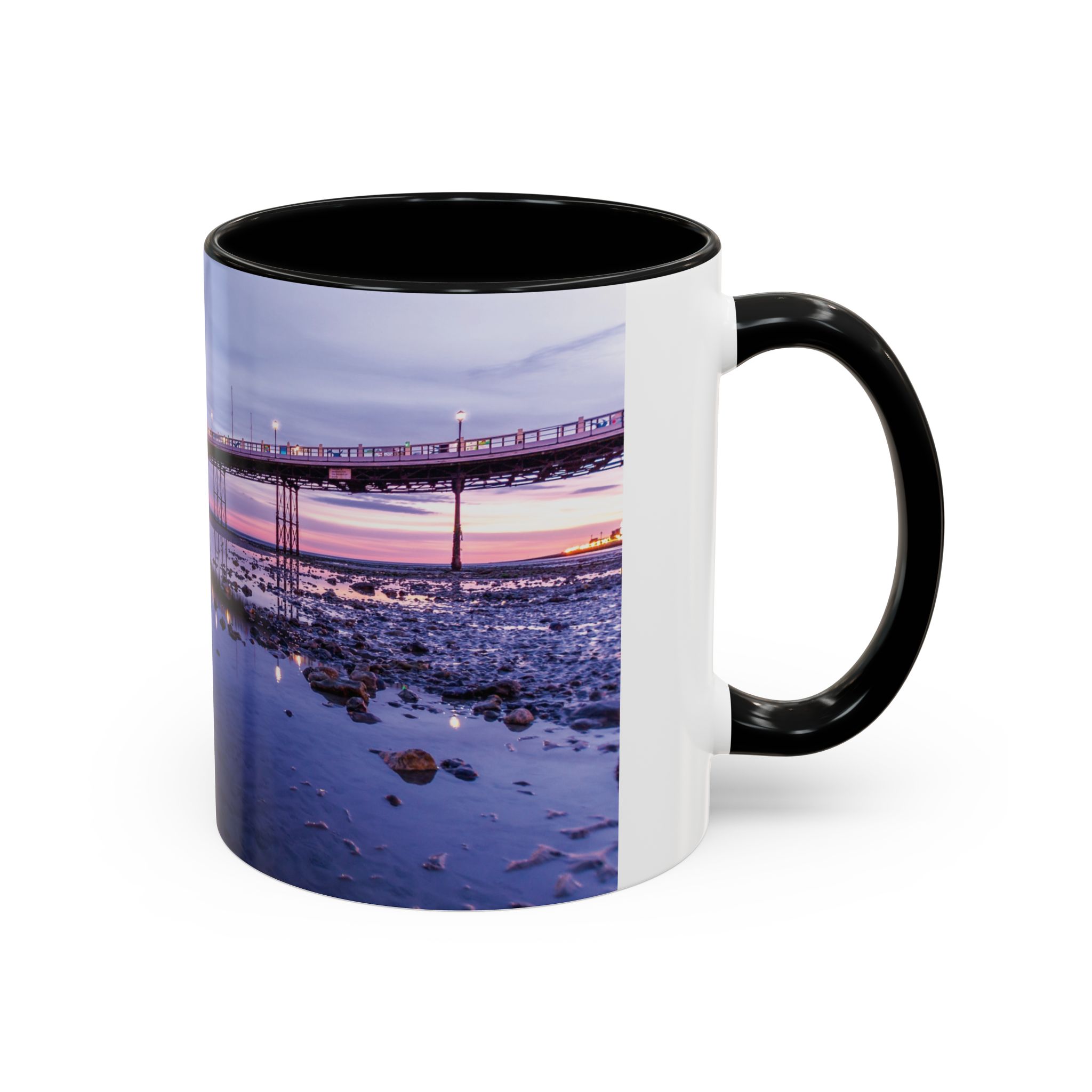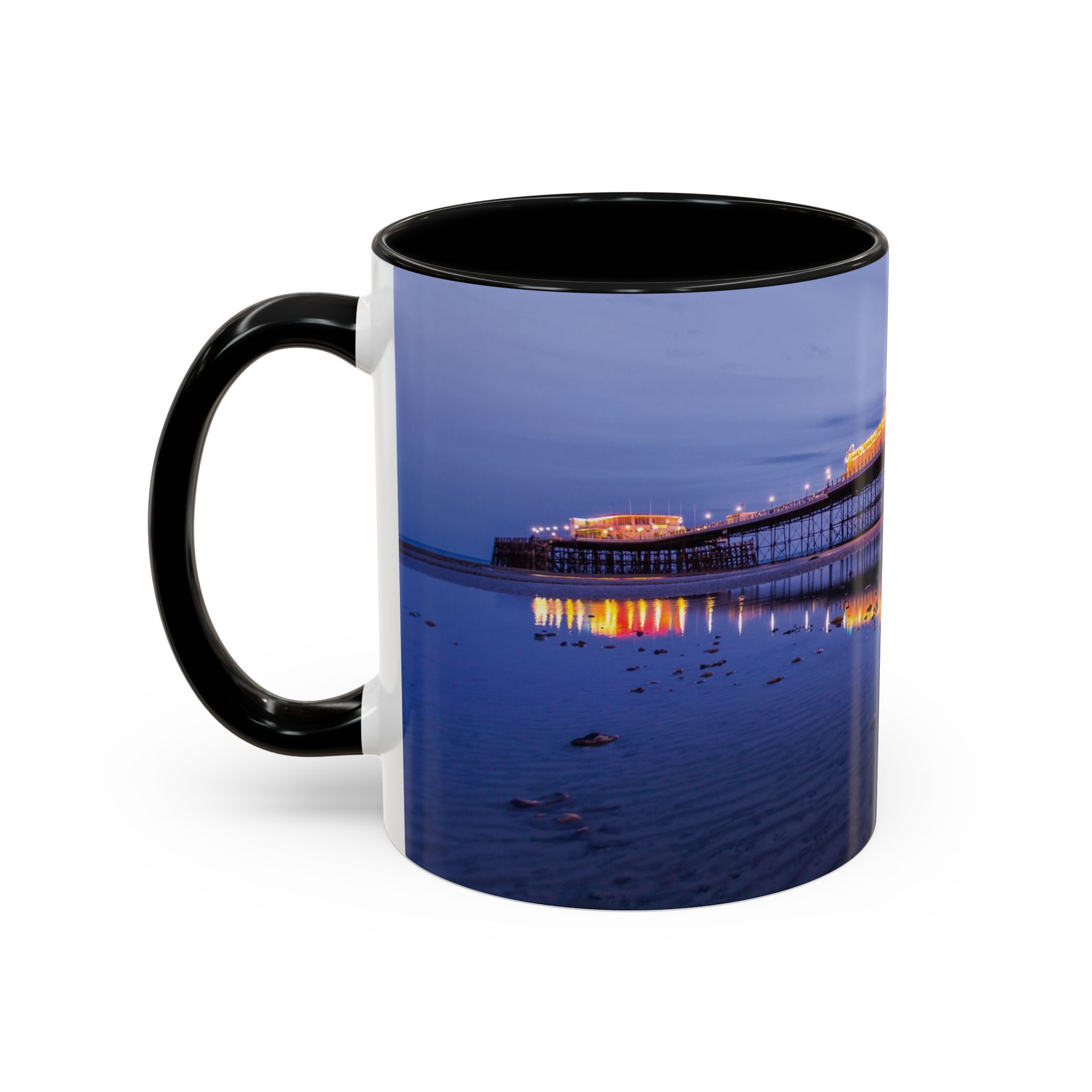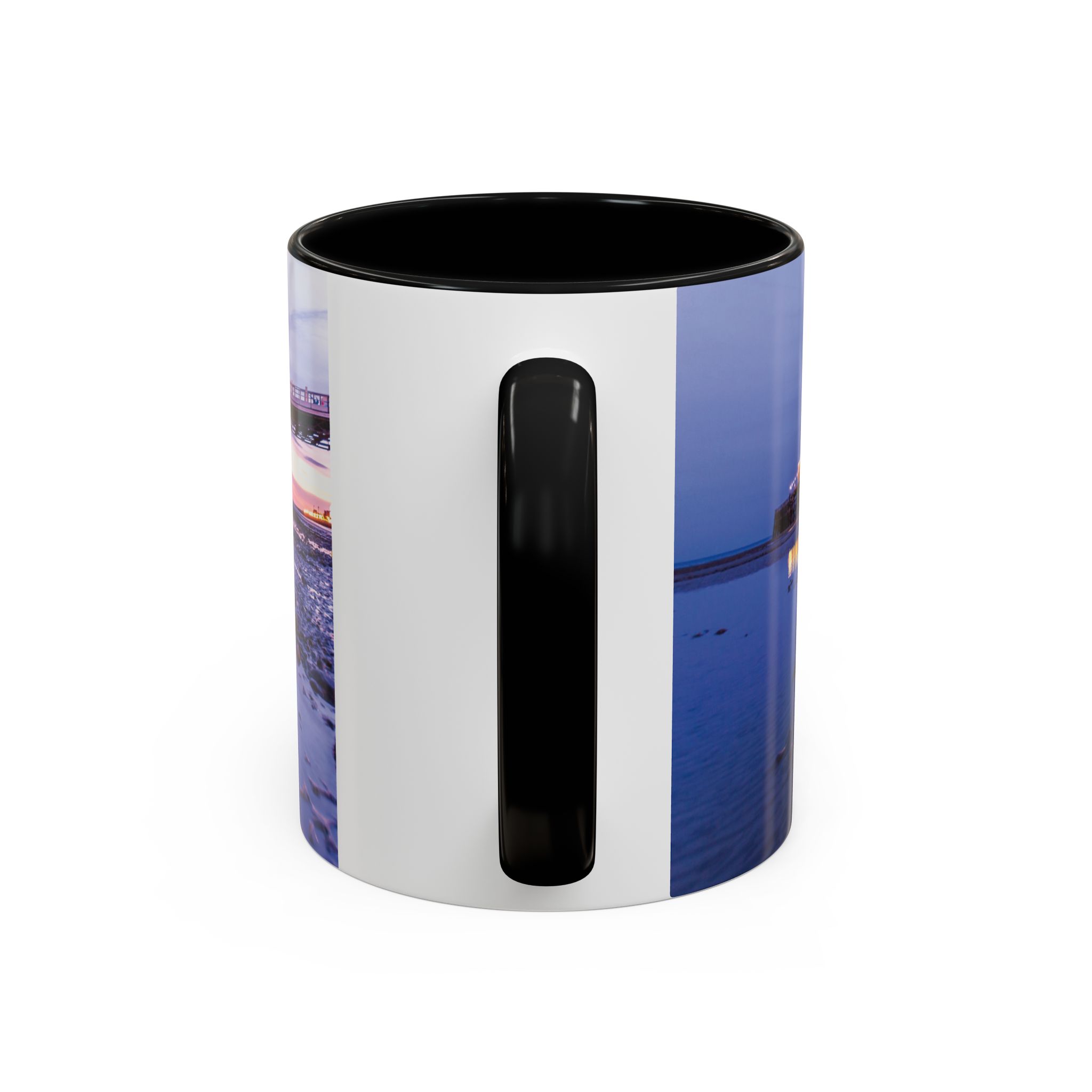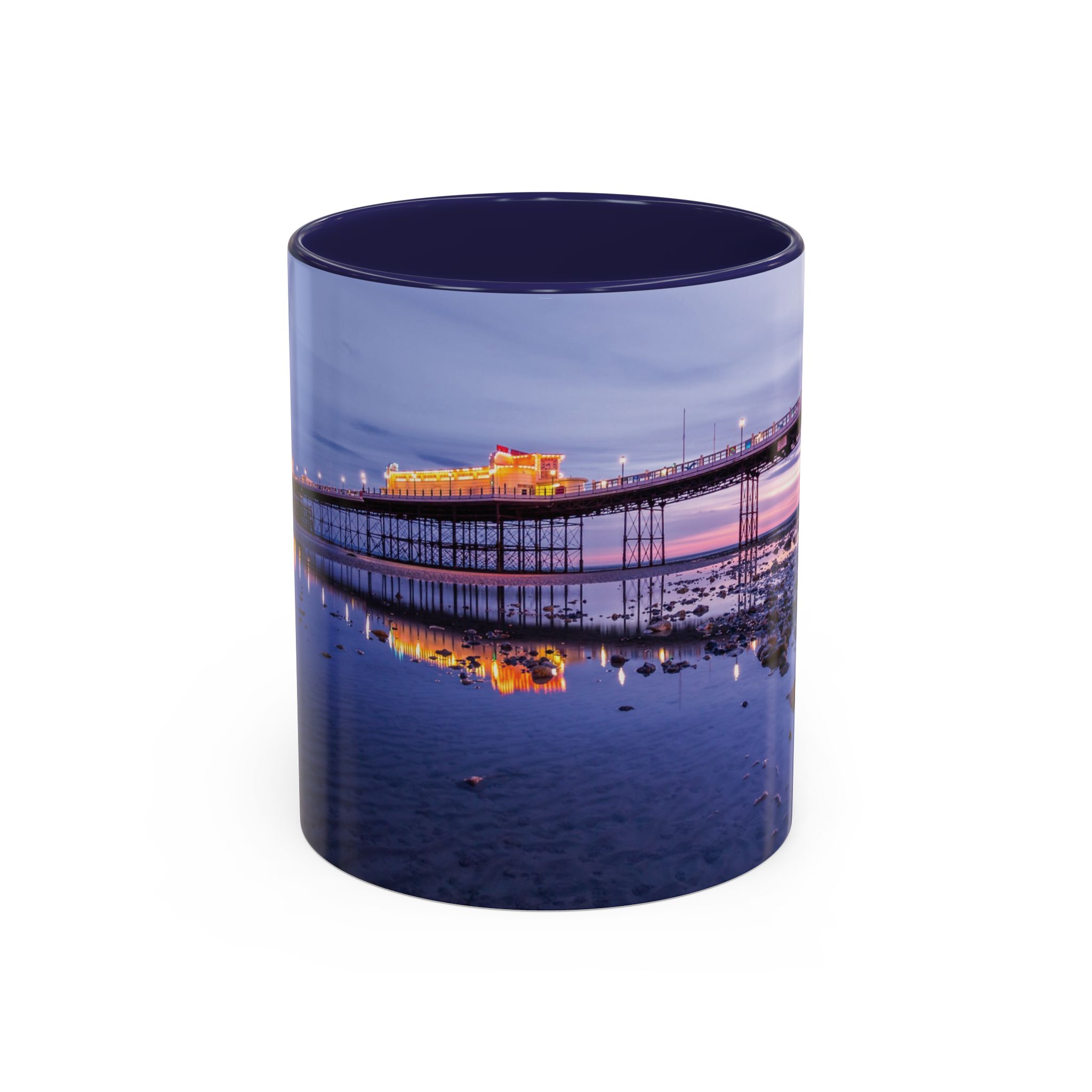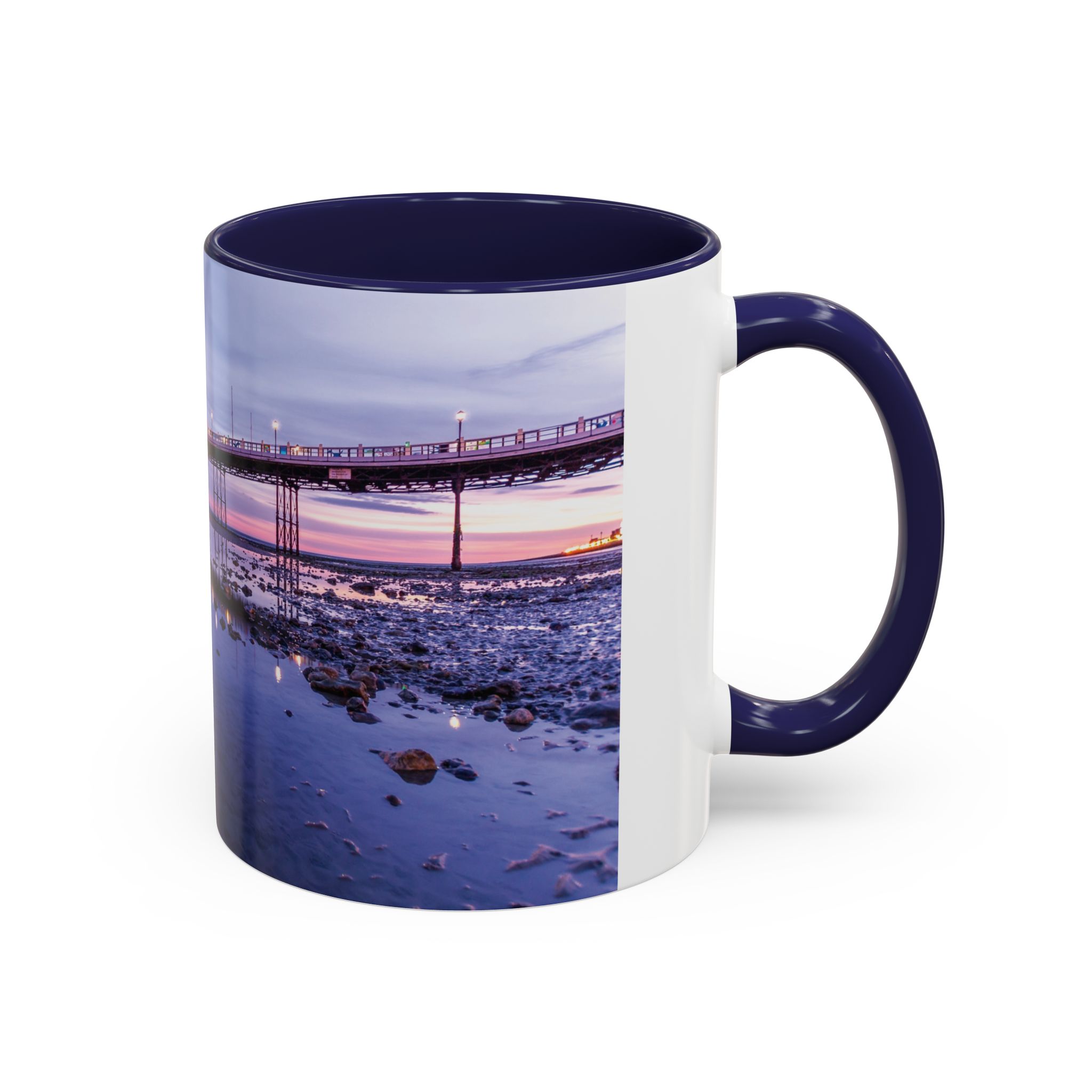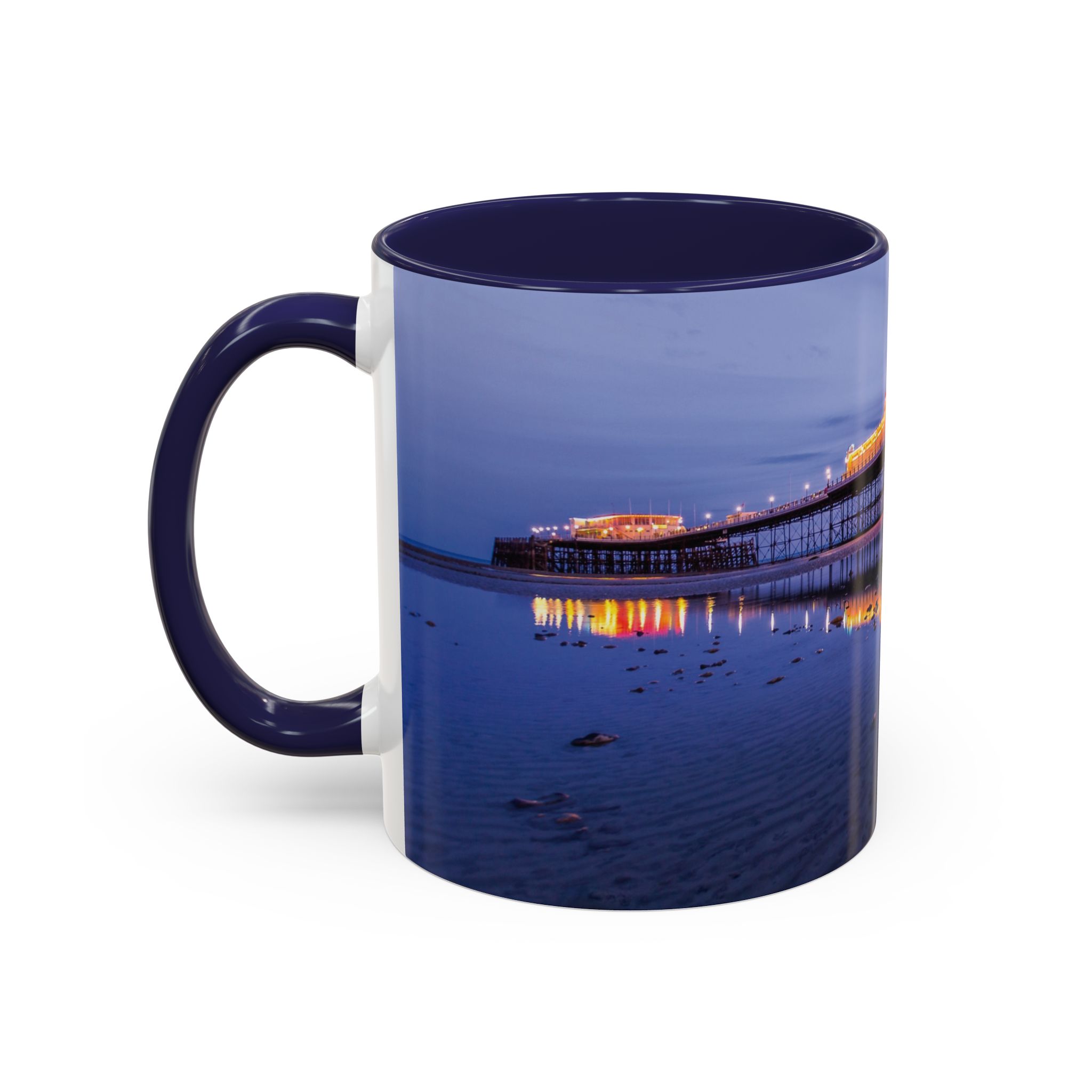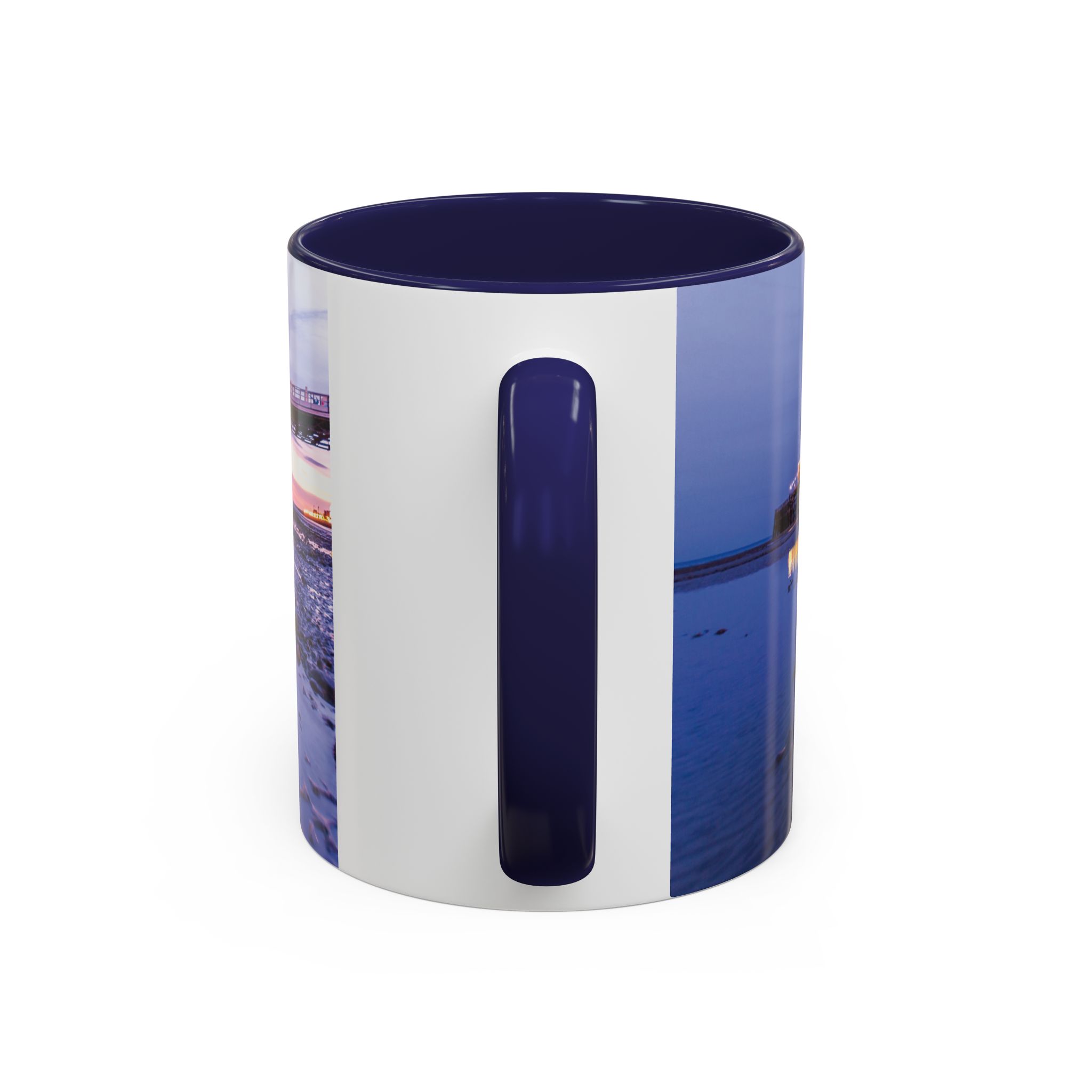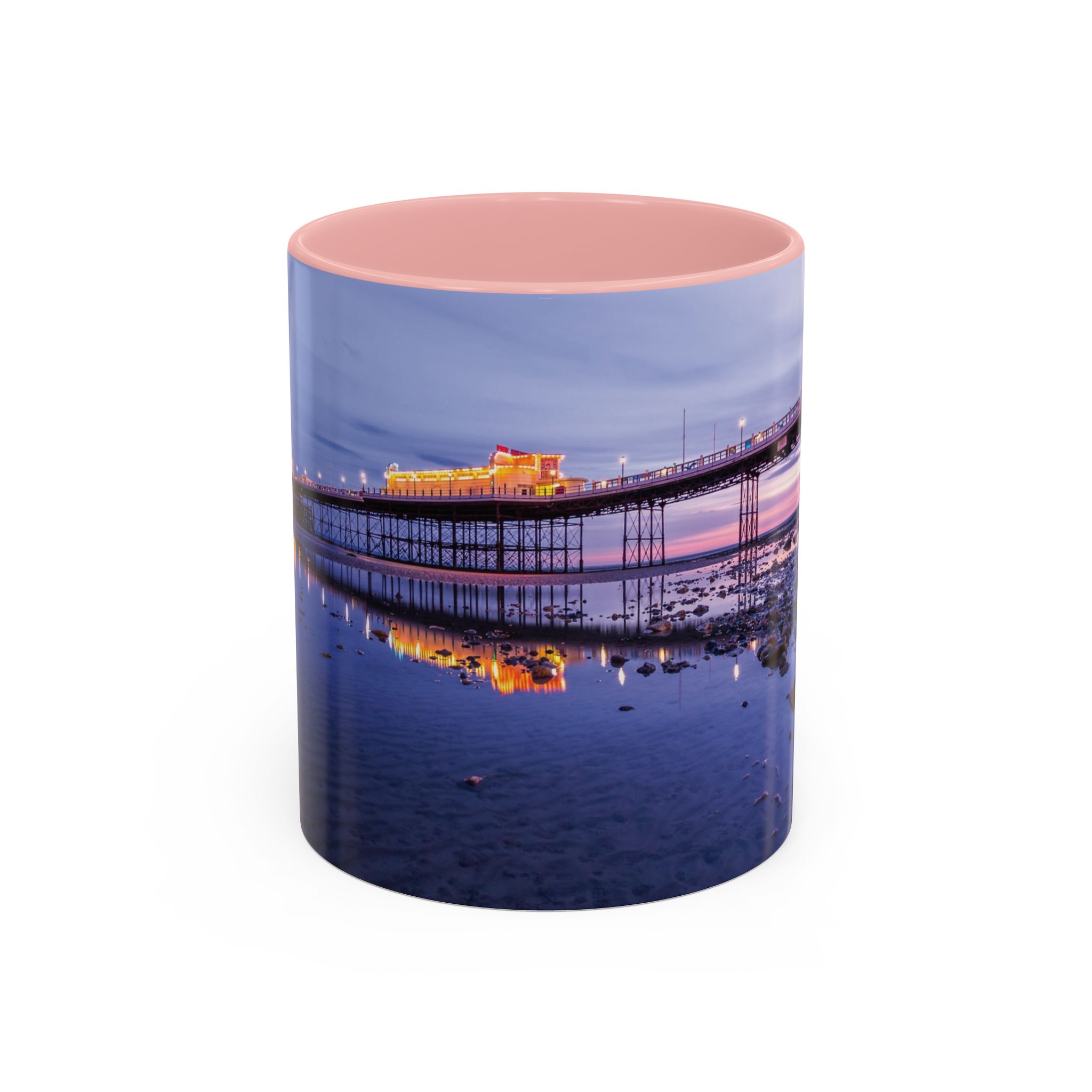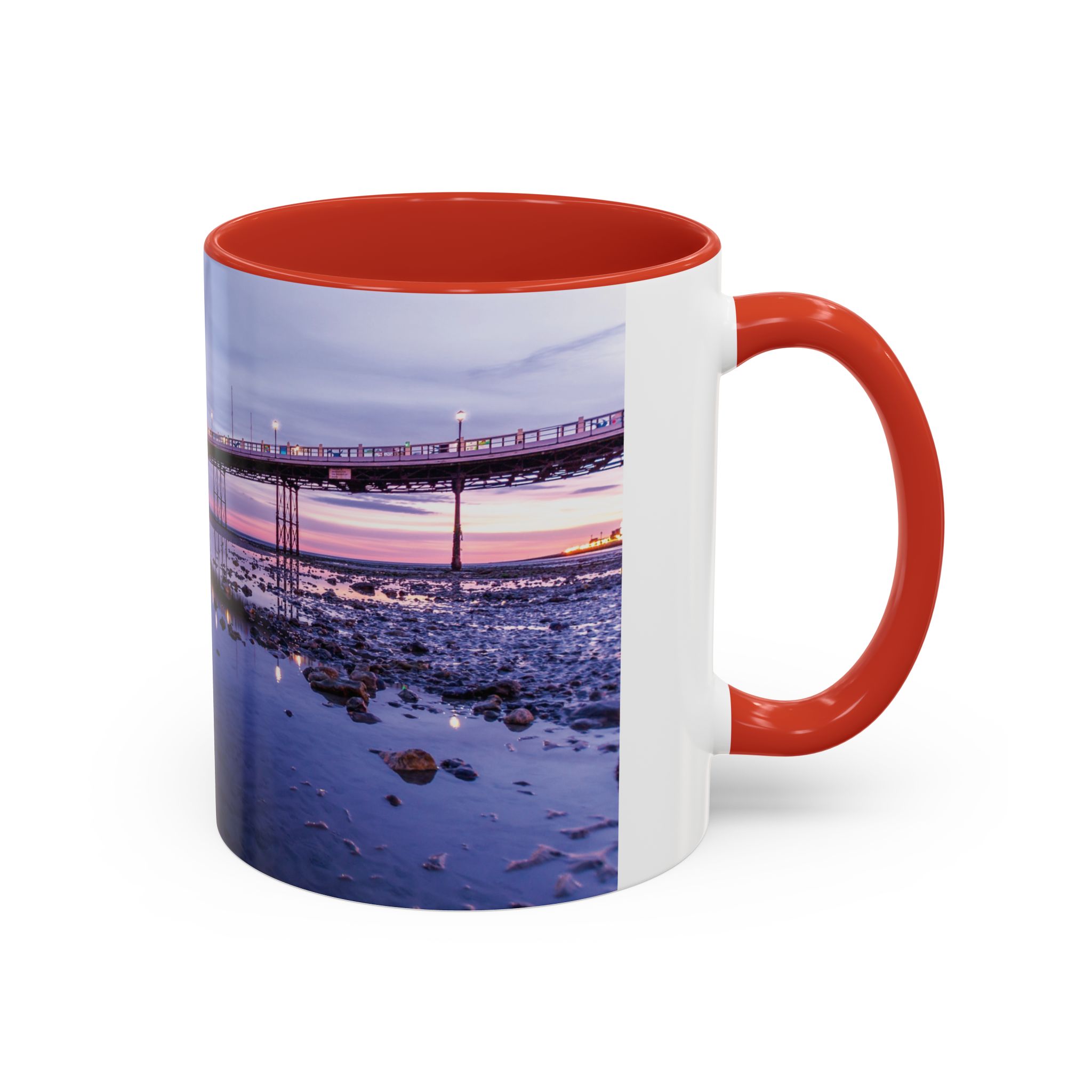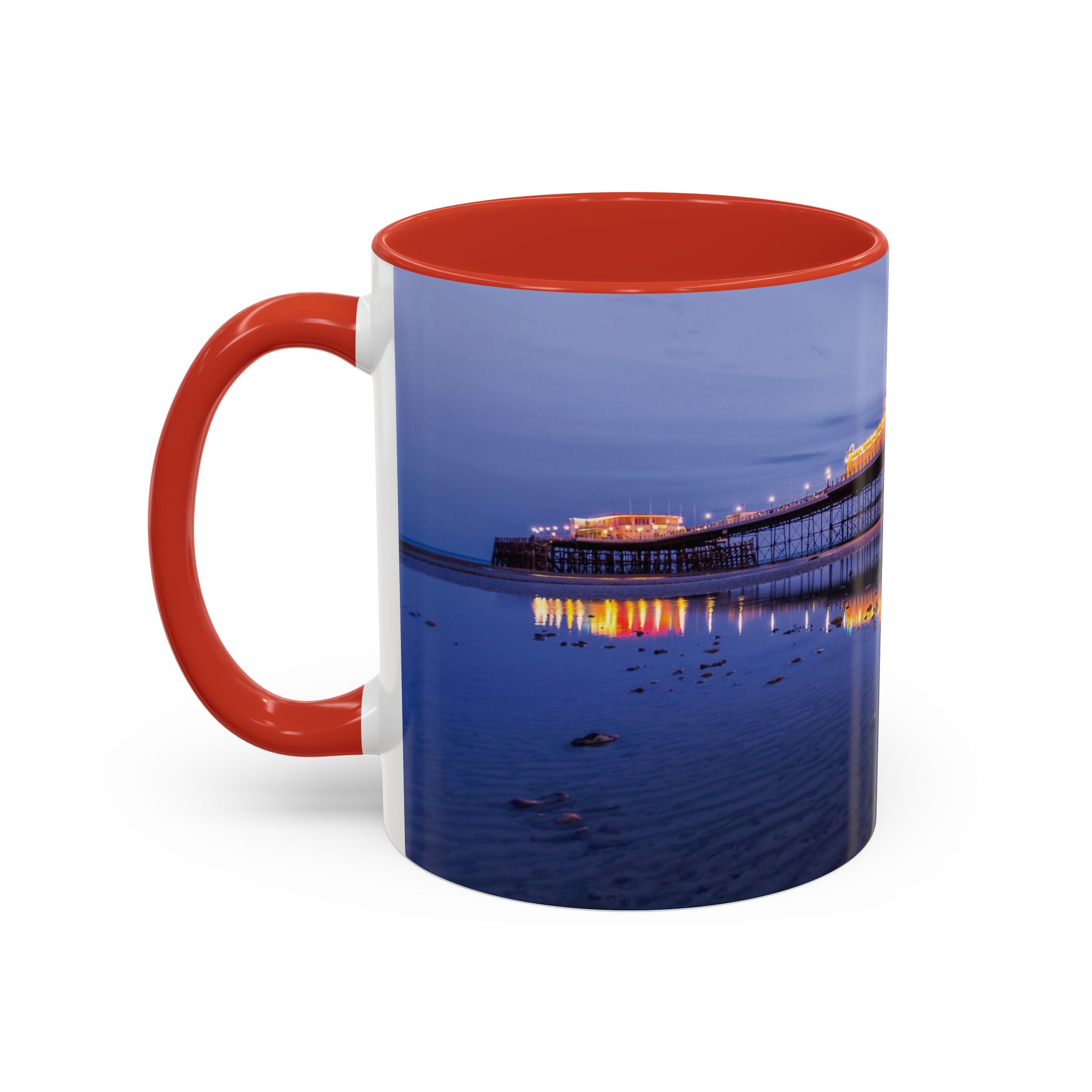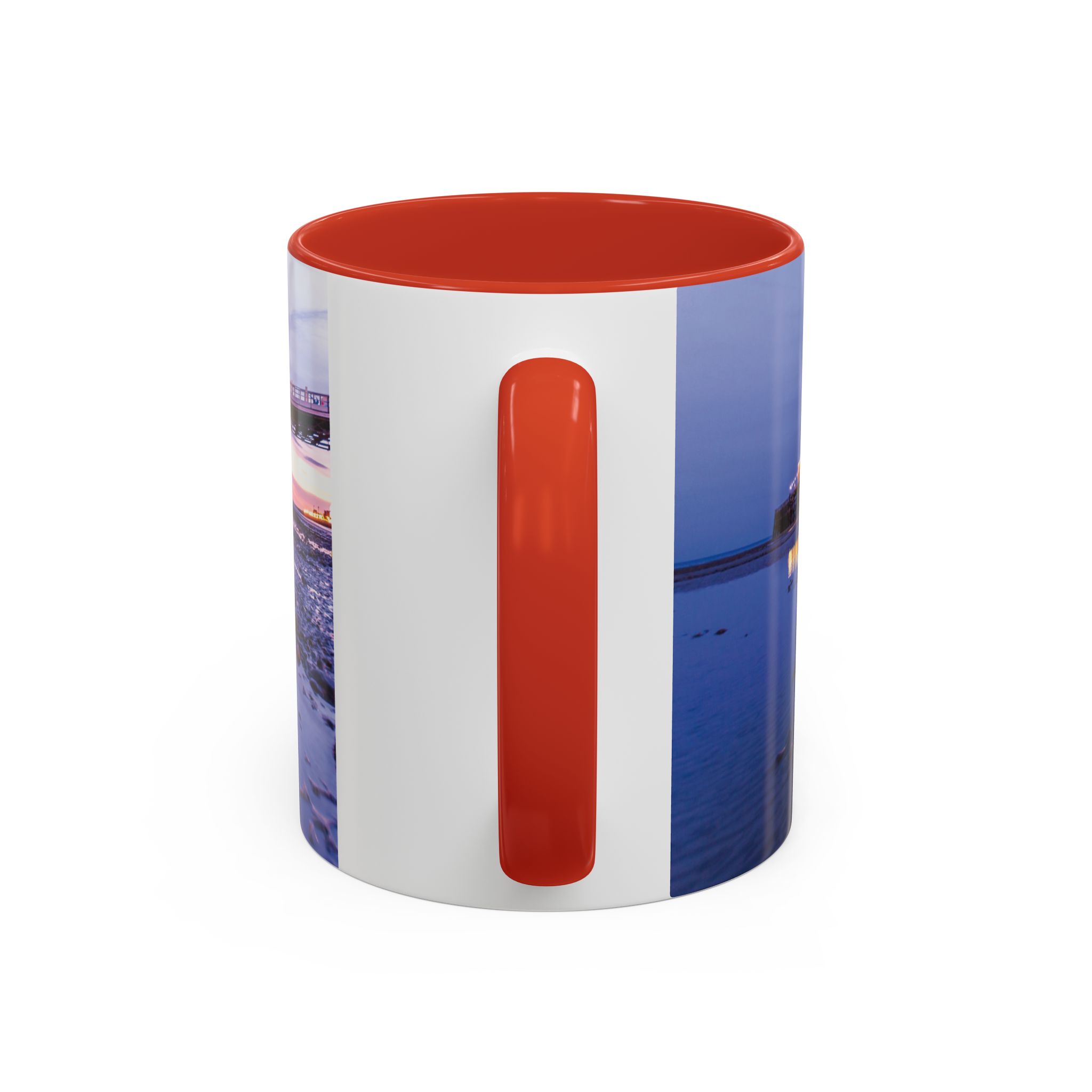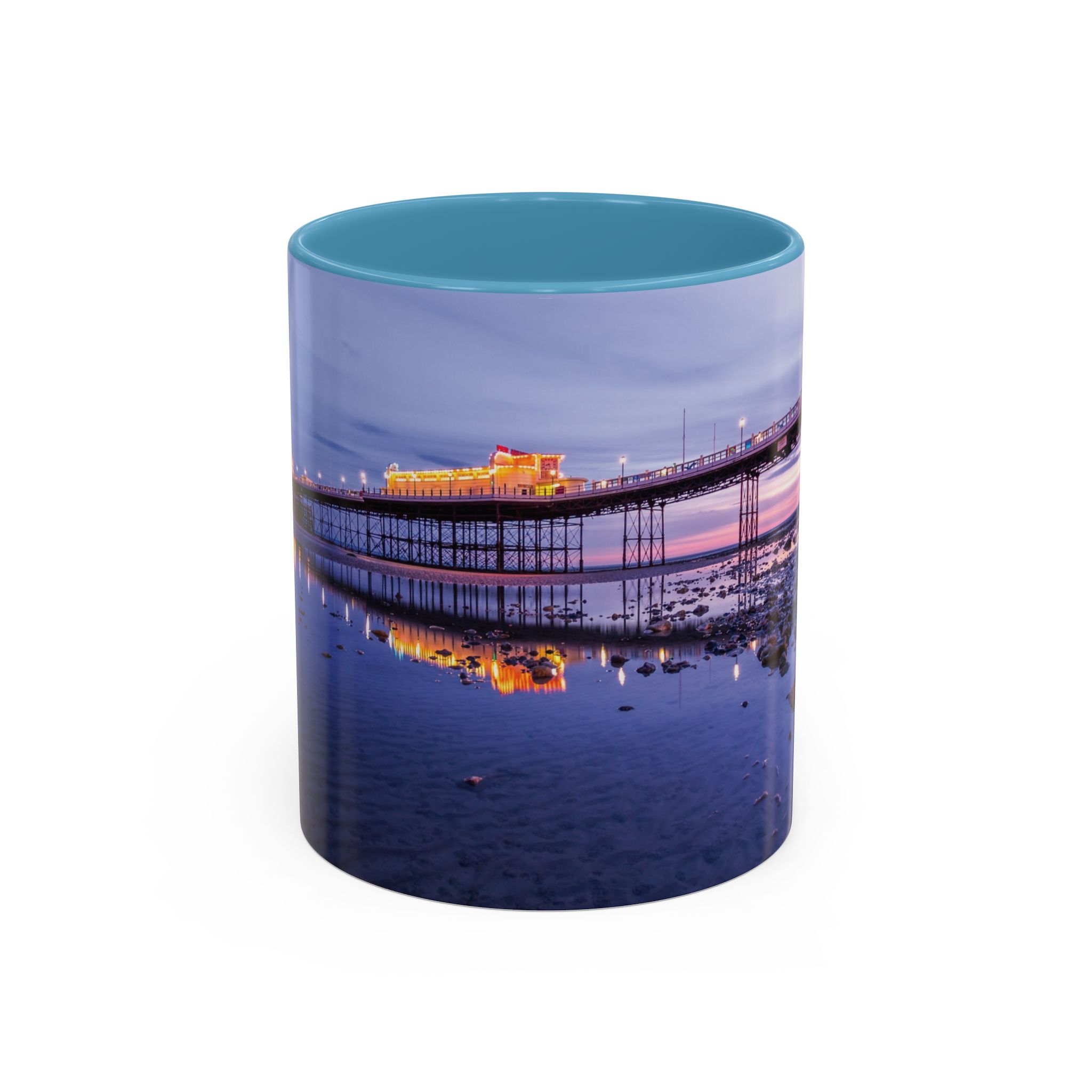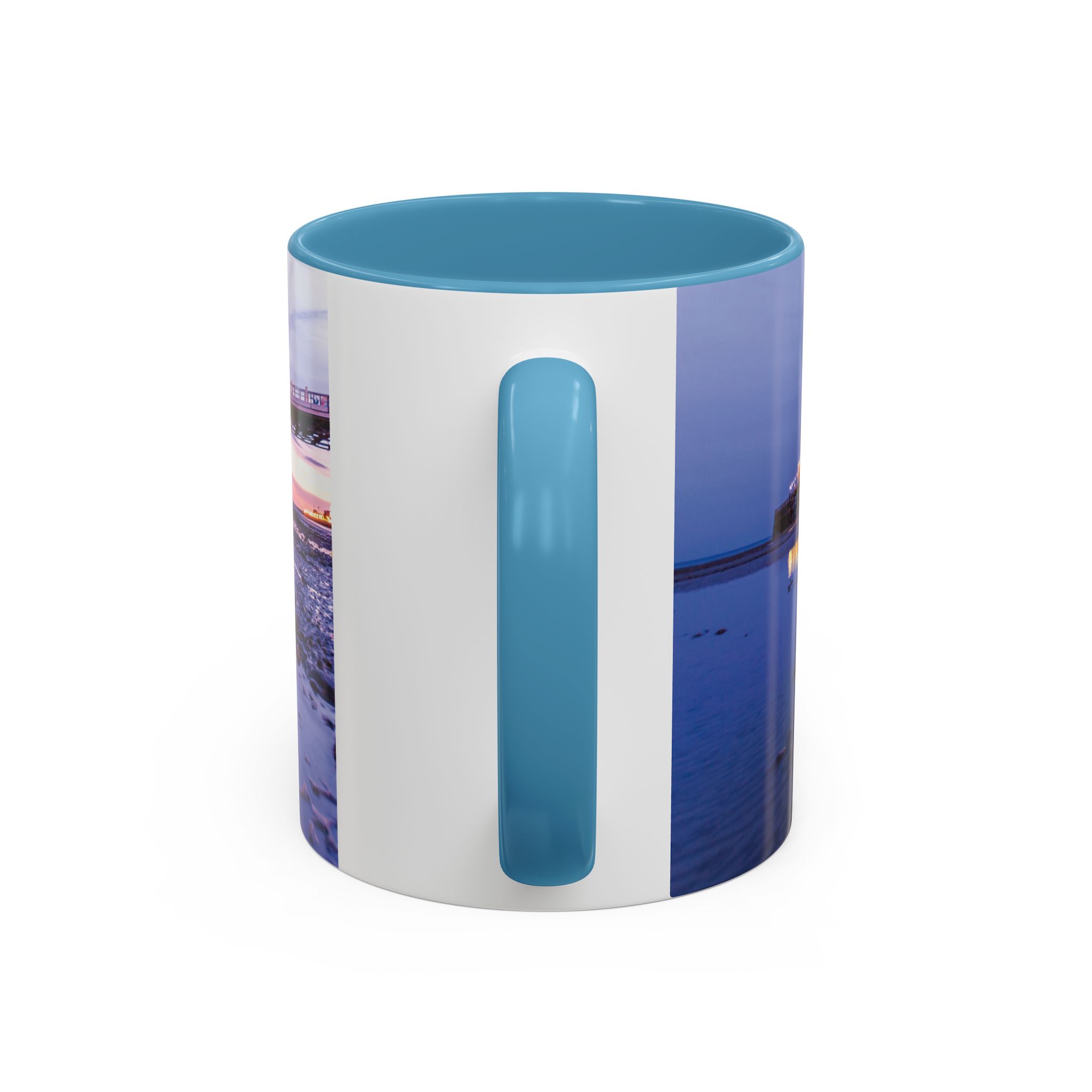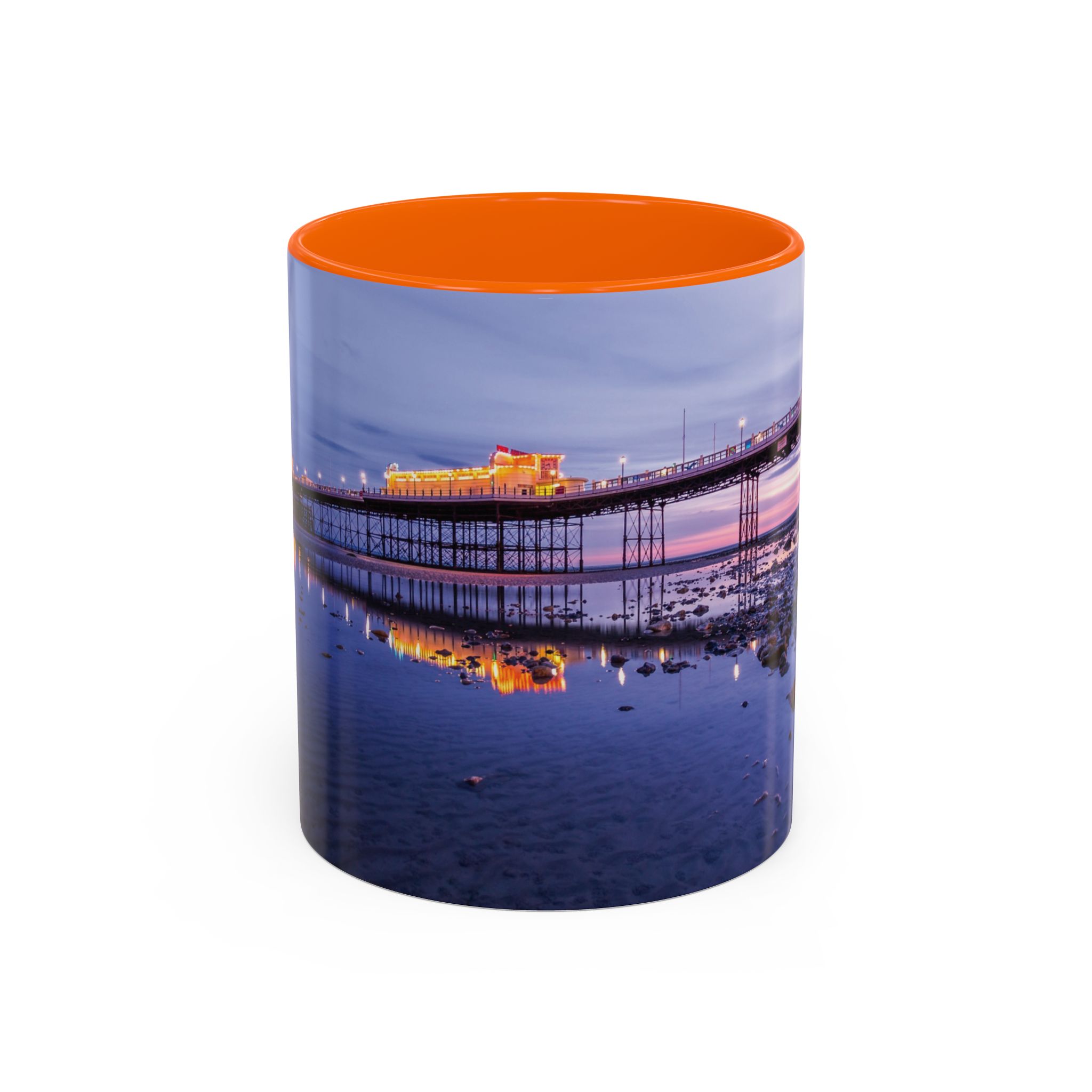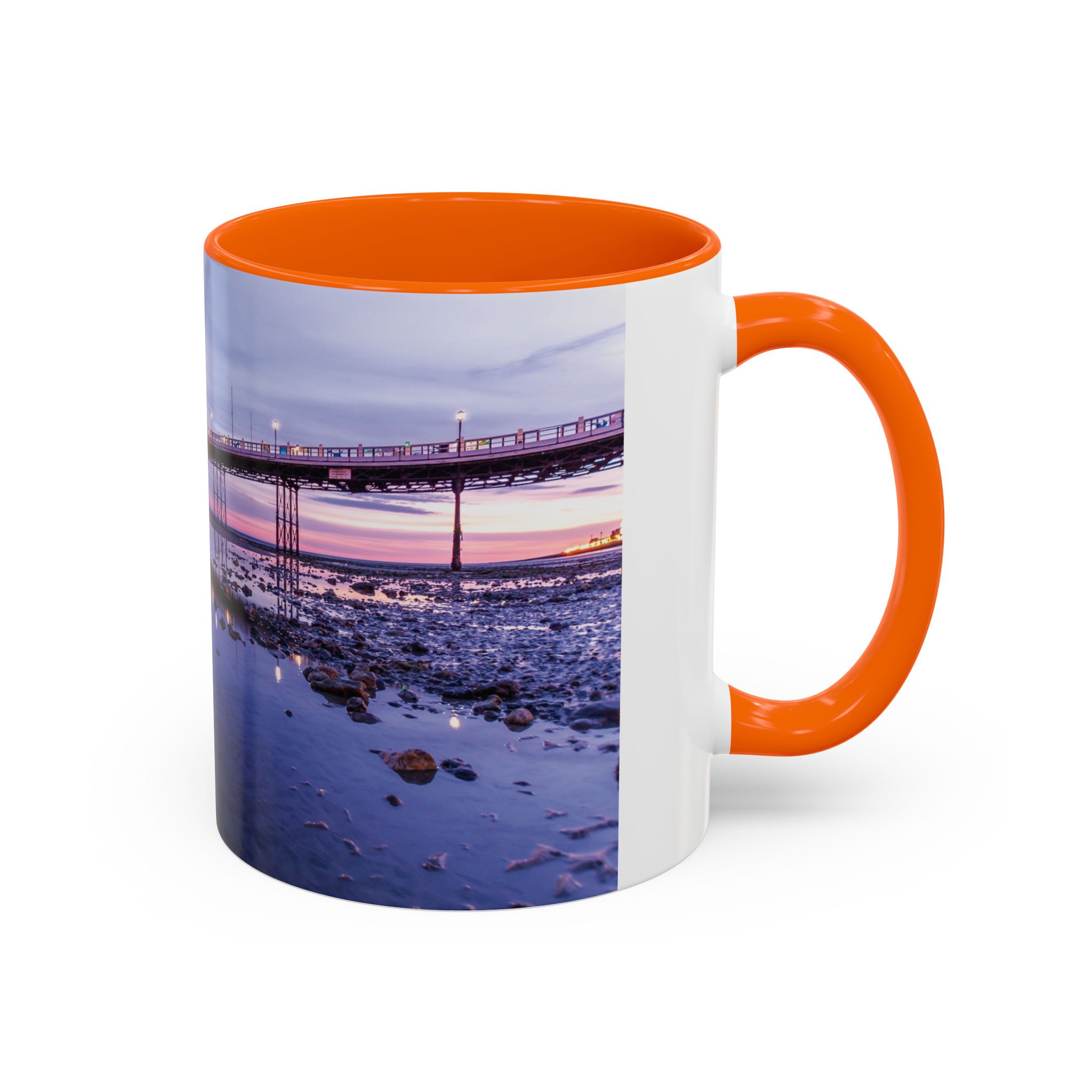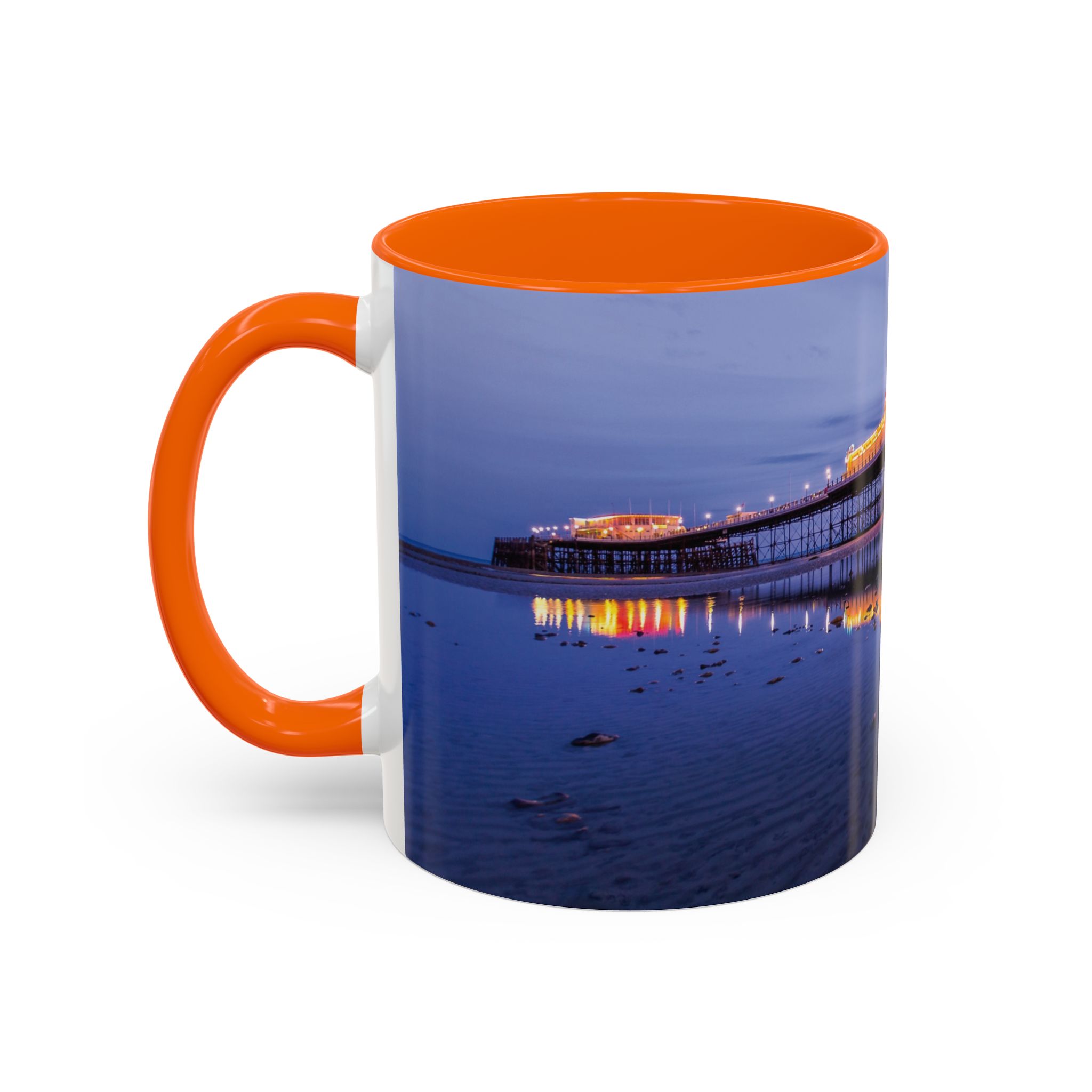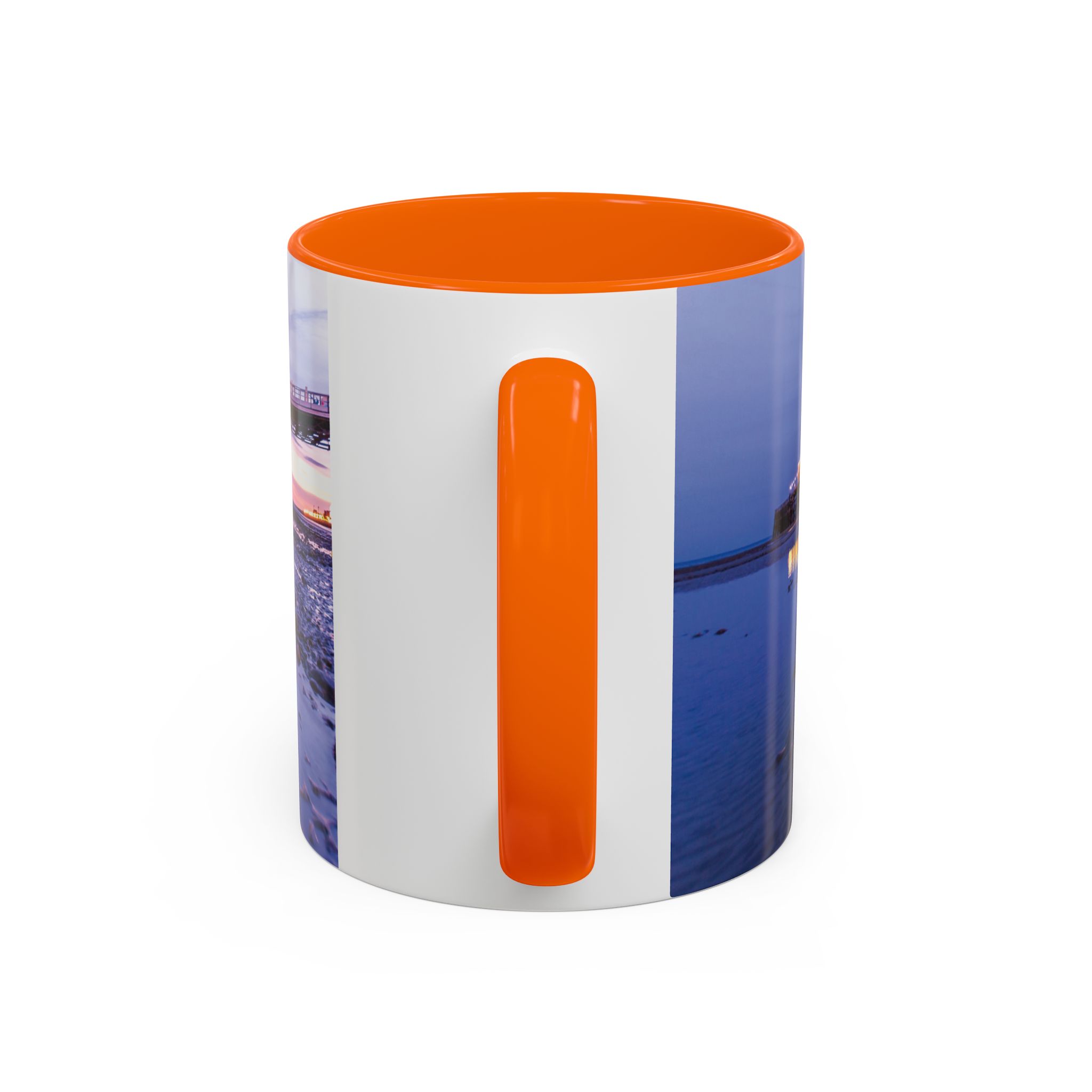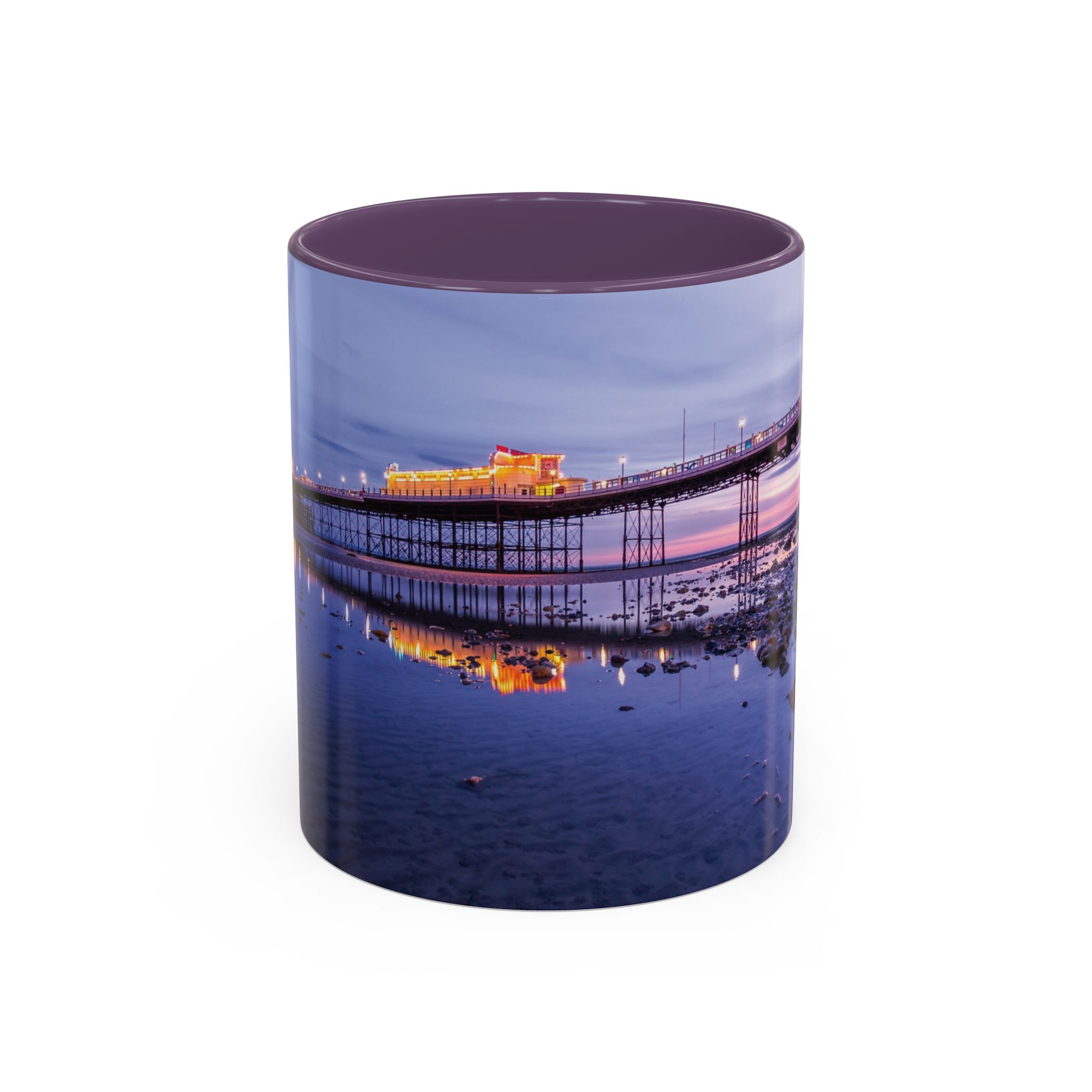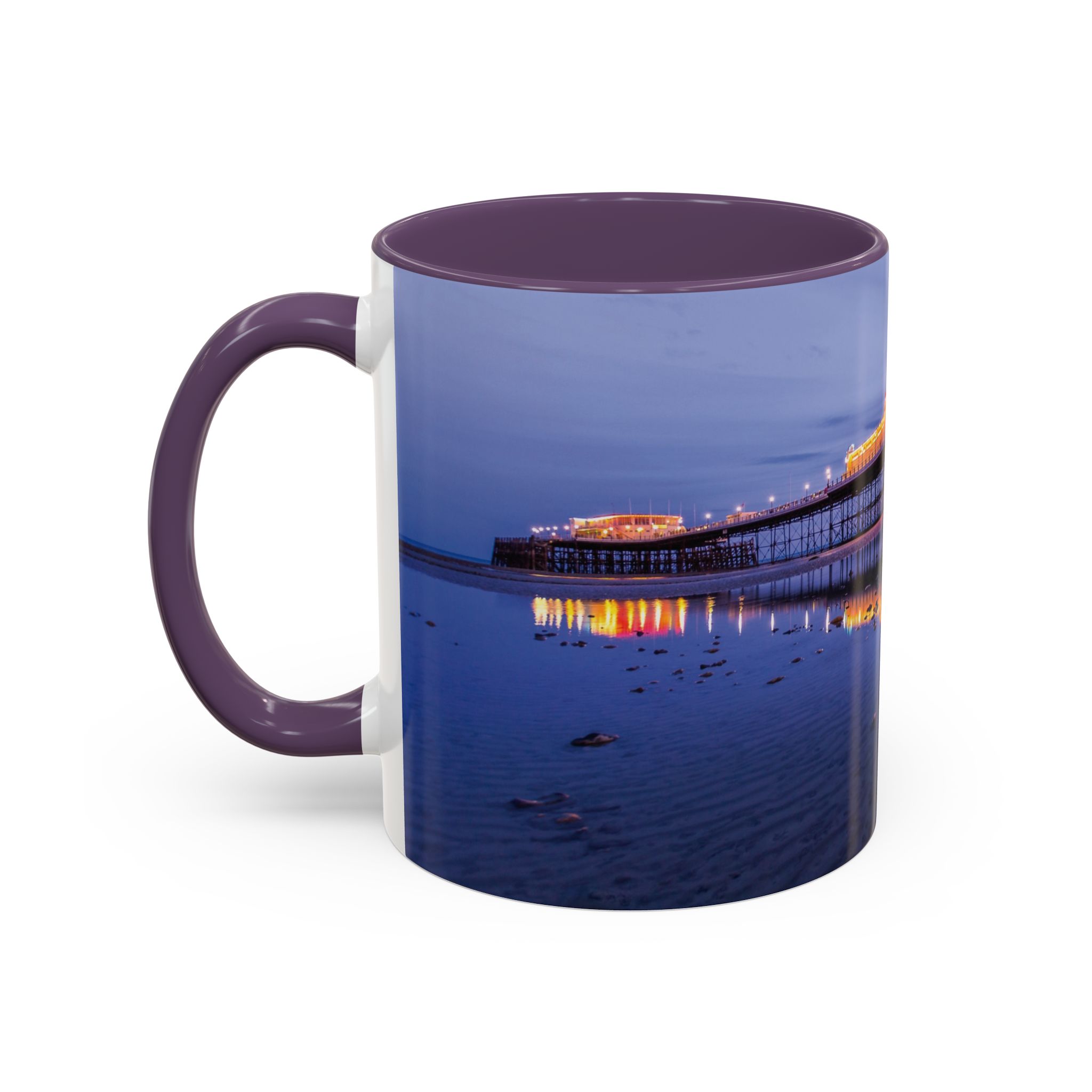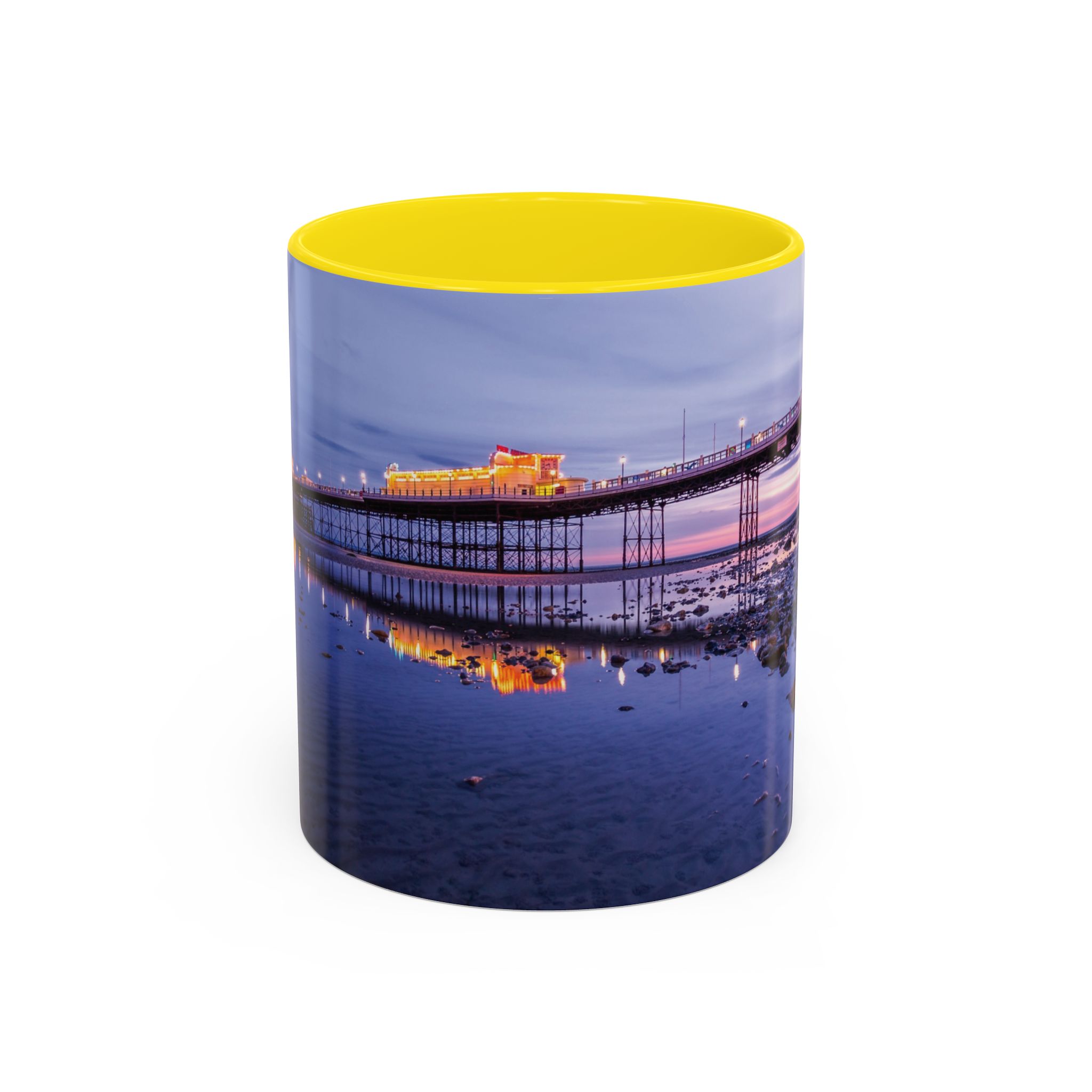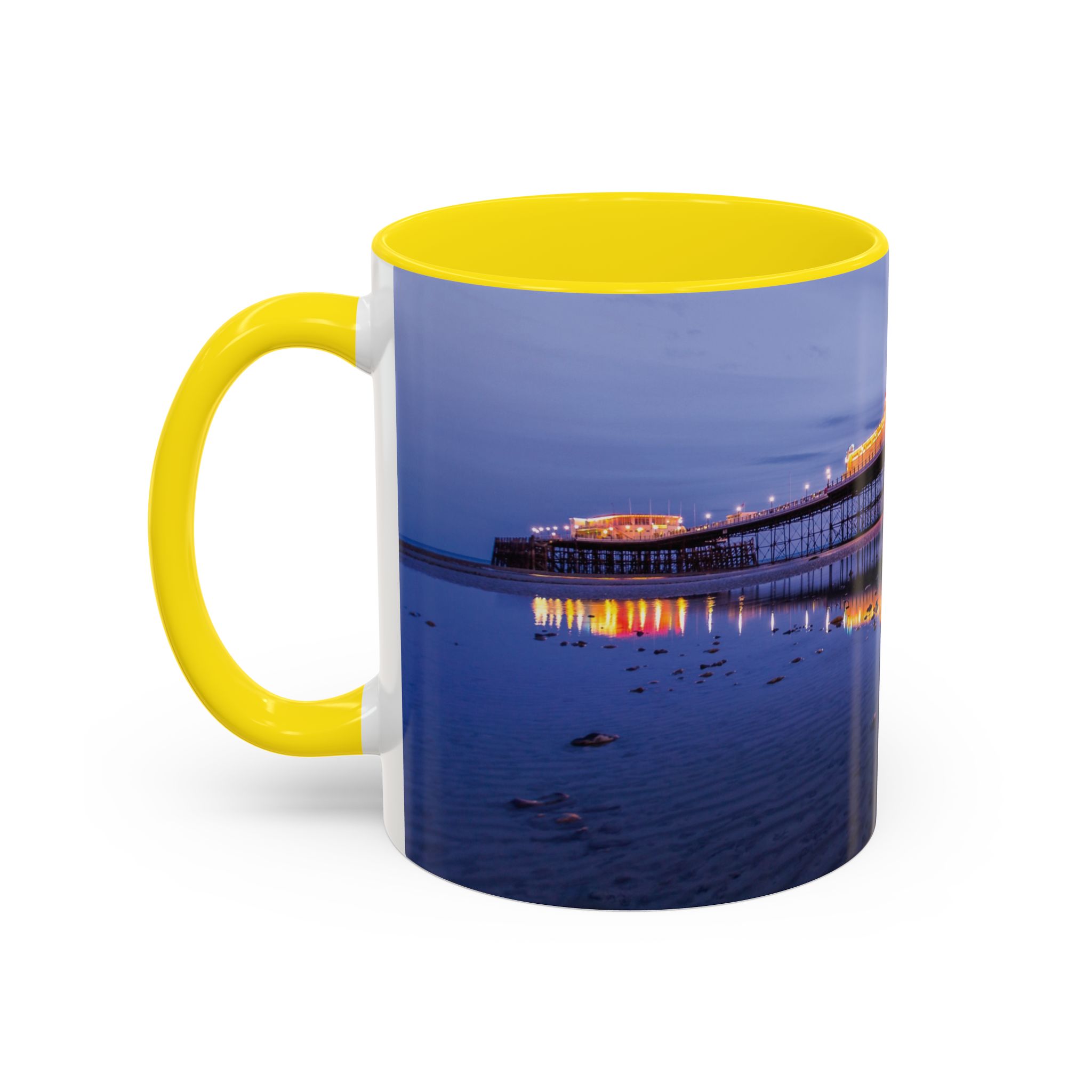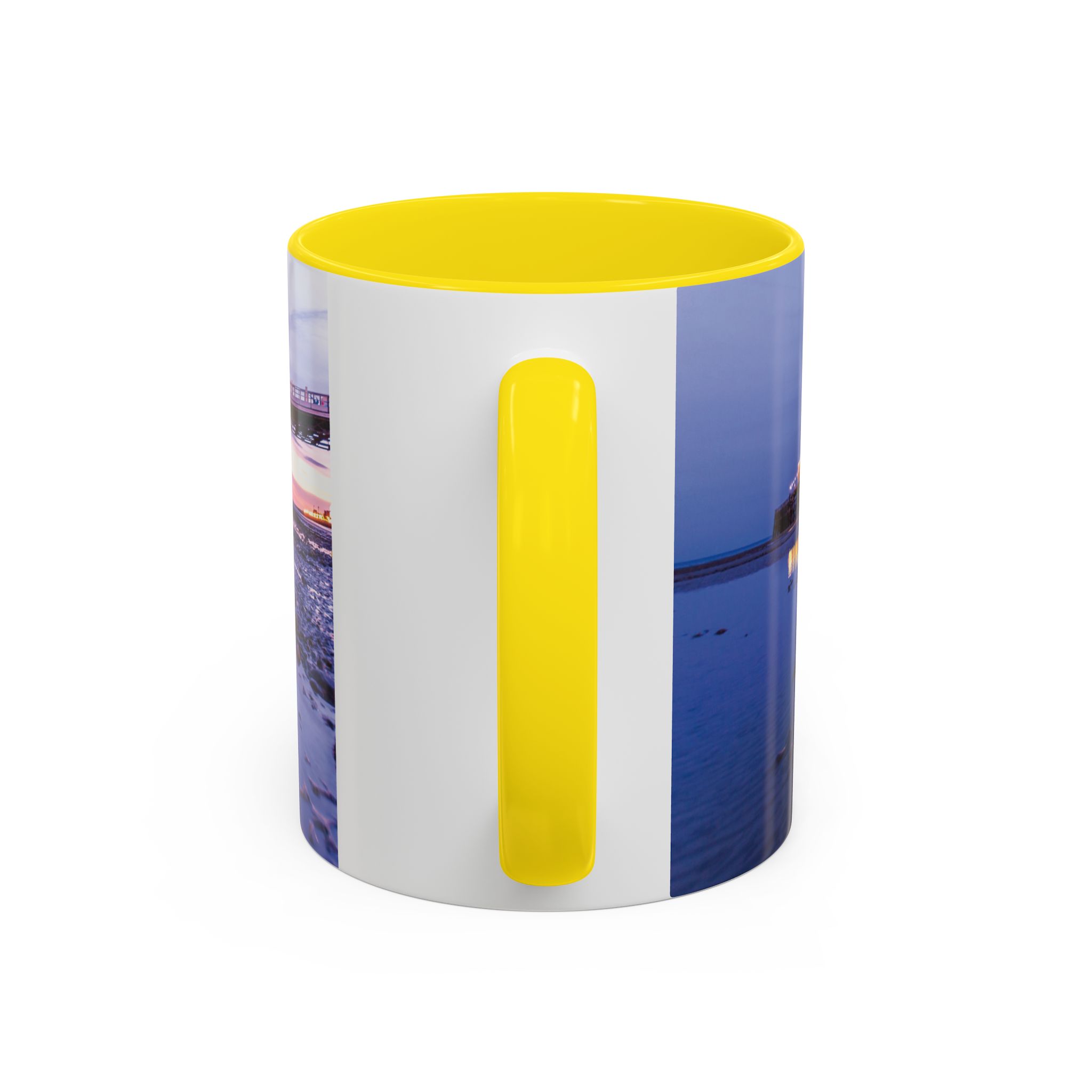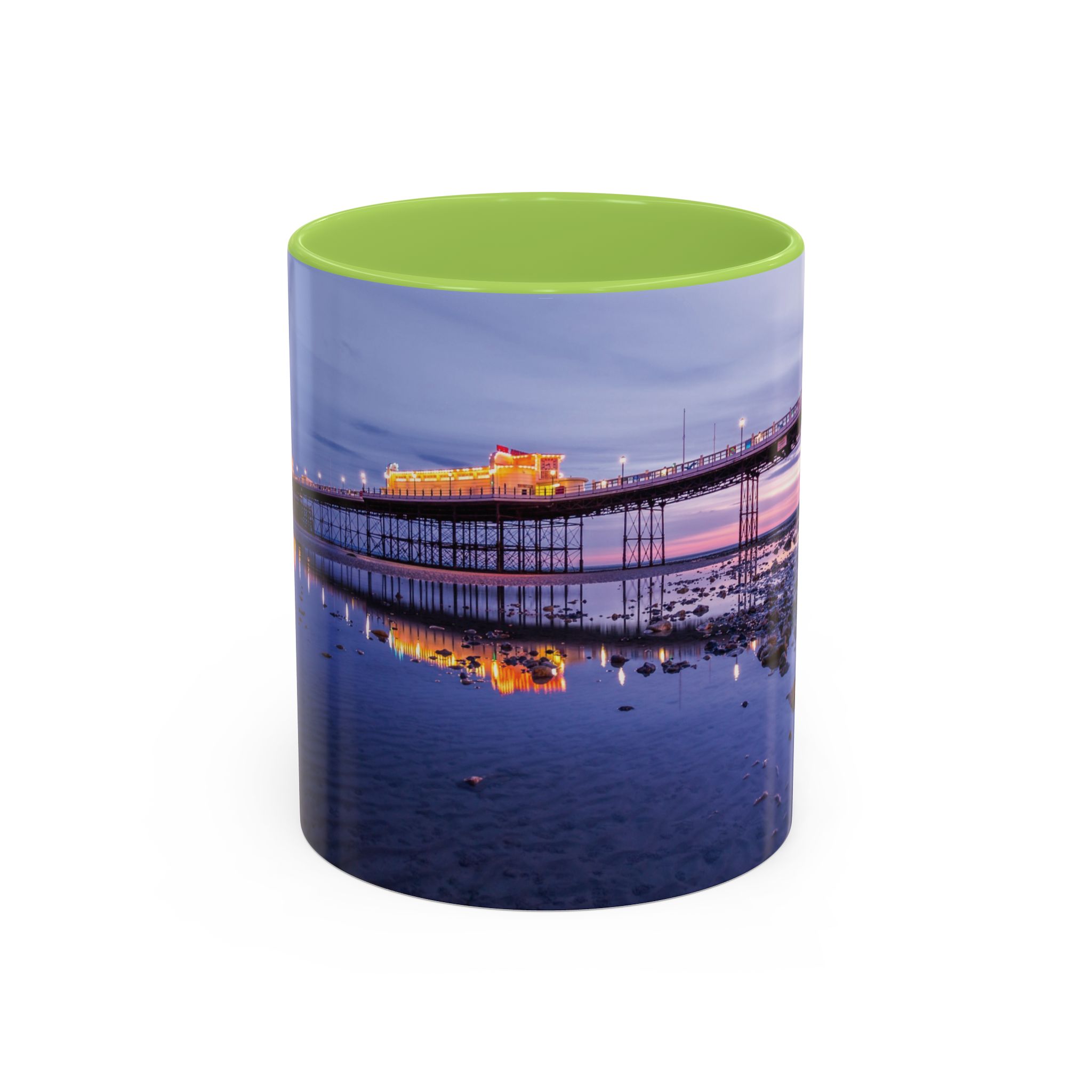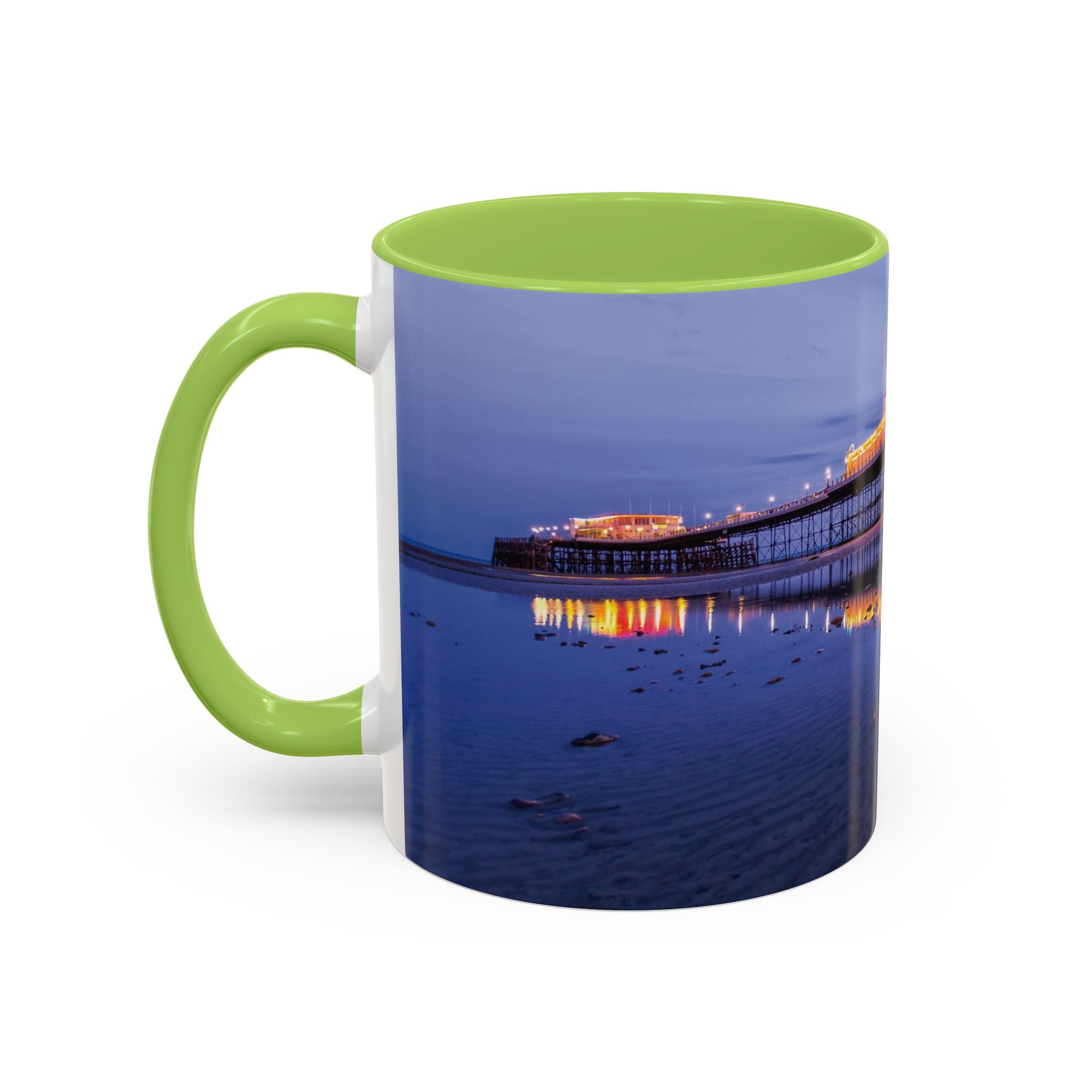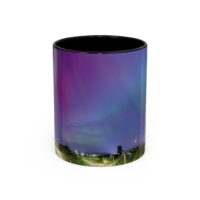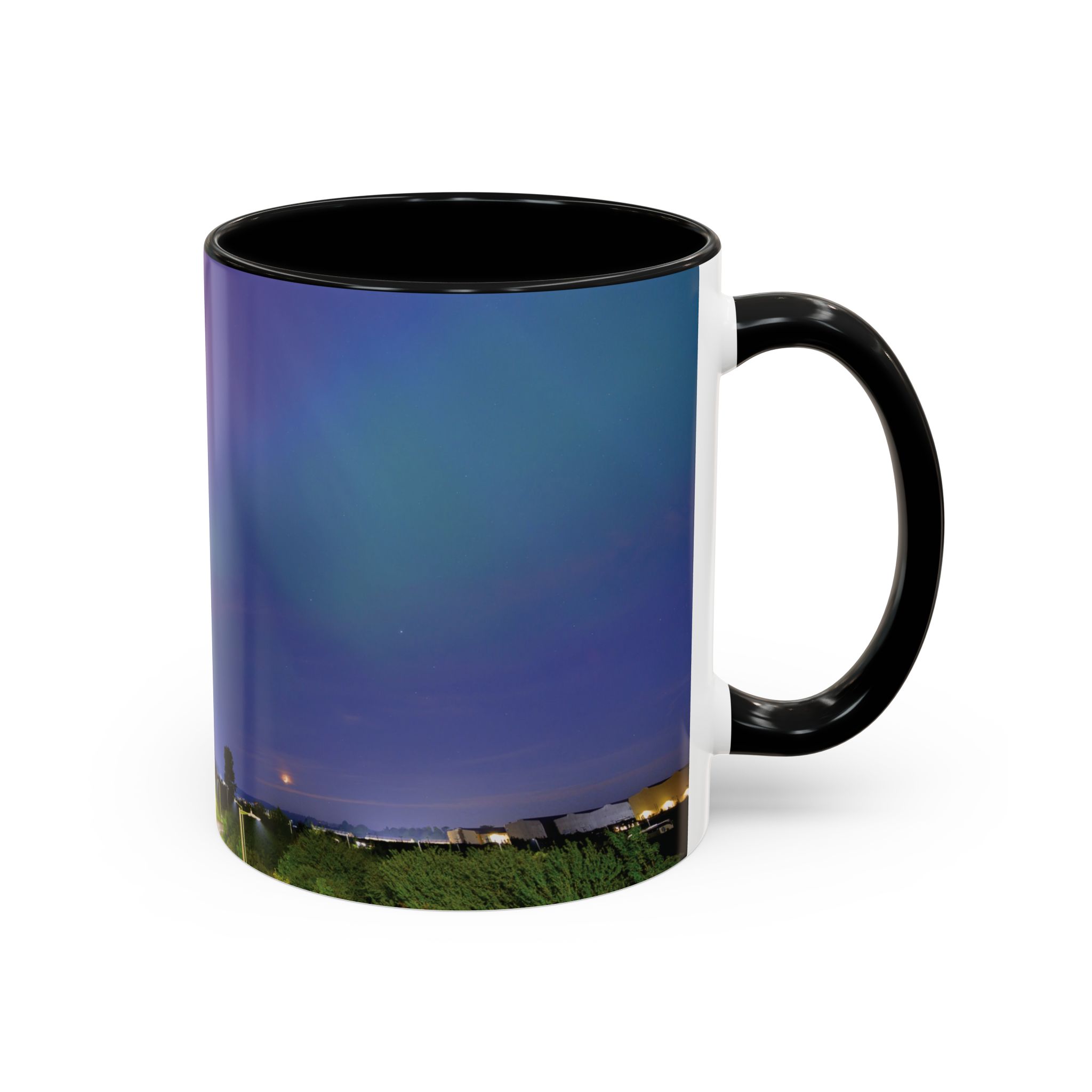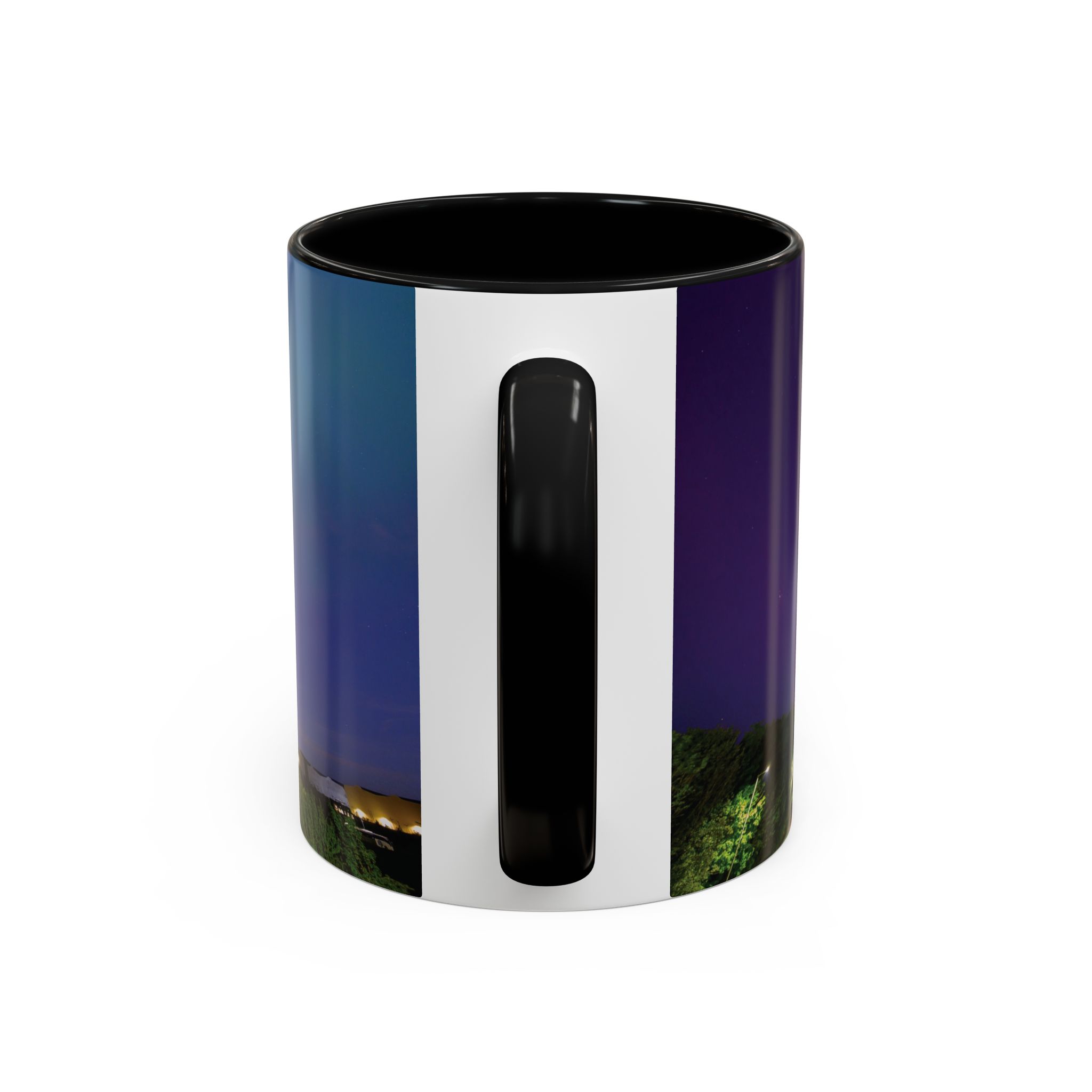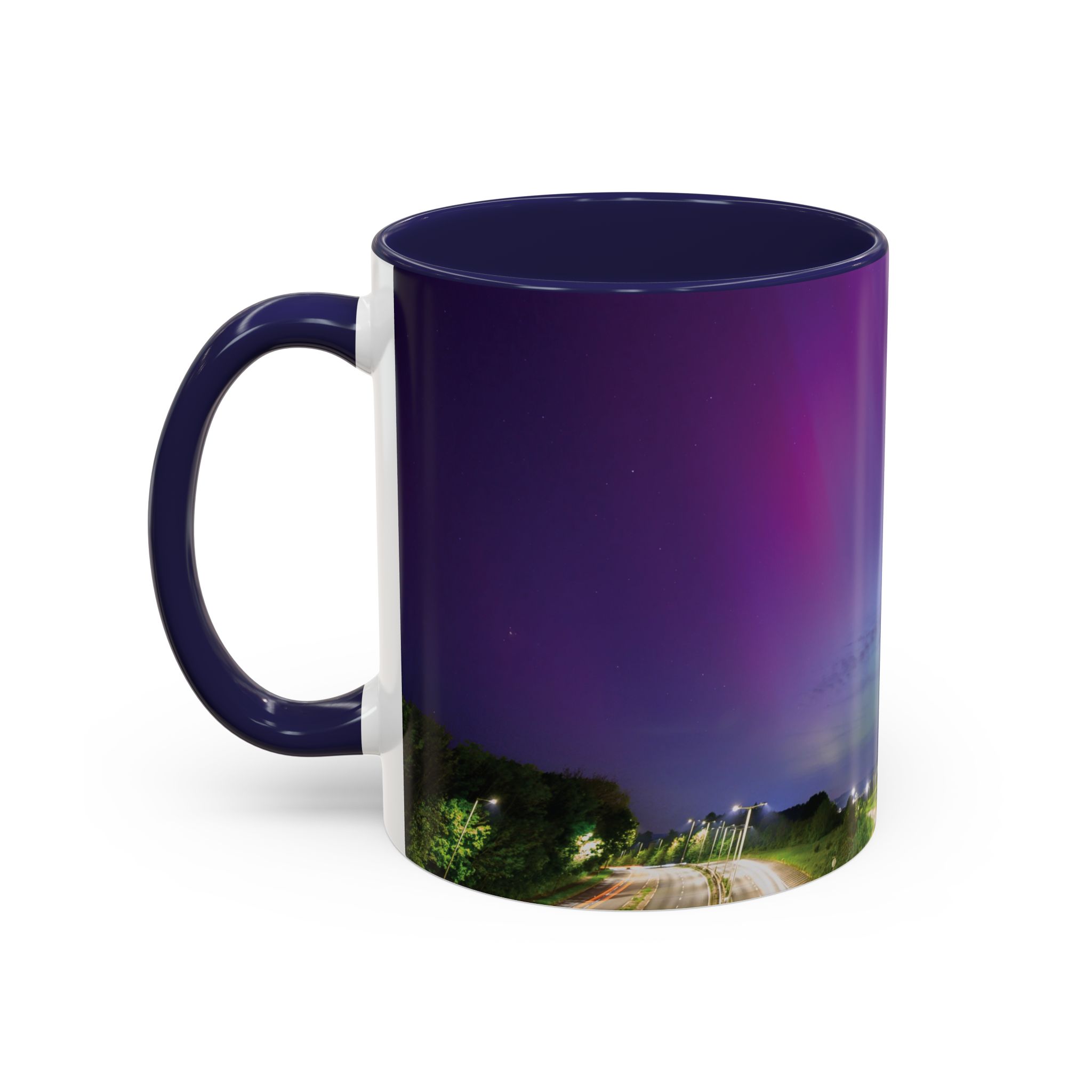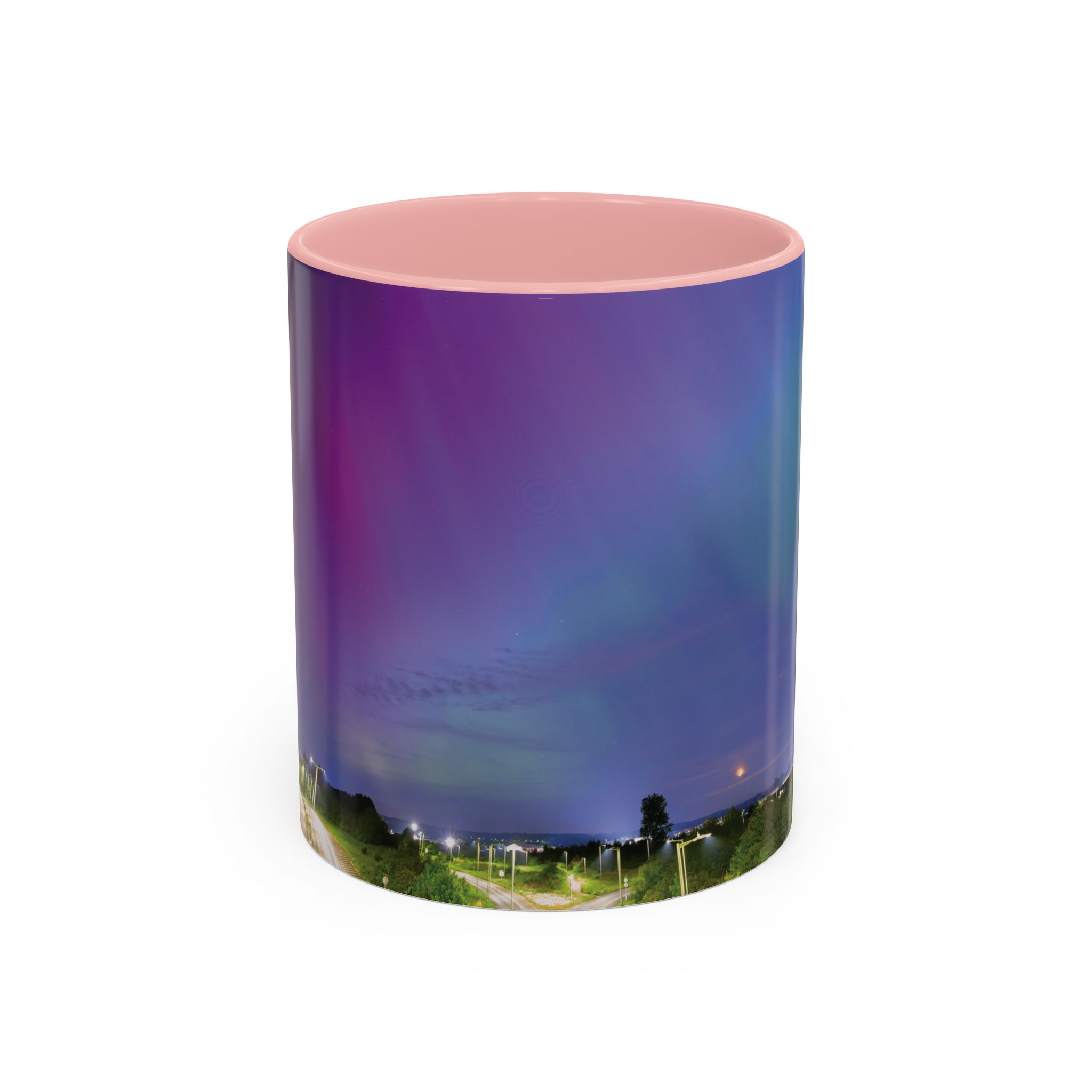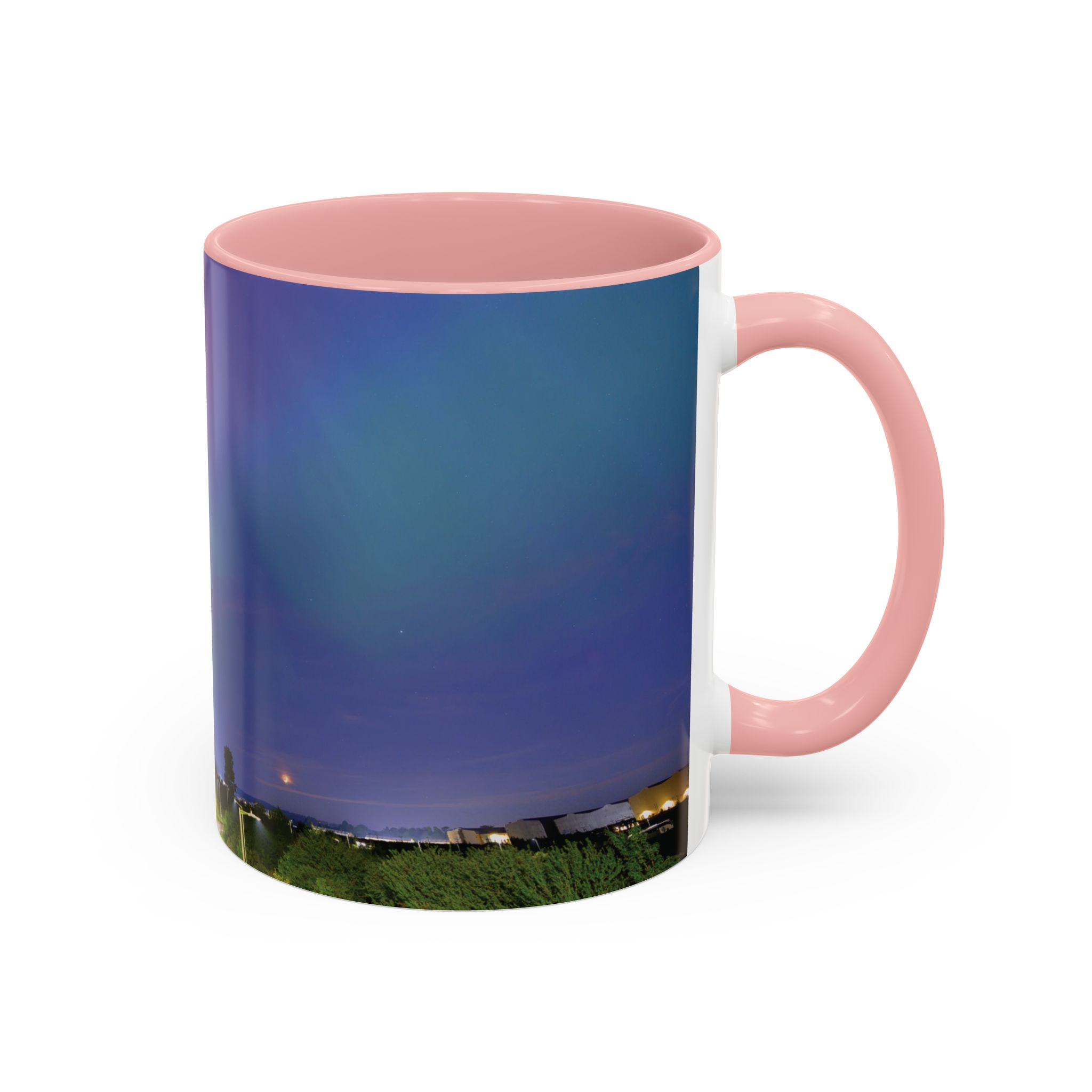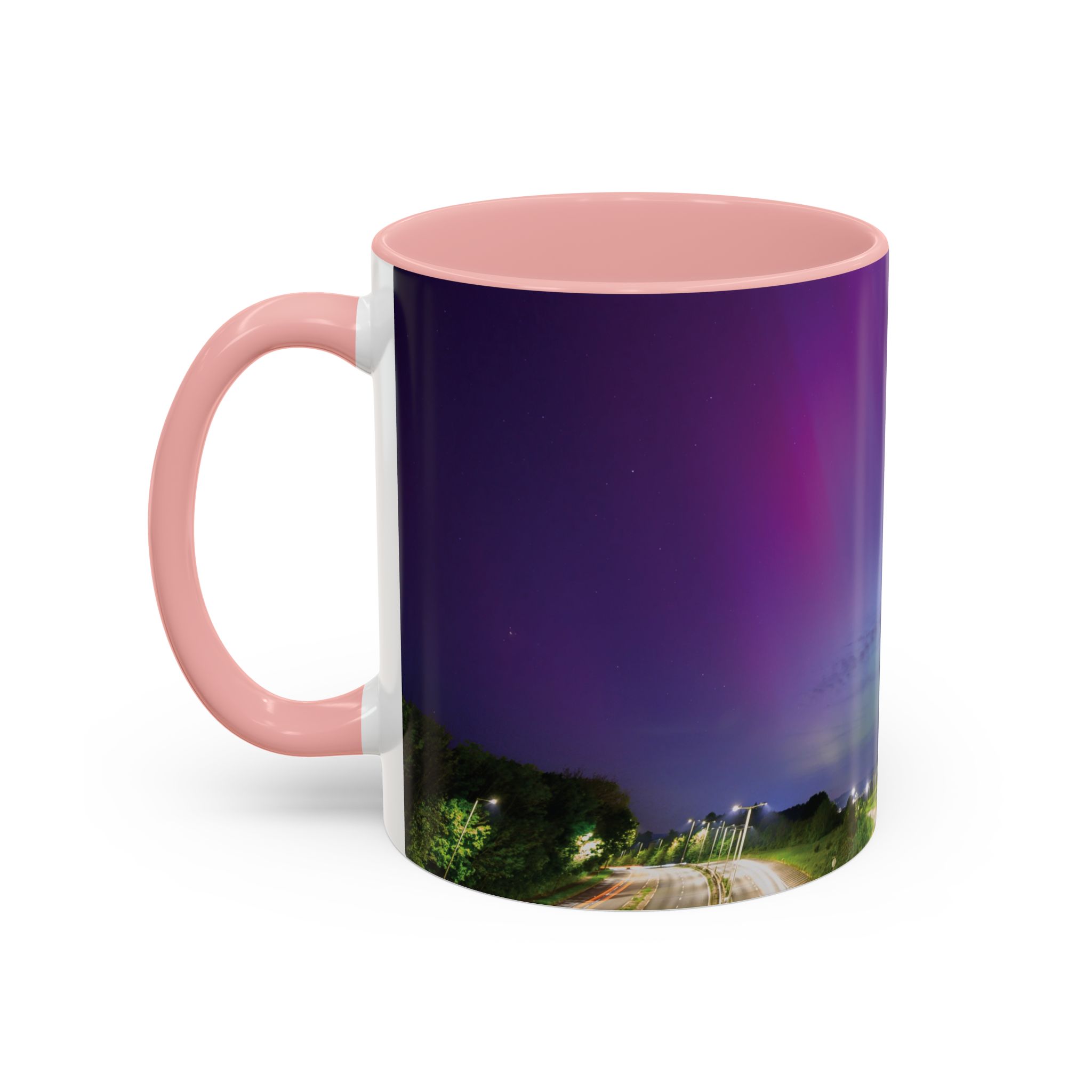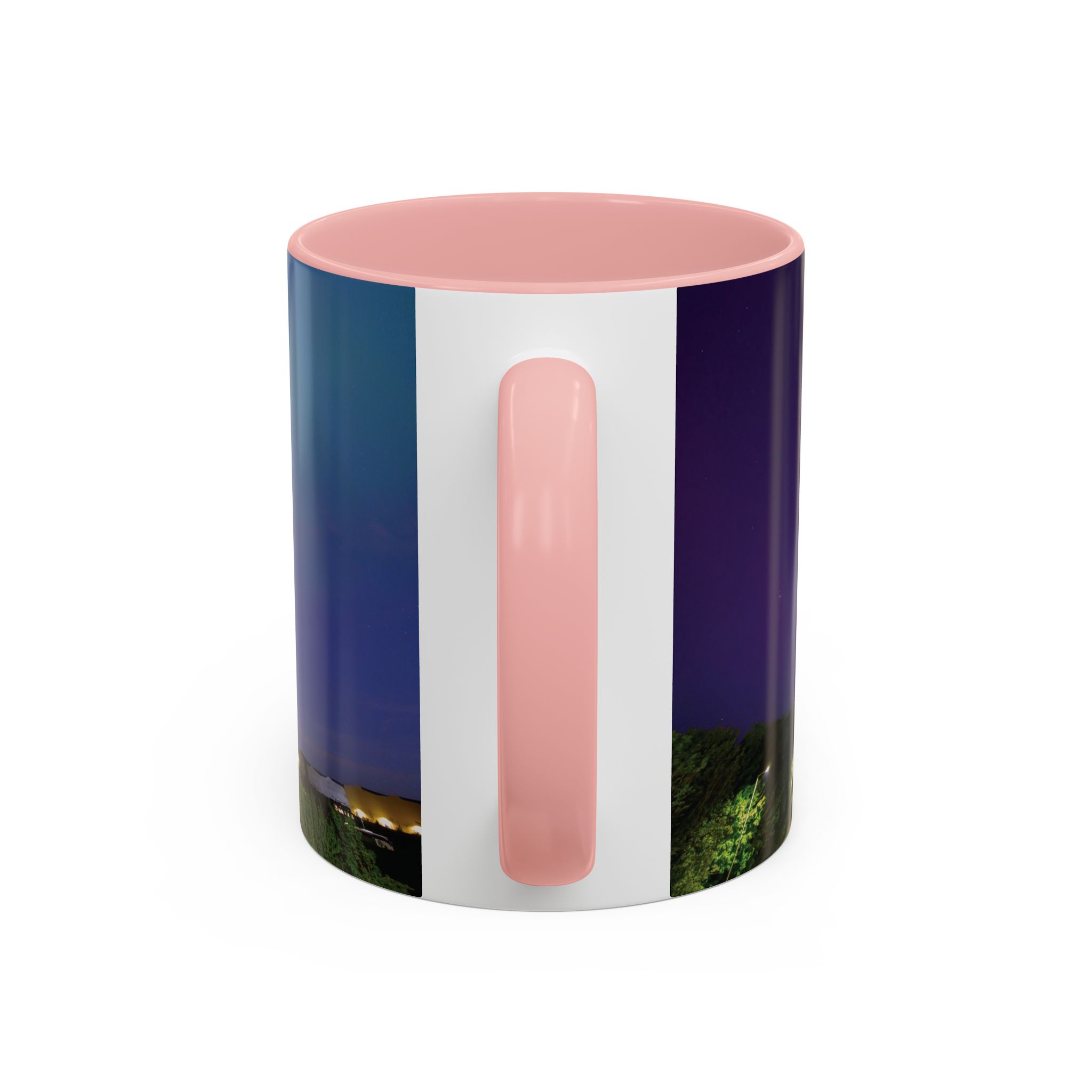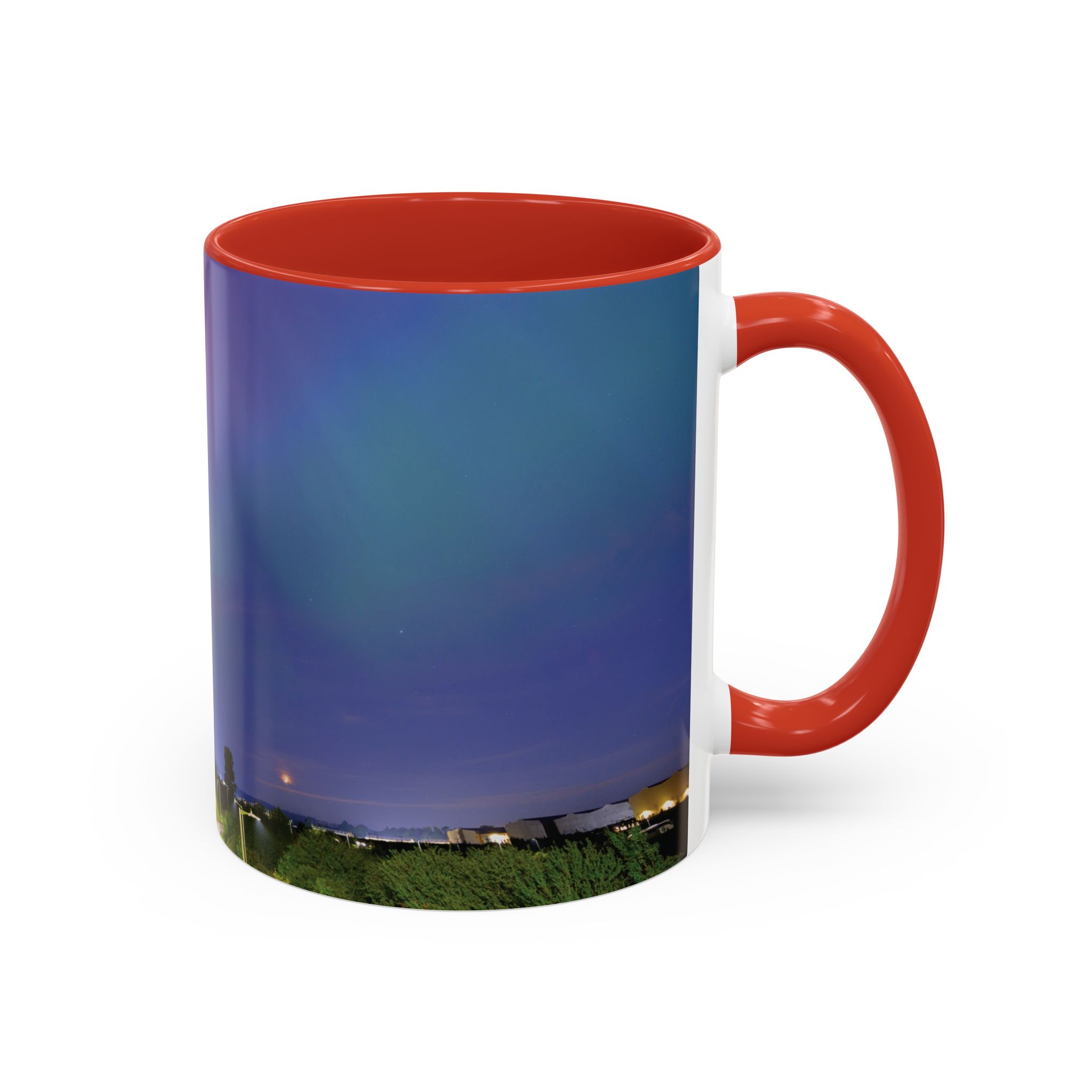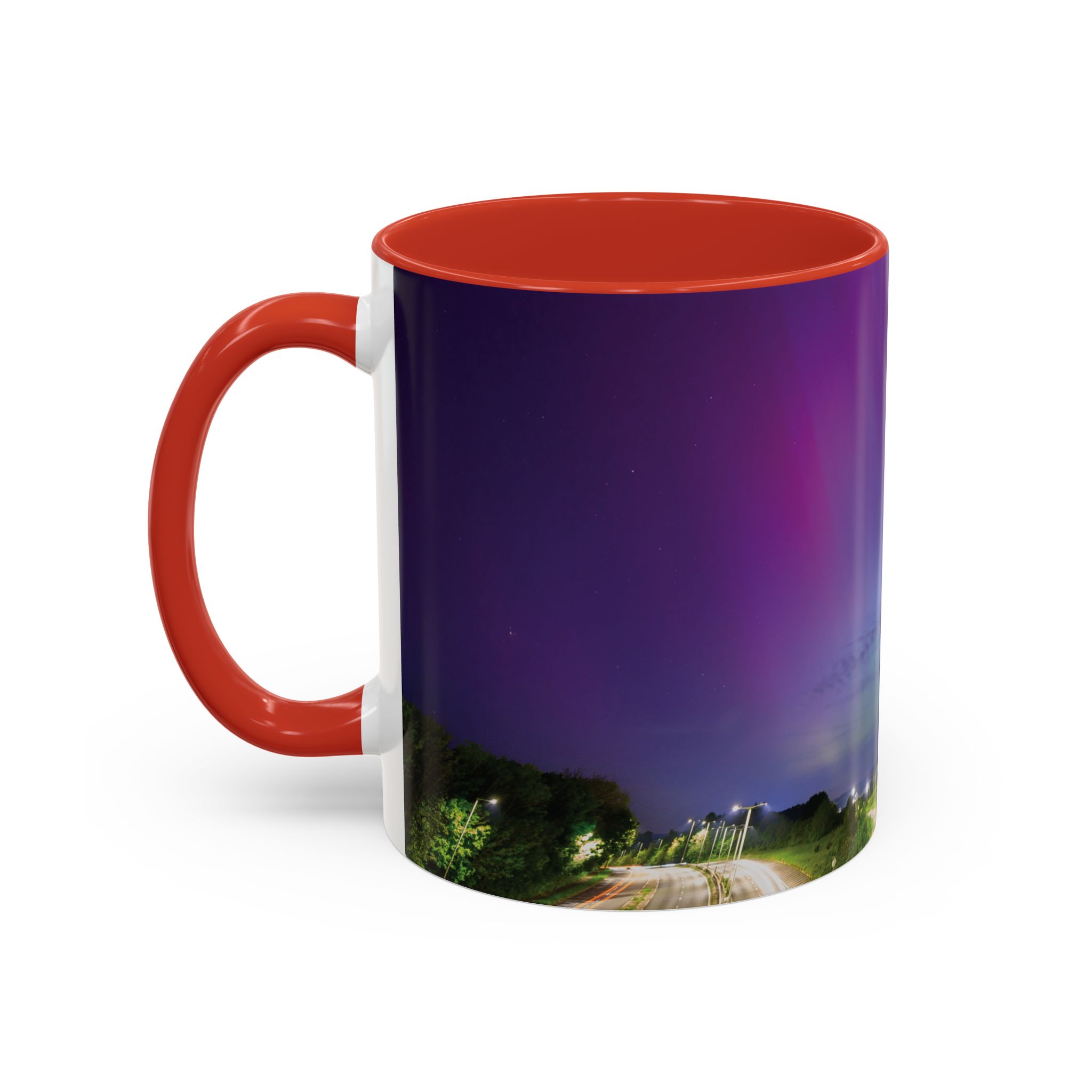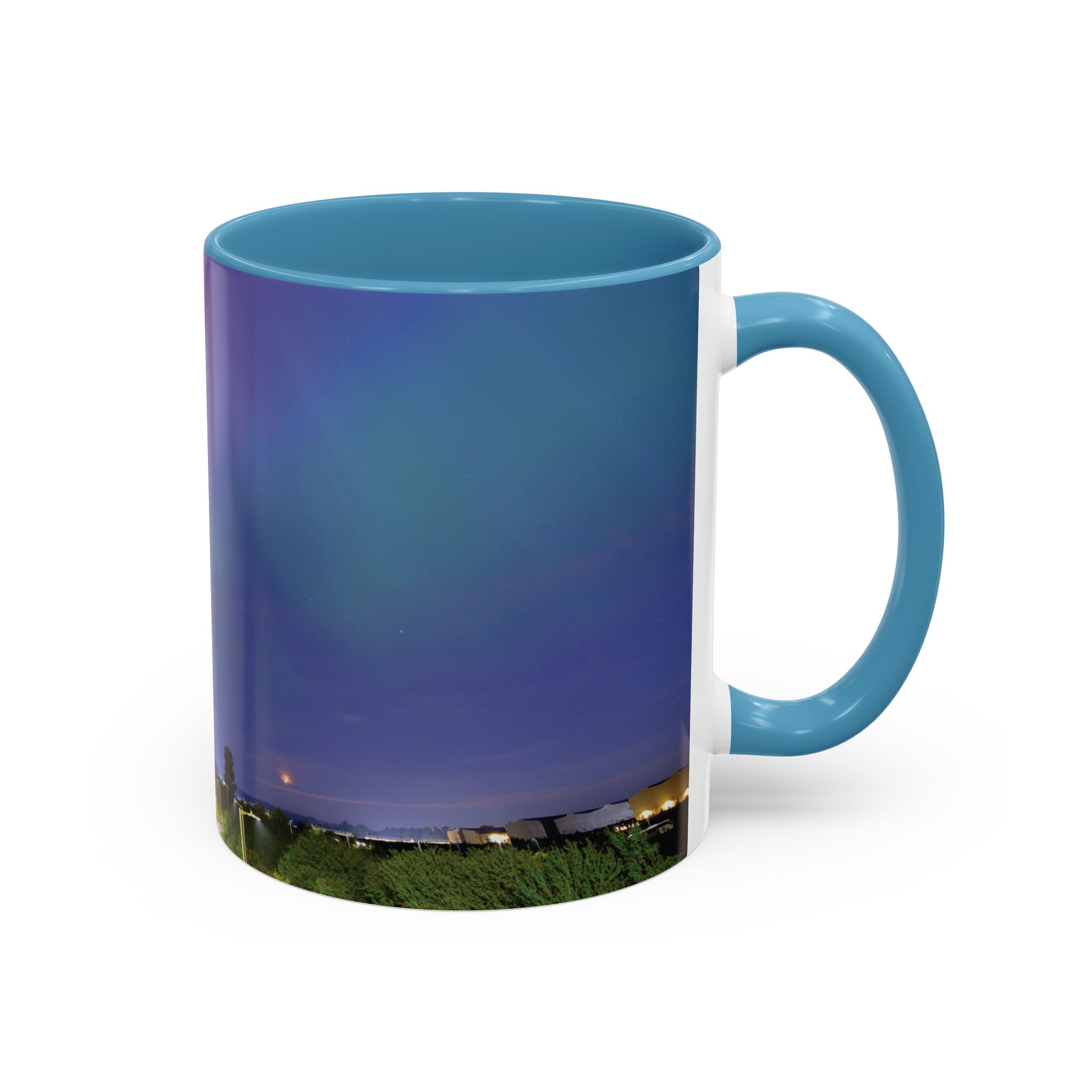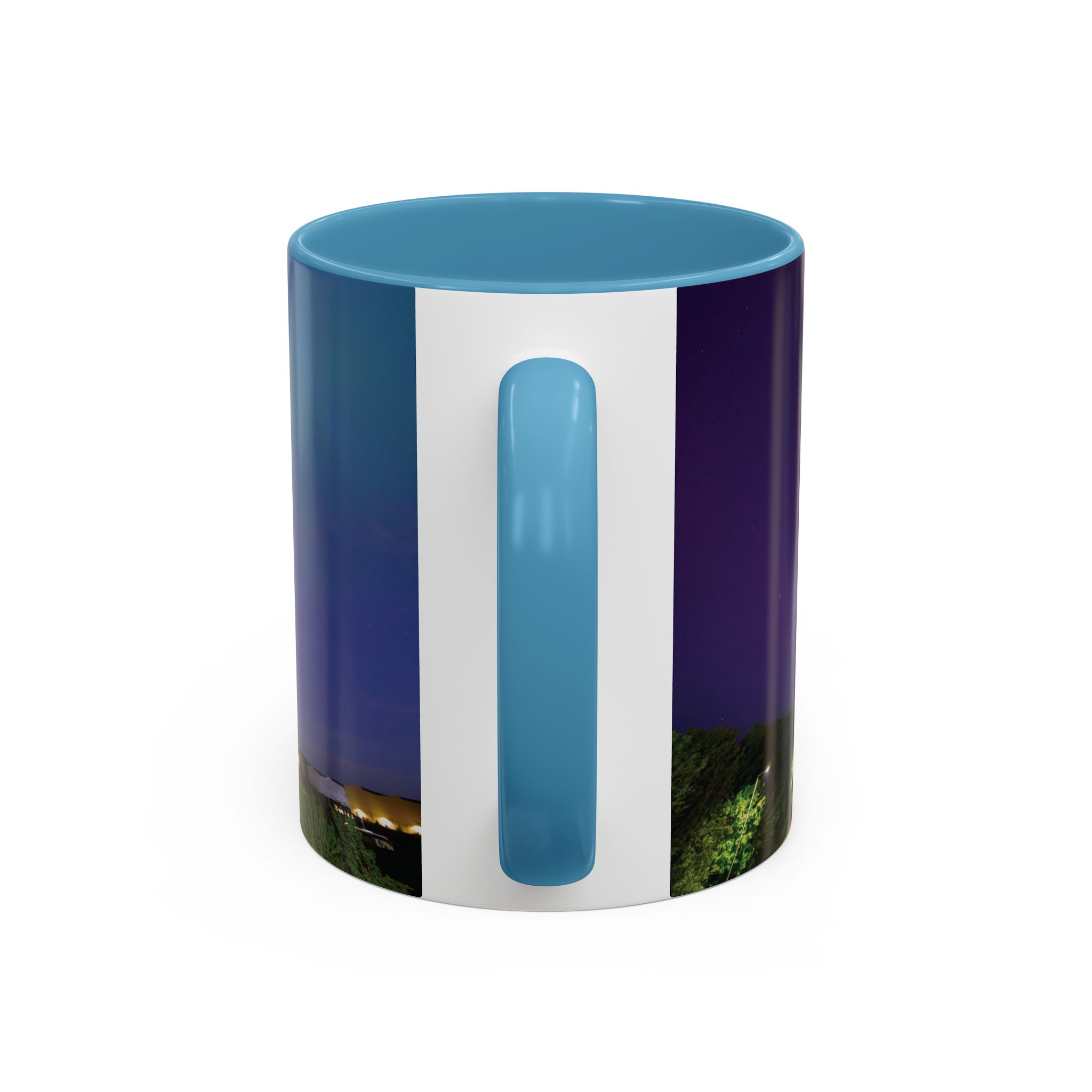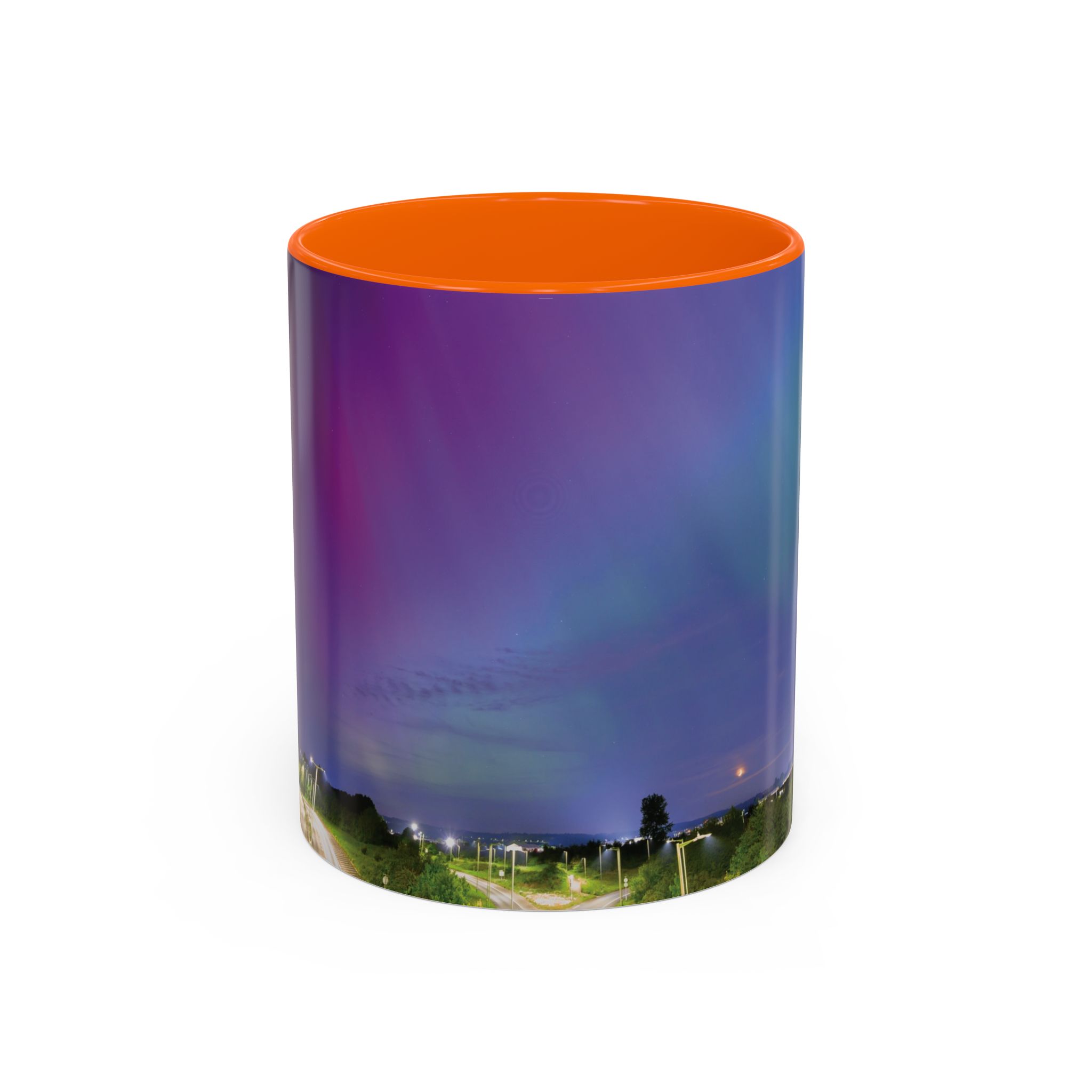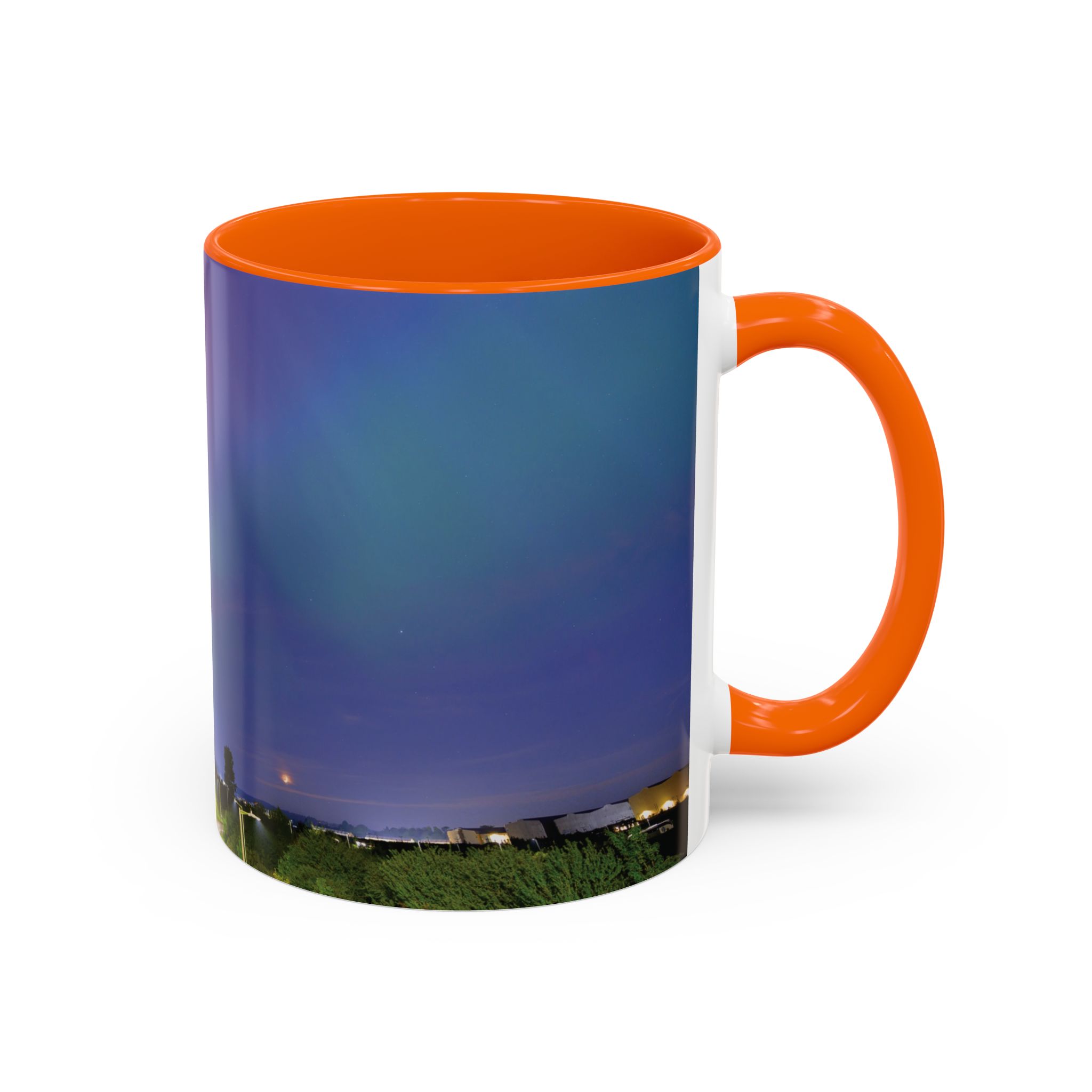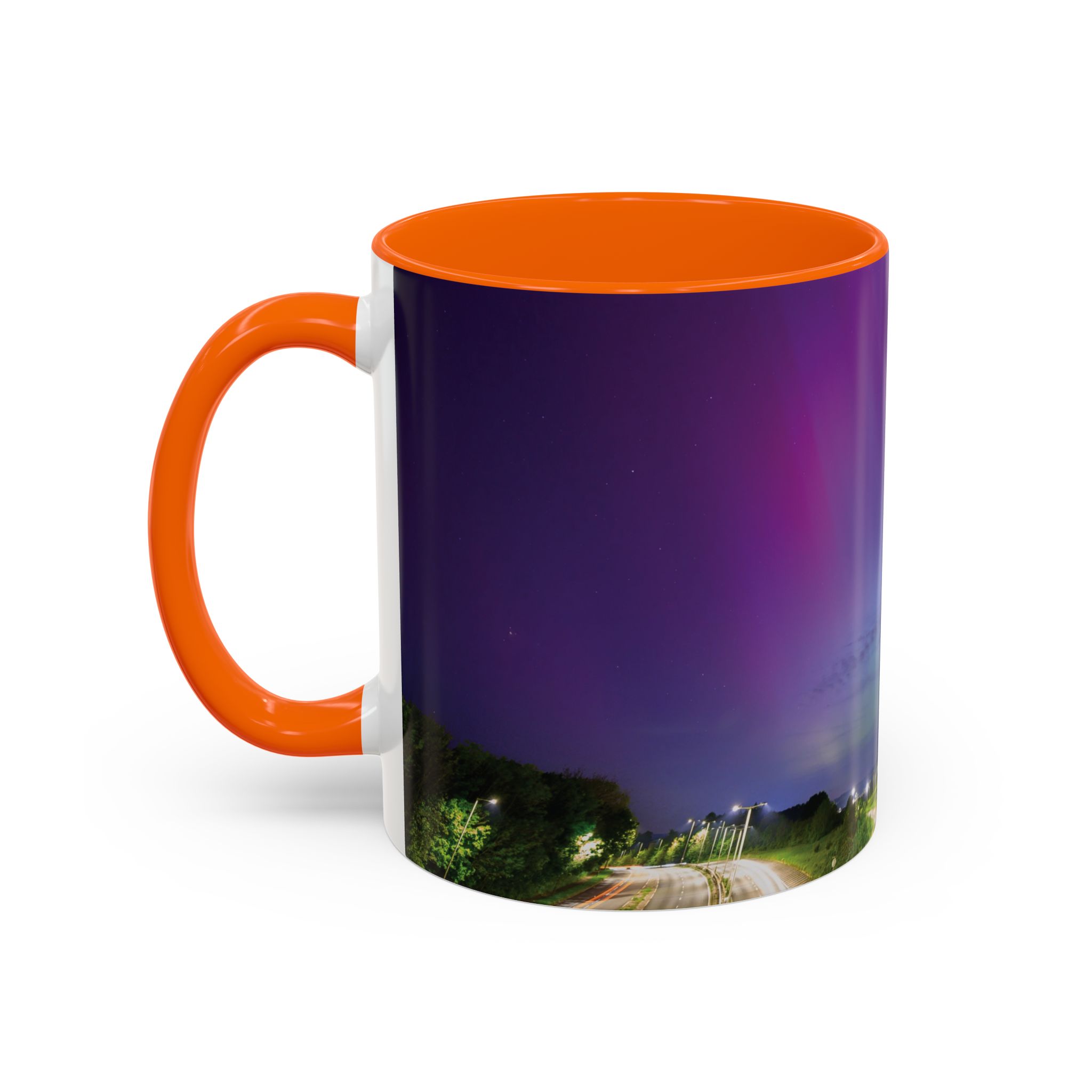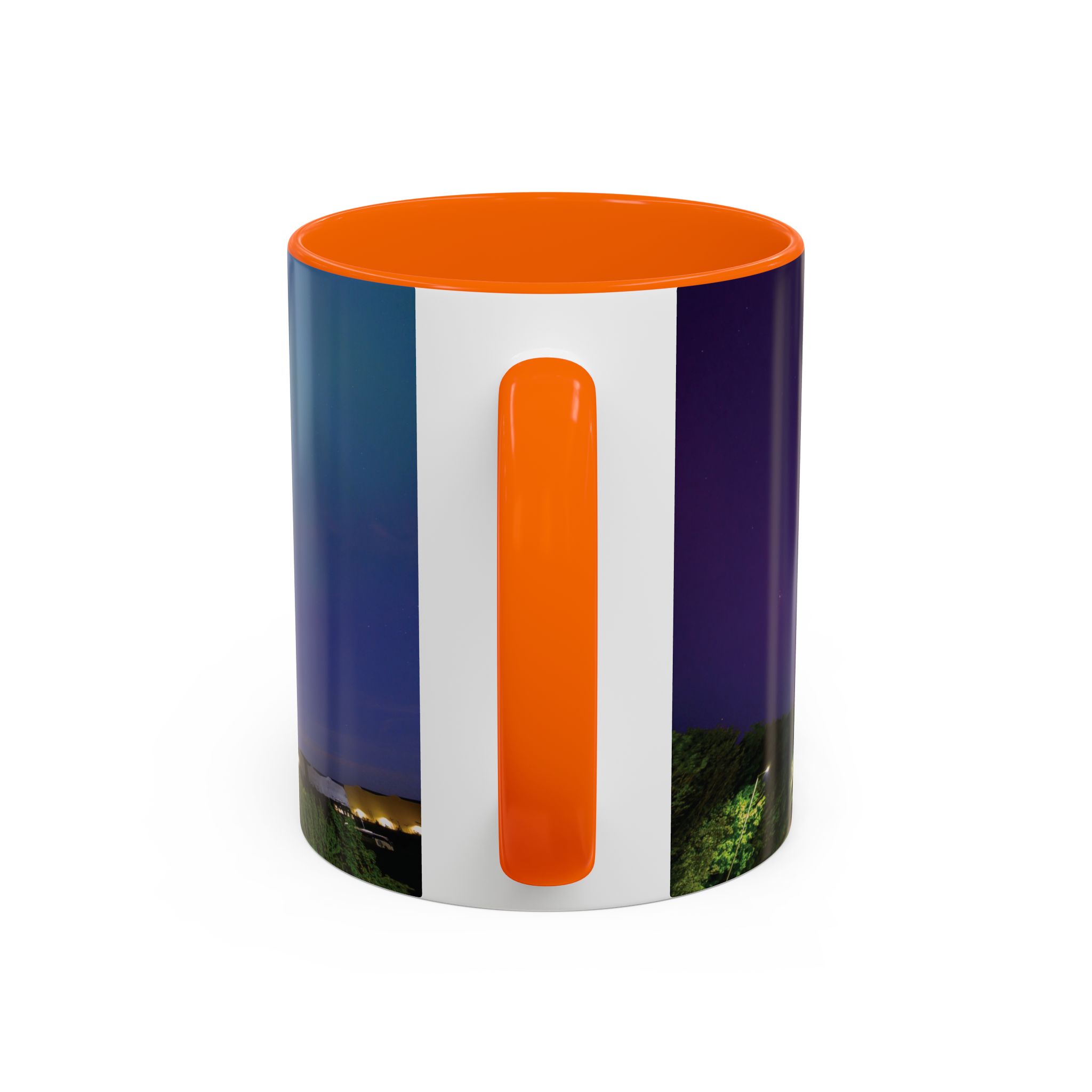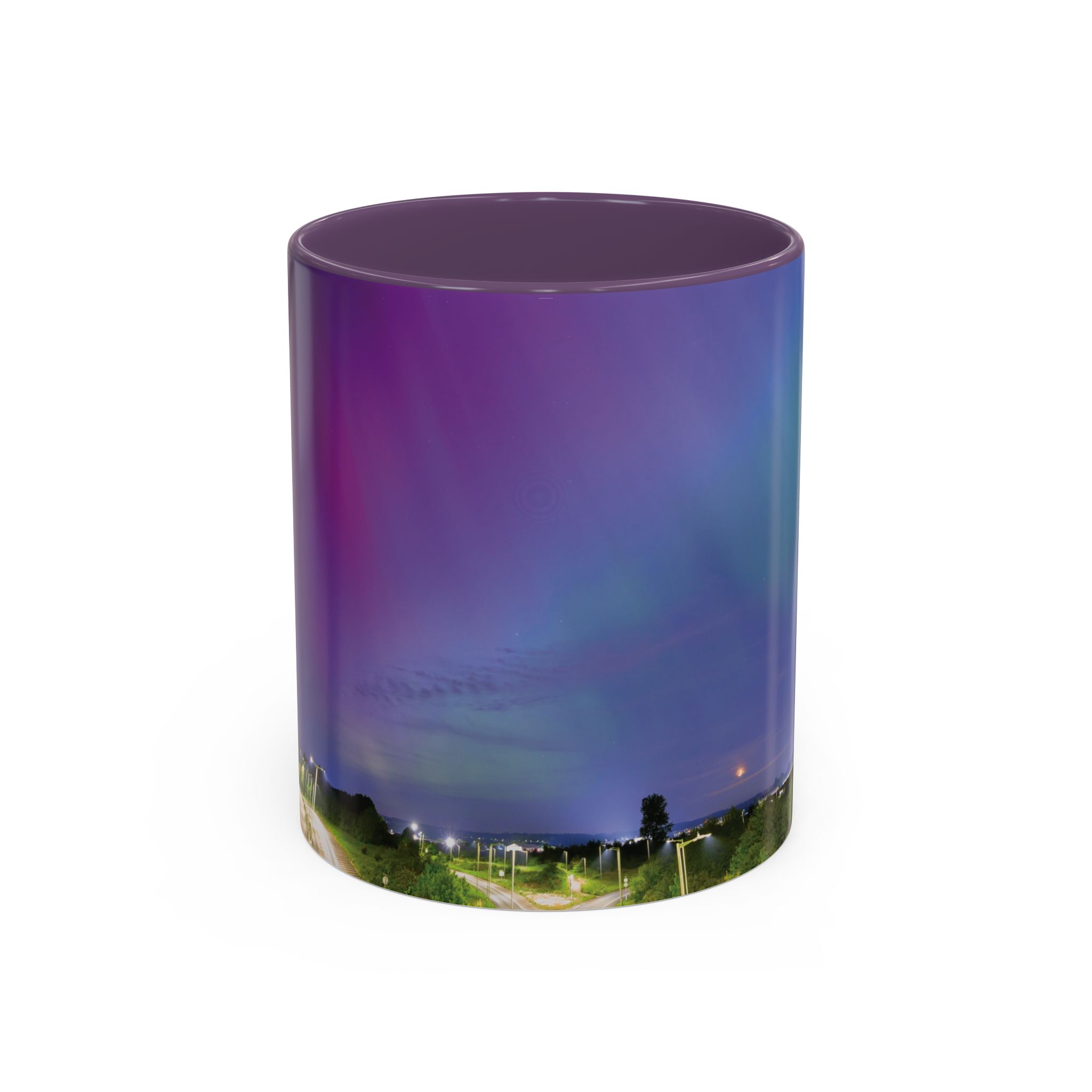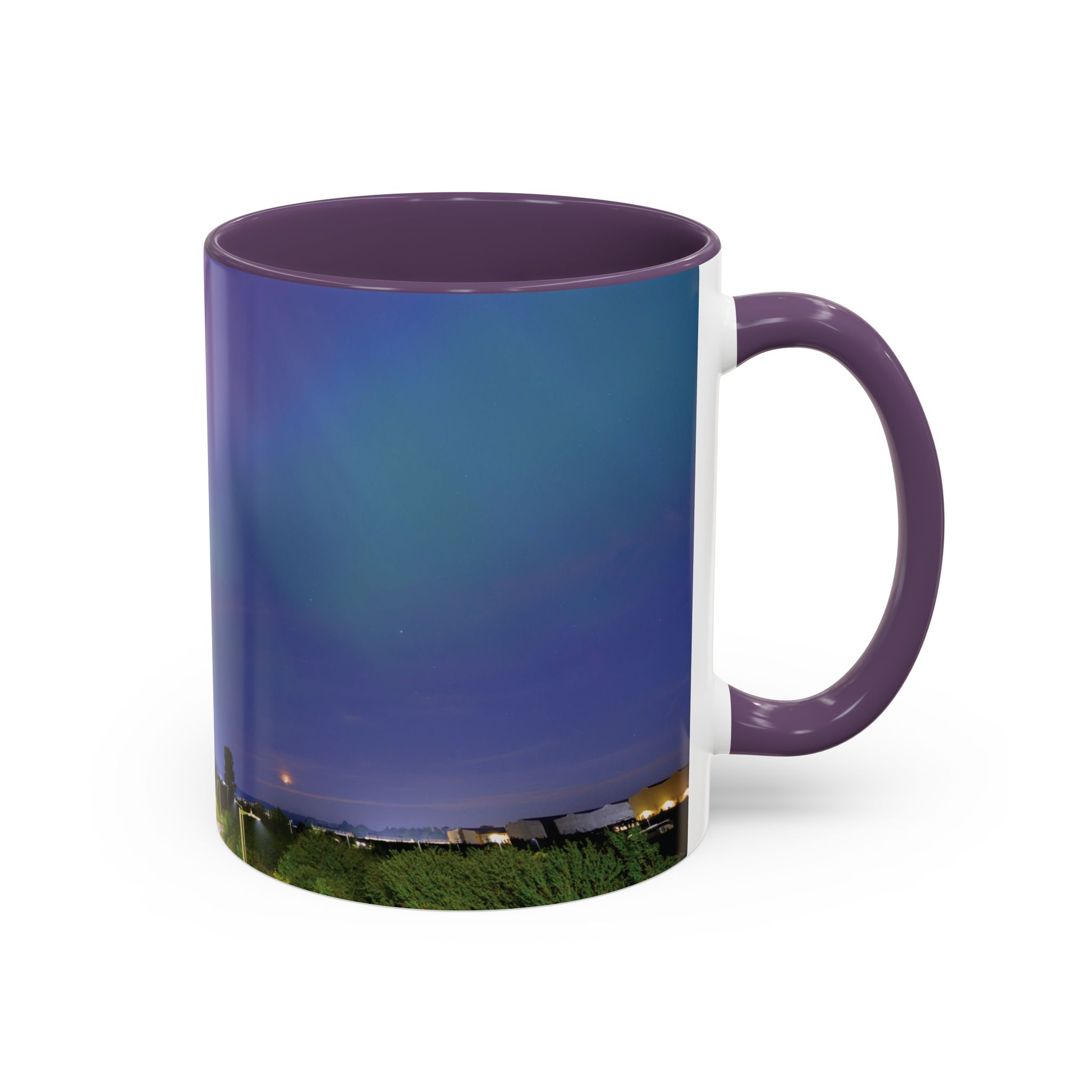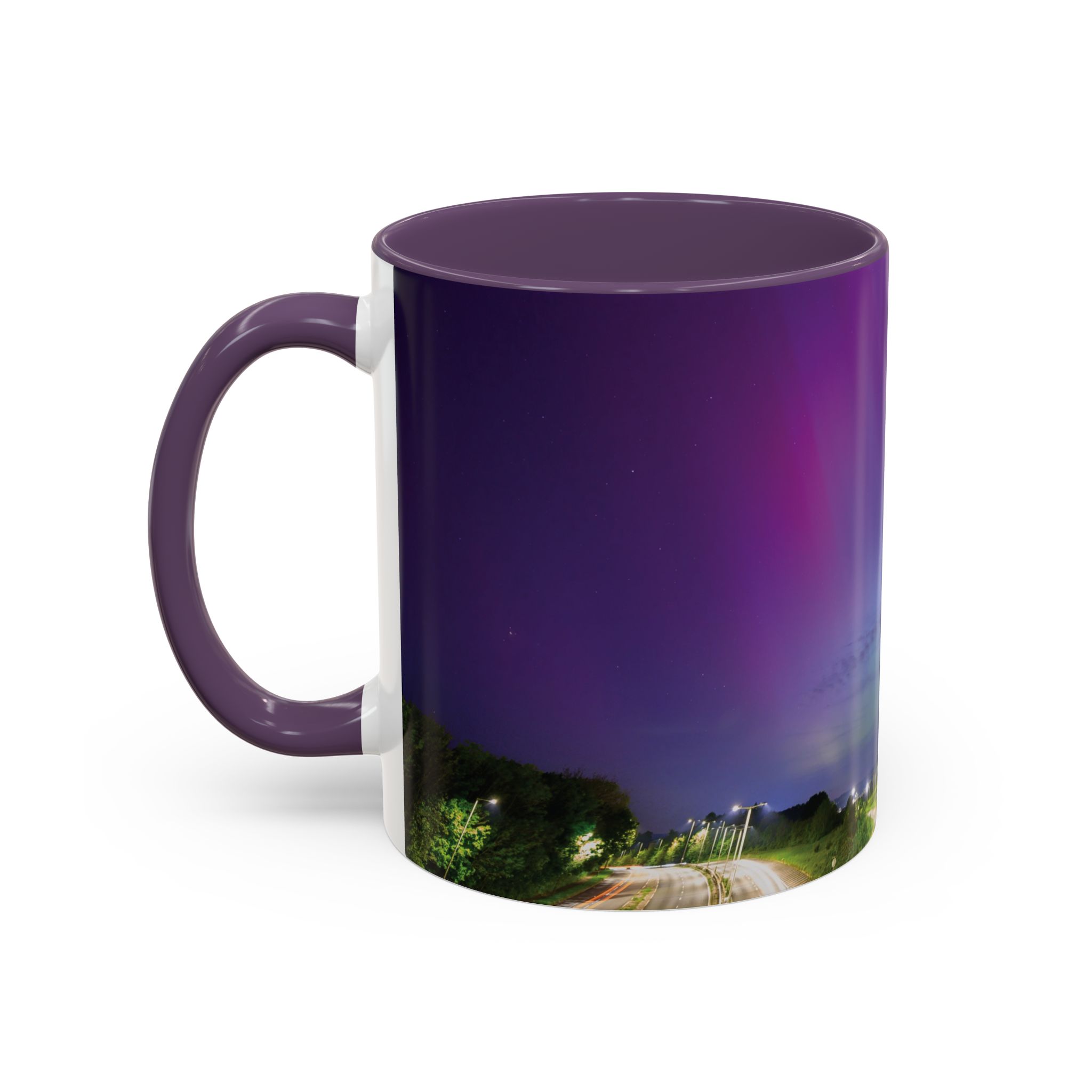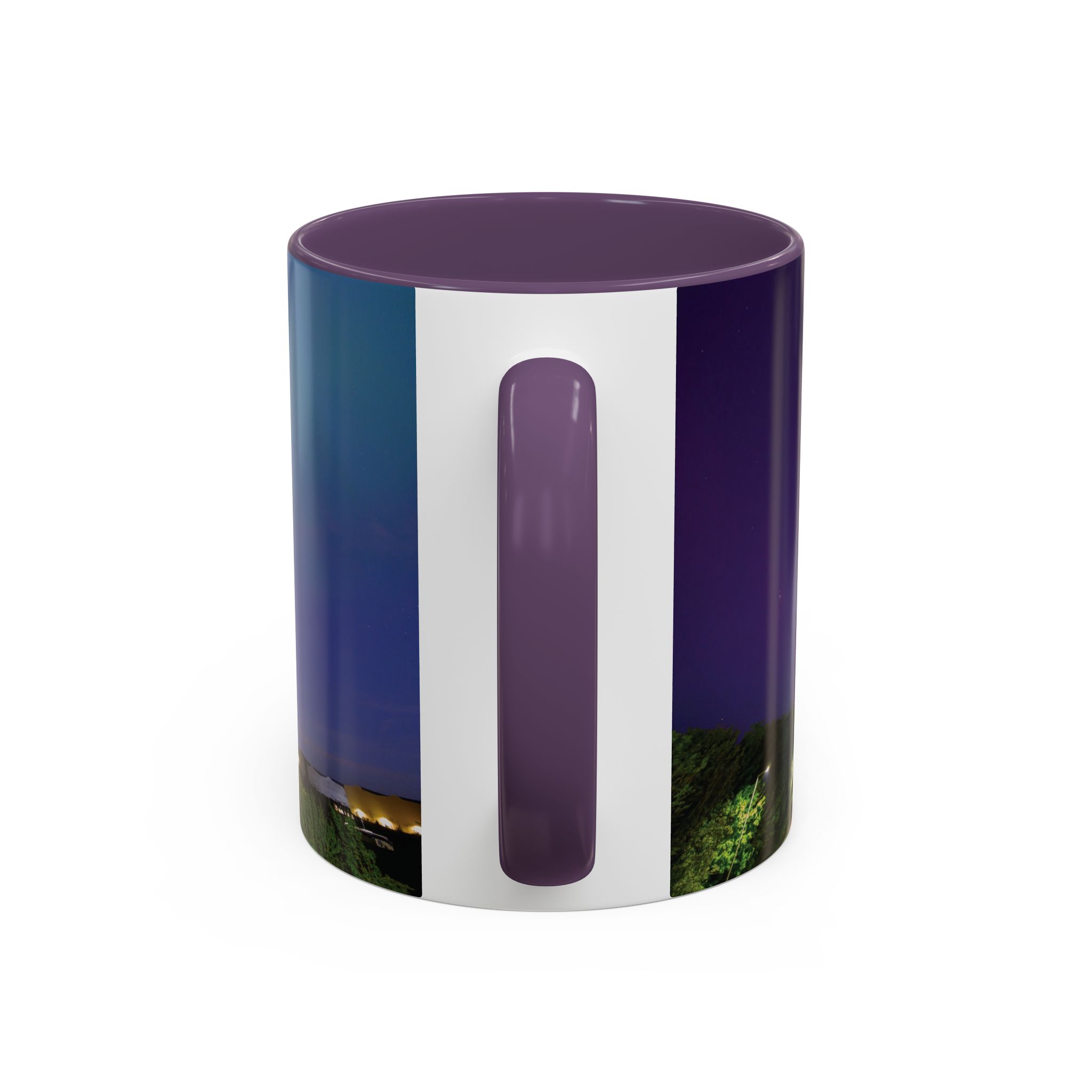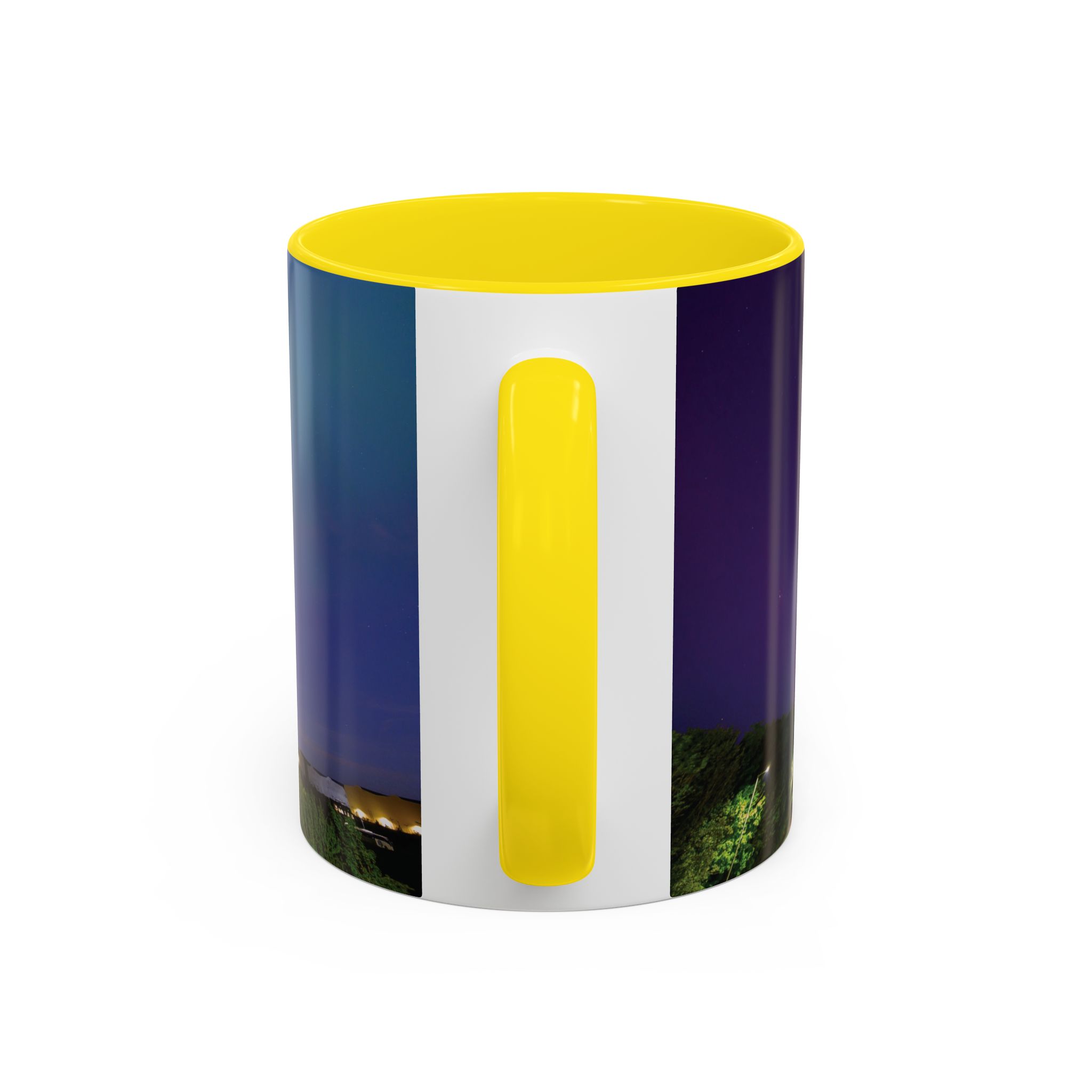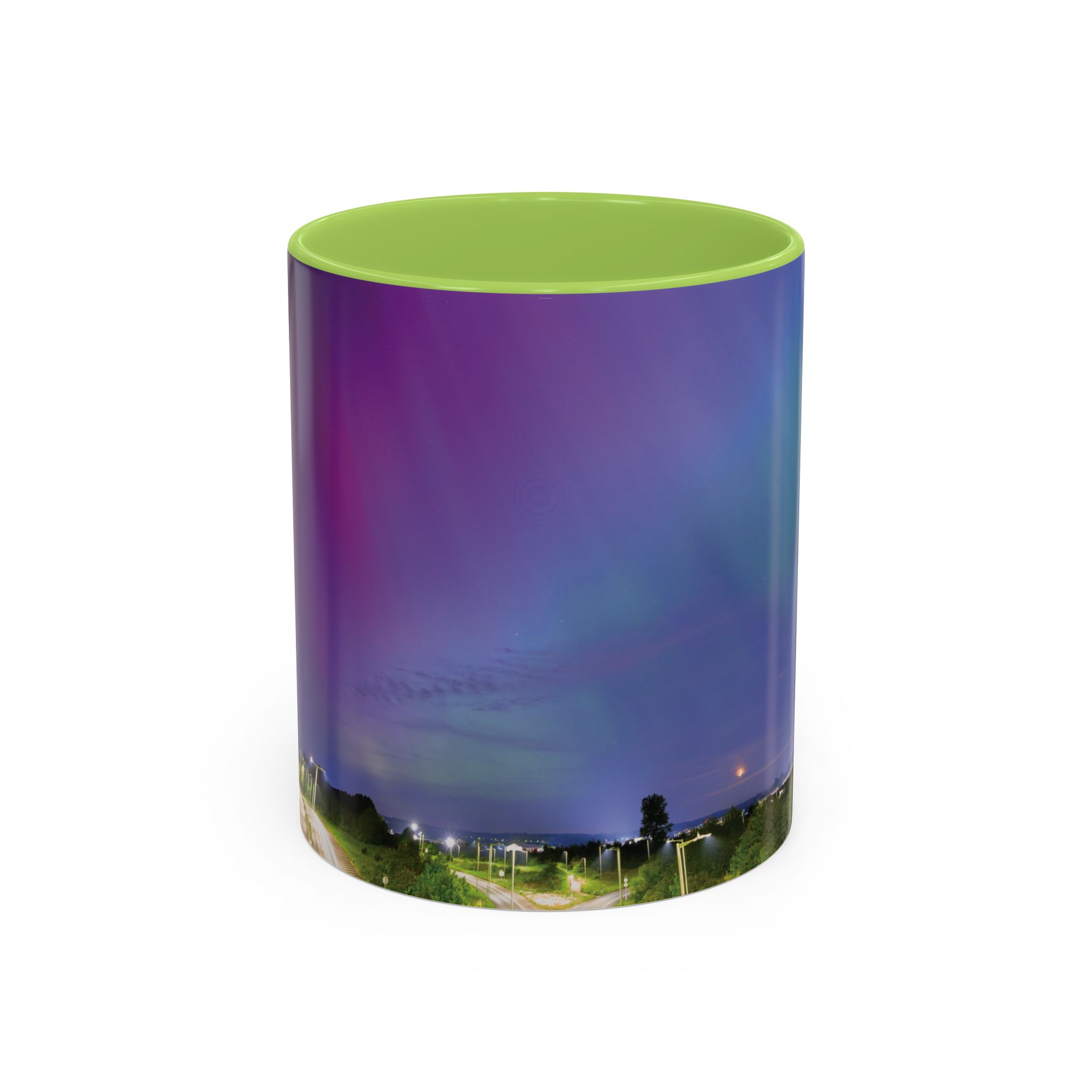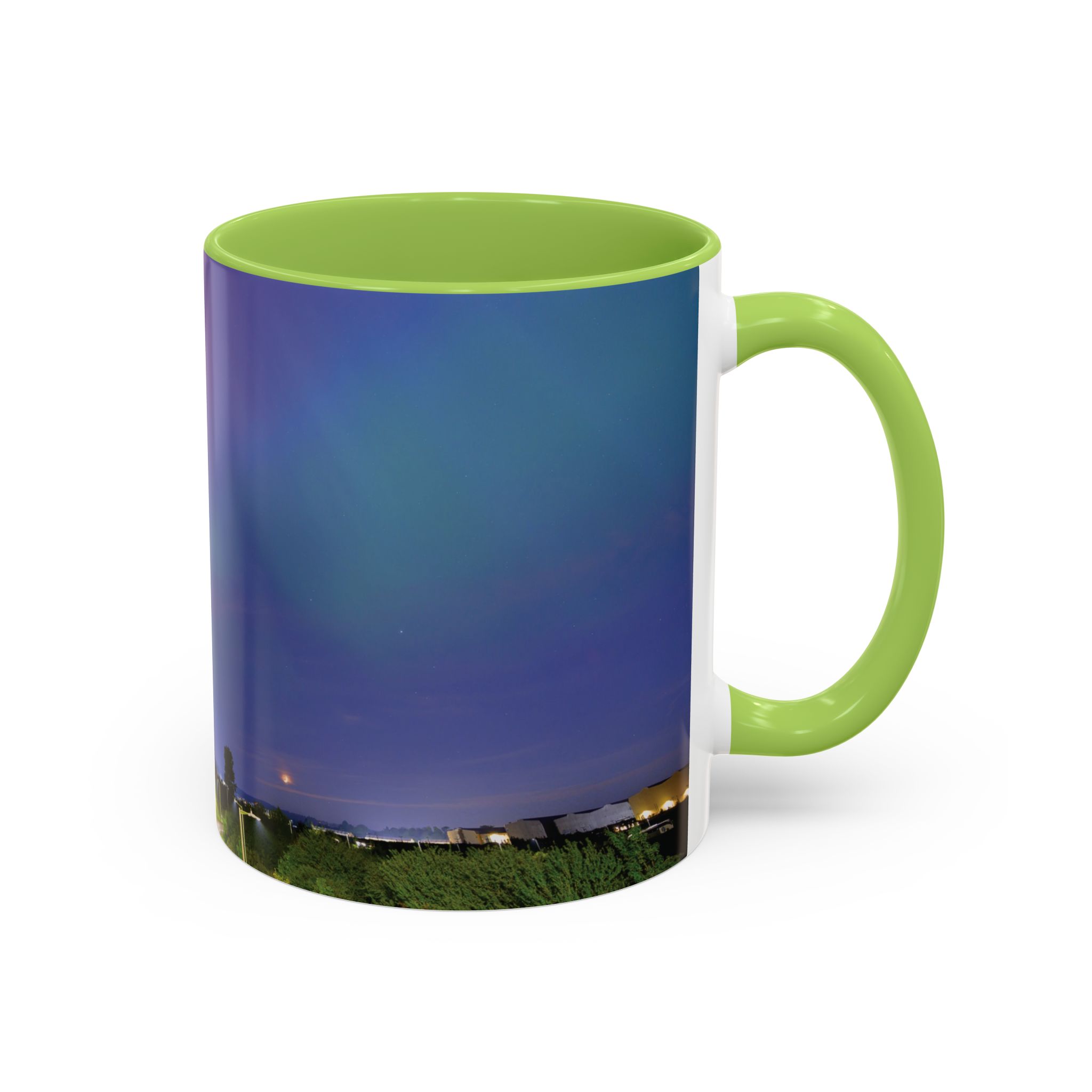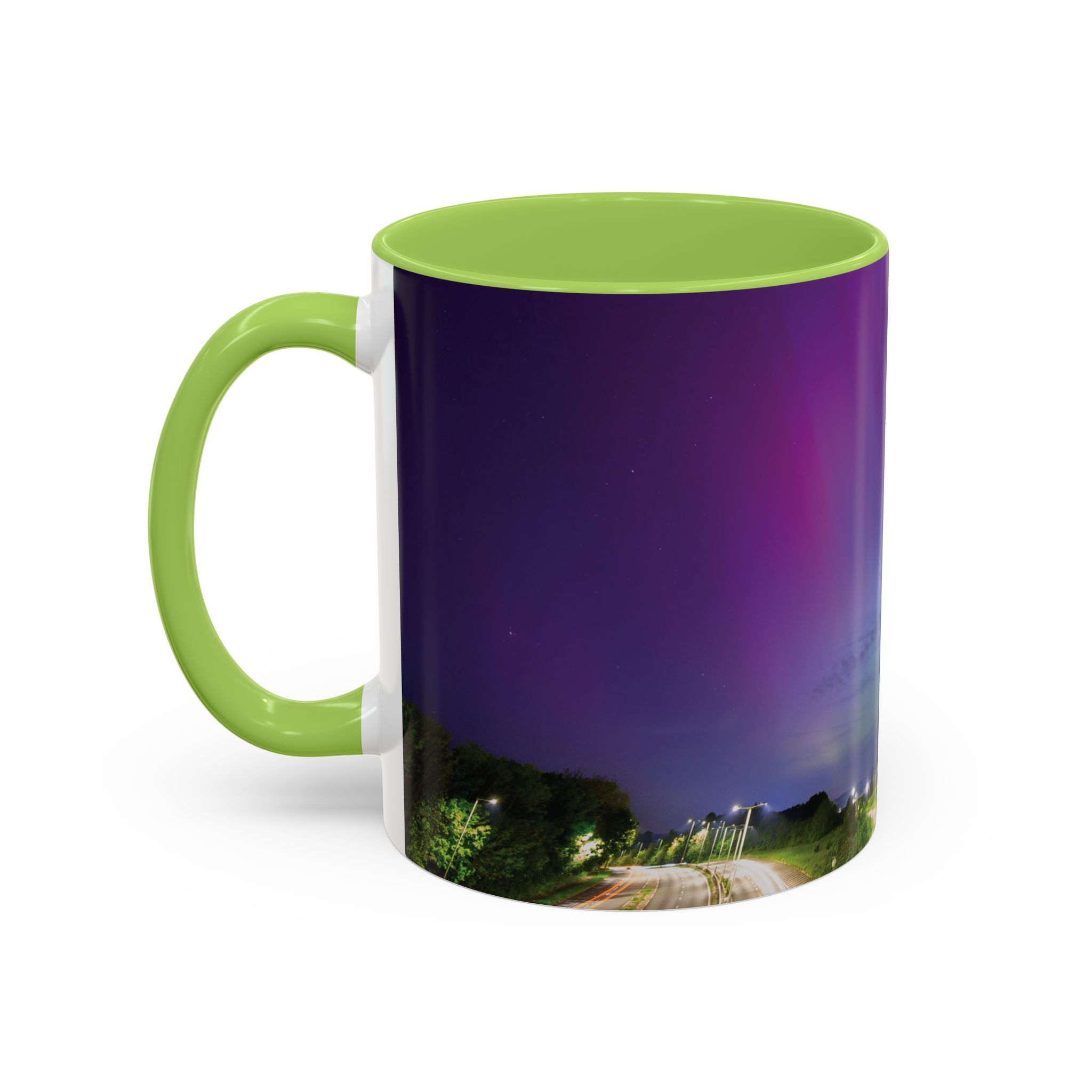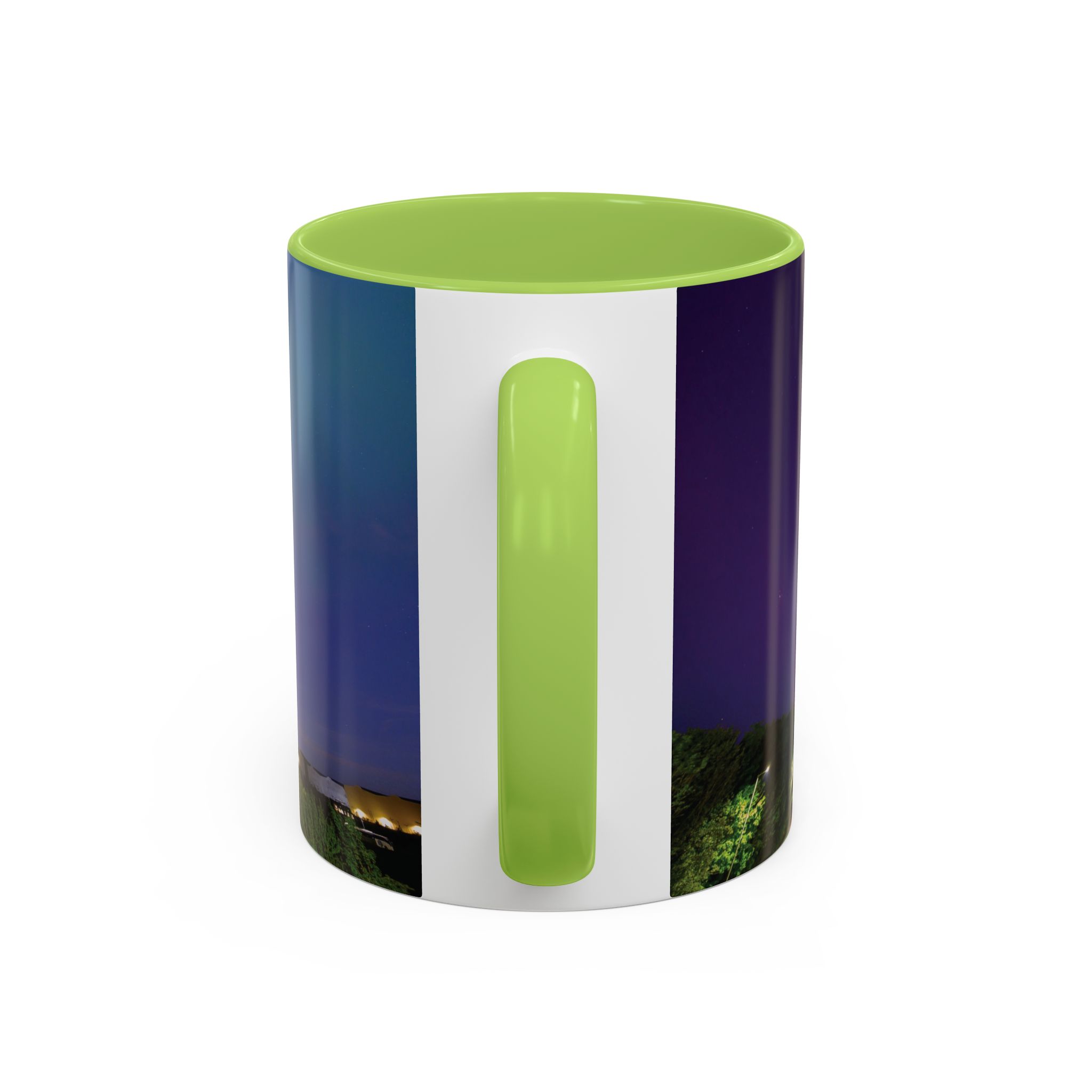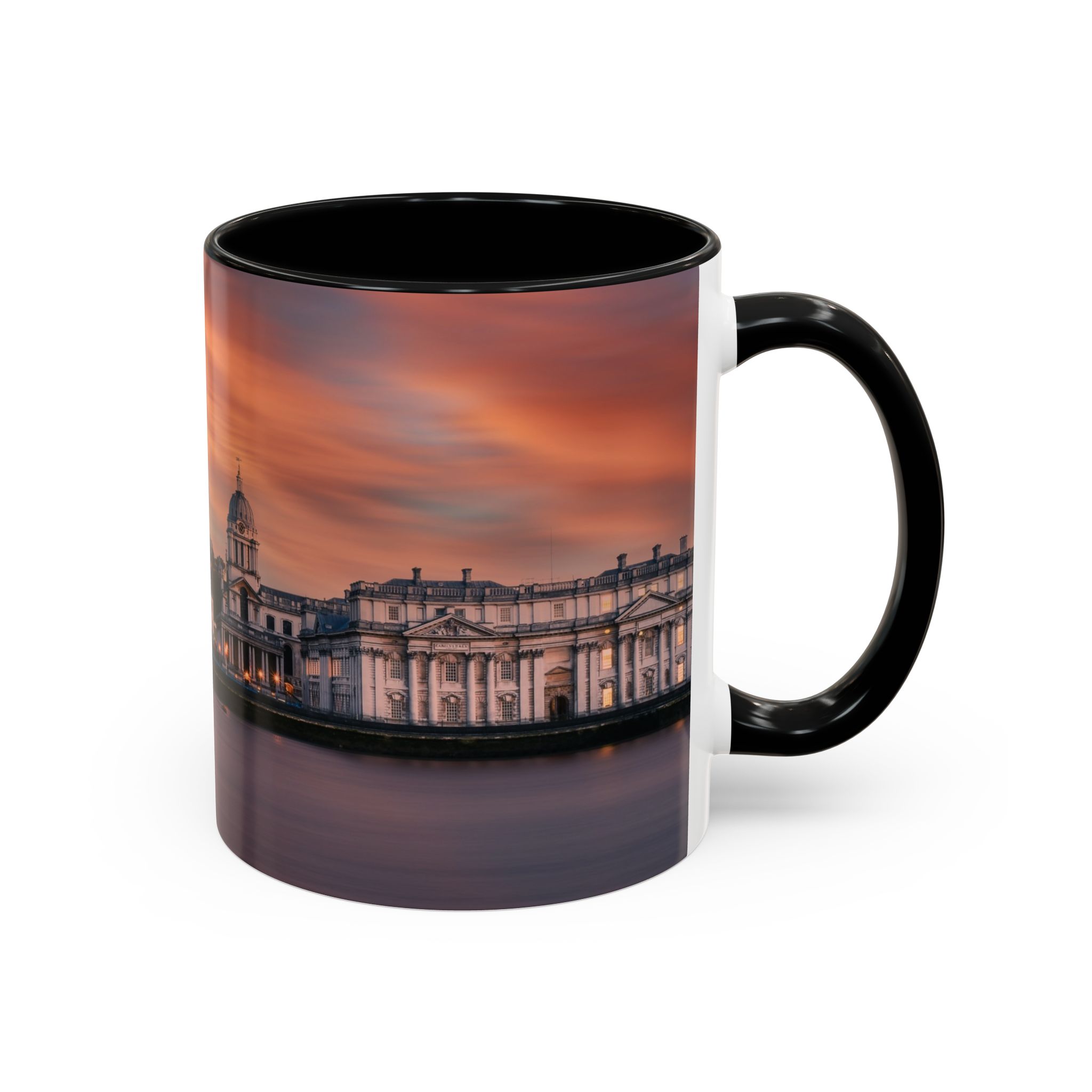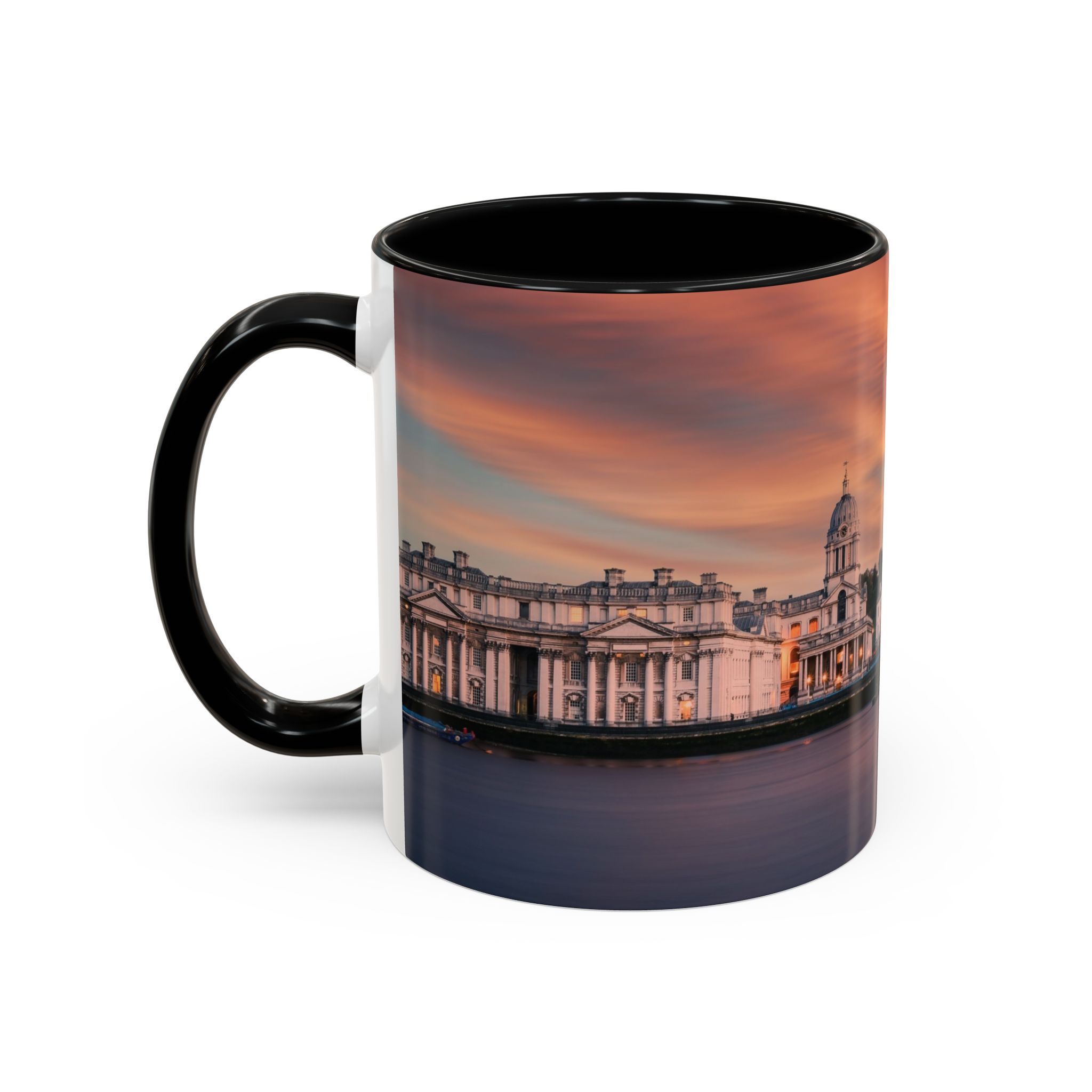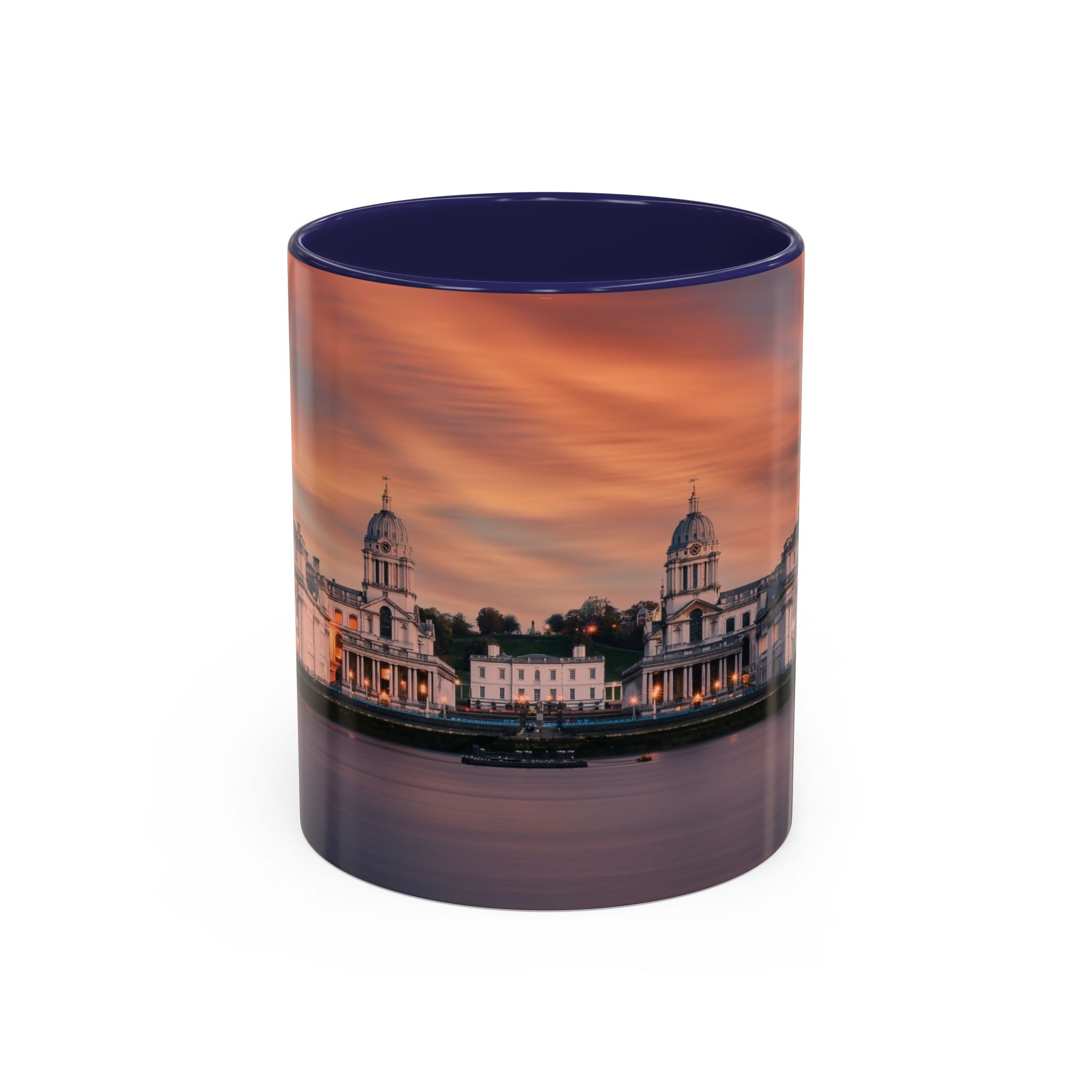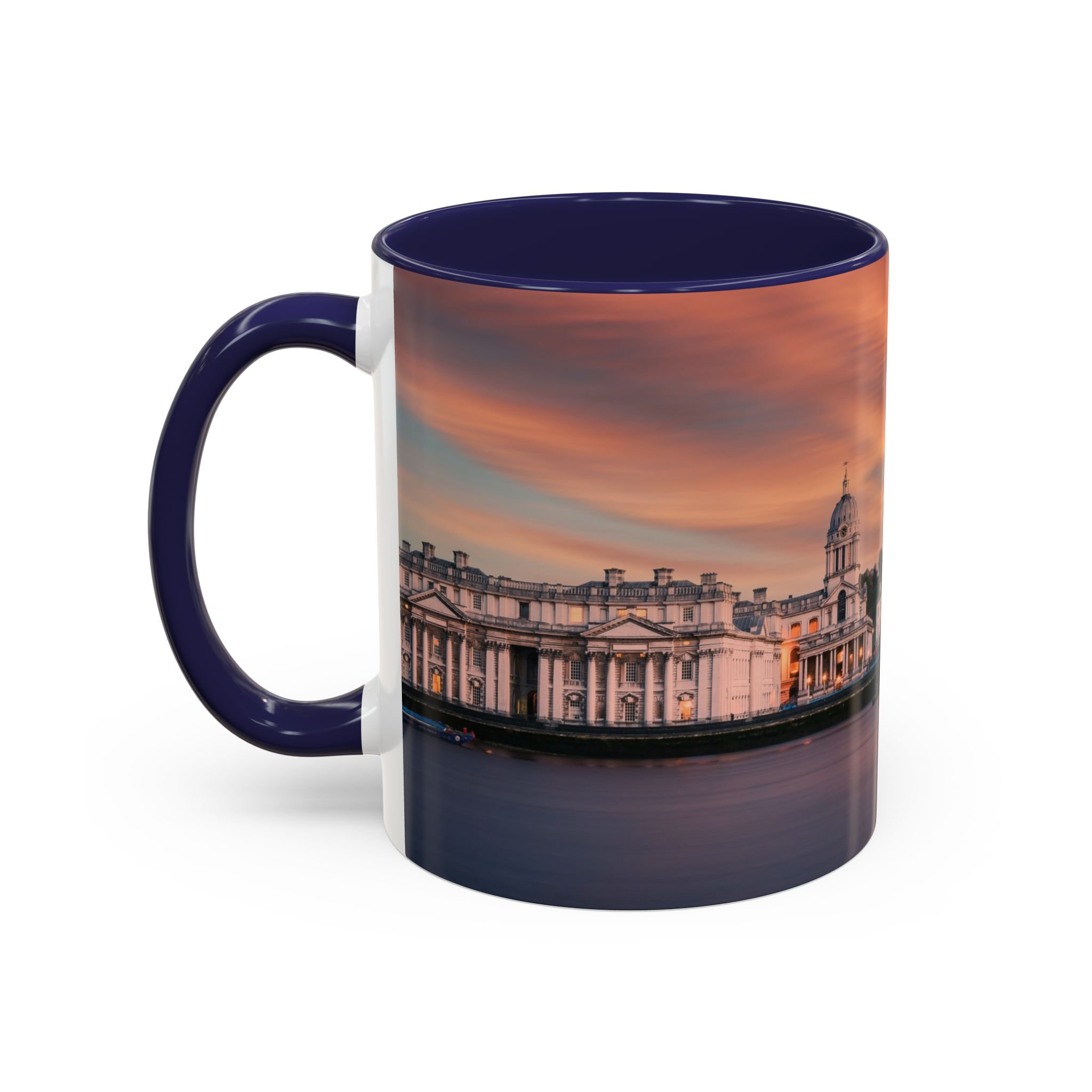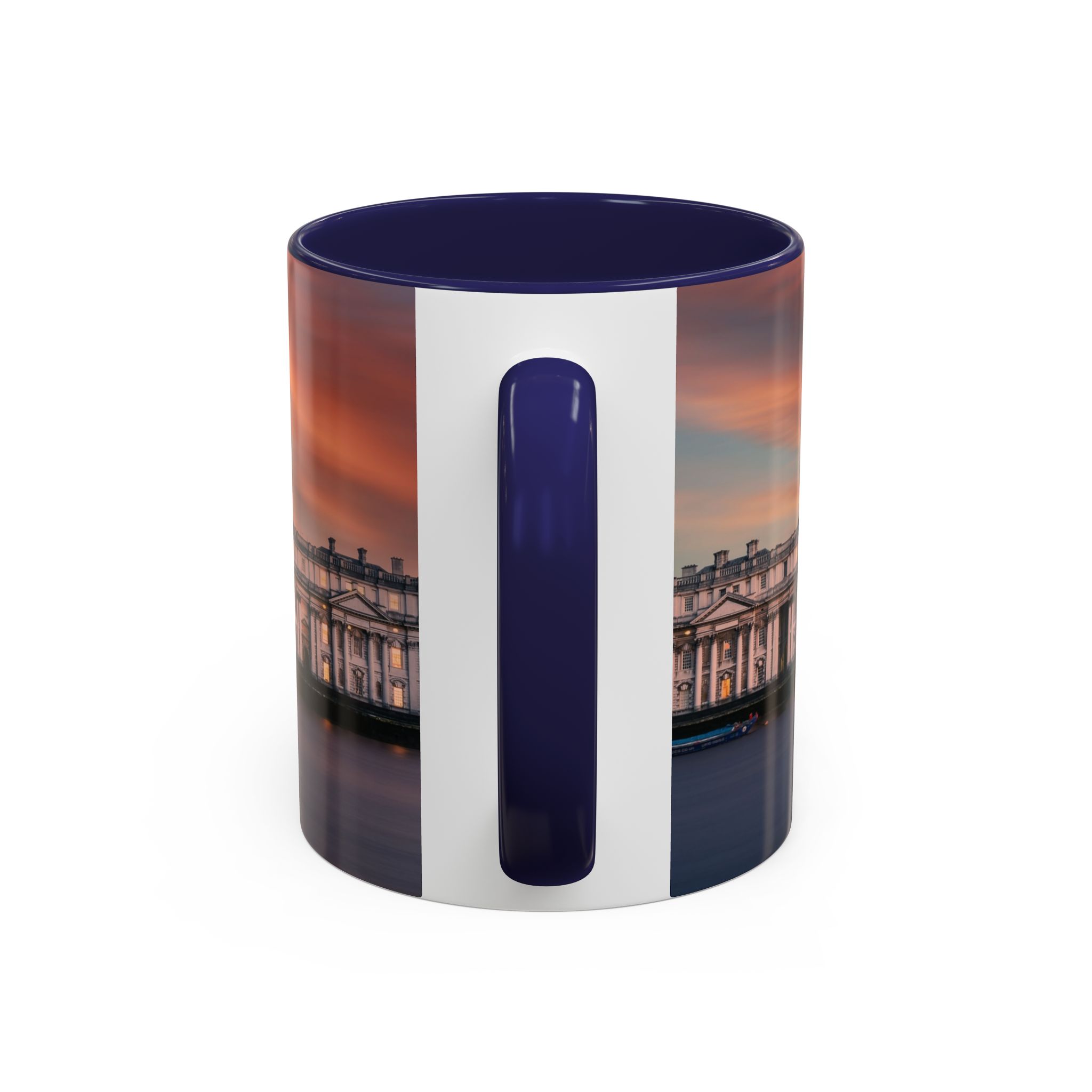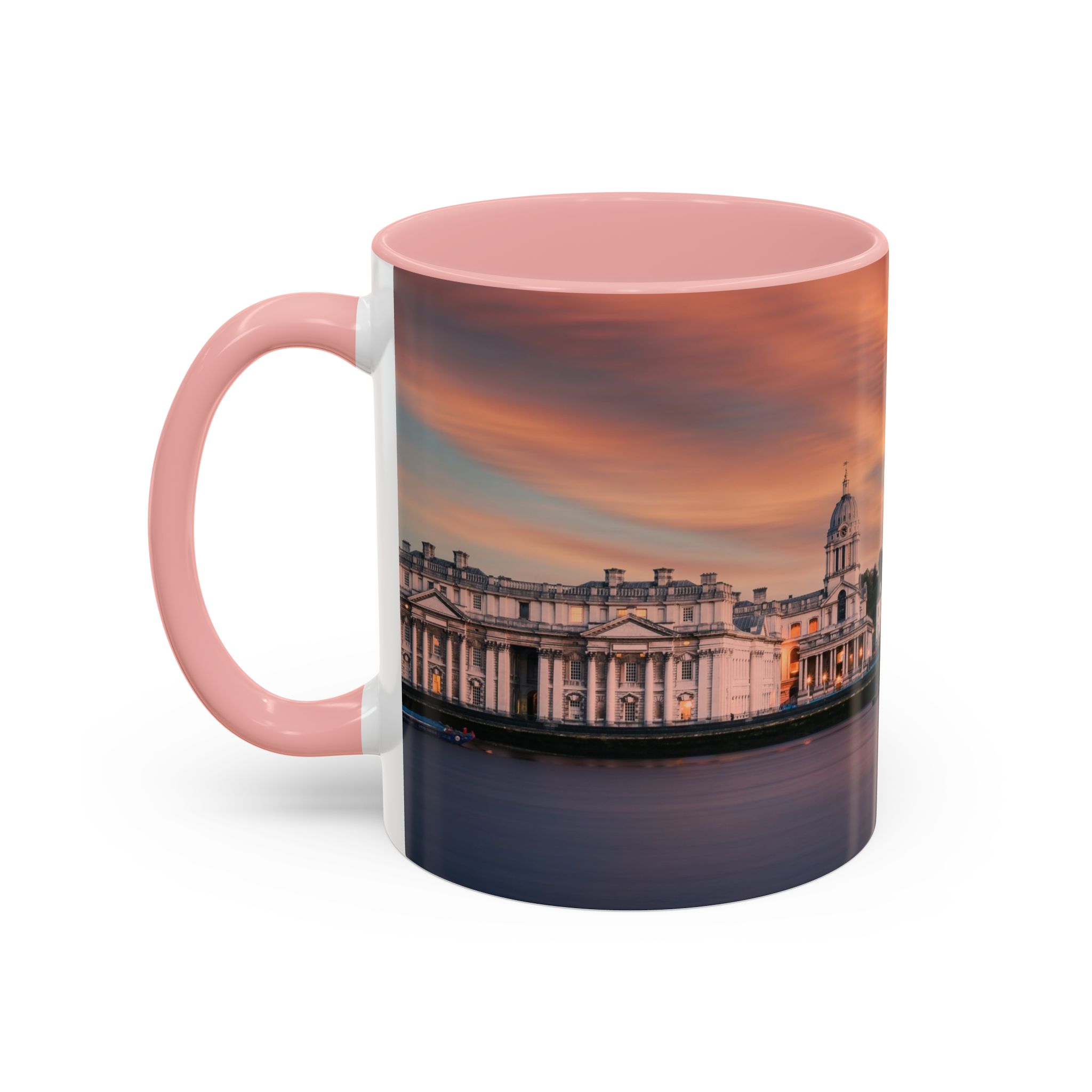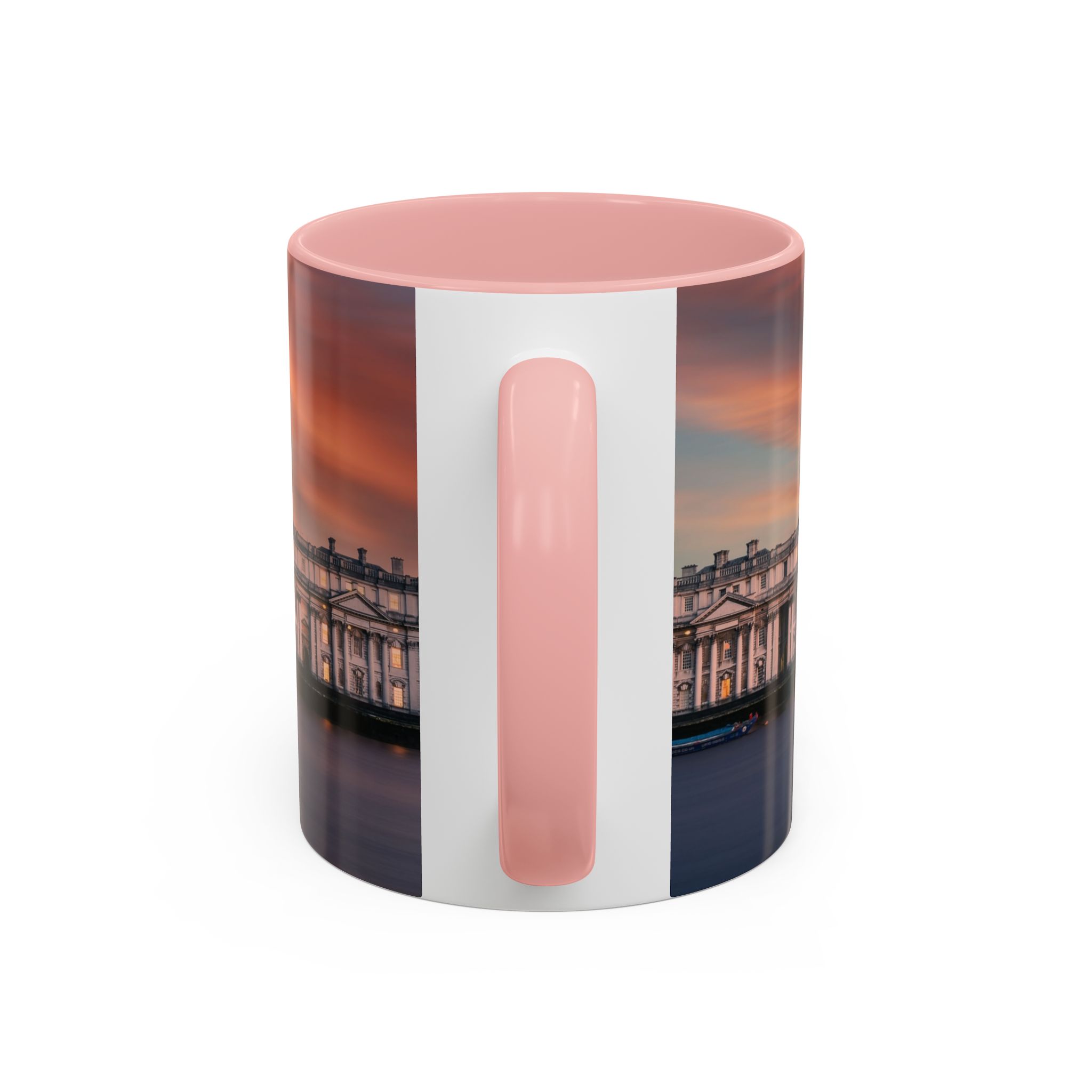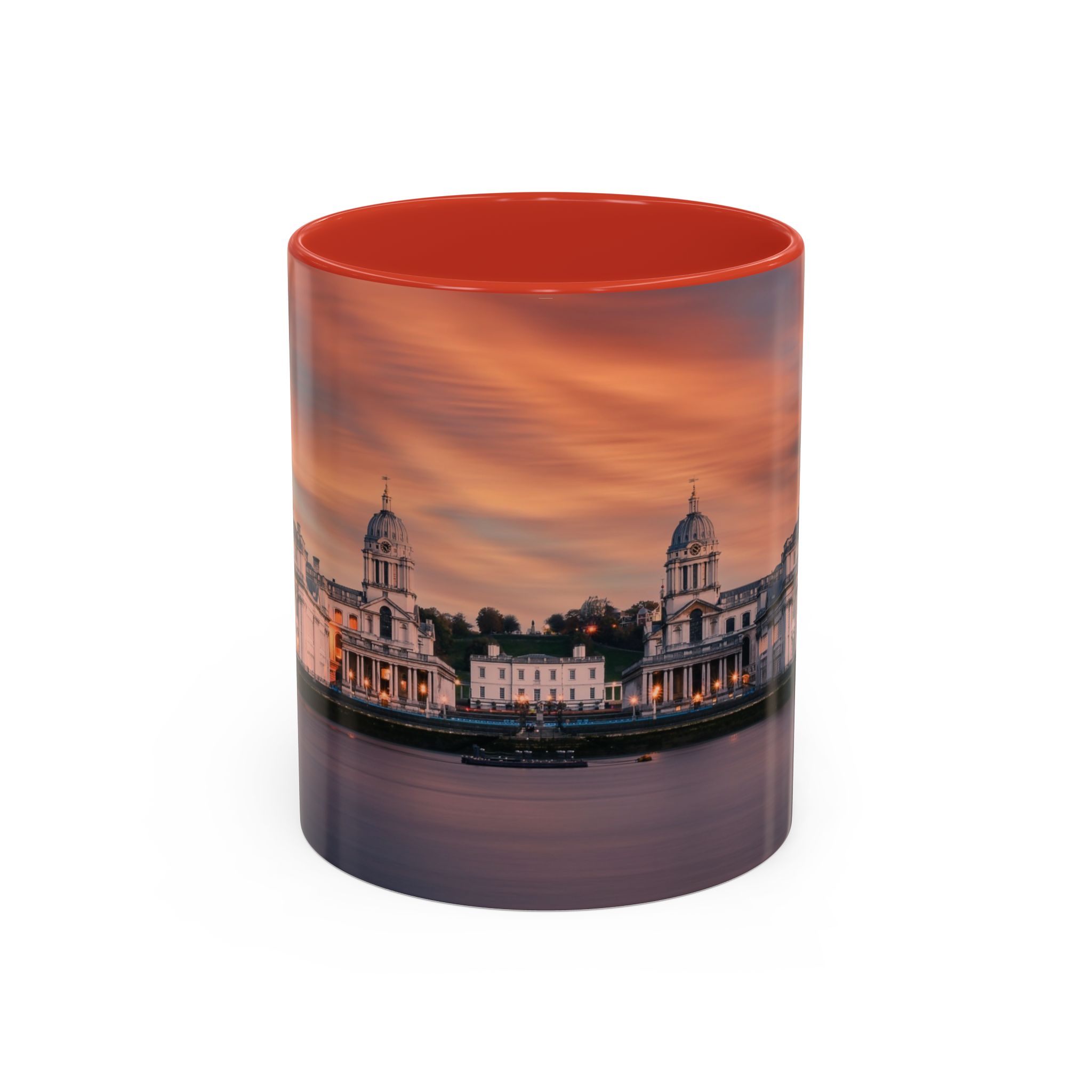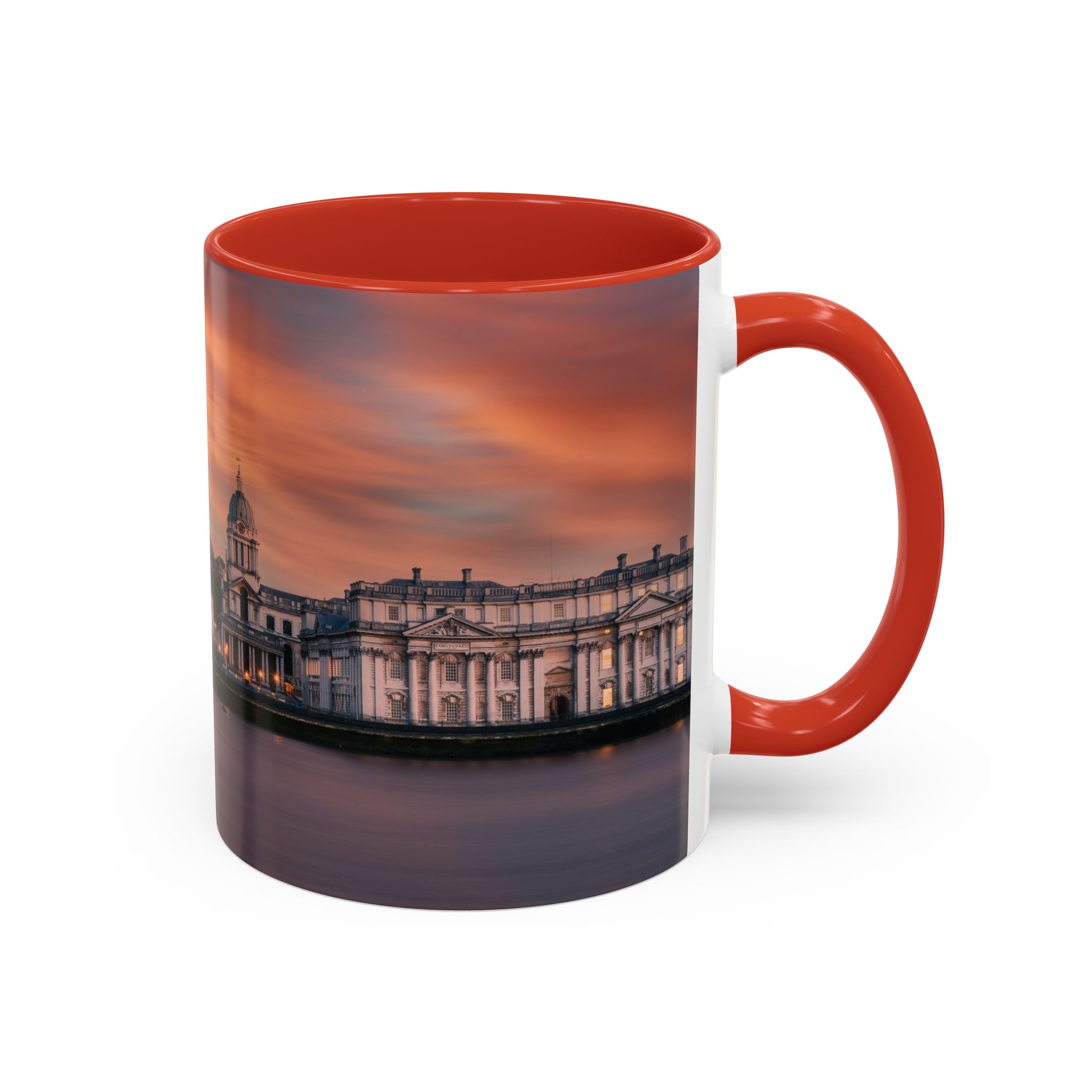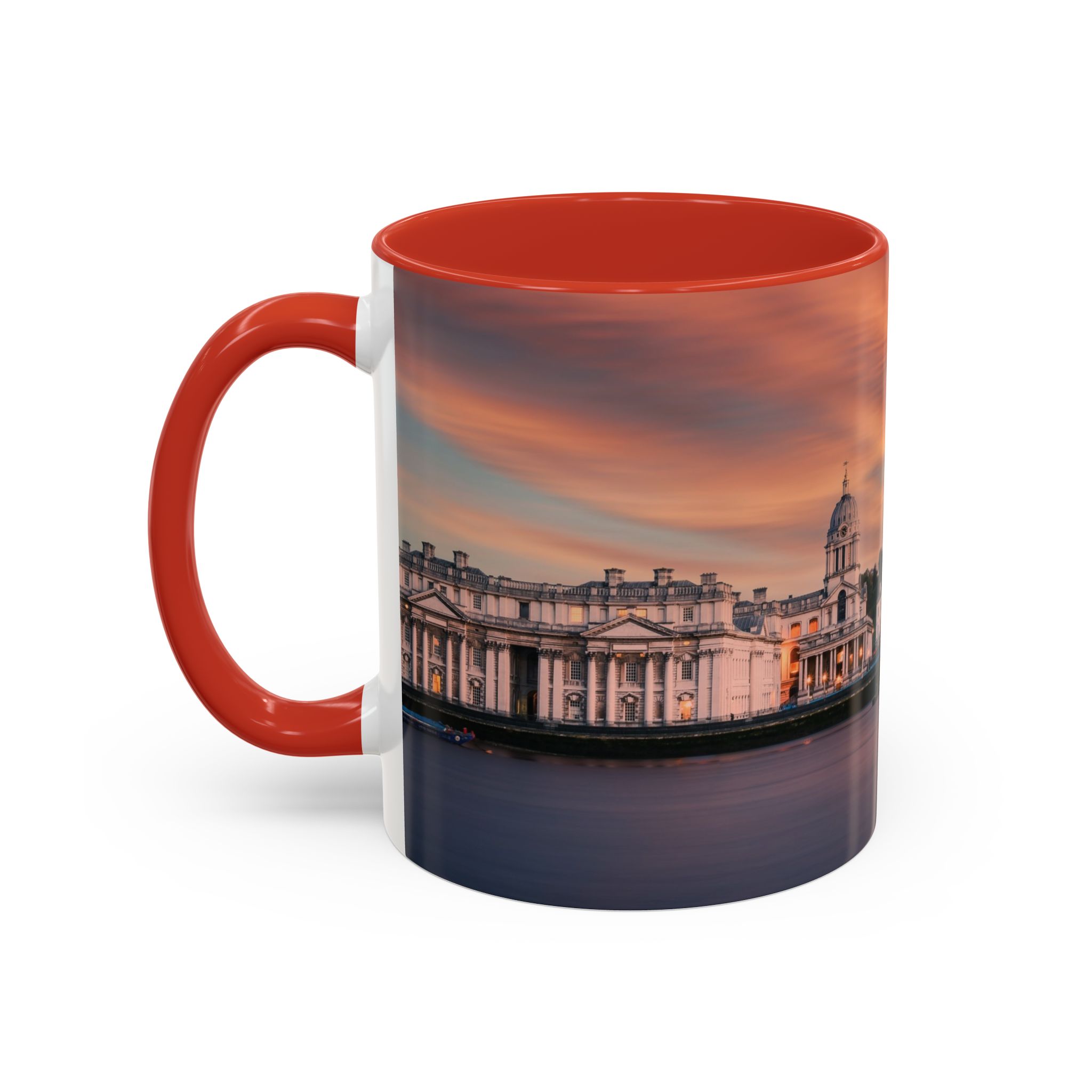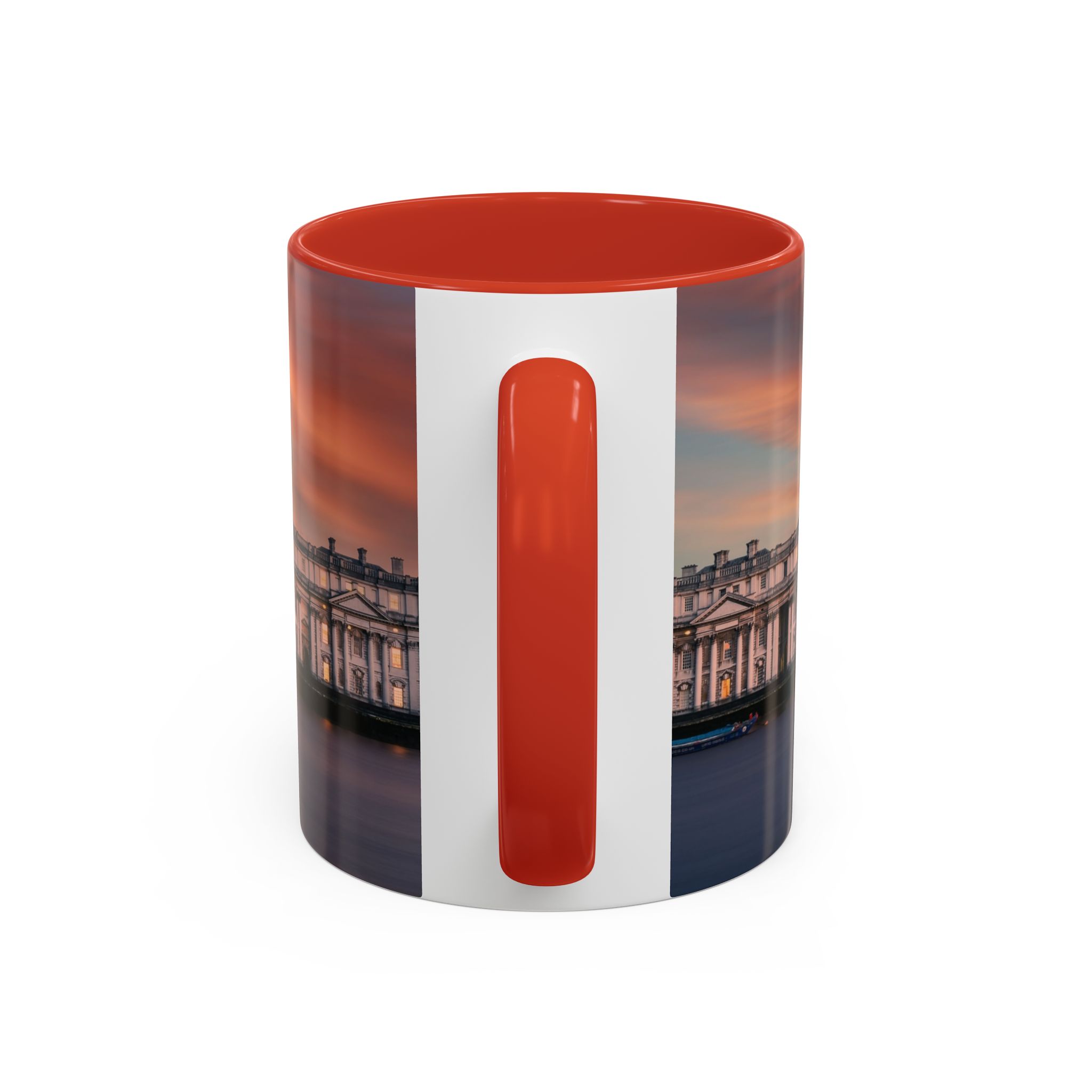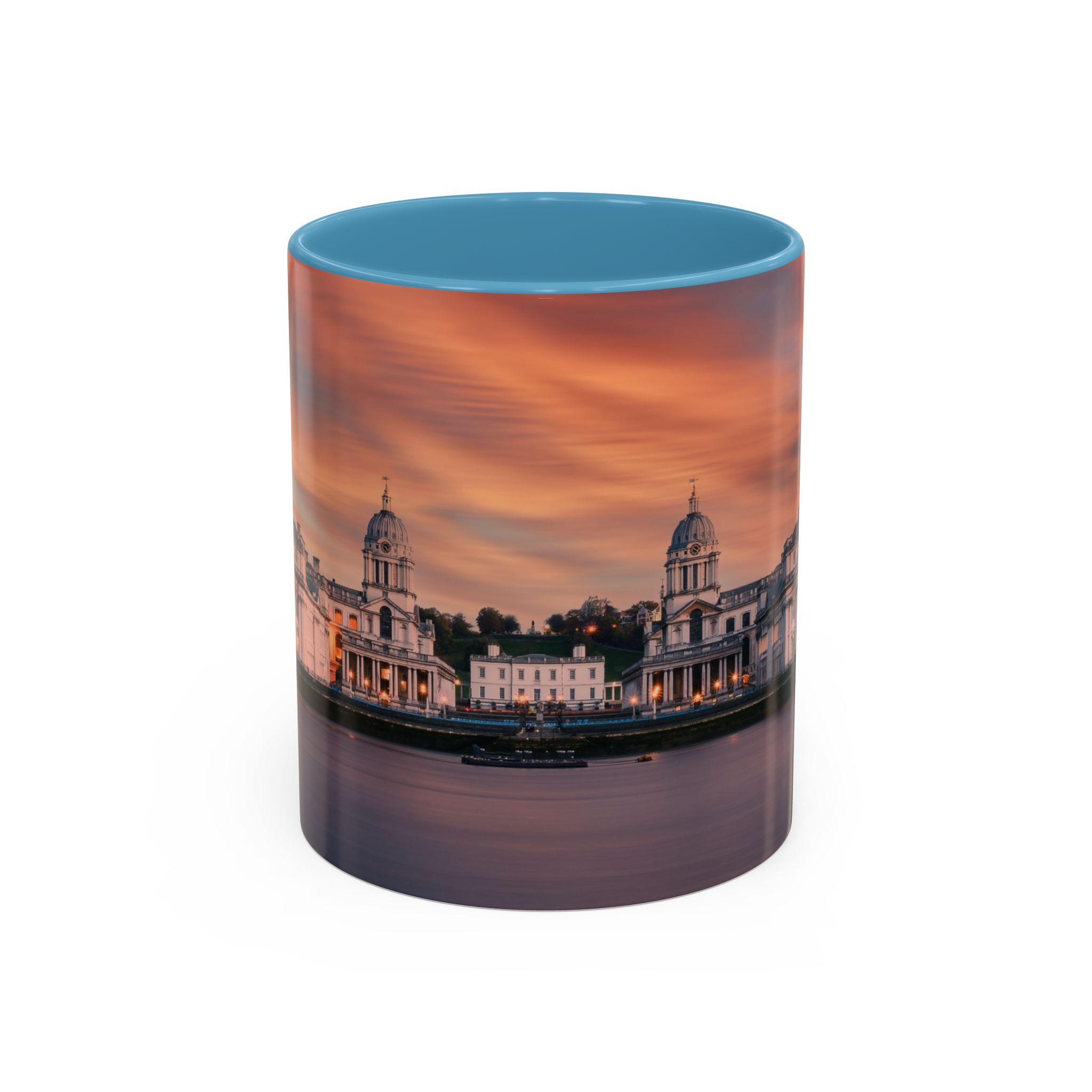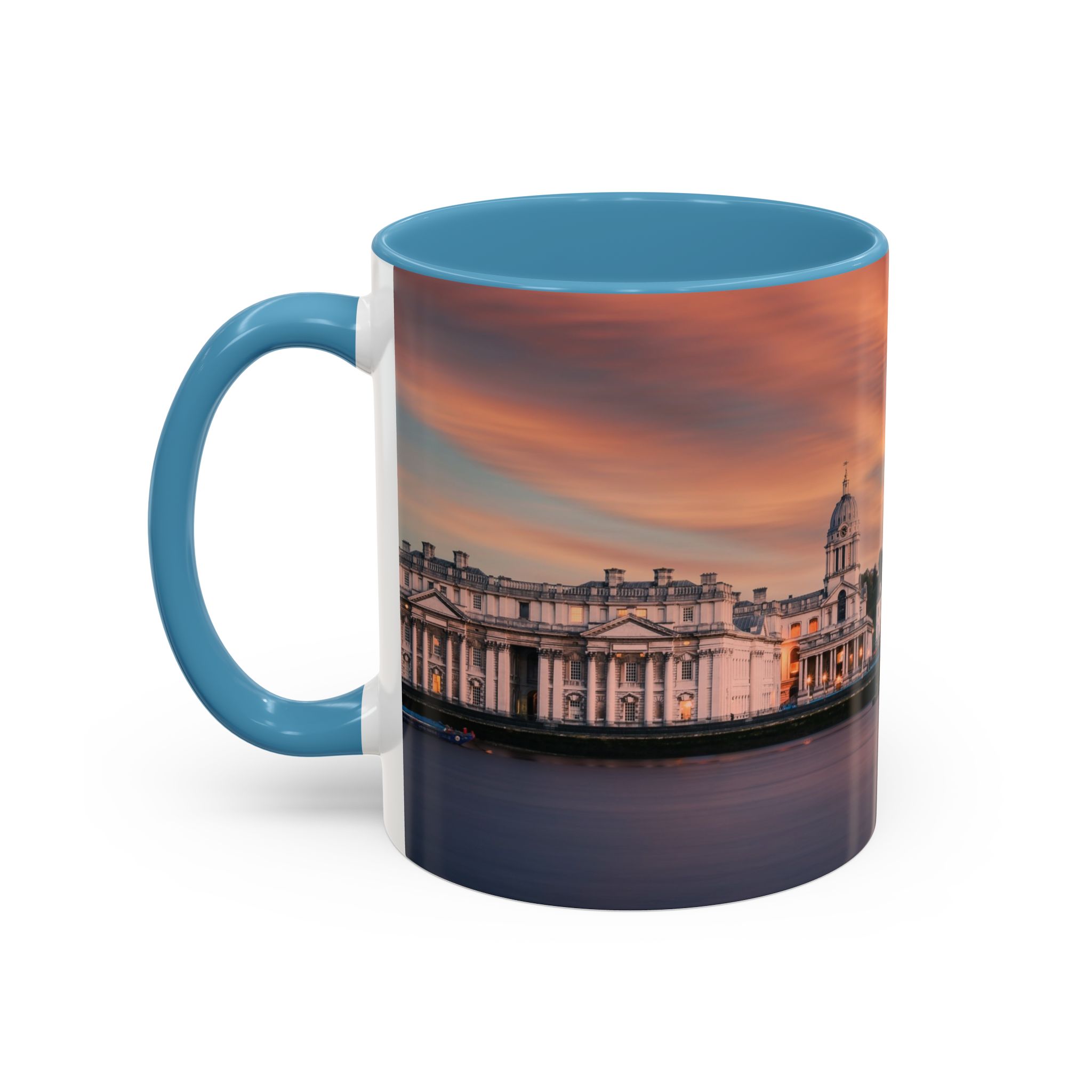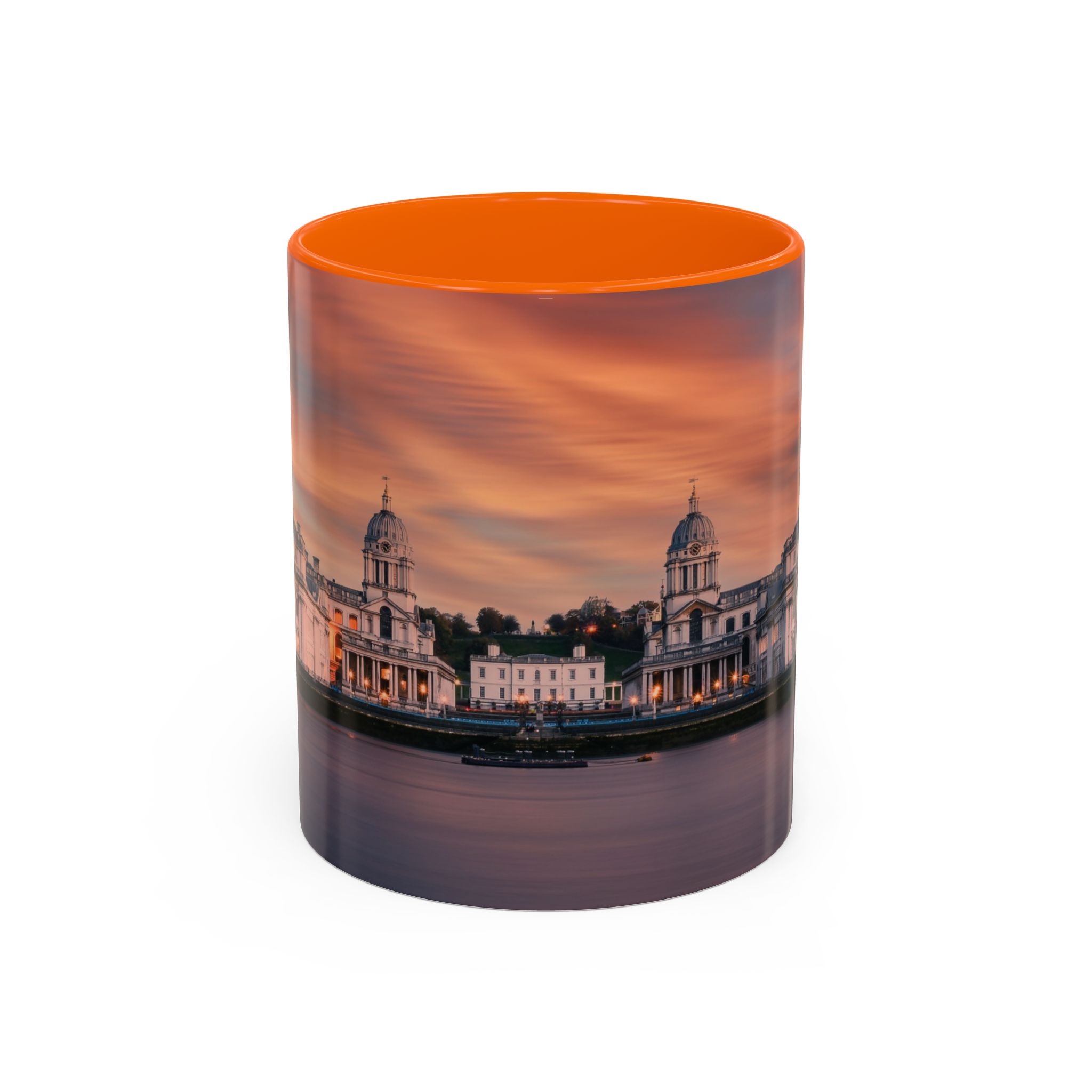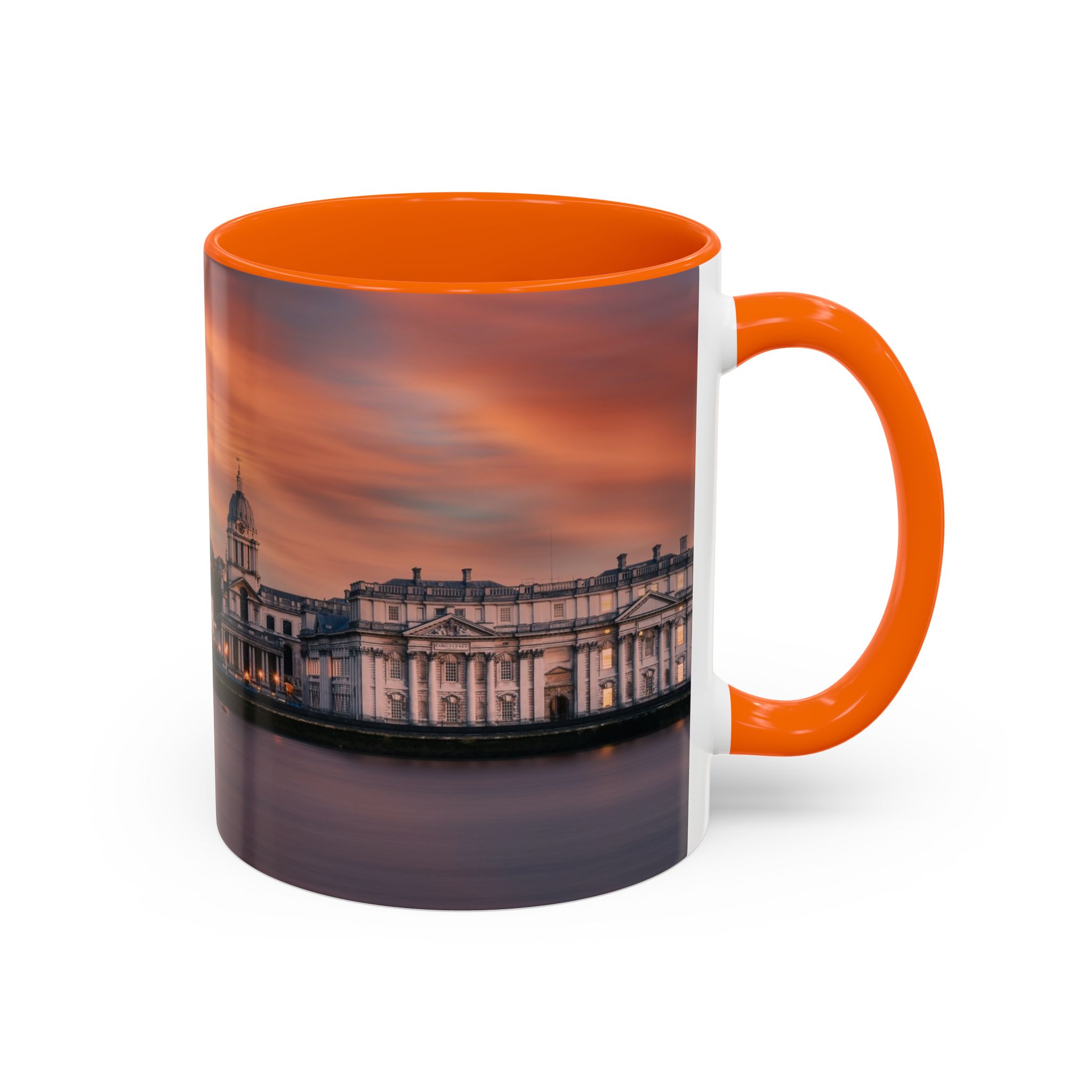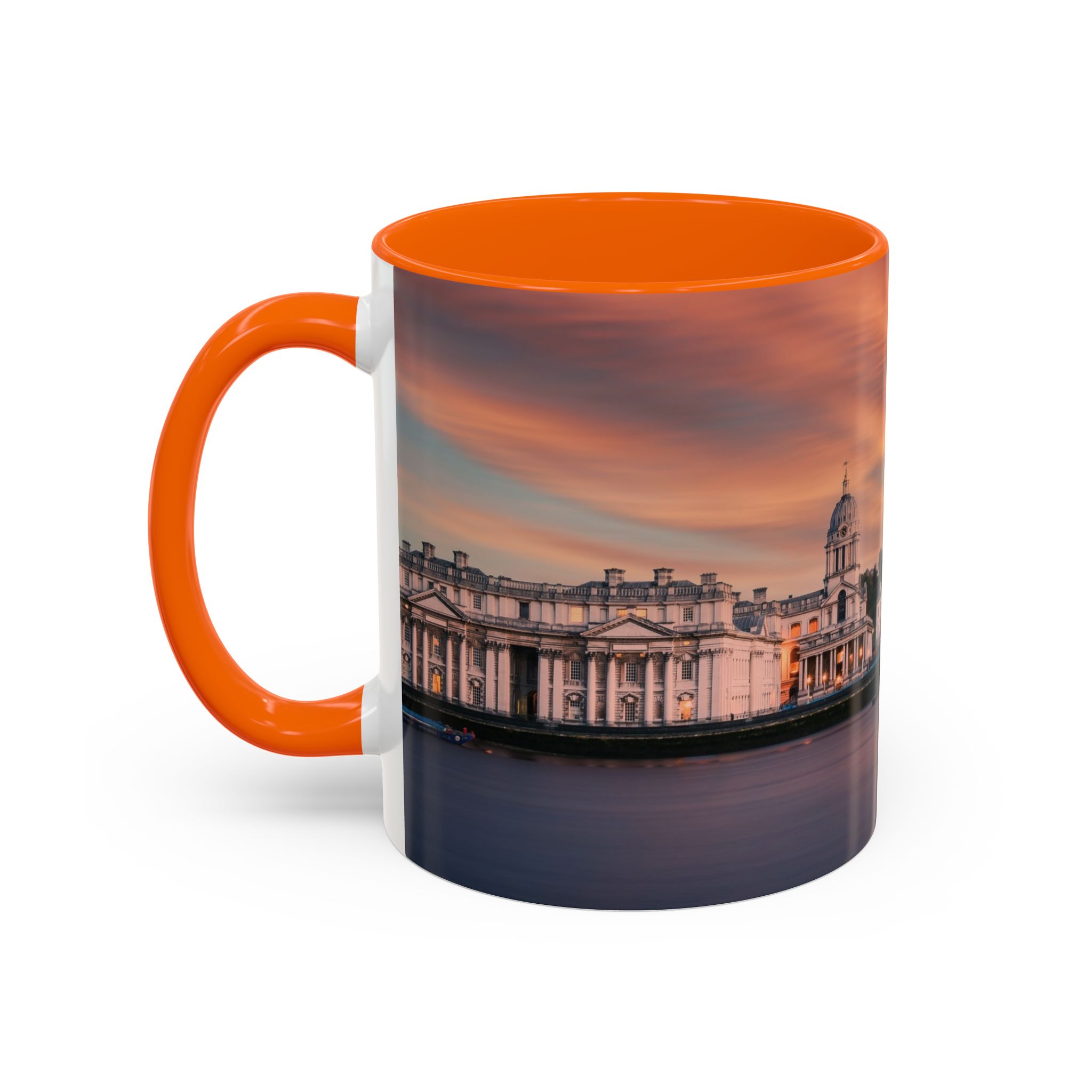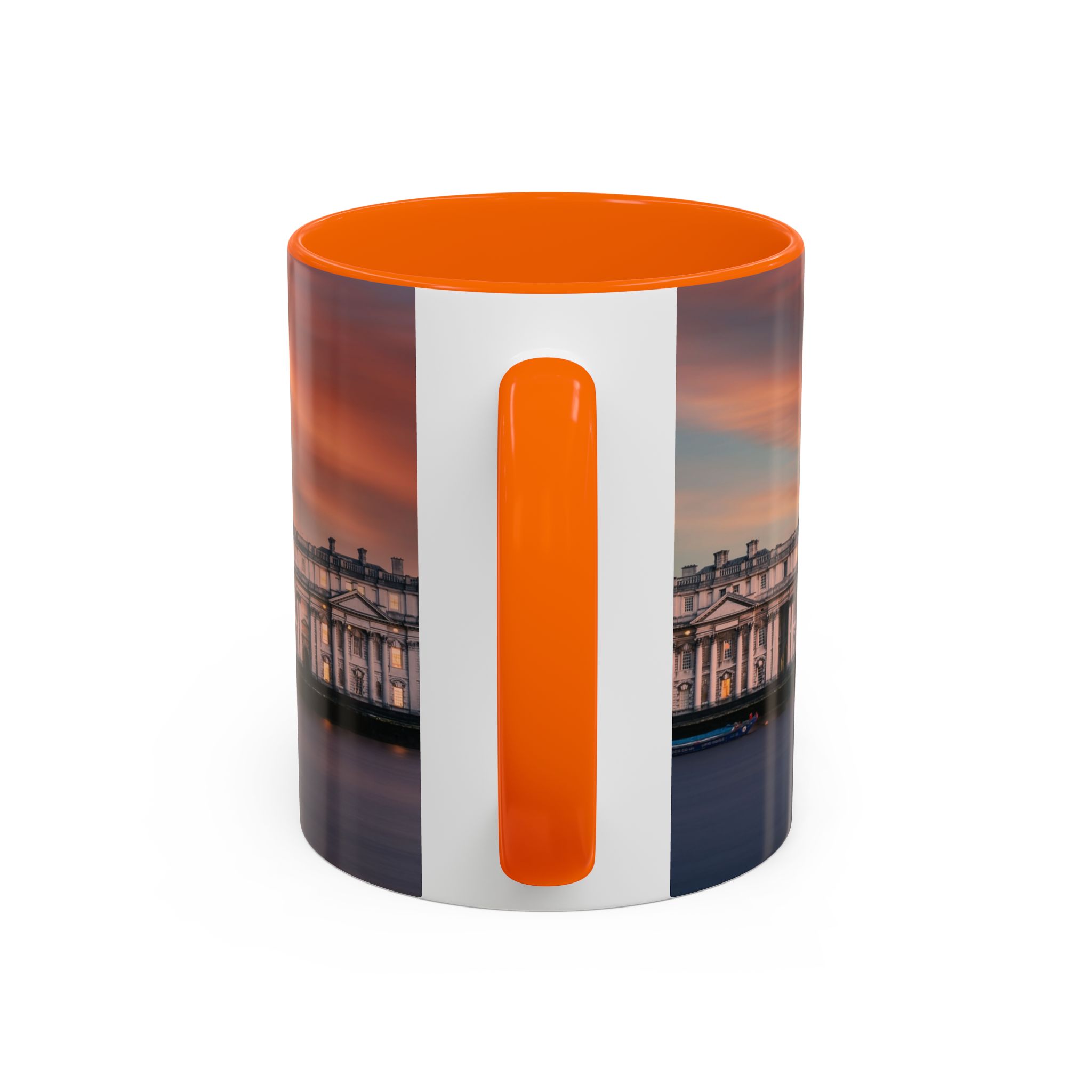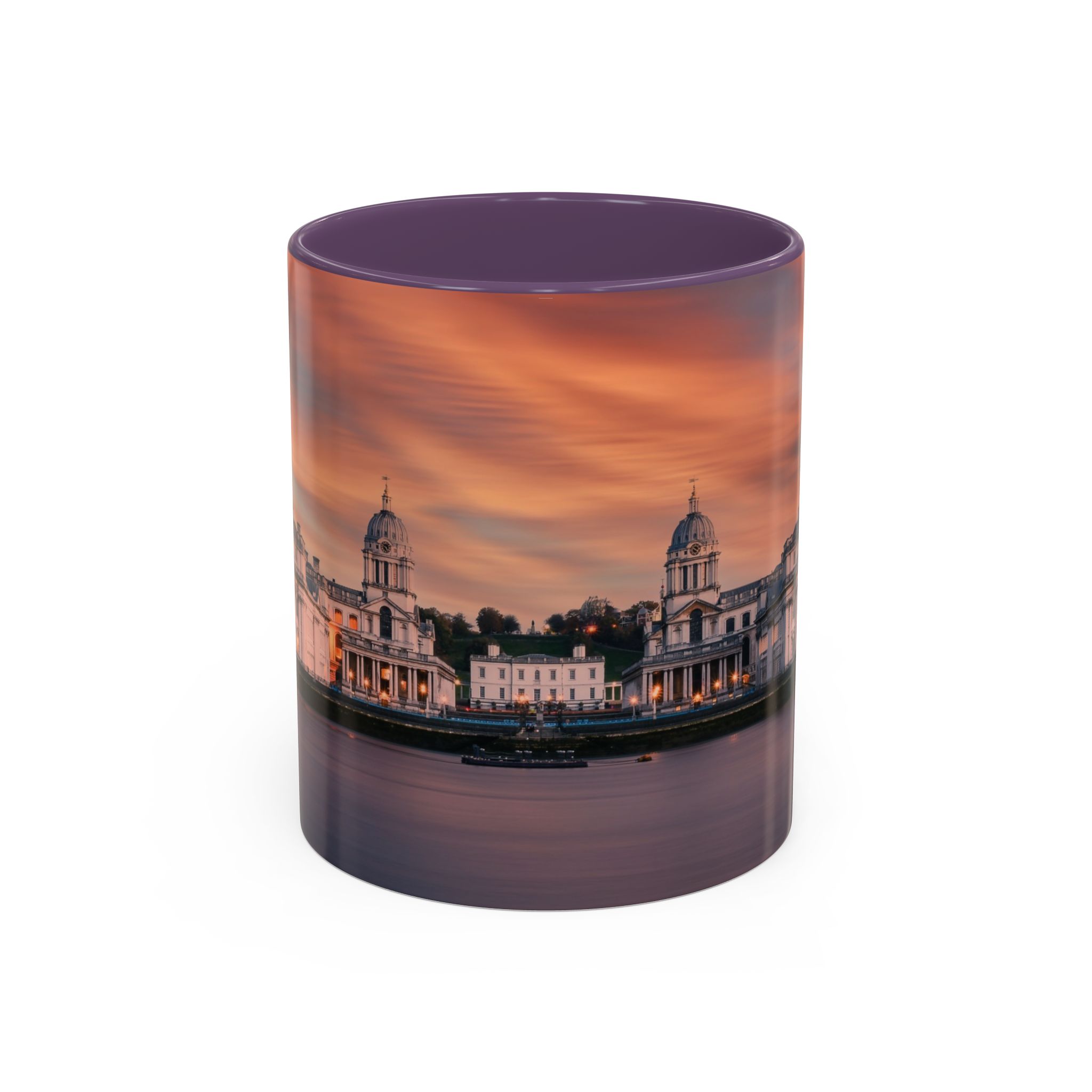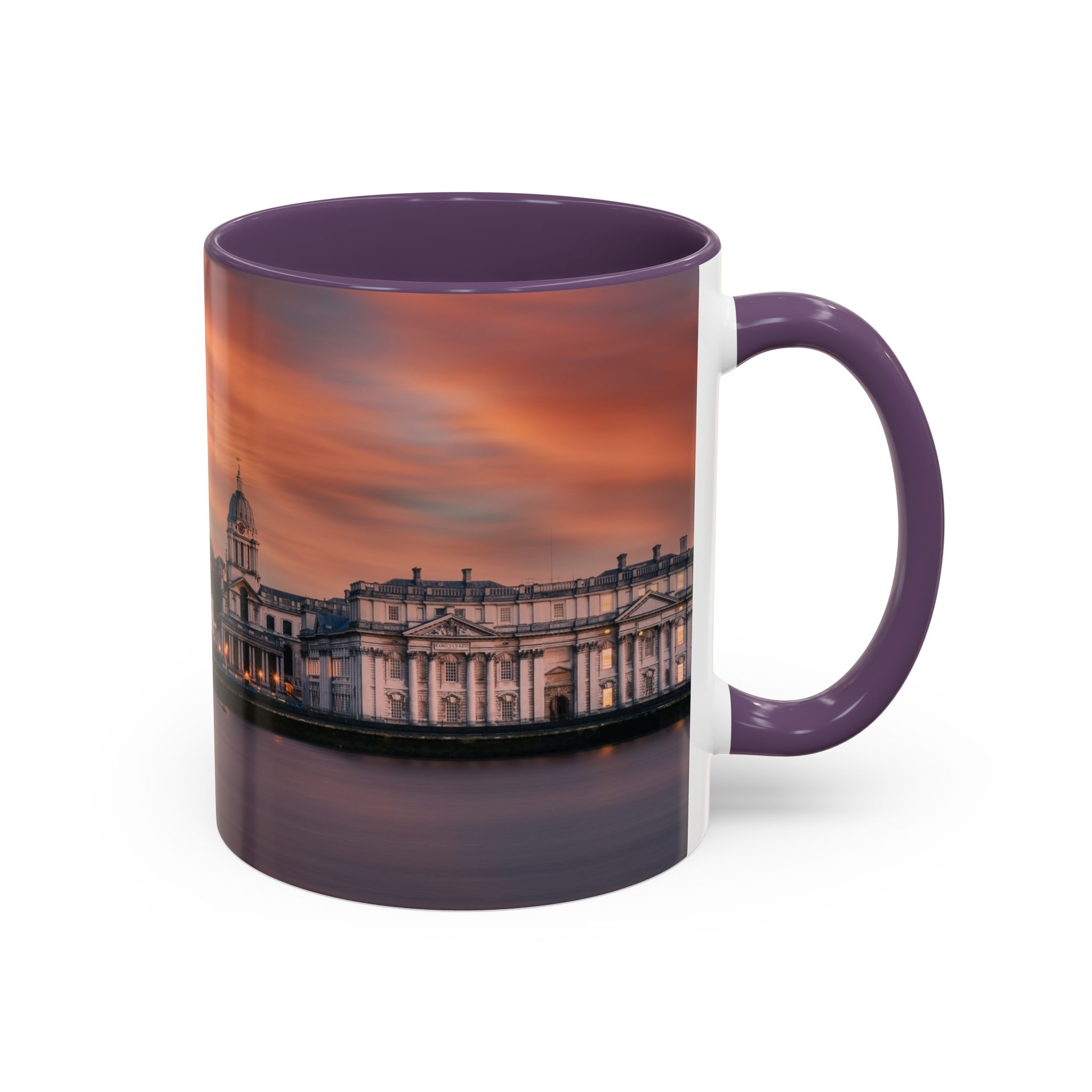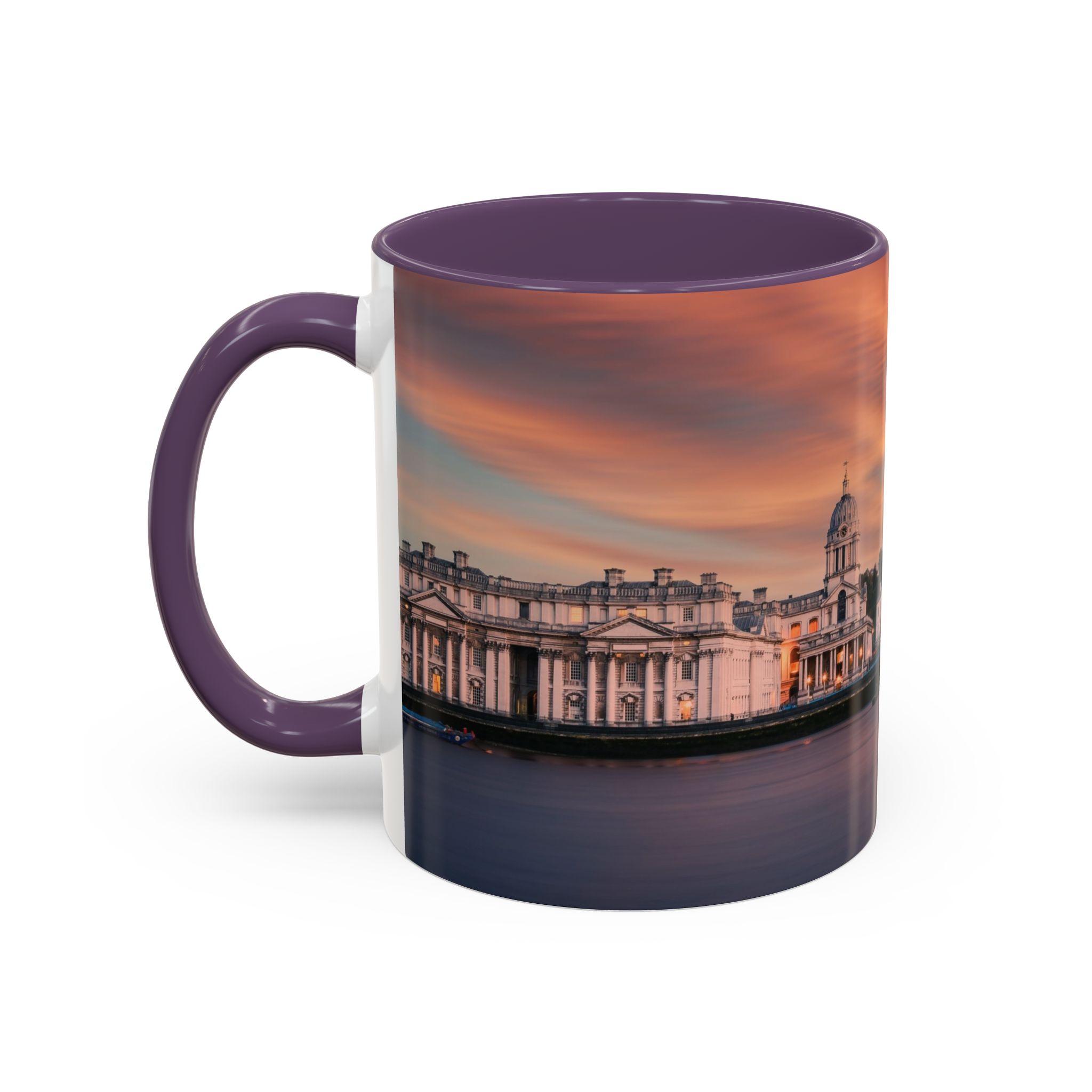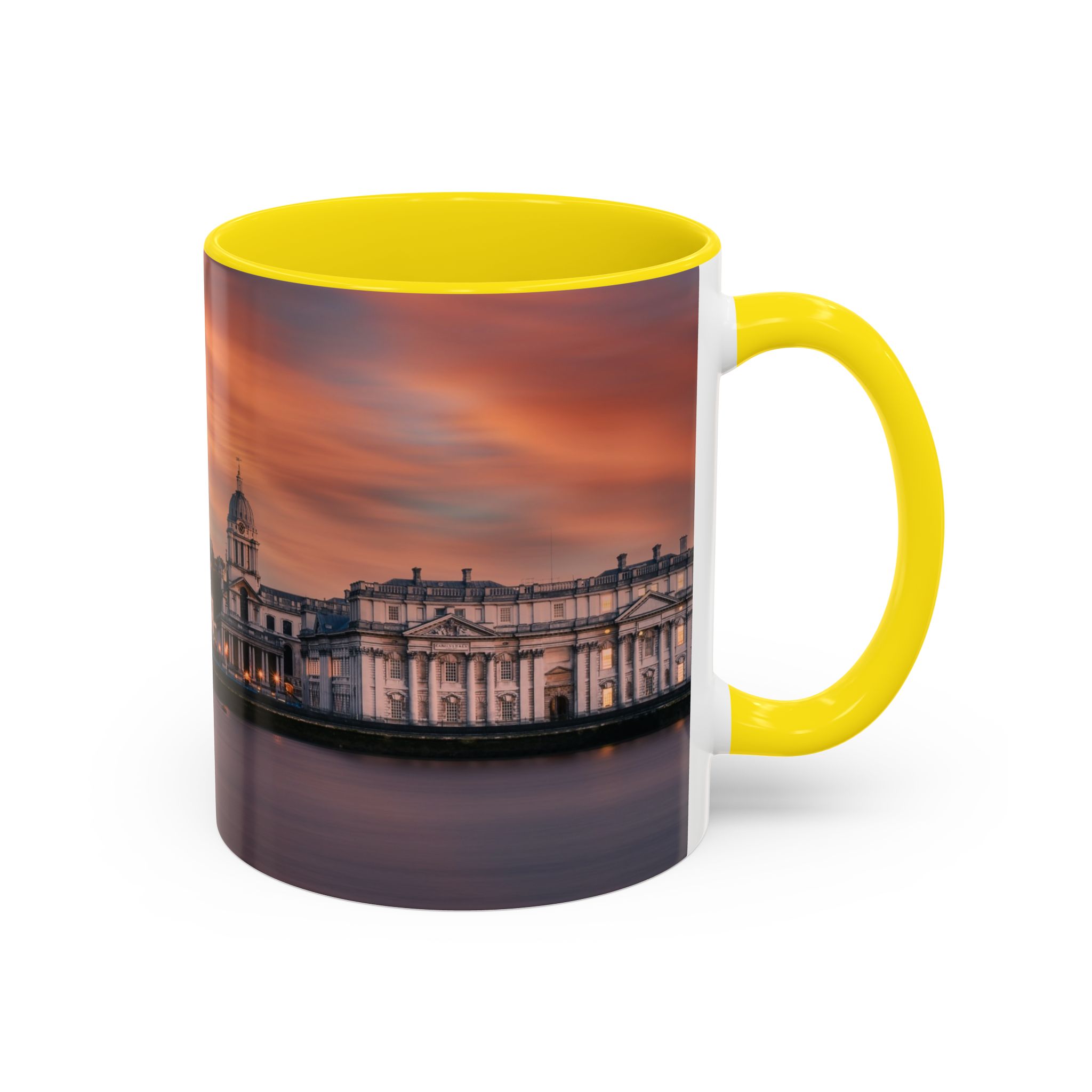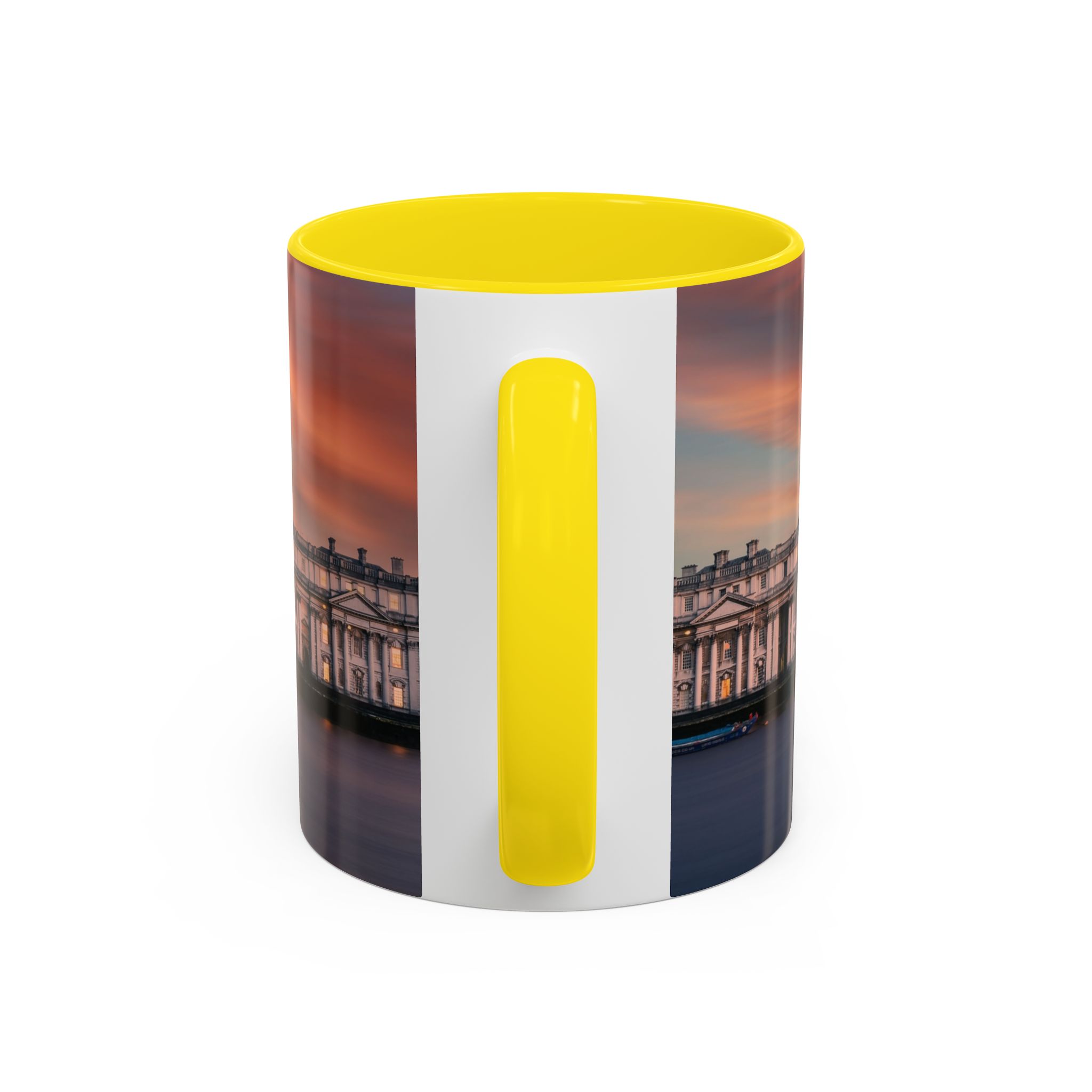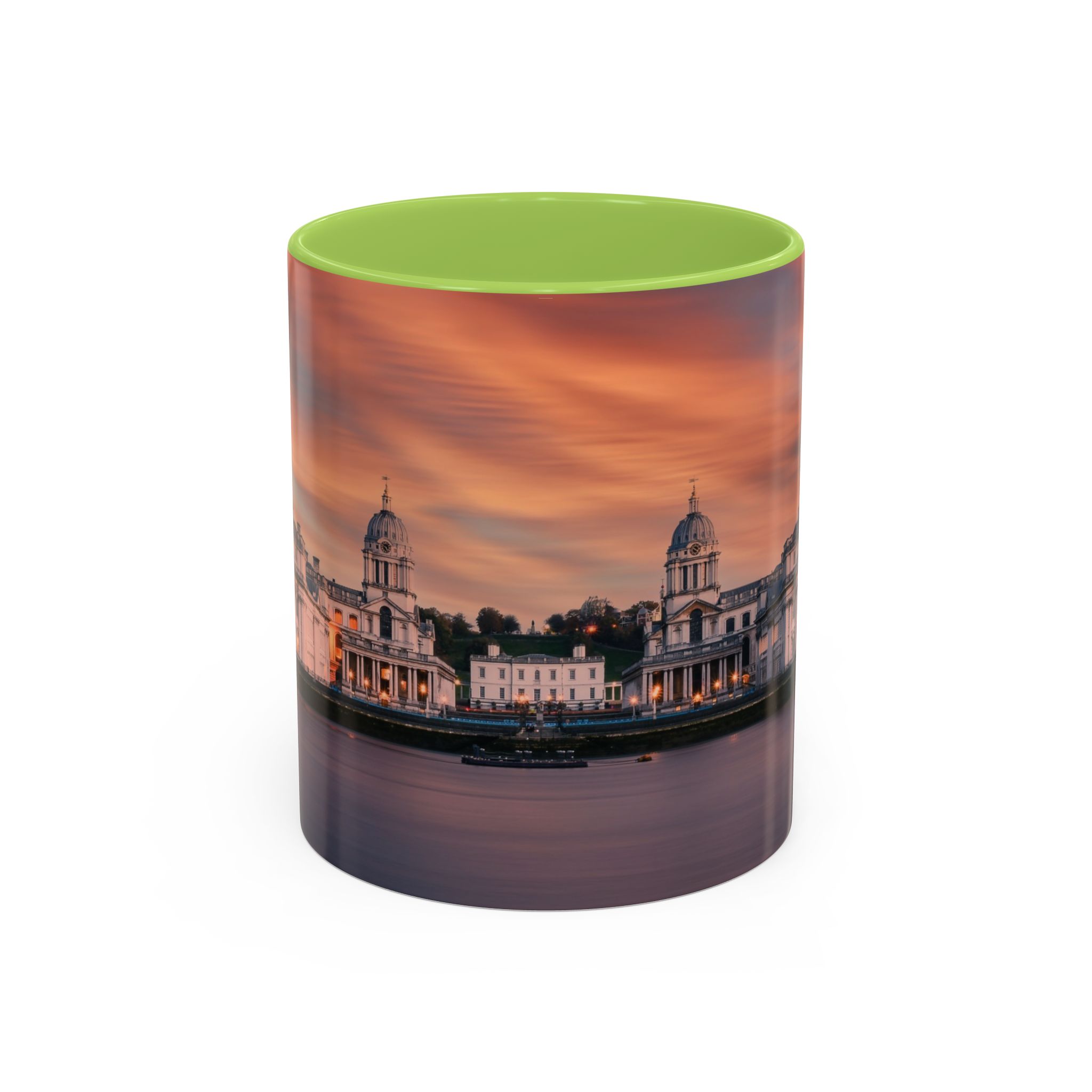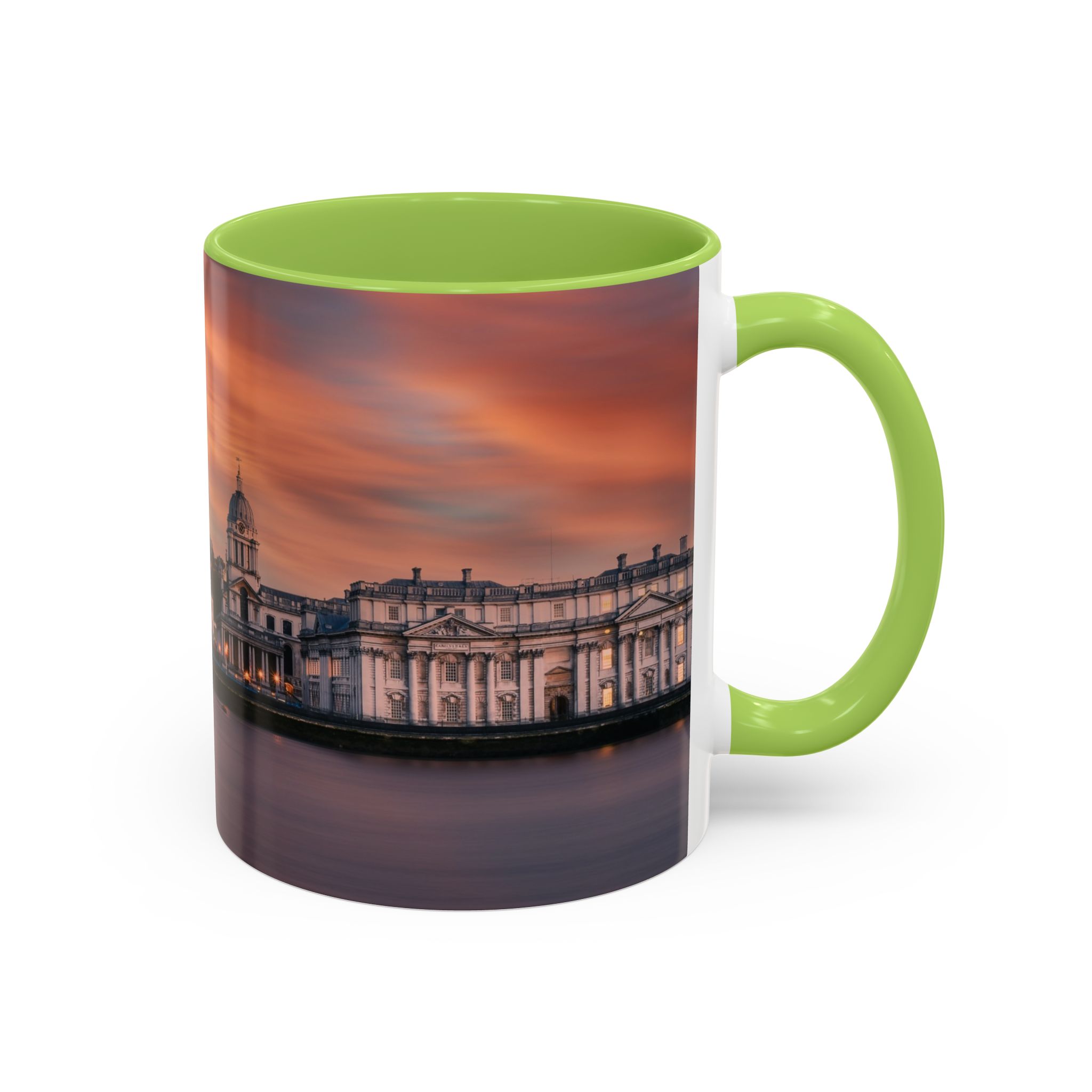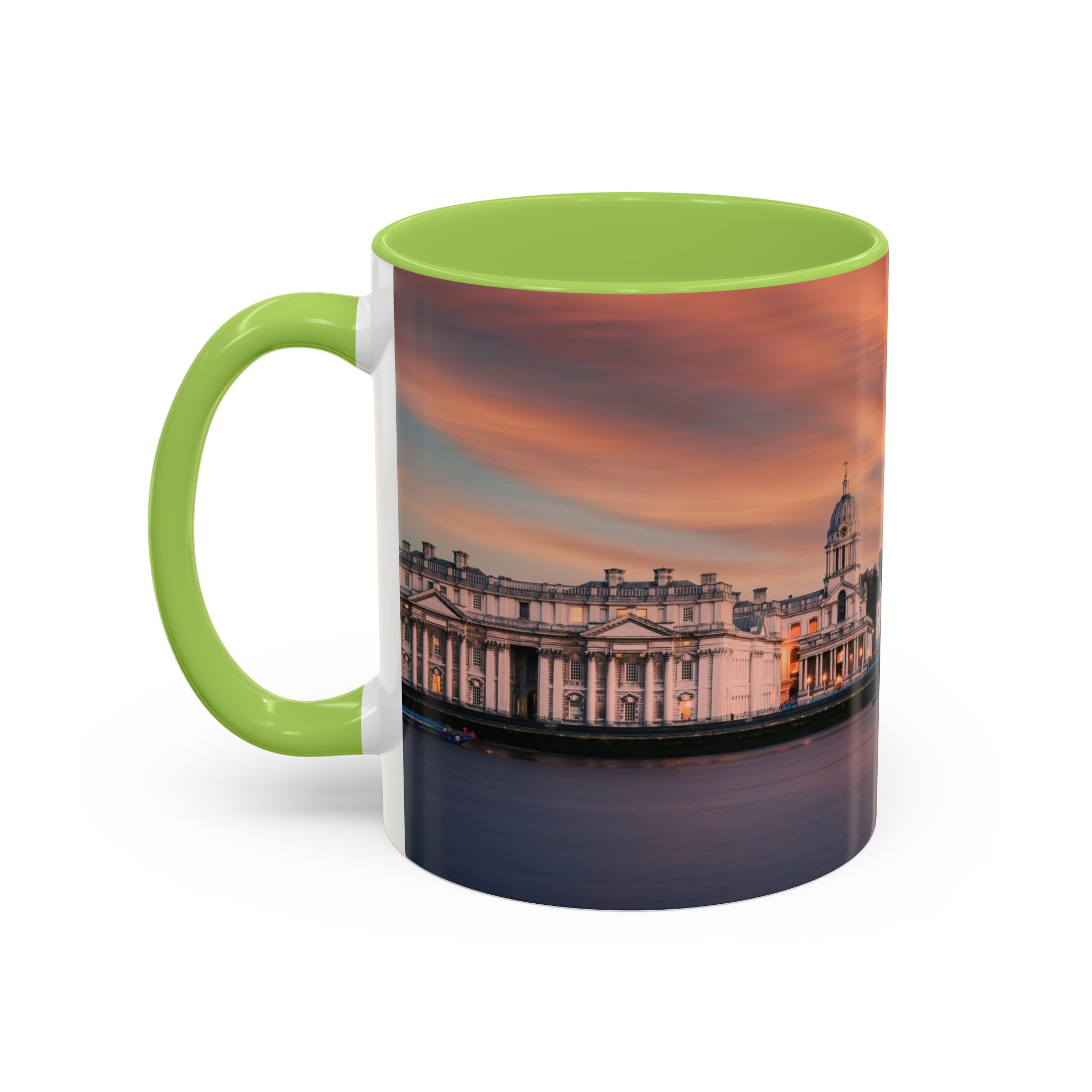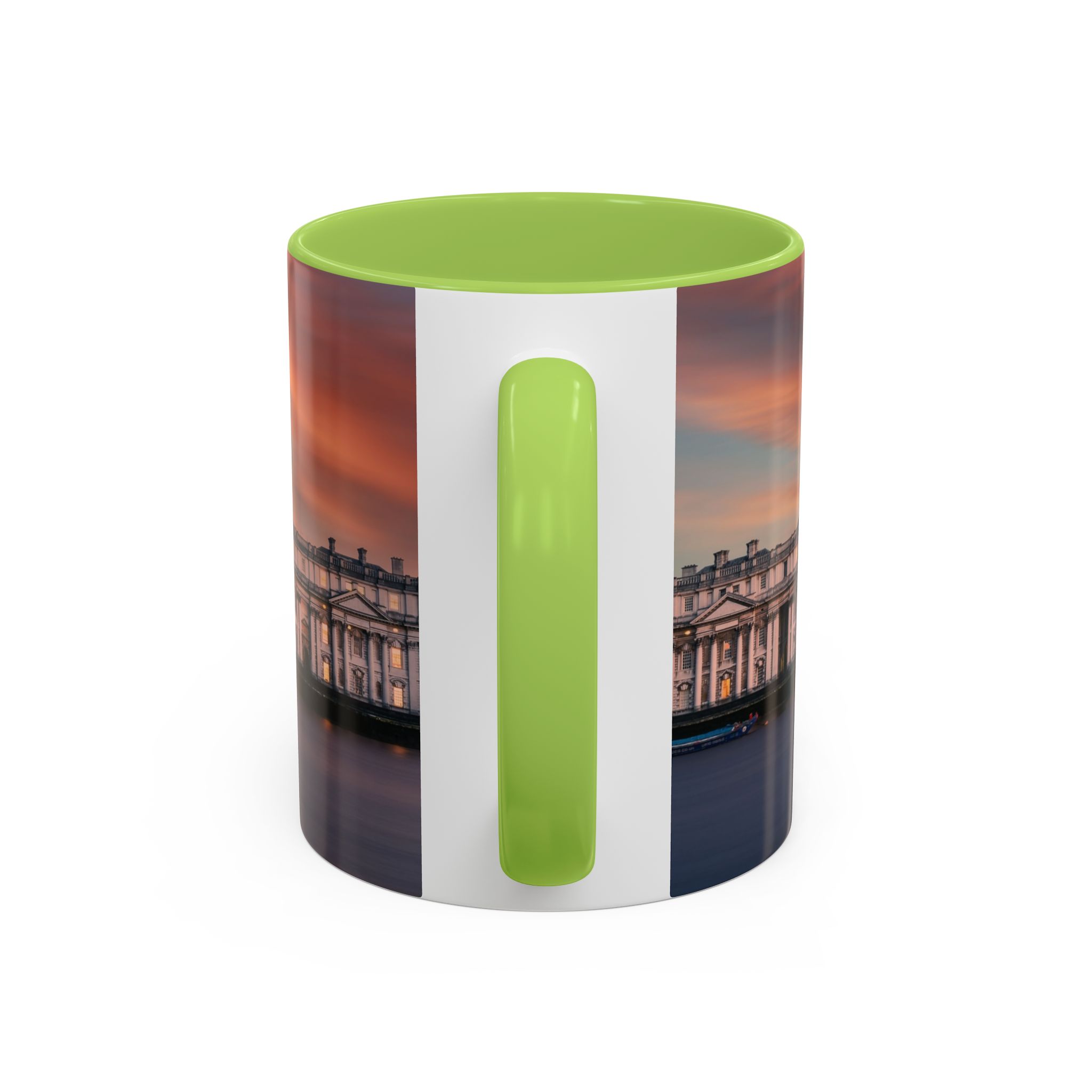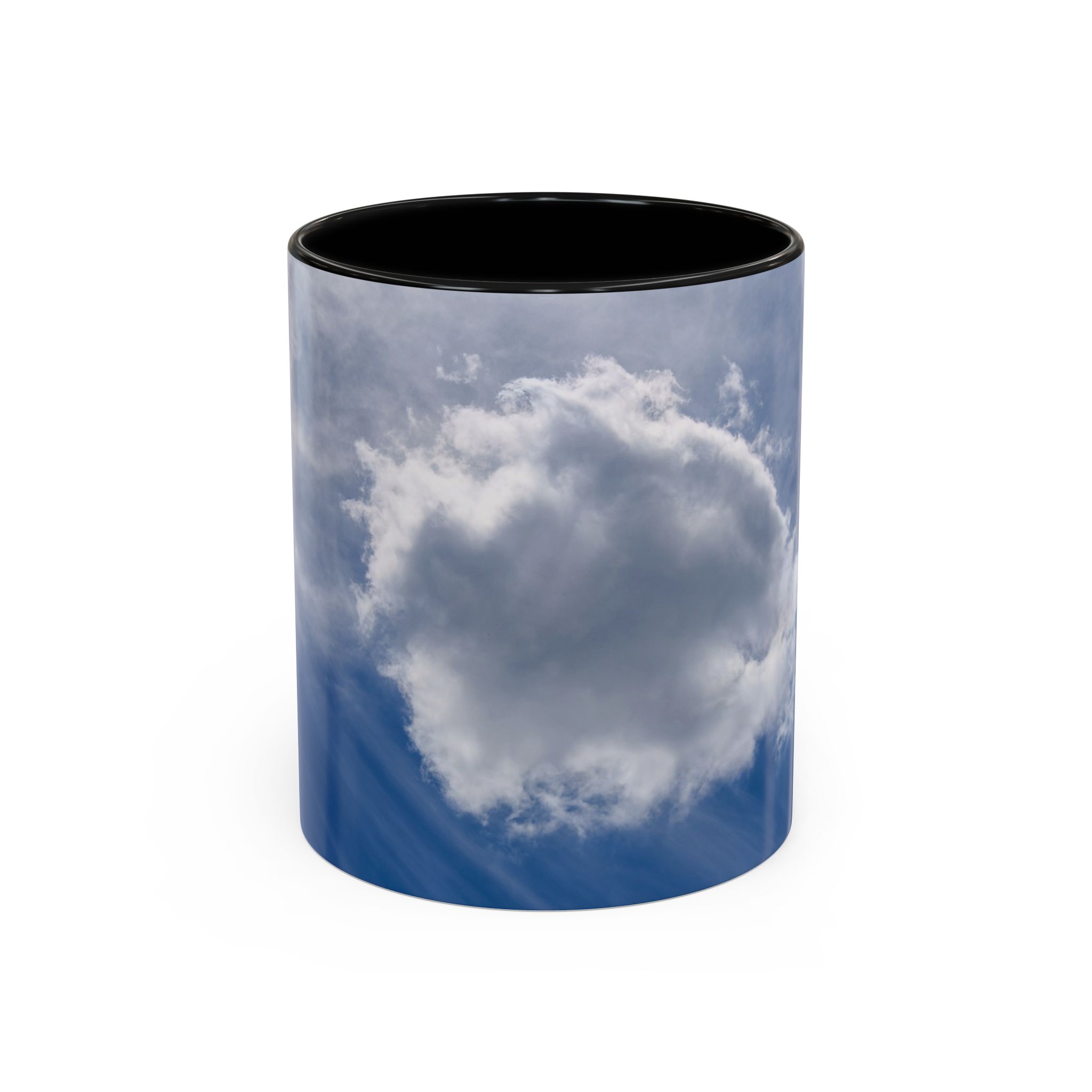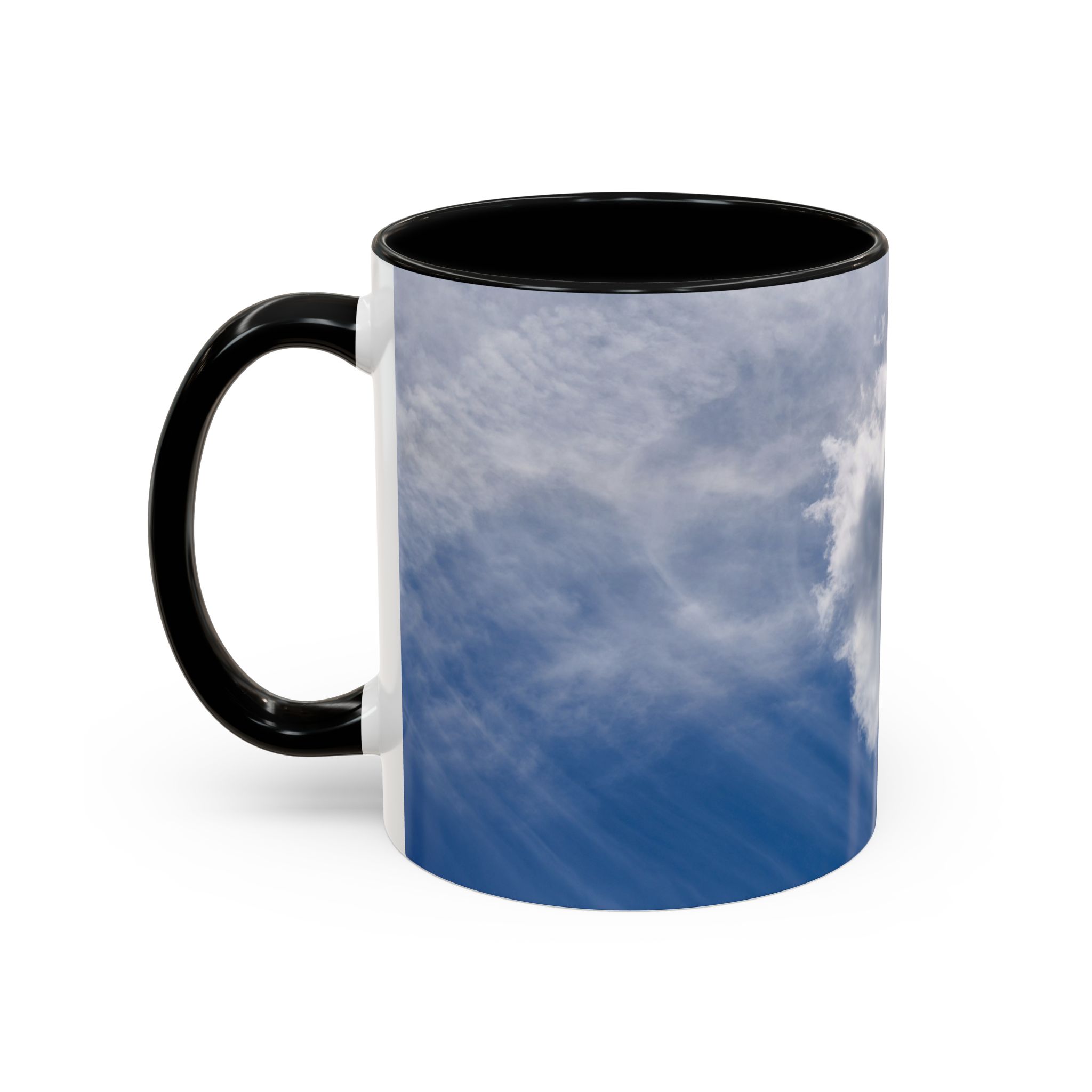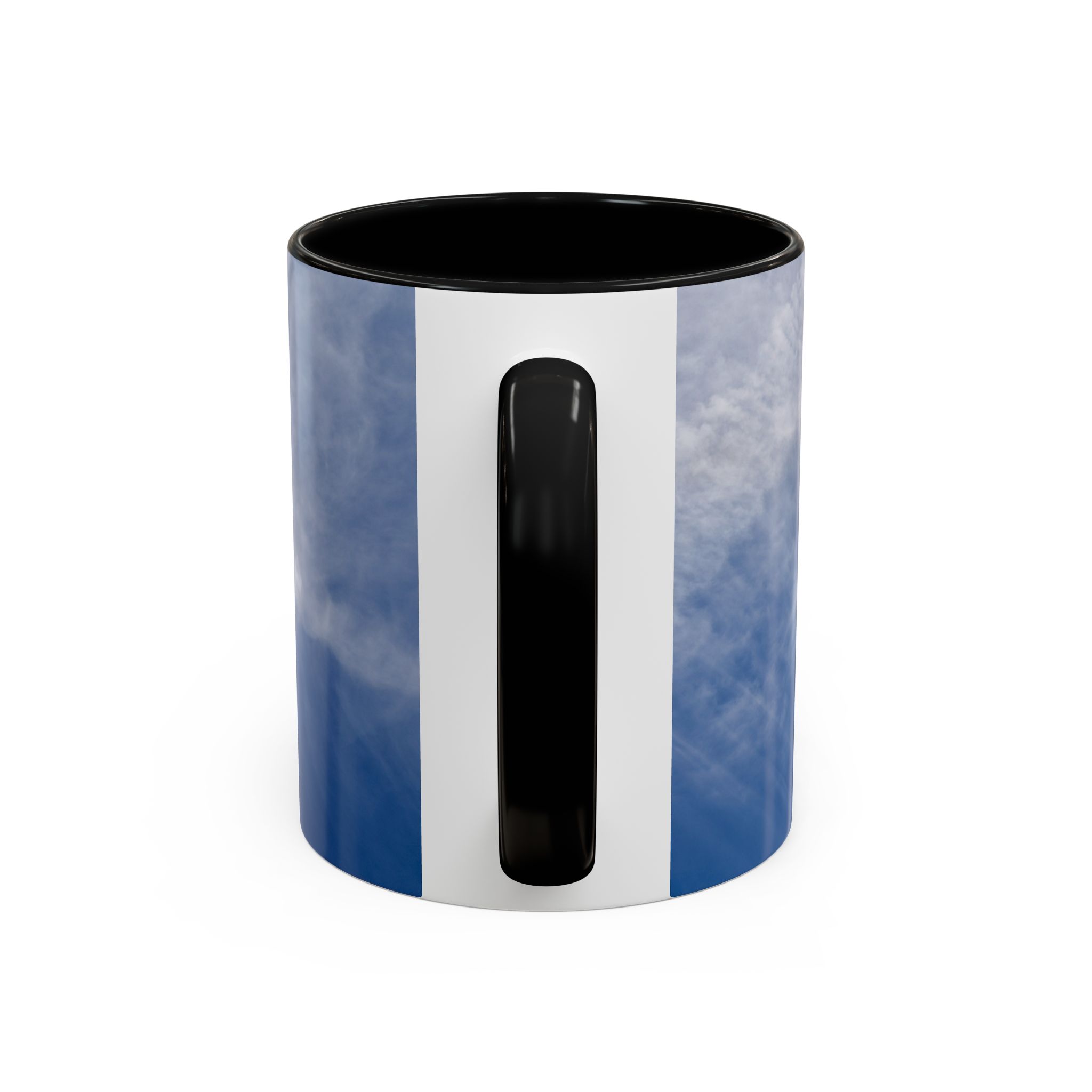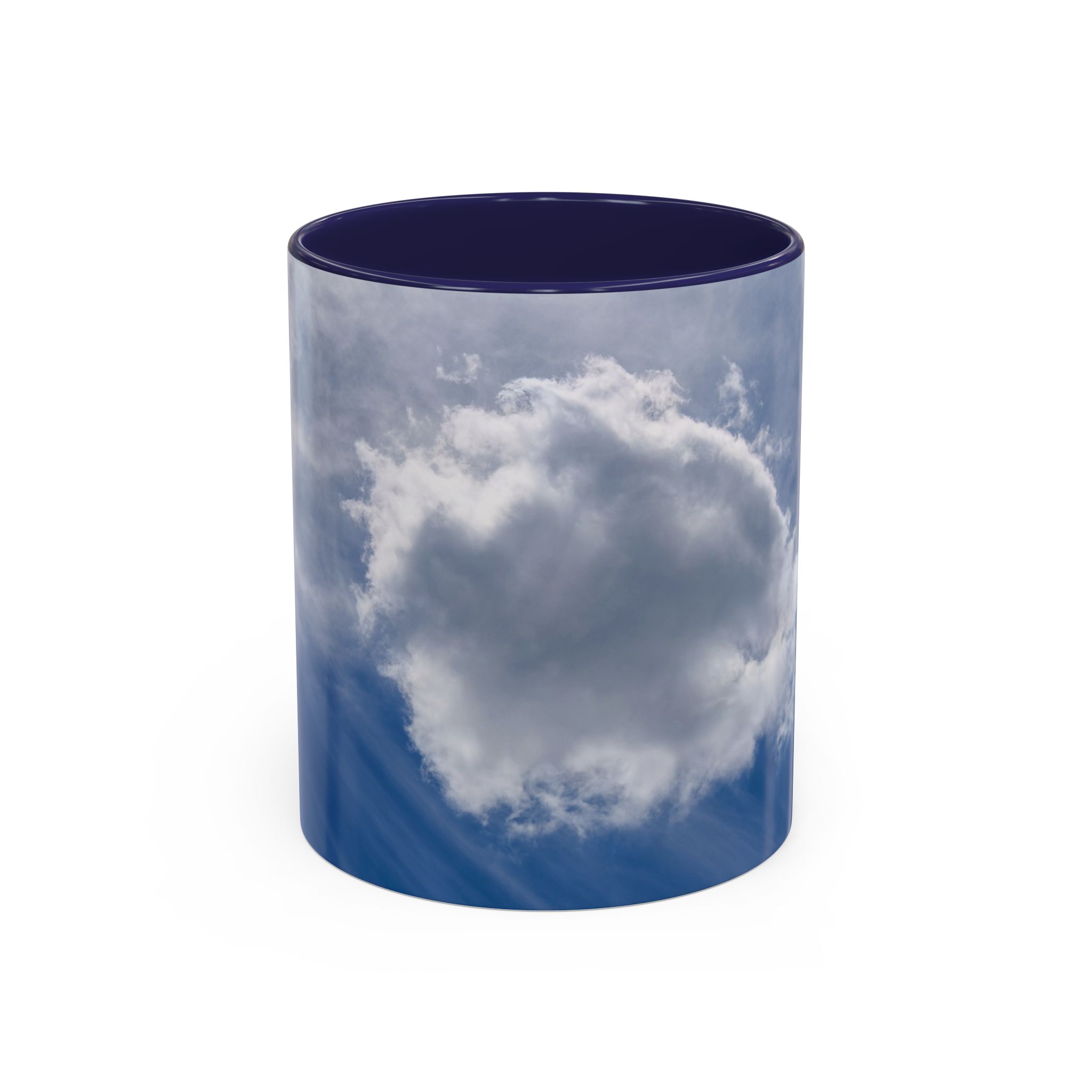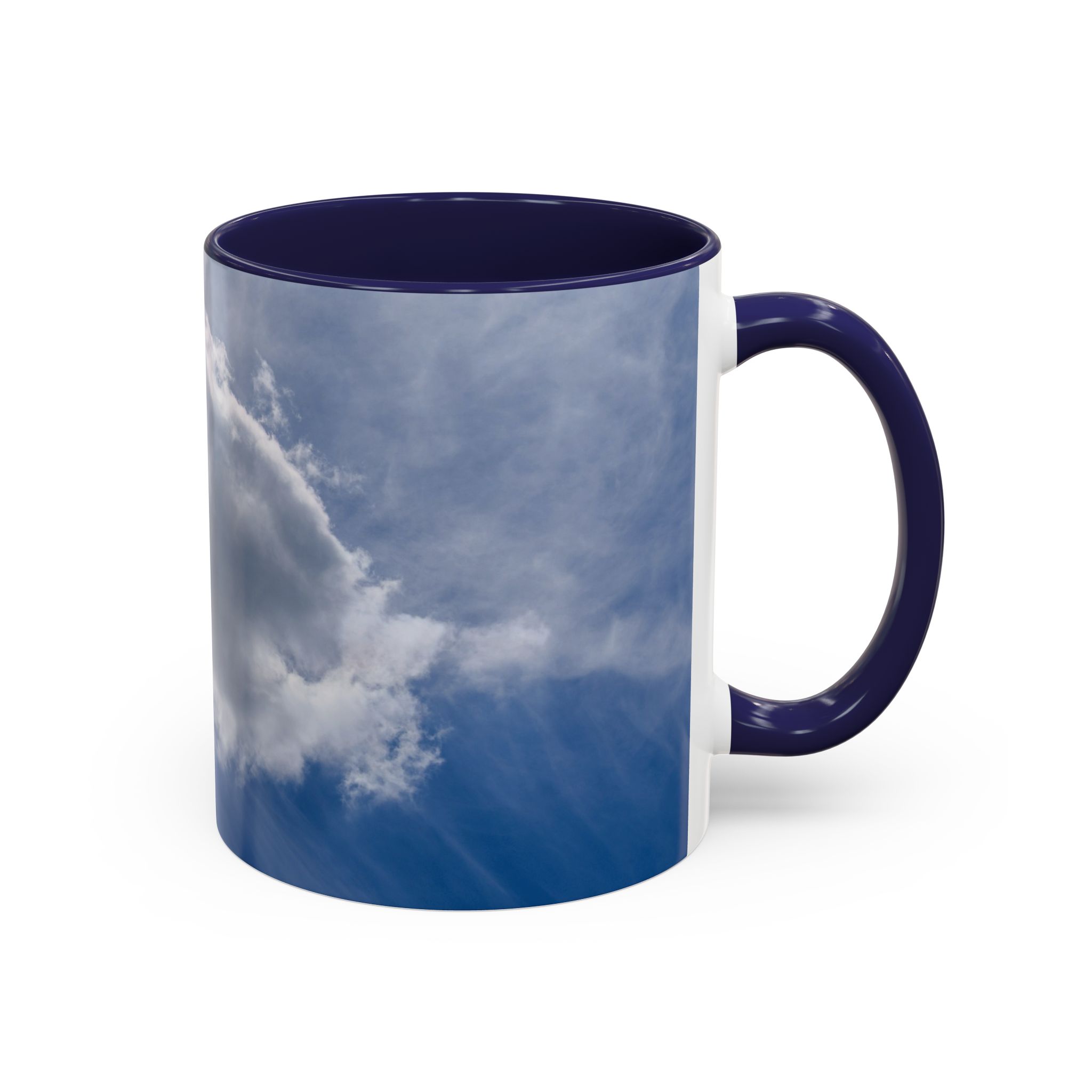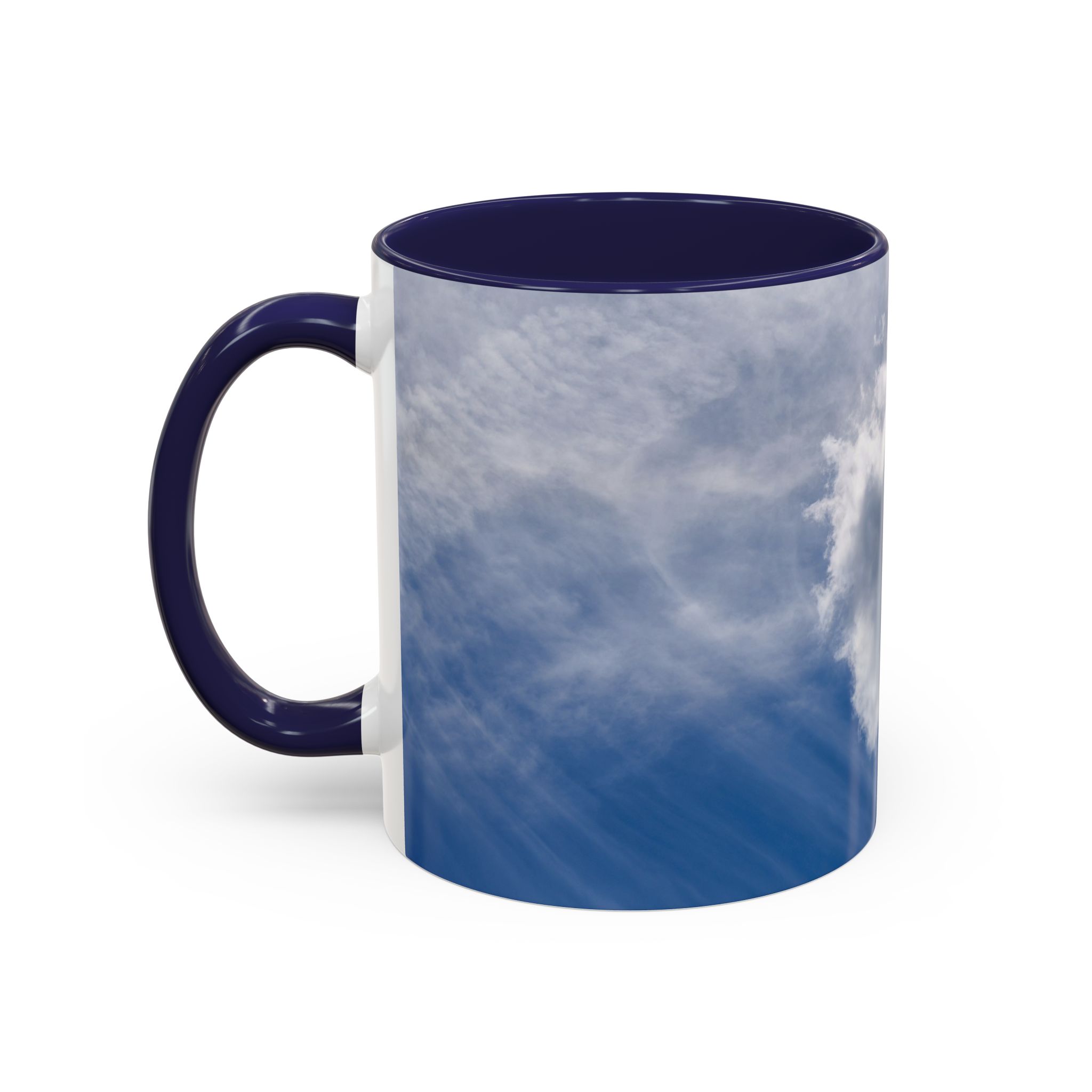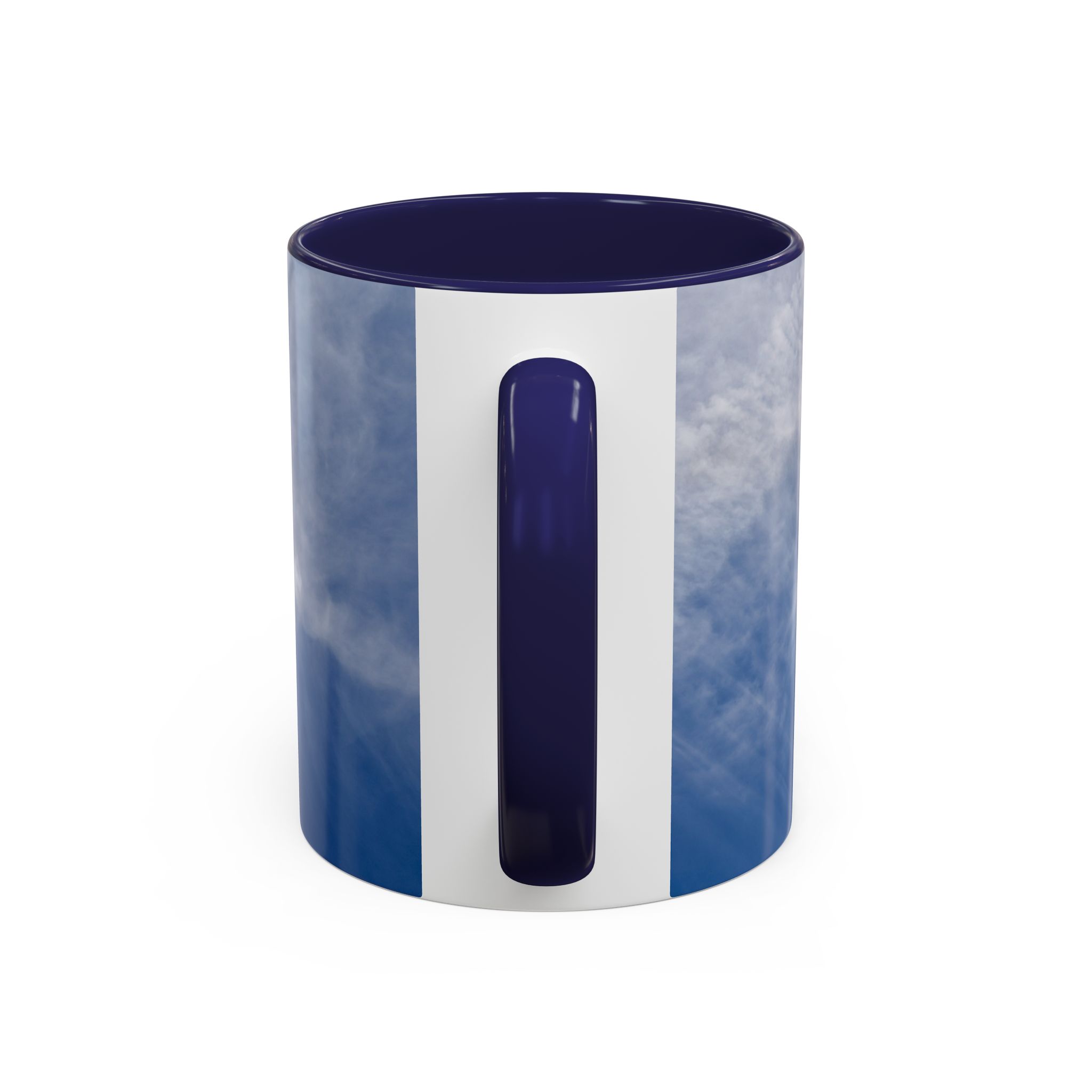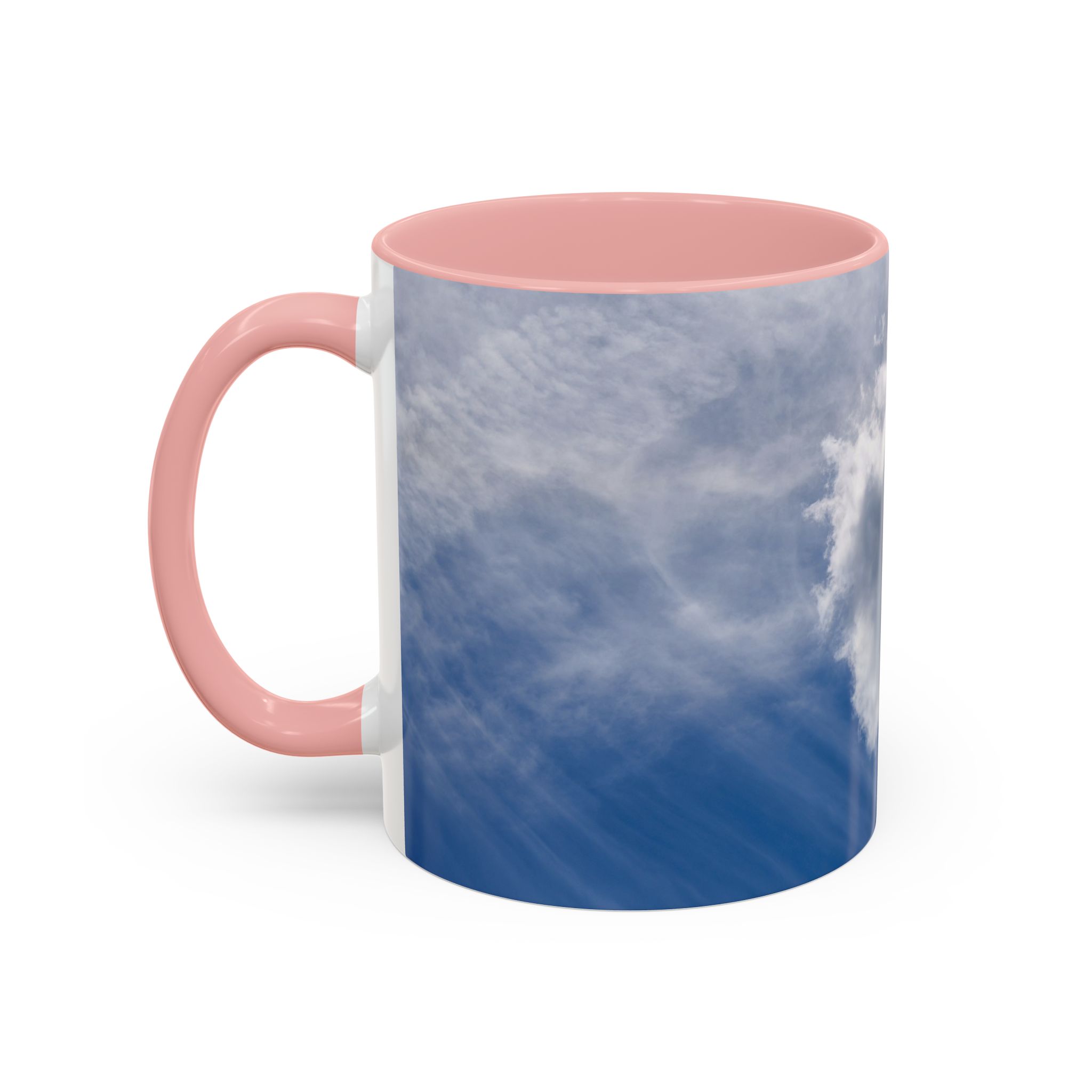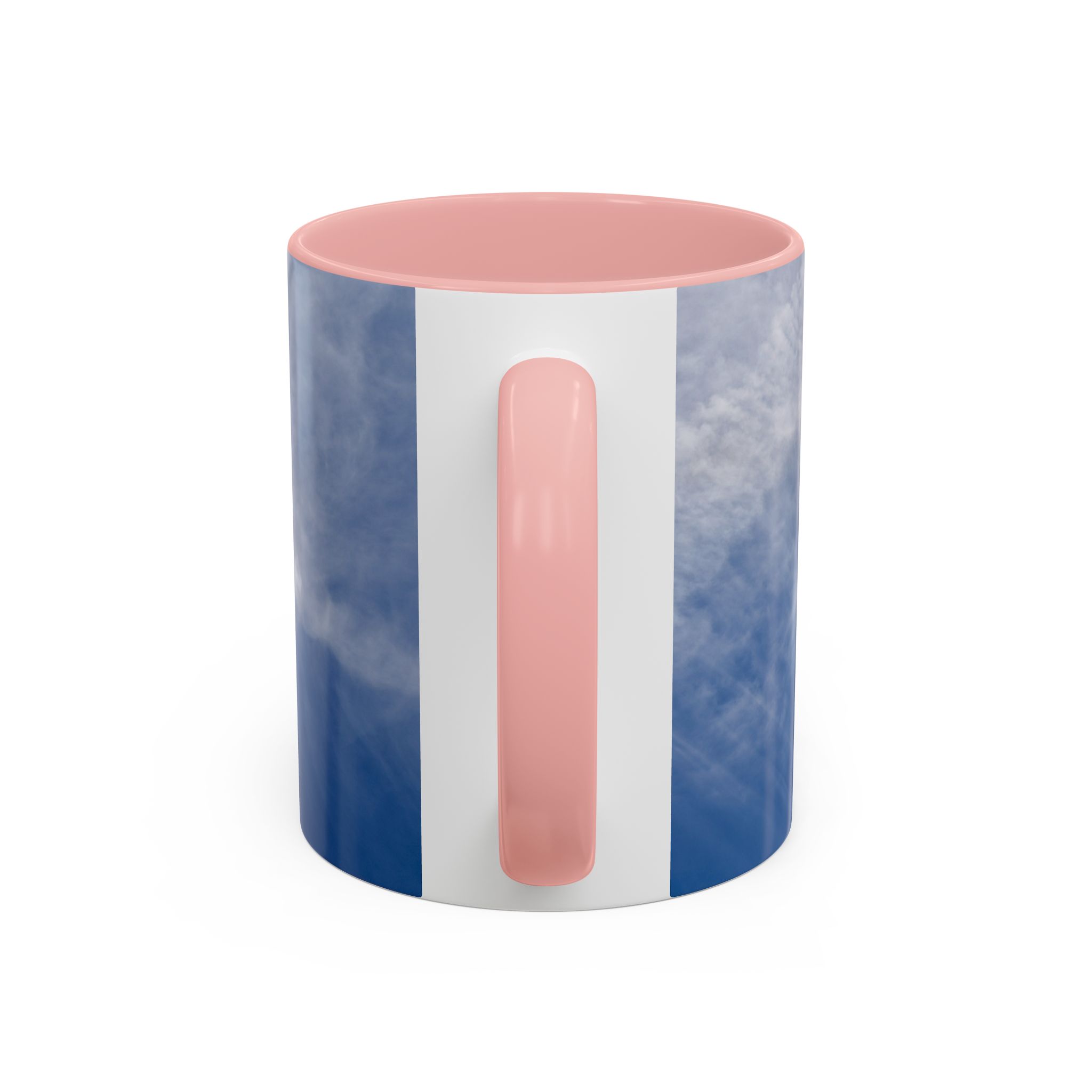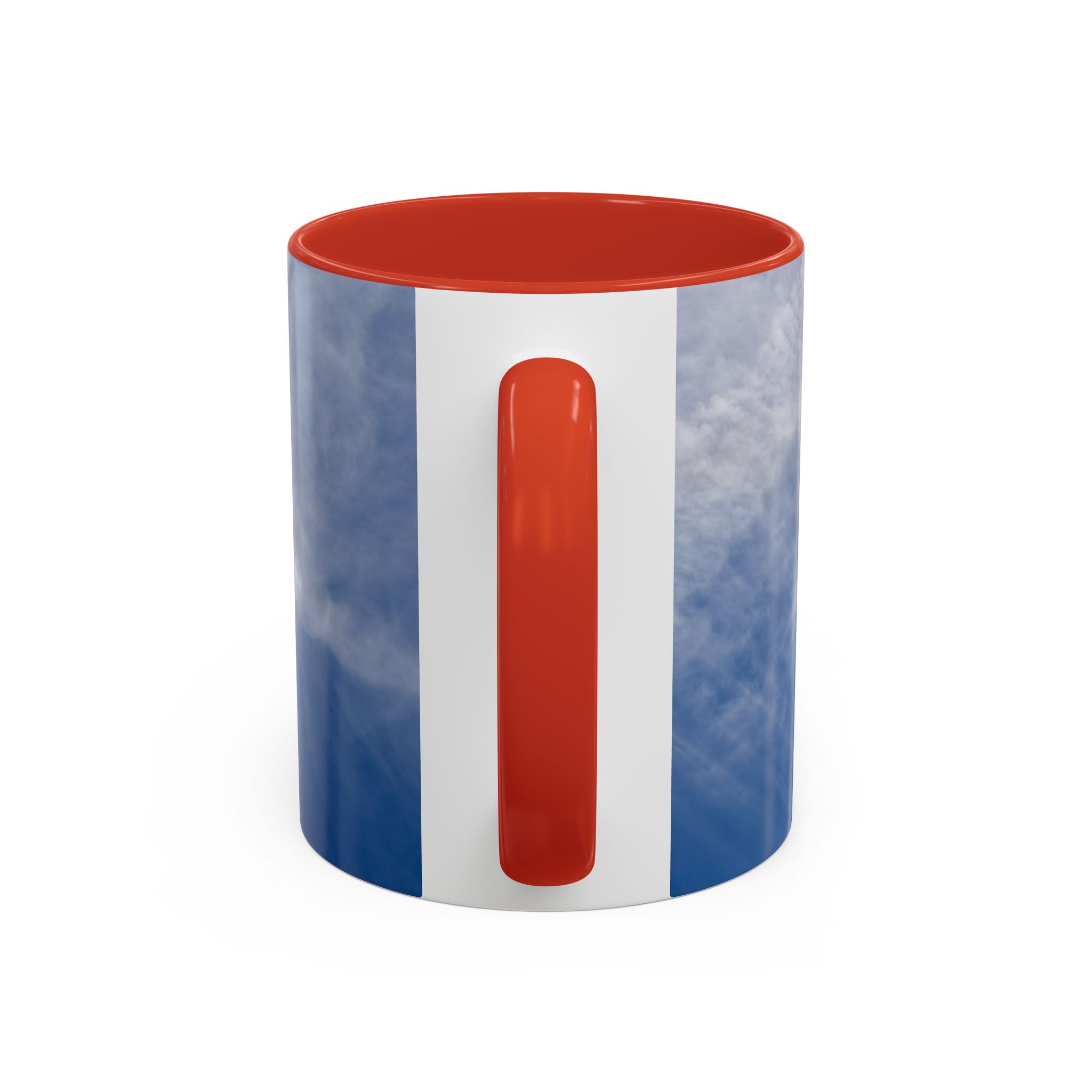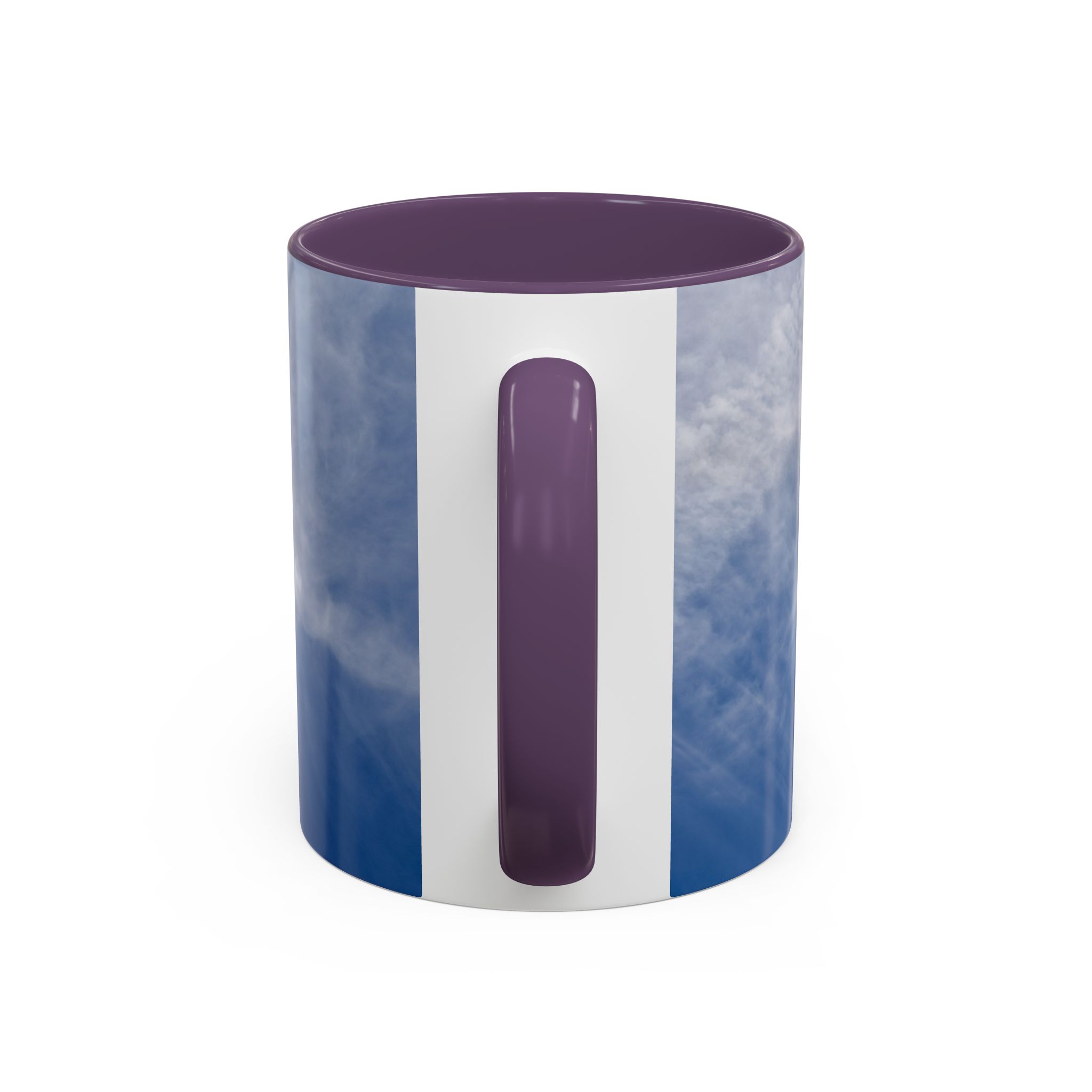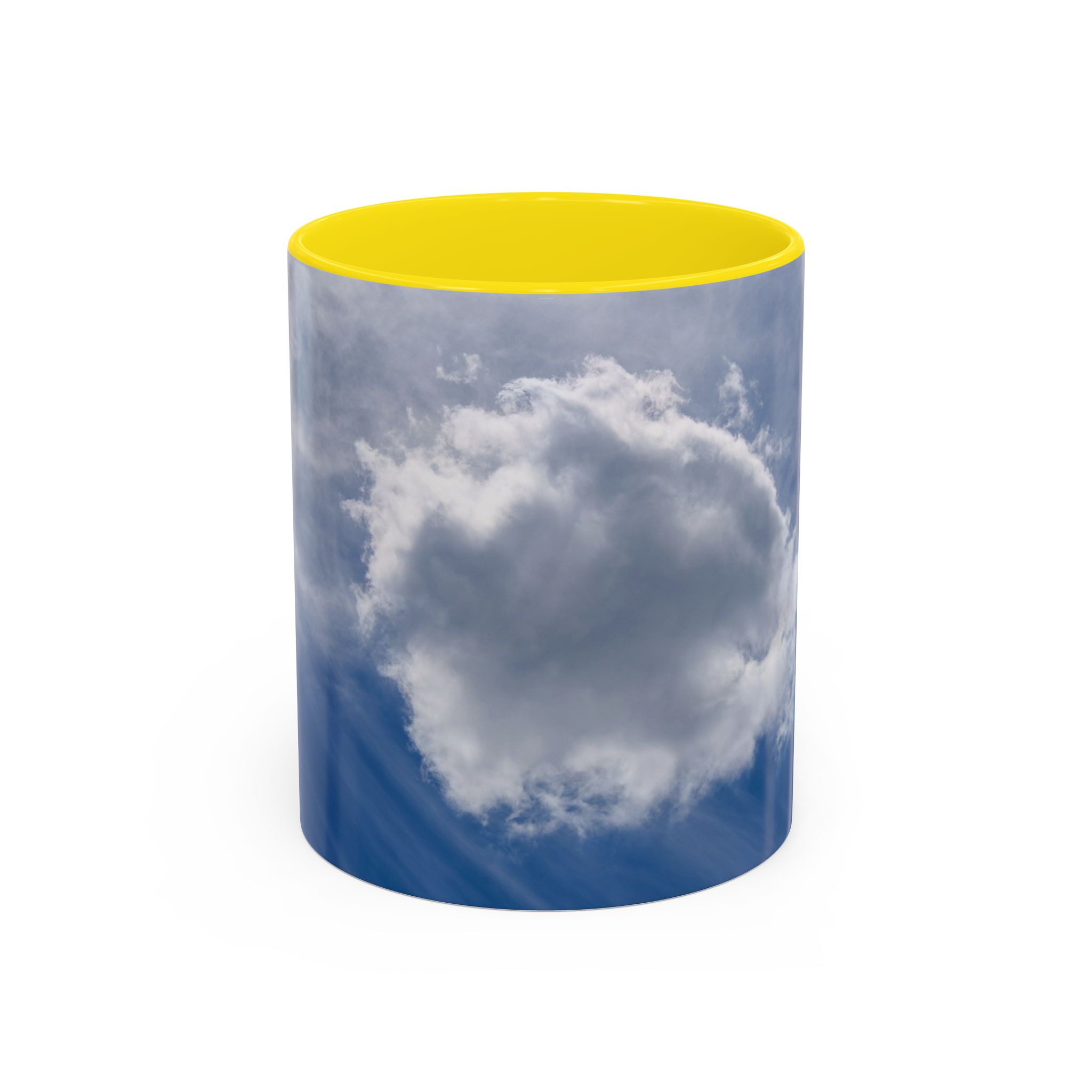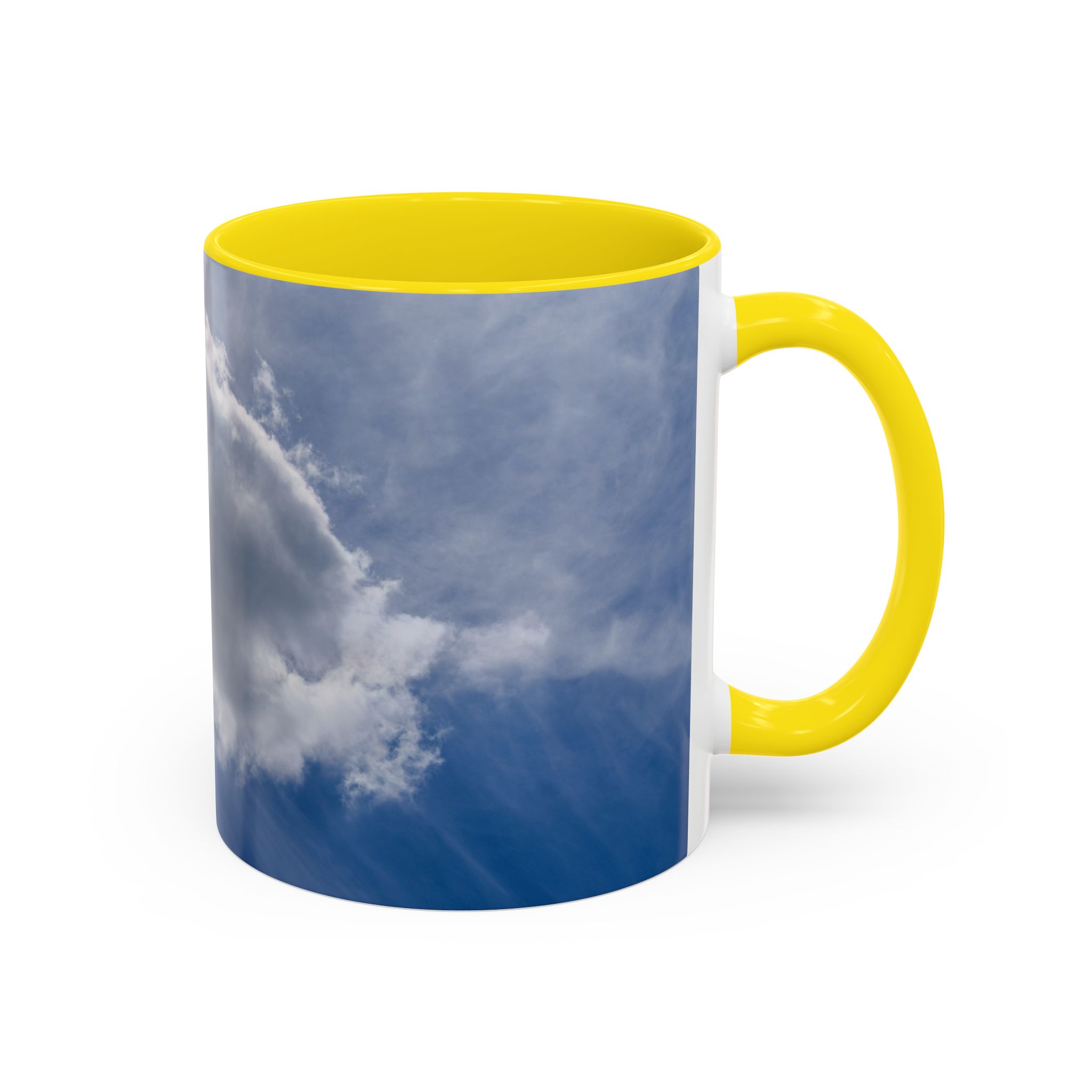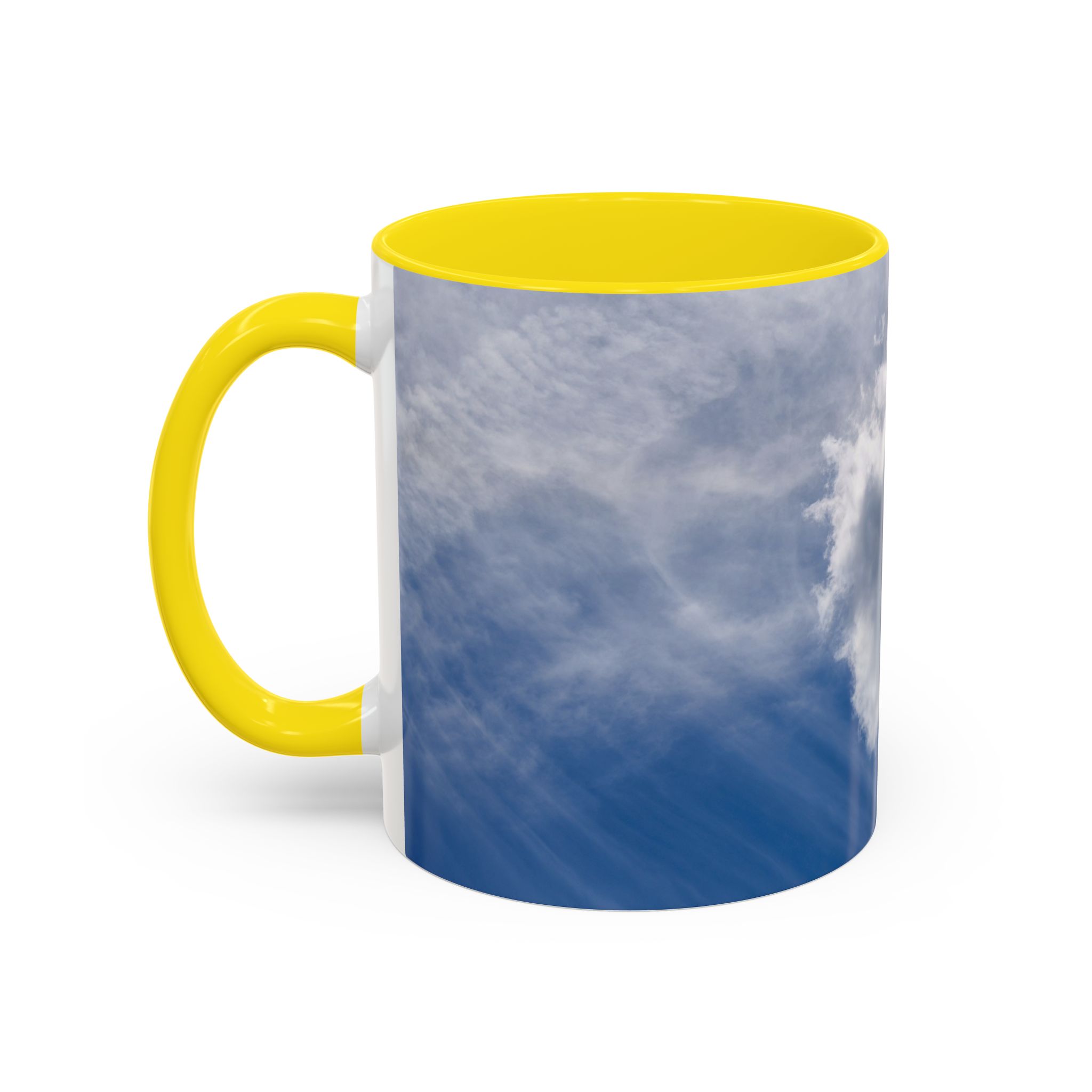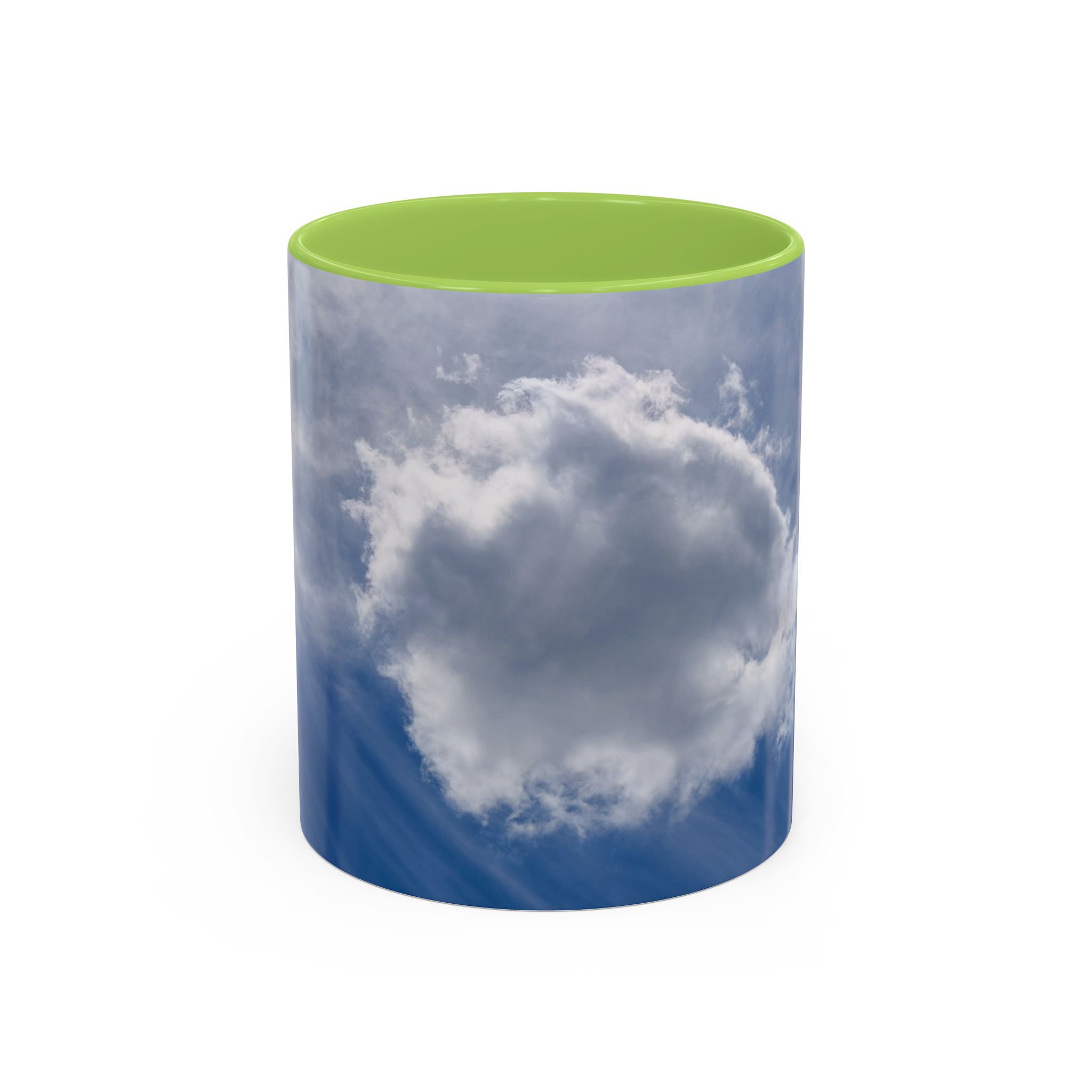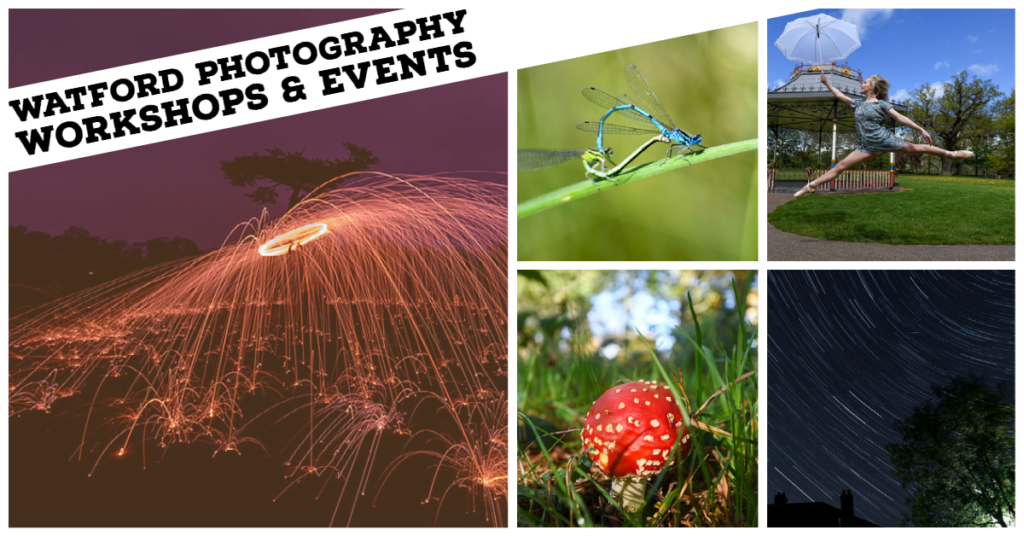If you’re an art lover, then you won’t want to miss the Walter Sickert Exhibition at Tate Britain. This retrospective spans his six-decade career and showcases some of his most famous works. Sickert was a master of realism, and this exhibition is a must-see for anyone interested in art history.
Who is Walter Sickert?
Walter Richard Sickert (May 31, 1860 – January 22, 1942) was born in Munich, Germany, to a British father and a German mother. His family moved back to England when he was eight years old. He studied art at the Royal Academy Schools in London from 1878 to 1882 and later at the Slade School of Fine Art.
Sickert’s early work was influenced by the Pre-Raphaelites. He later developed his own distinctive style, characterized by dark colours and scenes of urban life.
Sickert’s work was widely acclaimed during his lifetime and has become one of Britain’s most influential artists. He was elected to the Royal Academy in 1906 and served as its president from 1918 to 1919. He died in 1942 at the age of 81.
This exhibition explores eight areas, this includes Sickert’s Identities, the Apprenticeship Years: The Whistler to Degas, the Music Hall: Artifices of the Stage, Beyond Portraiture, the Urban environment, the Nude, the Camden Town Murder Series, Modern Conversation Pieces and Transportation: The Final years. The exhibition showcases over 150 of his works a major body of work which consists of sketches, paintings and tools used in his boundary-pushing paintings. The works come from over 70 public and private collections.
What influenced Walter Sickert’s early career?
Sickert’s early work was influenced by the Pre-Raphaelites, a group of English painters, poets, and critics who sought to revive the art of medieval Europe. The Pre-Raphaelites were known for their use of bright colours and intricate details. Sickert was also influenced by French Impressionism, which he encountered while living in France from 1885 to 1886.
His father was an artist and introduced him to prominent French and British Artists Walter’s initially wanted to be an actor but he soon switched to art in 1882. He later became an artistic apprentice of the American artist James Abbott McNeill Whistler. He became an important figure in the British artistic avant-garde as a painter and critic. Sickert developed his own distinctive style, characterized by dark colours and scenes of urban life.
He once said, “The plastic arts [visual arts] are gross arts, dealing joyously with gross material facts.” Groundbreaking at the time was Sickert’s ideas in the handling of paint and in the exploration of the lives of ordinary people.
Sickert’s Identities
This room is full of his own self-portraits where he used different techniques he presented himself in various ways. His training as an actor gave him the ability to project different personas in his self-portraits. His early self-portraits had strong lighting which created an intense, dramatic effect.
Sickert did his self-portraits using props of his trade and represented himself as an artist, actor and even bible character.
The Apprenticeship years: Whistler to Degas
Sickert’s first years as an artist were spent in France and he was greatly influenced by French Impressionism. He later became a pupil of the American artist James Abbott McNeill Whistler.
In this room, you can see how Sickert slowly started to break away from the traditional techniques that he learned from his teachers. His approach to painting became more expressive and he began to experiment with new techniques.
You can see the progression from his early work, which is heavily influenced by Whistler and Degas, to his later work, which is more experimental.
Edgar Degas became his mentor in 1885 which inspired him to plan his compositions with preliminary drawings and use bolder colours.
The Music Hall: Artifices of the Stage
Sickert was fascinated by music halls and the performers who worked there. He often attended performances and made sketches of the performers.
In this room, you can see how Sickert used his experience as an actor to create paintings that capture the energy and movement of the music halls crafted by performers. He captured the movement of the performers and the audience from a different angles.
He also used photographs to help him plan his compositions. You can see how Sickert’s style evolved over time, from his early work, which is more traditional, to his later work, which is more expressive.
Beyond Portraiture
To earn regular income Sickert took up portrait painting. He started painting well-known personalities which showed his connections within cultural circles and high society in both England and France.
The informal portraits that he did in Venice and London were closer to genre paintings than portraits.
The Urban Environment: Venice and Dieppe
Sickert’s most successful works were his landscape paintings. His views of Venice and Dieppe found a ready market easily with dealers in Paris. He frequently returned to his favourite locations such as Dieppe, he lived there between 1898 and 1905.
He regularly painted their buildings and streets, developing his source material which was sketches into fully finished paintings. The two buildings he mainly focused on were St Mark’s Basilica and the church of St Jacques in Dieppe.
The Nude
Walter Sickert was one of the first artists to paint nudes in a naturalistic style. His paintings were not intended to be erotic or sensual, but to capture the beauty of the human form. He was interested in how light created patterns on the human flesh.
Sickert’s later nudes are often set in domestic interiors and are often seen through a window or door. His nude portraits staged to some degree which can be seen through the various props that he regularly used in his paintings to create compelling narratives.
In 1905 he first exhibited his nude paintings in Paris where they were well received. But in 1911 in Britain it was another story, his nudes were seen as scandalous and caused a sensation. Critics objected to their subject matter at first but later he was perceived as being innovative in painting realistic human bodies. He influenced later British painters like Lucian Freud.
The Camden Town Murder Series
In 1907, a murder took place in the Camden Town area of London of Emily Dimmock. There was lots of publicity at the time and Sickert took advantage of this by changing the titles of some of his paintings to allude to the murder.
The Camden Town Murder series is made up of four paintings some of which had different titles before the murder. It ensured he got attention for his work, so it could be called a publicity stunt. Sickert also had a fascination with Jack the Ripper which may have influenced his obsession with murder.
Modern Conversation Pieces and Transportation: The Final years
Sickert’s later years were spent painting a series of modern conversation pieces which depicted people in everyday situations. Sickert created a uniquely British style for the 20th century, he created elaborate stage sets and painted figures in tense situations or claustrophobic environments.
In the final years, if comparing his earlier work much of which is dark, he changed to more colourful and expansive pieces. He was fascinated with black & white photography and used this as a source for his paintings. He regularly used photos in press cuttings as his starting point for the final artwork. You can also see this from his previous years.
In 1927 he started to use his middle name to become known as Richard Sickert, he also stopped drawing and used only snapshots which were mainly taken by his third wife Thérèse Lessore. He died on the 22nd of January 1942.
Summary
This is a fascinating exhibition, I hadn’t heard of Walter Richard Sickert before and this major retrospective of his work opened my eyes to the process of how he created his art and what influenced him over his sixty-year career and how he became one of Britain’s influential artists and renowned painters. He developed his paintings from impressionism to modernism and is considered a prominent figure in this transition to modern British art. His work did influence contemporary painters such as Lucian Freud and his work still seems fresh and relevant today.
Give yourself a good few hours to go through the exhibition which opens on the 28th of April till the 18th of September 2022.
Many thanks for reading, you can see more of the photos I took at a press preview of the Walter Sickert exhibition at Tate Britain below.
This Walter Sickert exhibition was curated by Emma Chambers (Tate Britain), Caroline Corbeau-Parsons (Musee d’Orsay), the late Delphine Levy (Paris Musees) and Thomas Kennedy (Tate Britain)
How to get to Tate Britain?
The easiest way to get to Tate Britain is using the underground to Pimlico station which is on the Victoria Line. It is only a short walk around 4 – 6 minutes.

